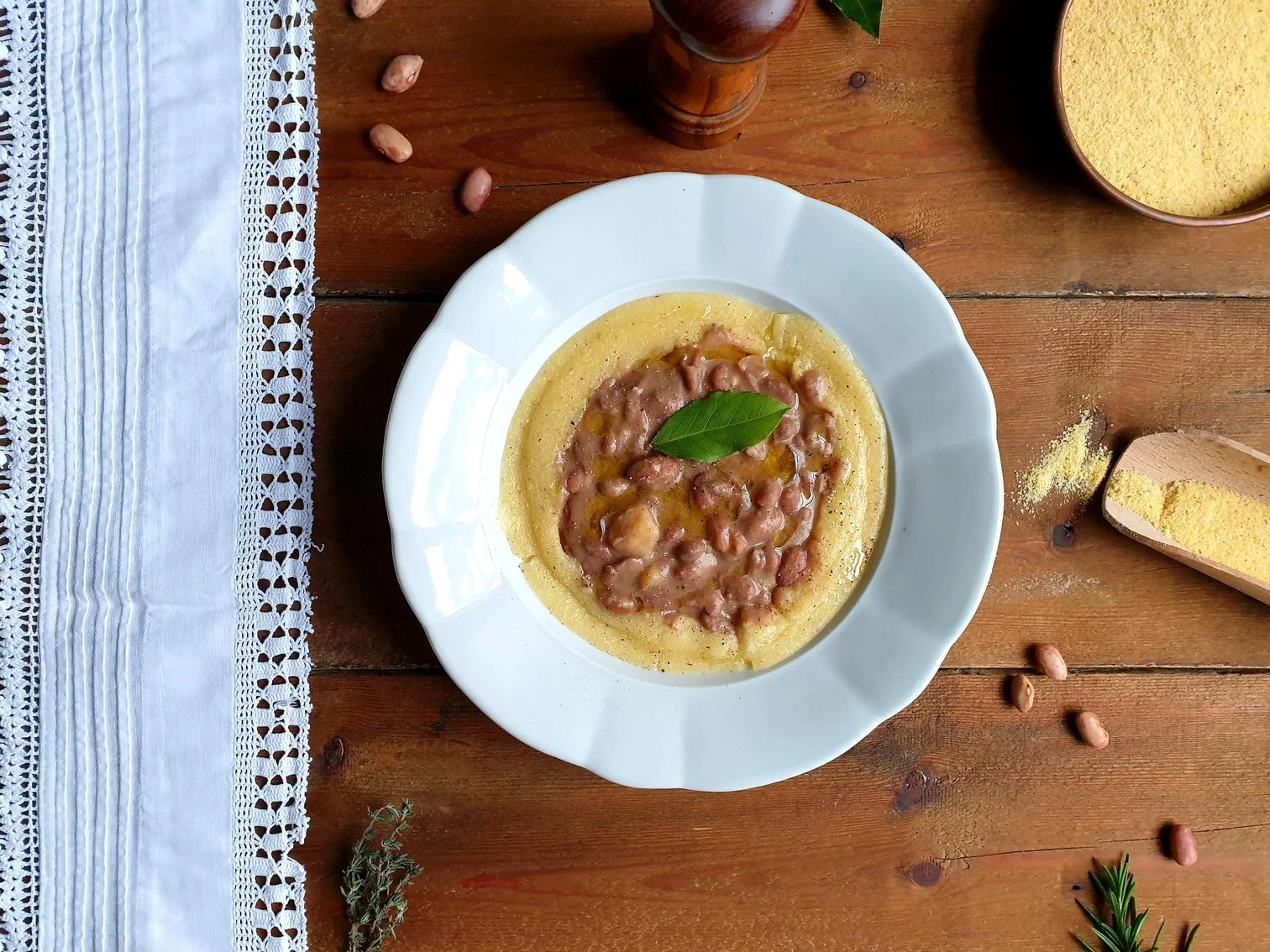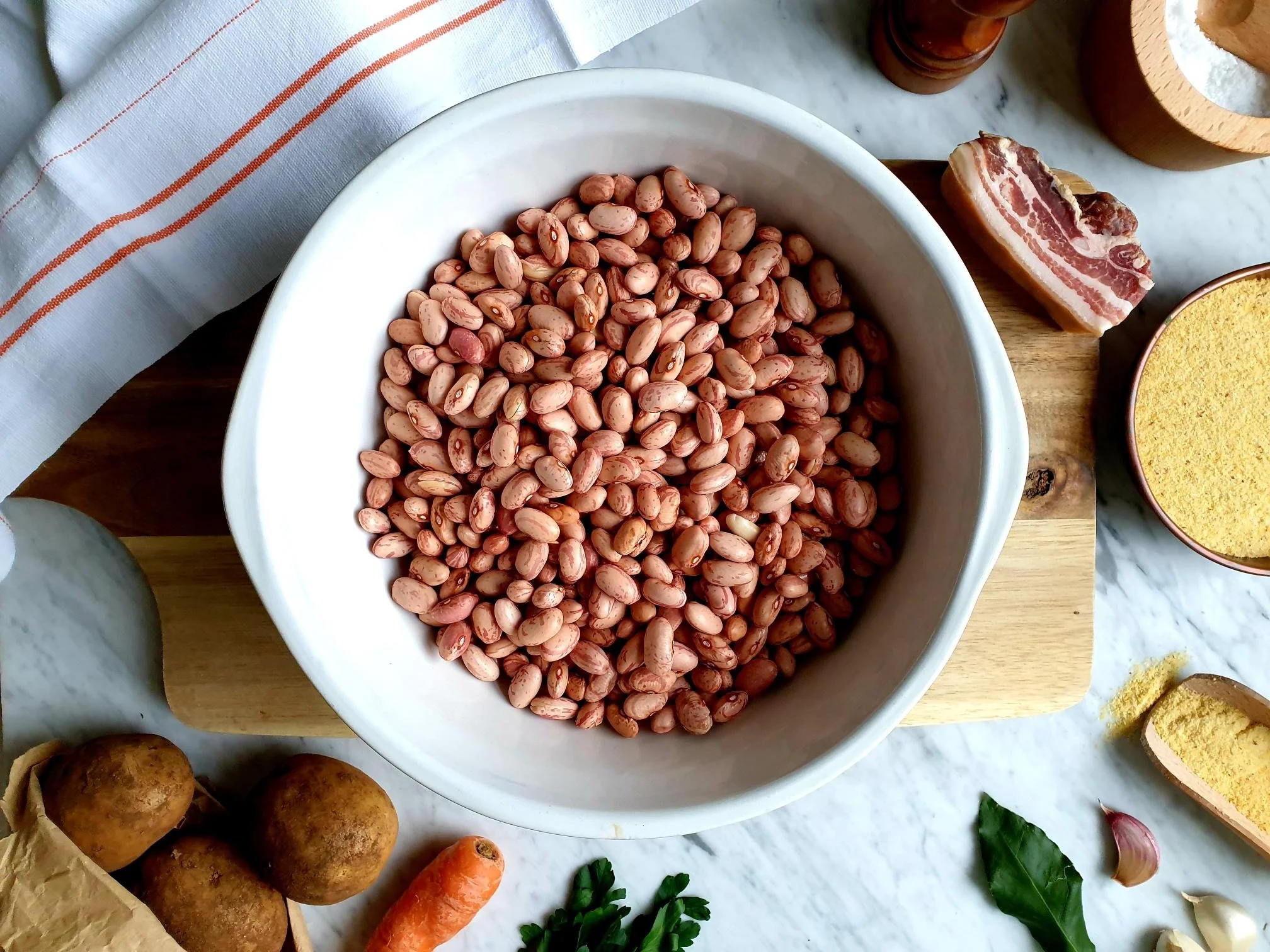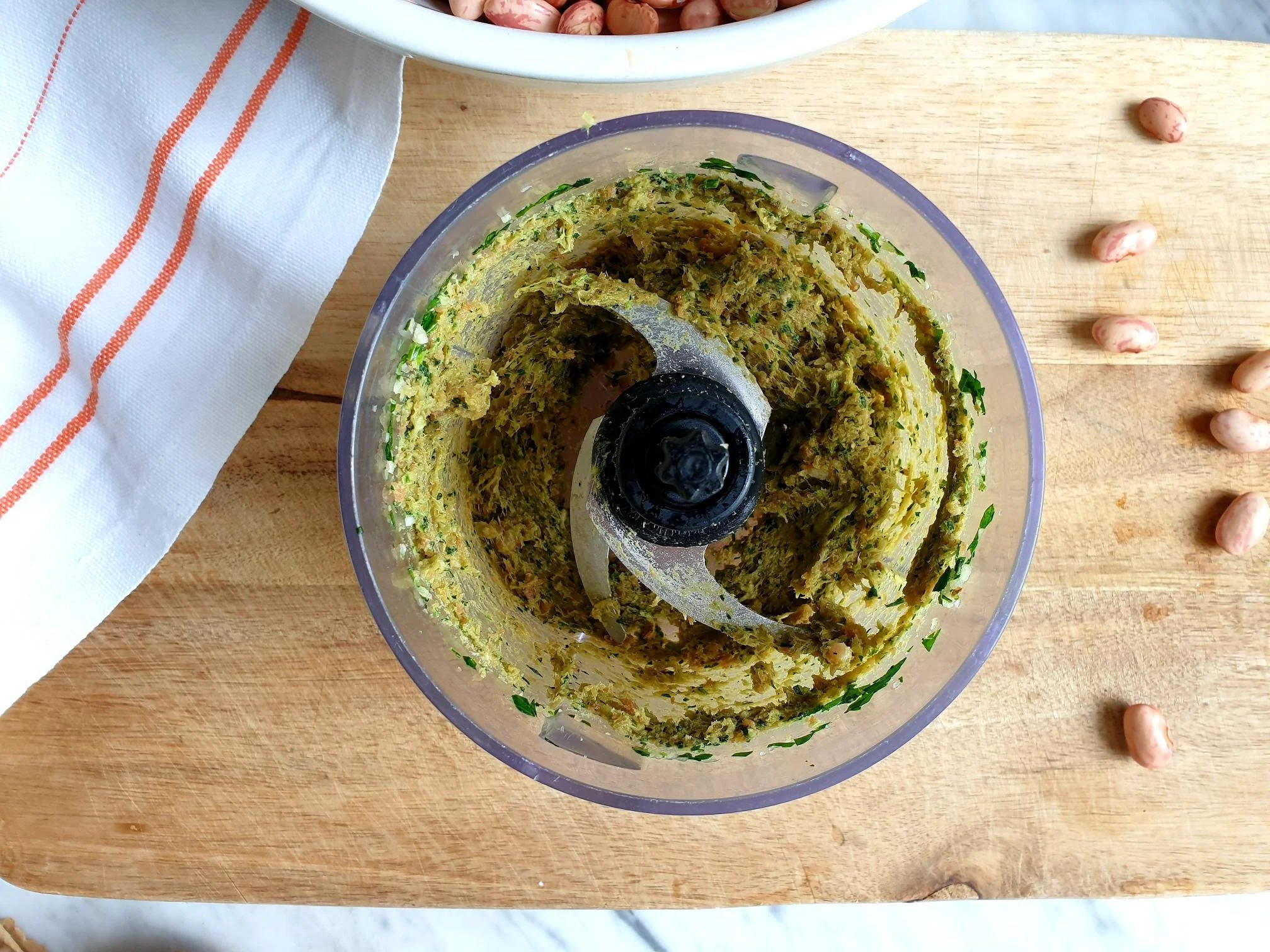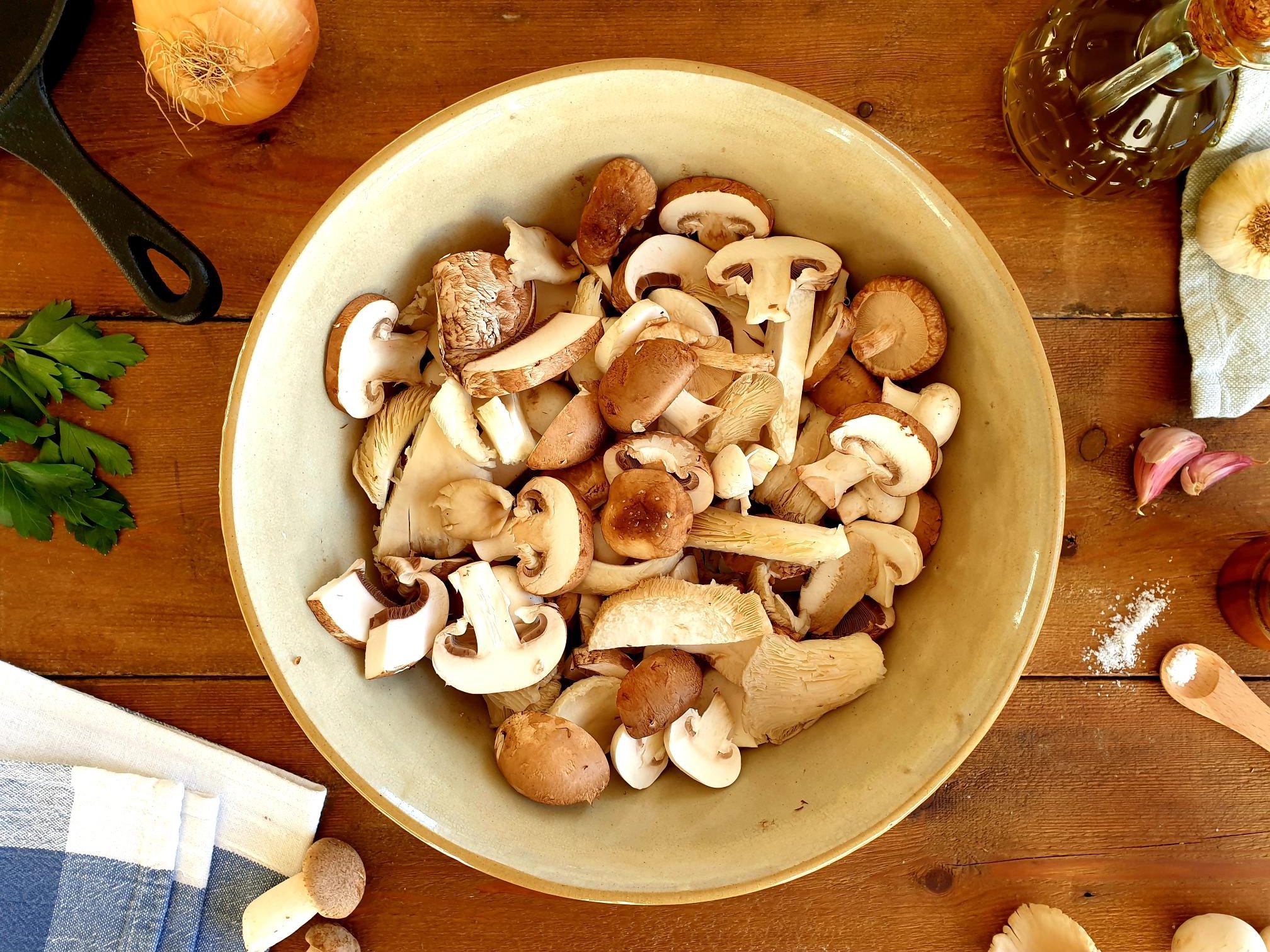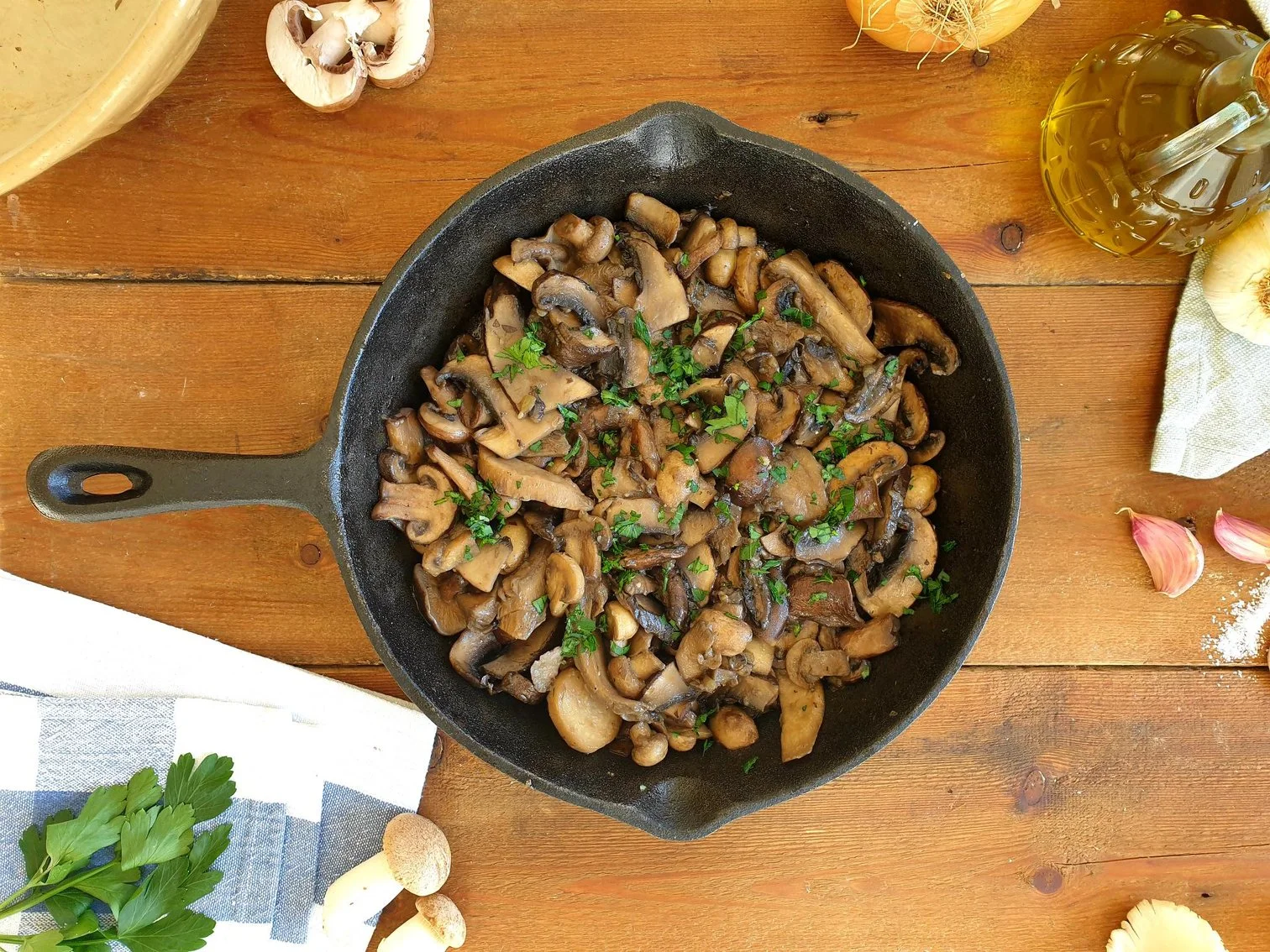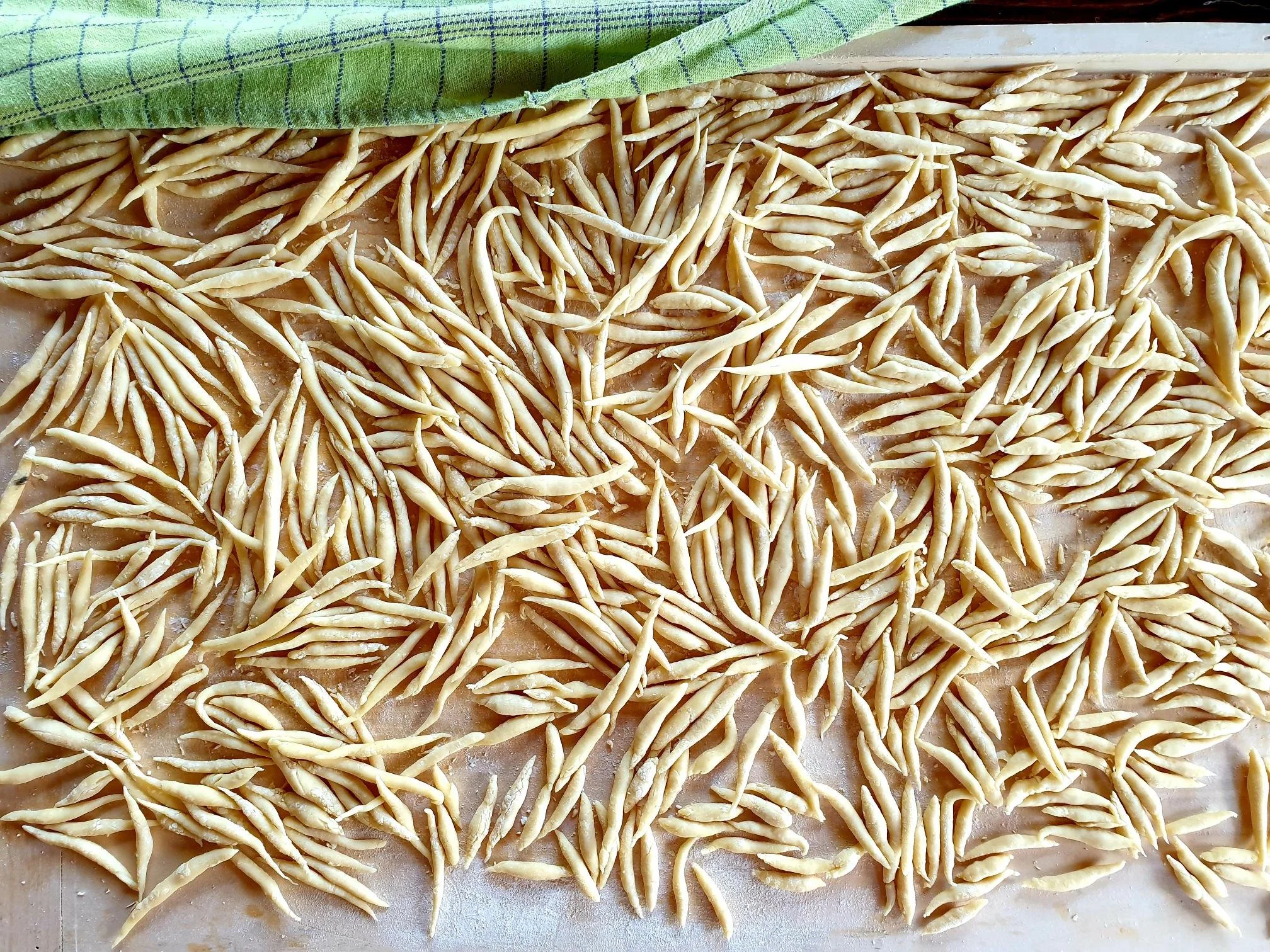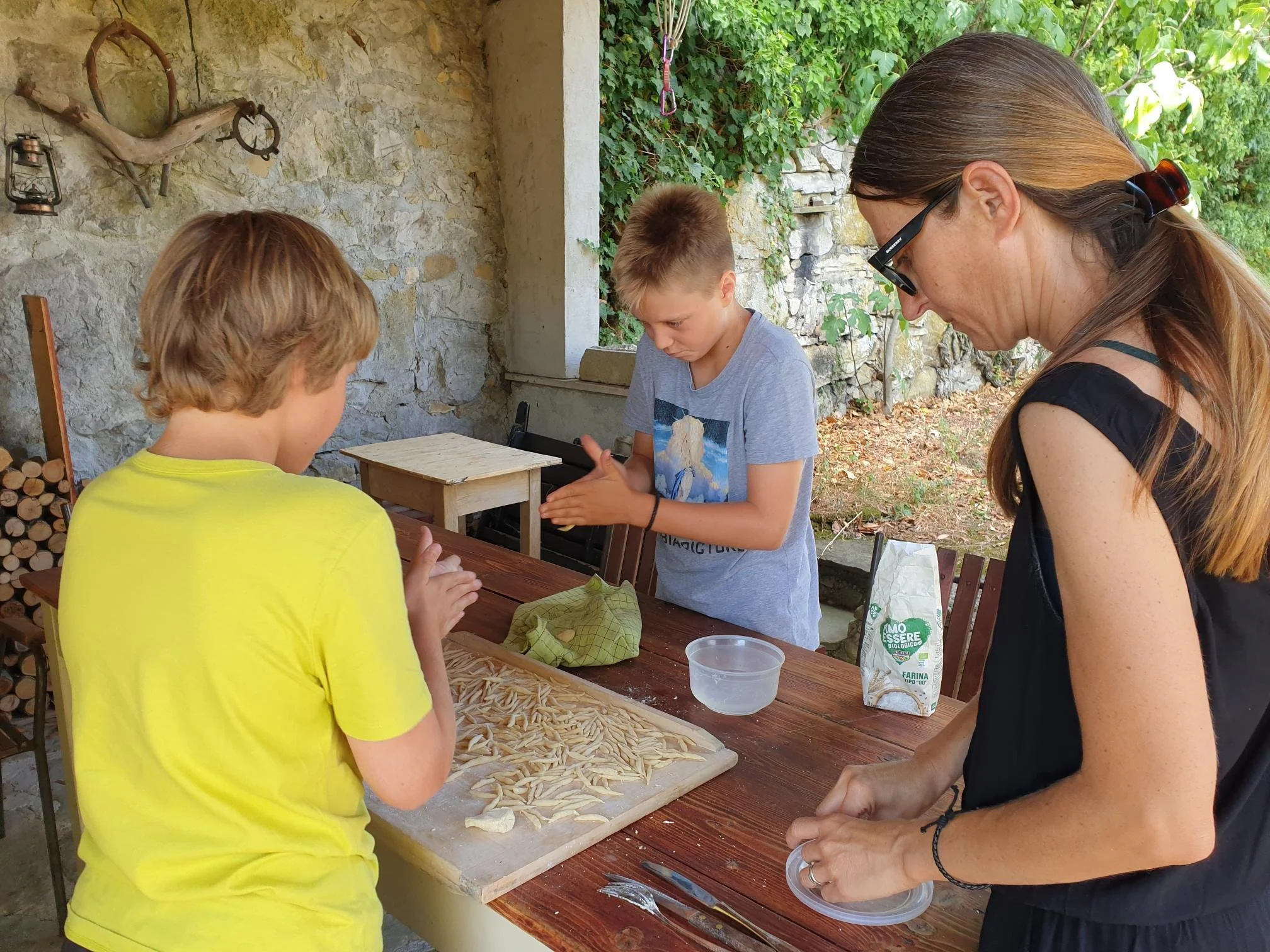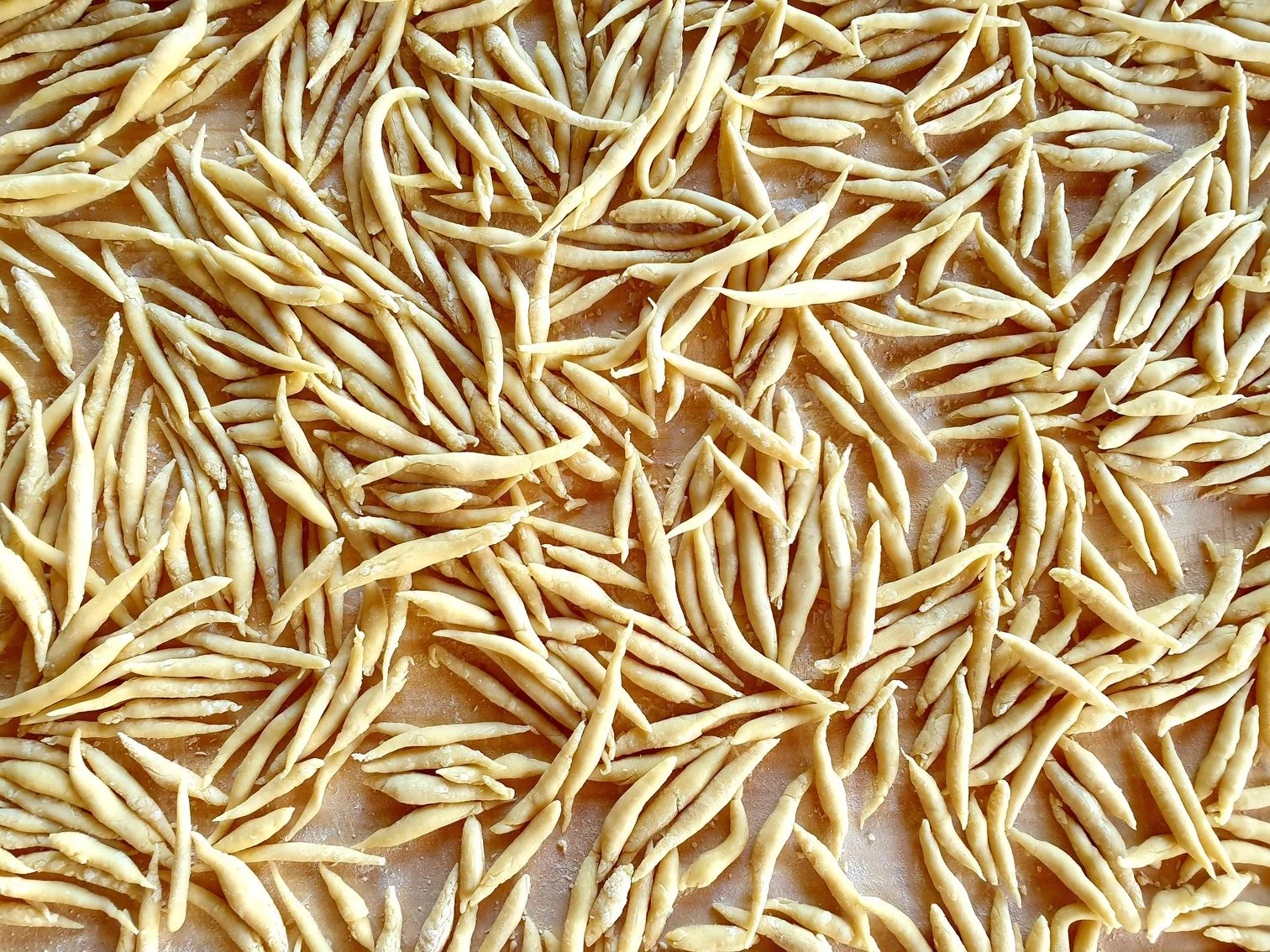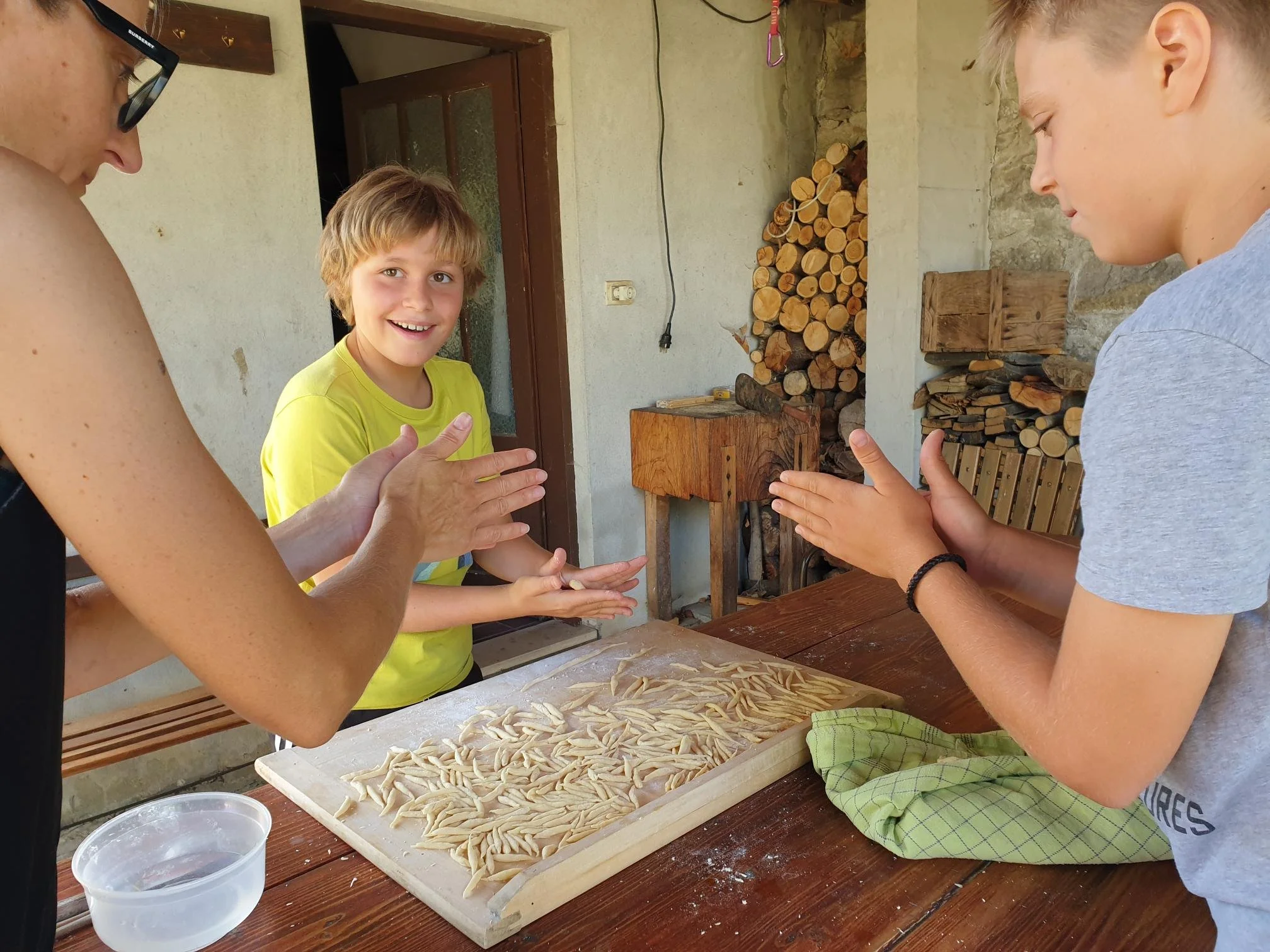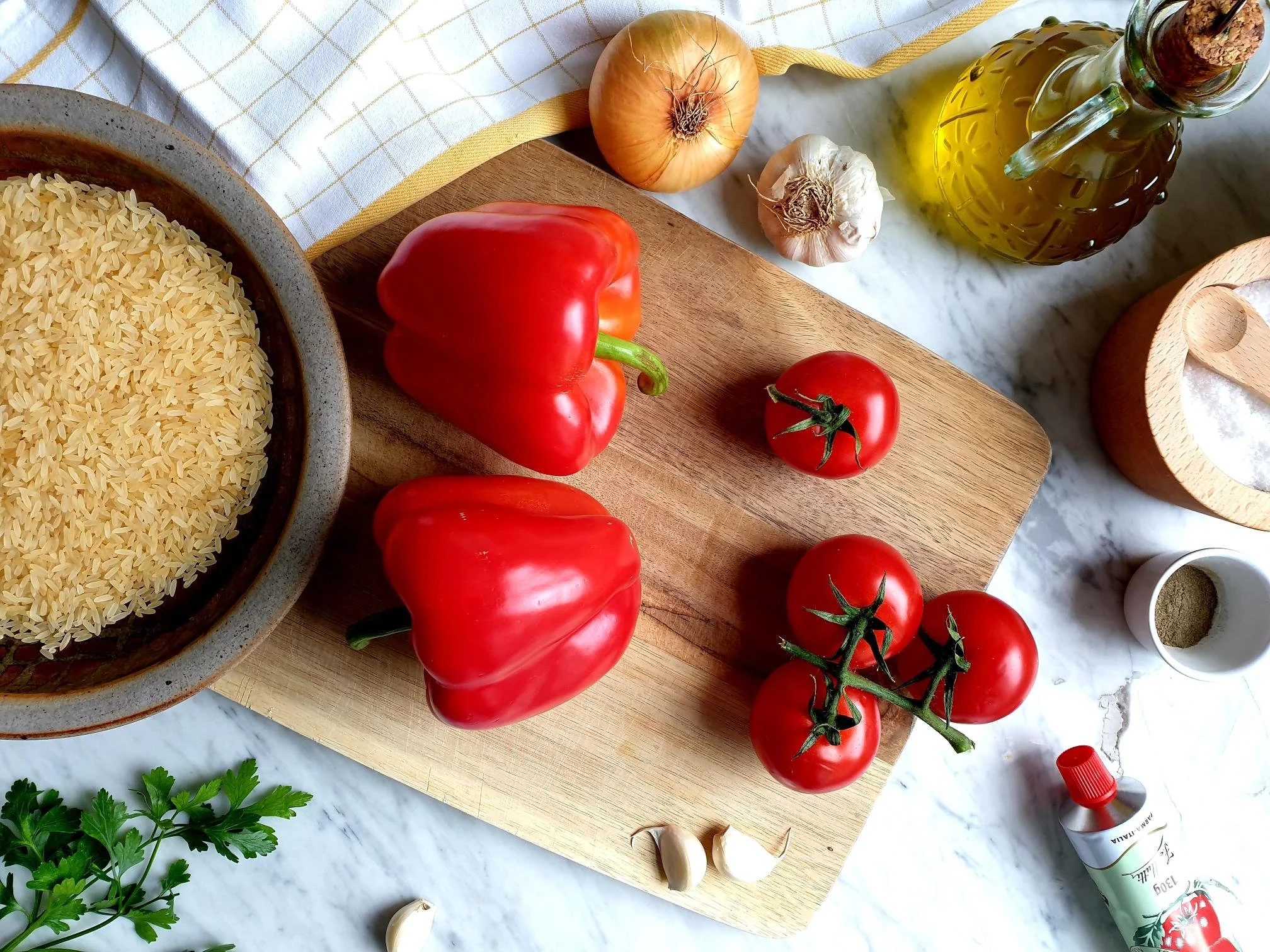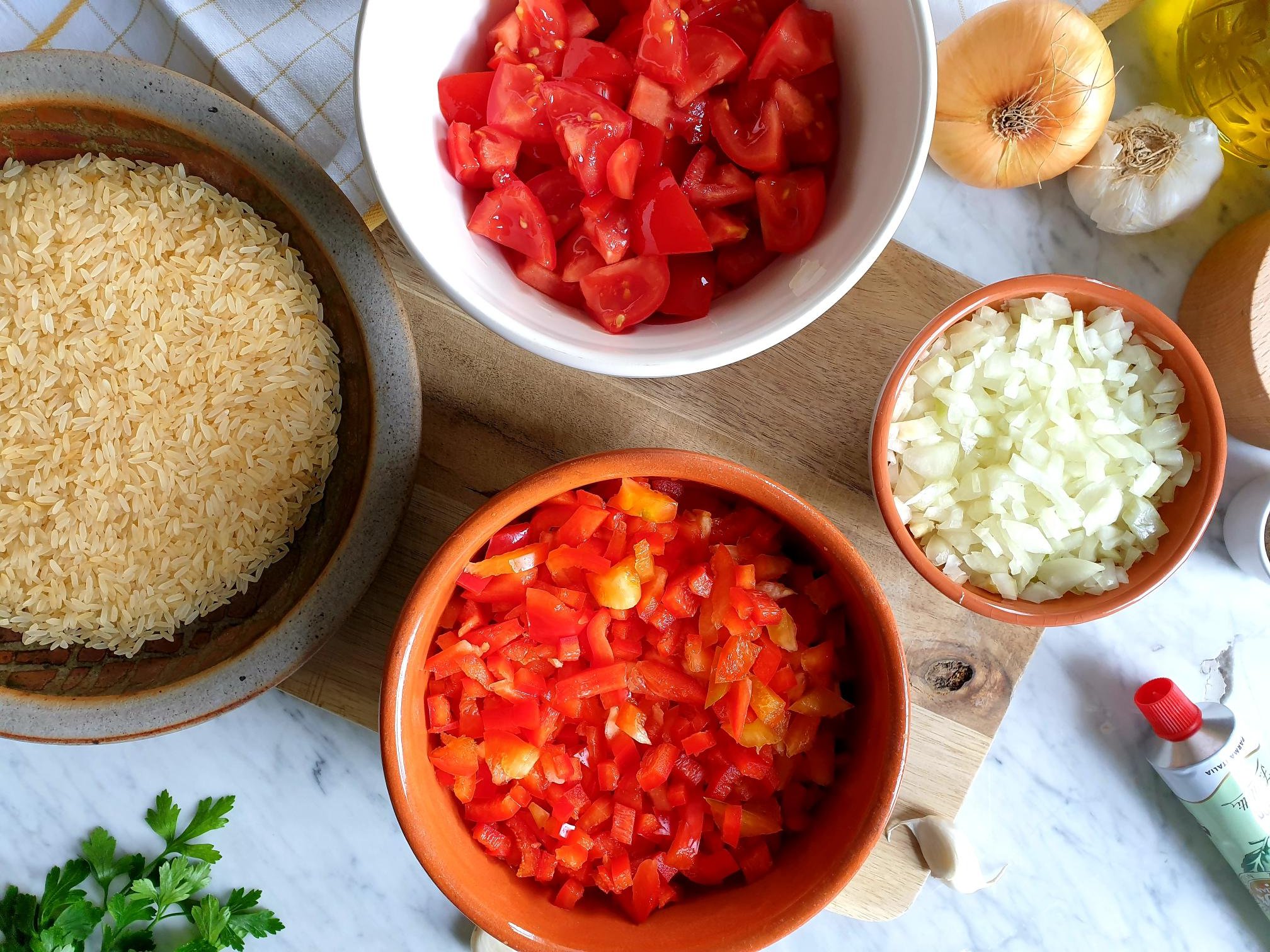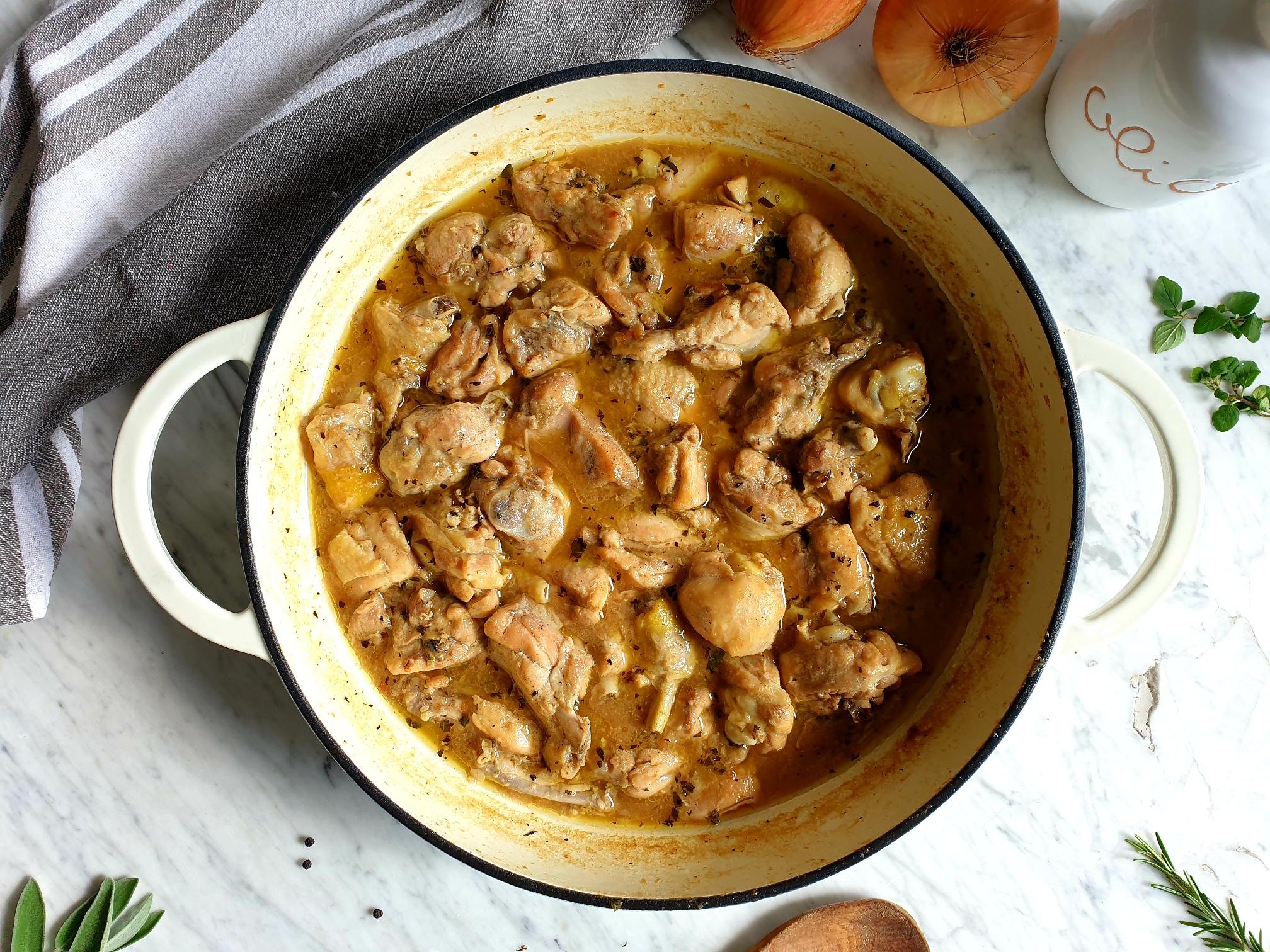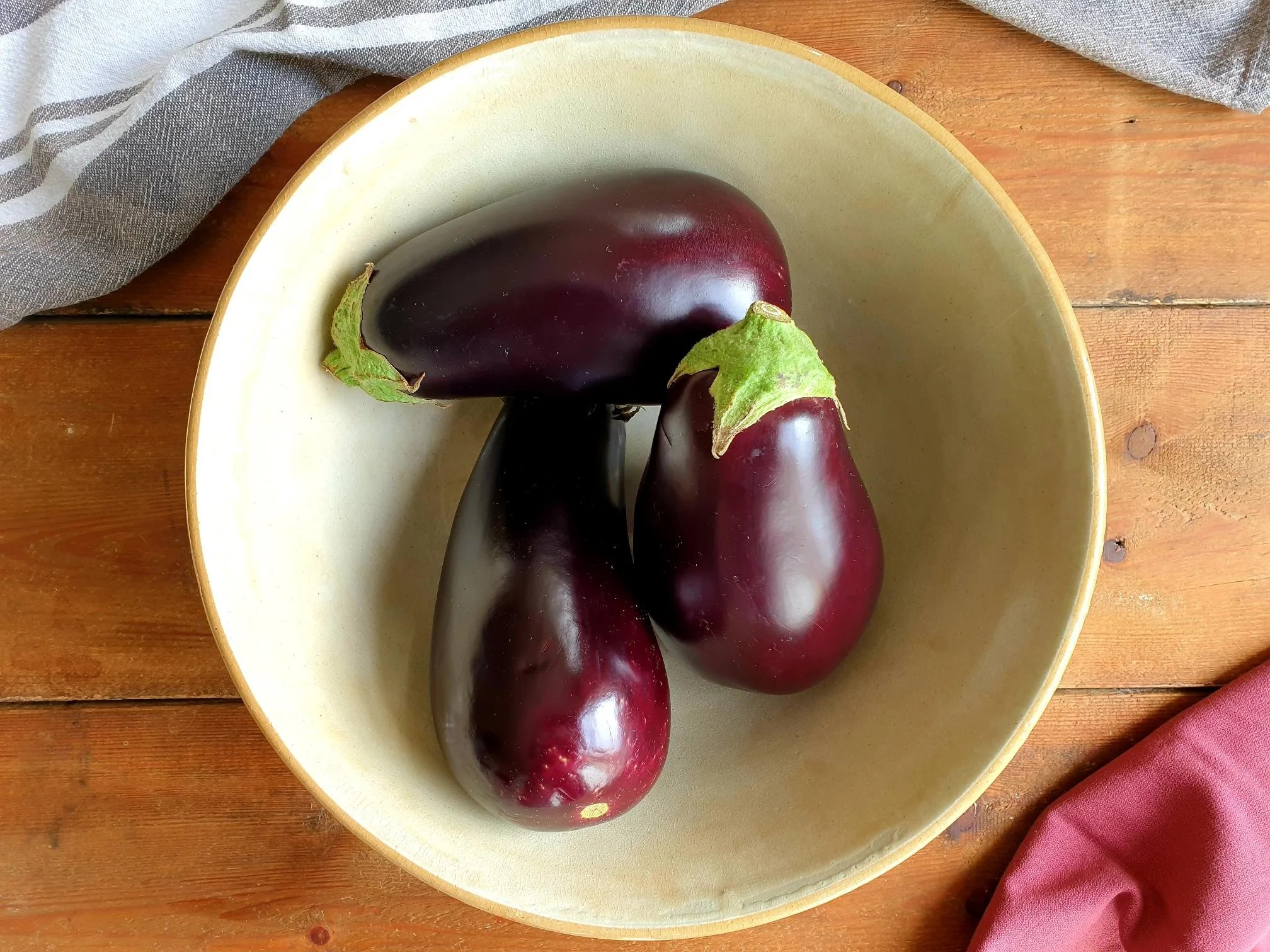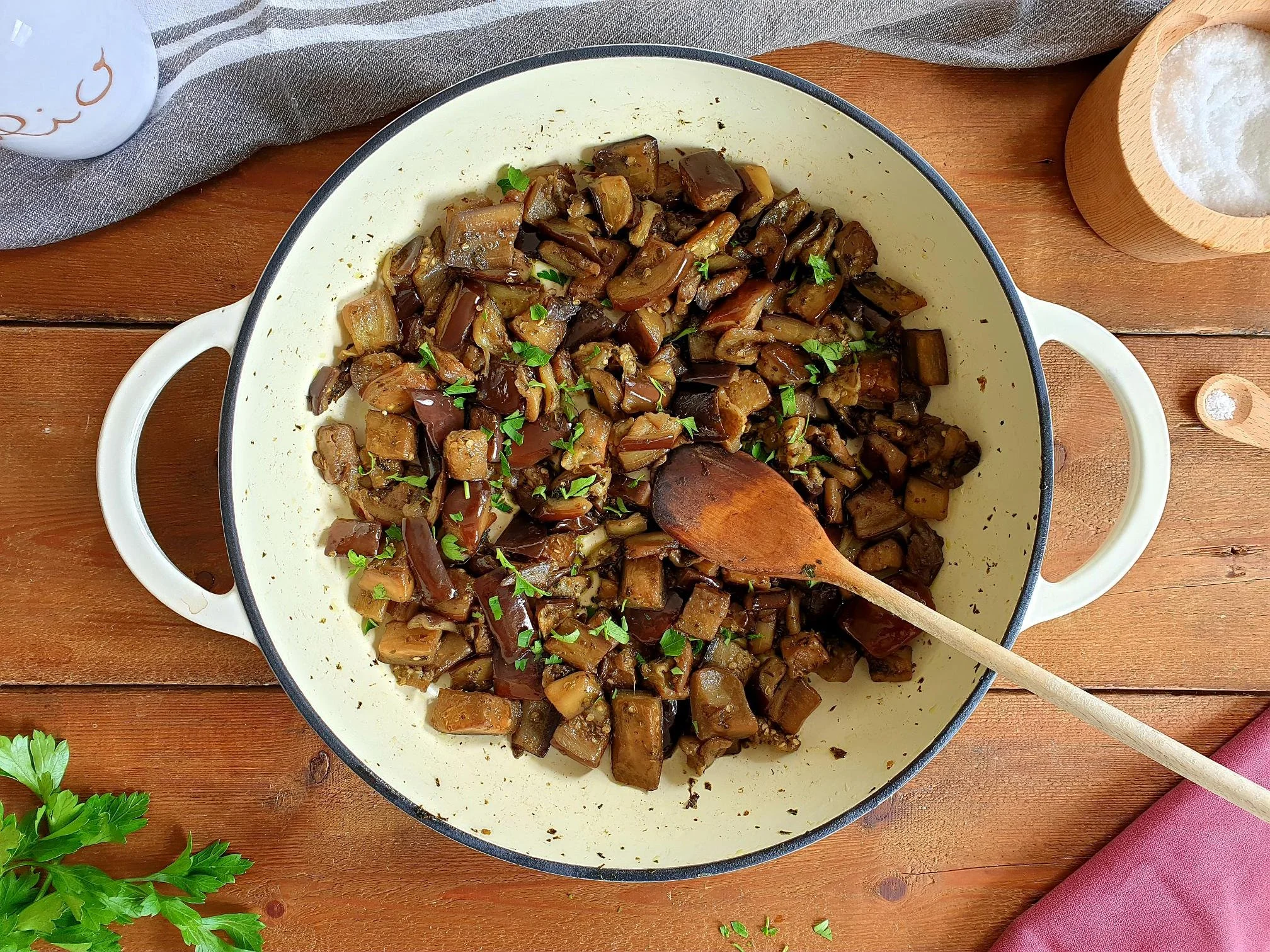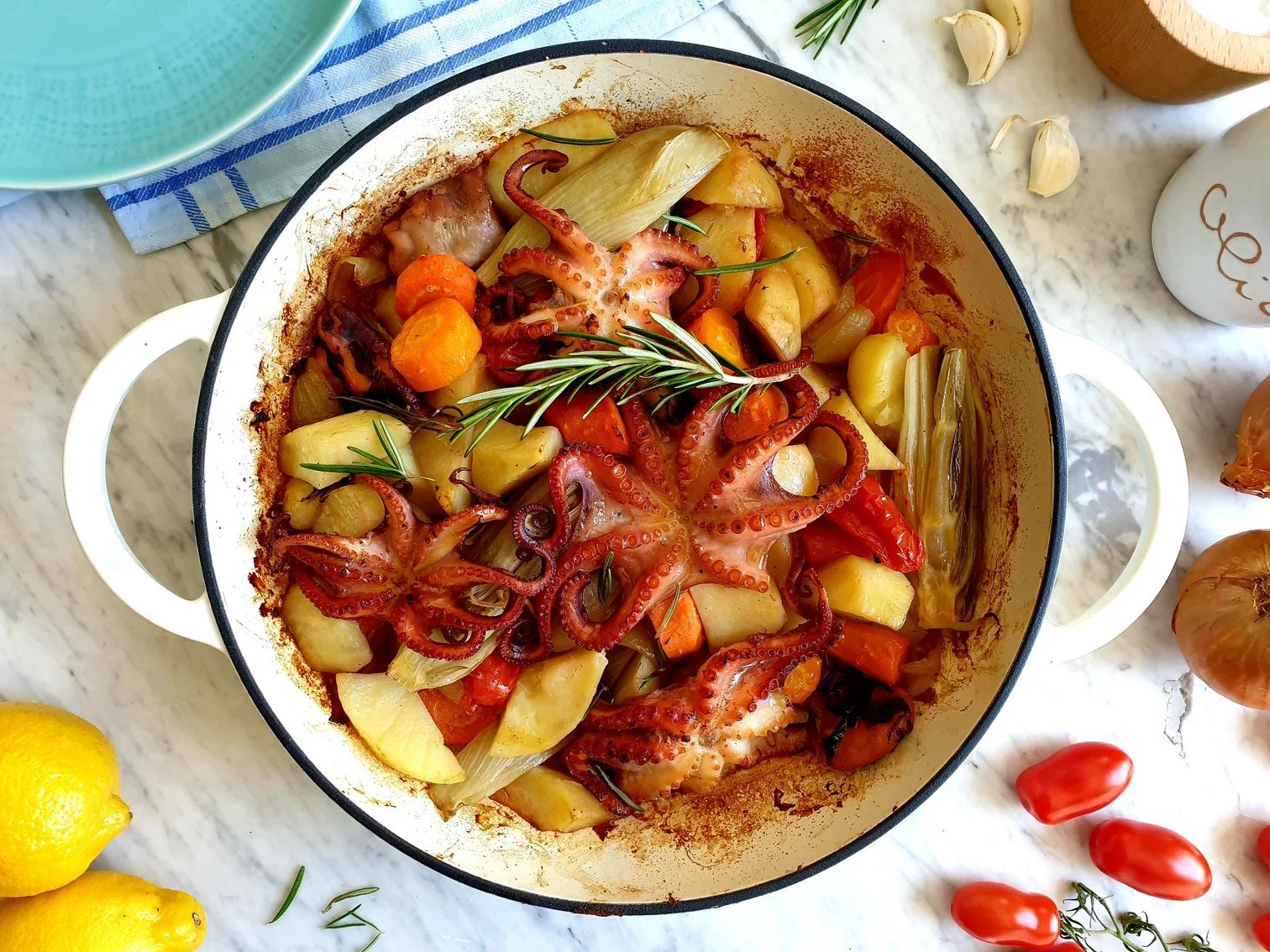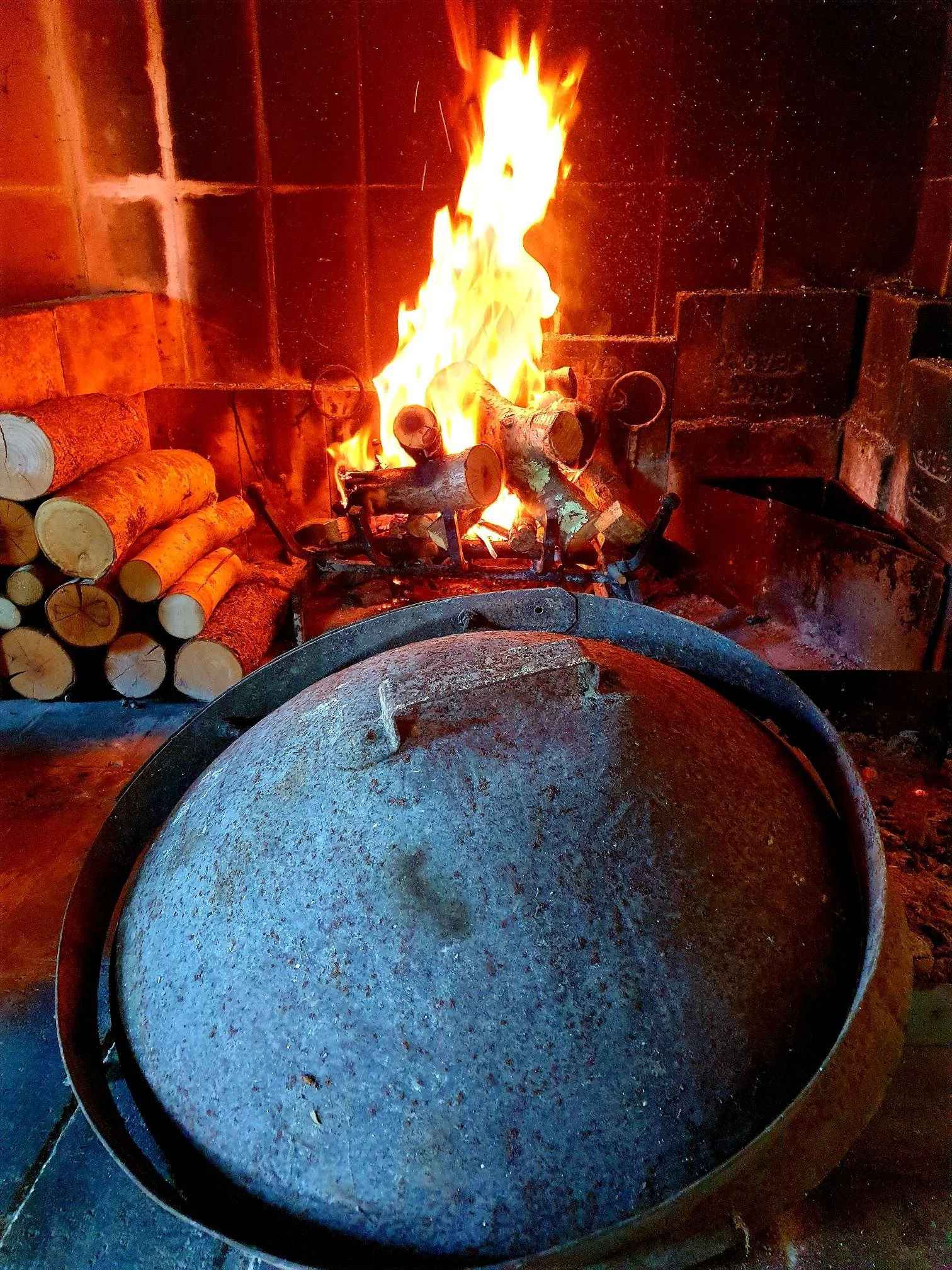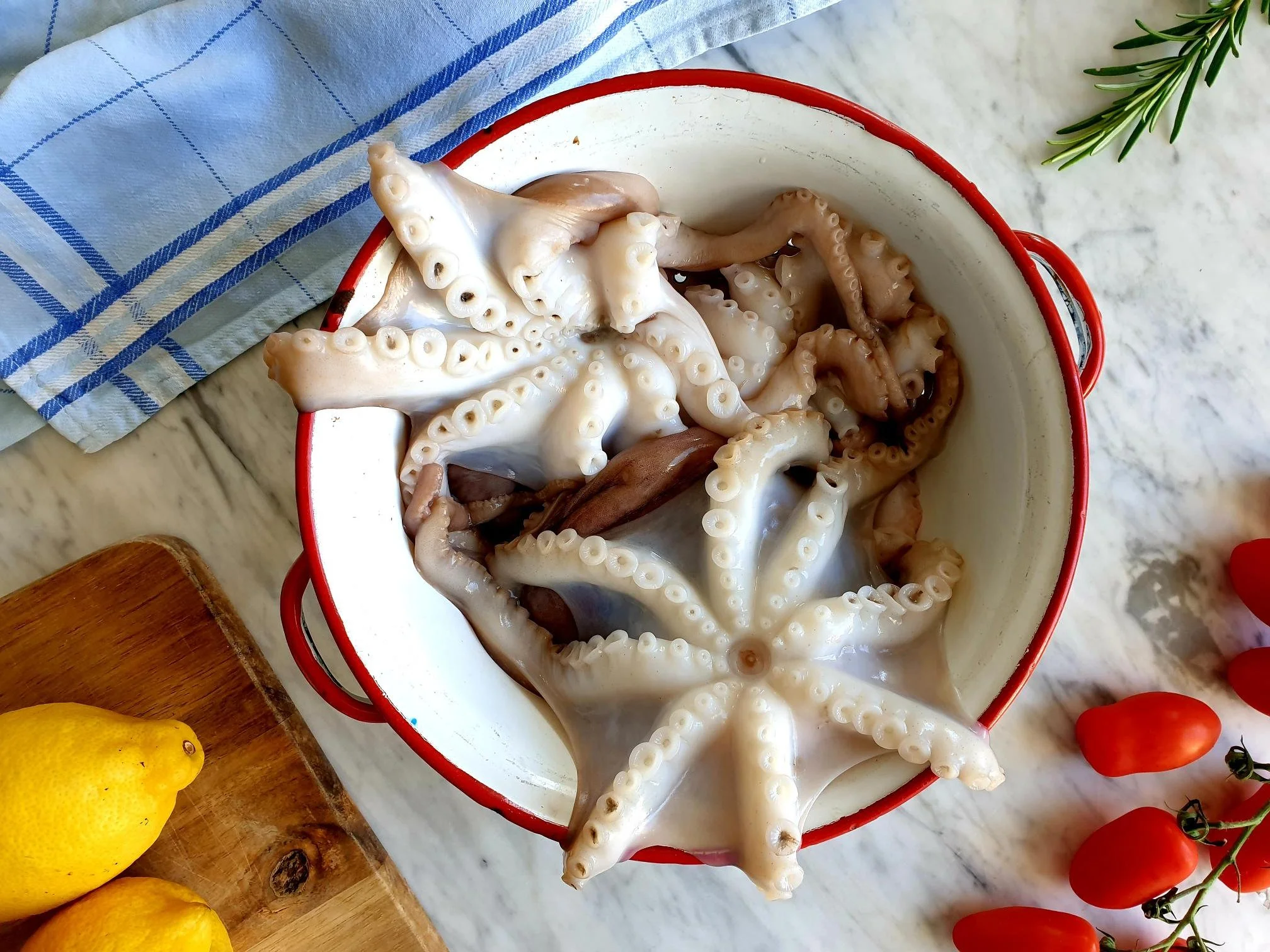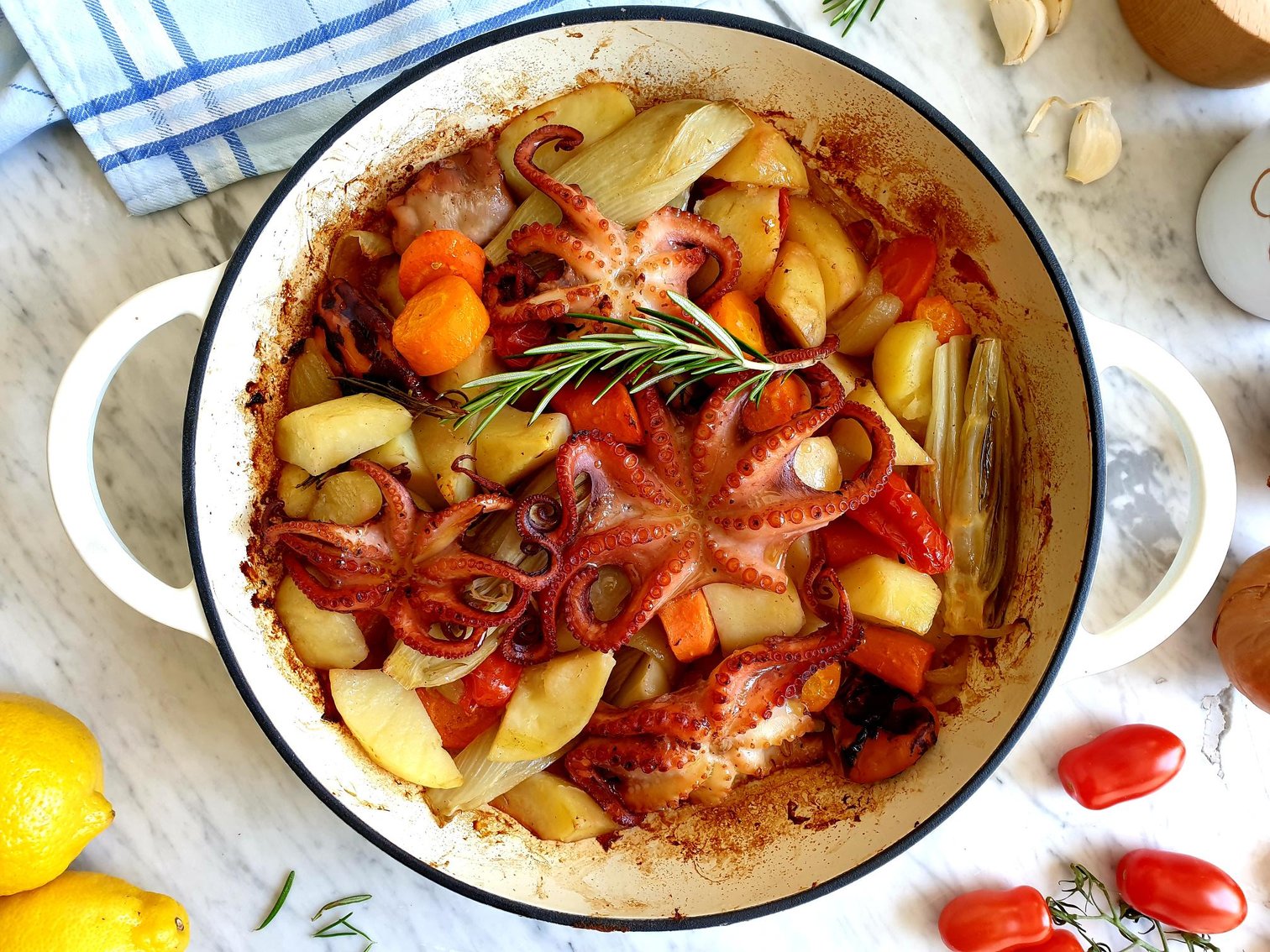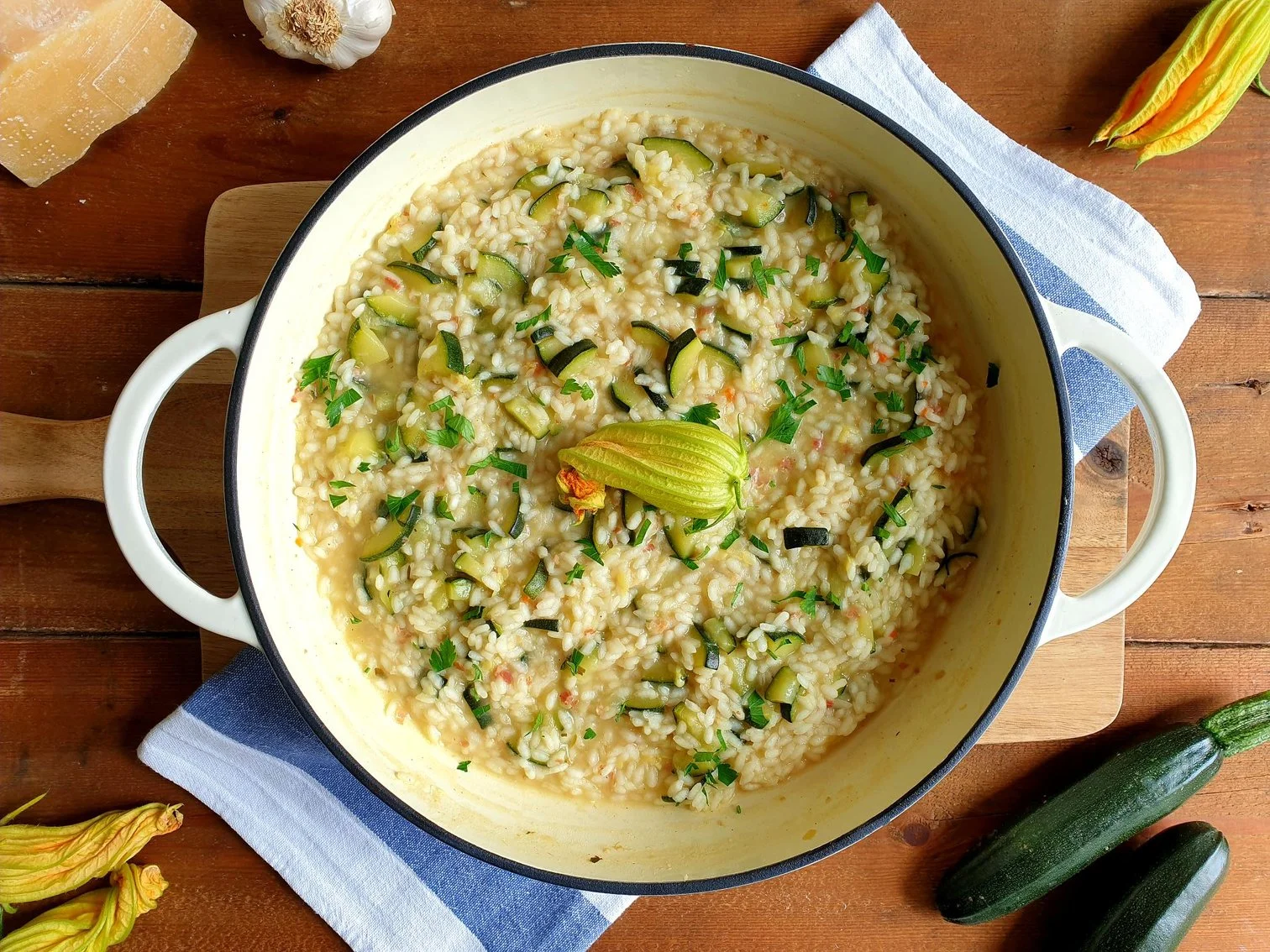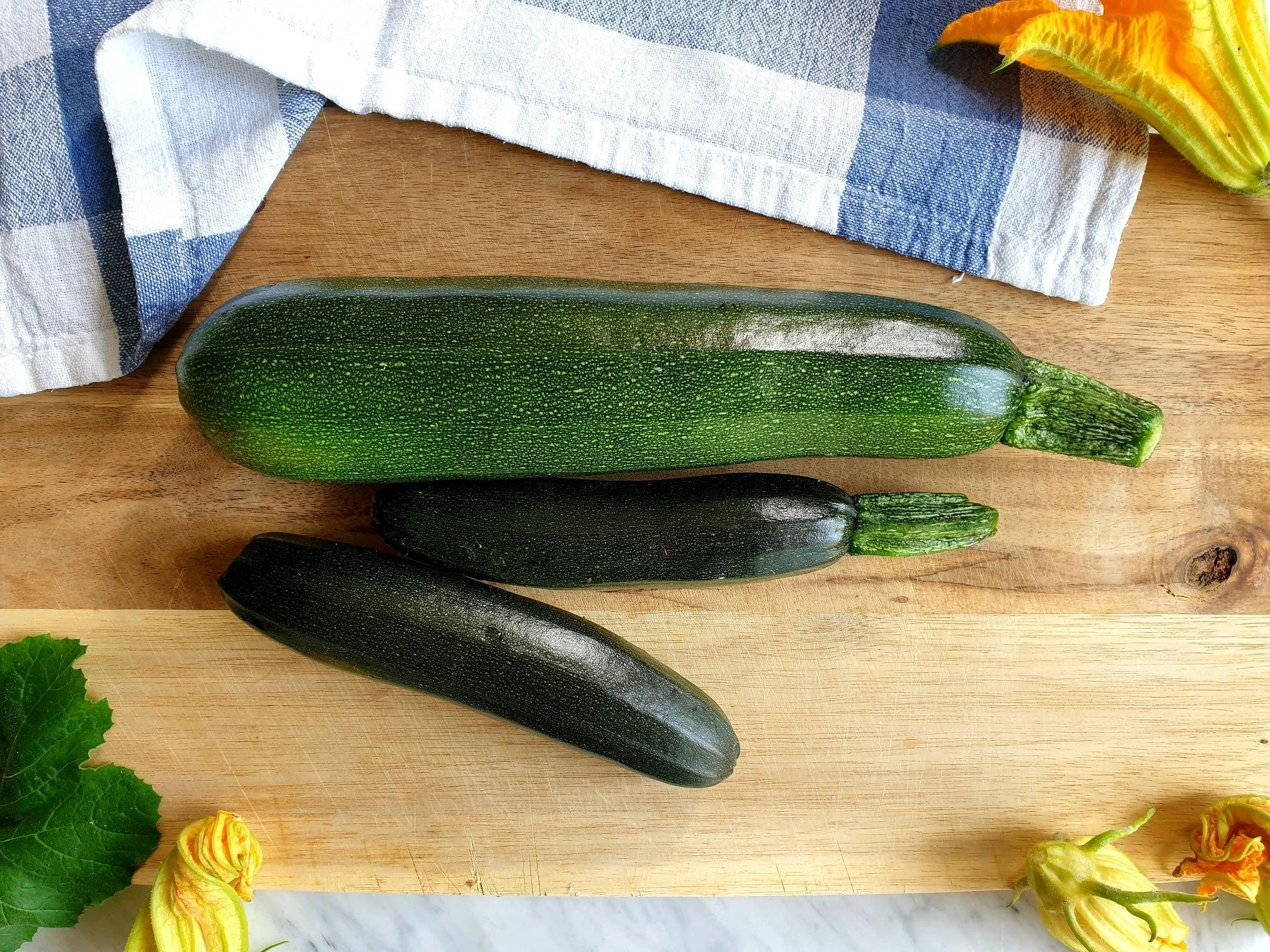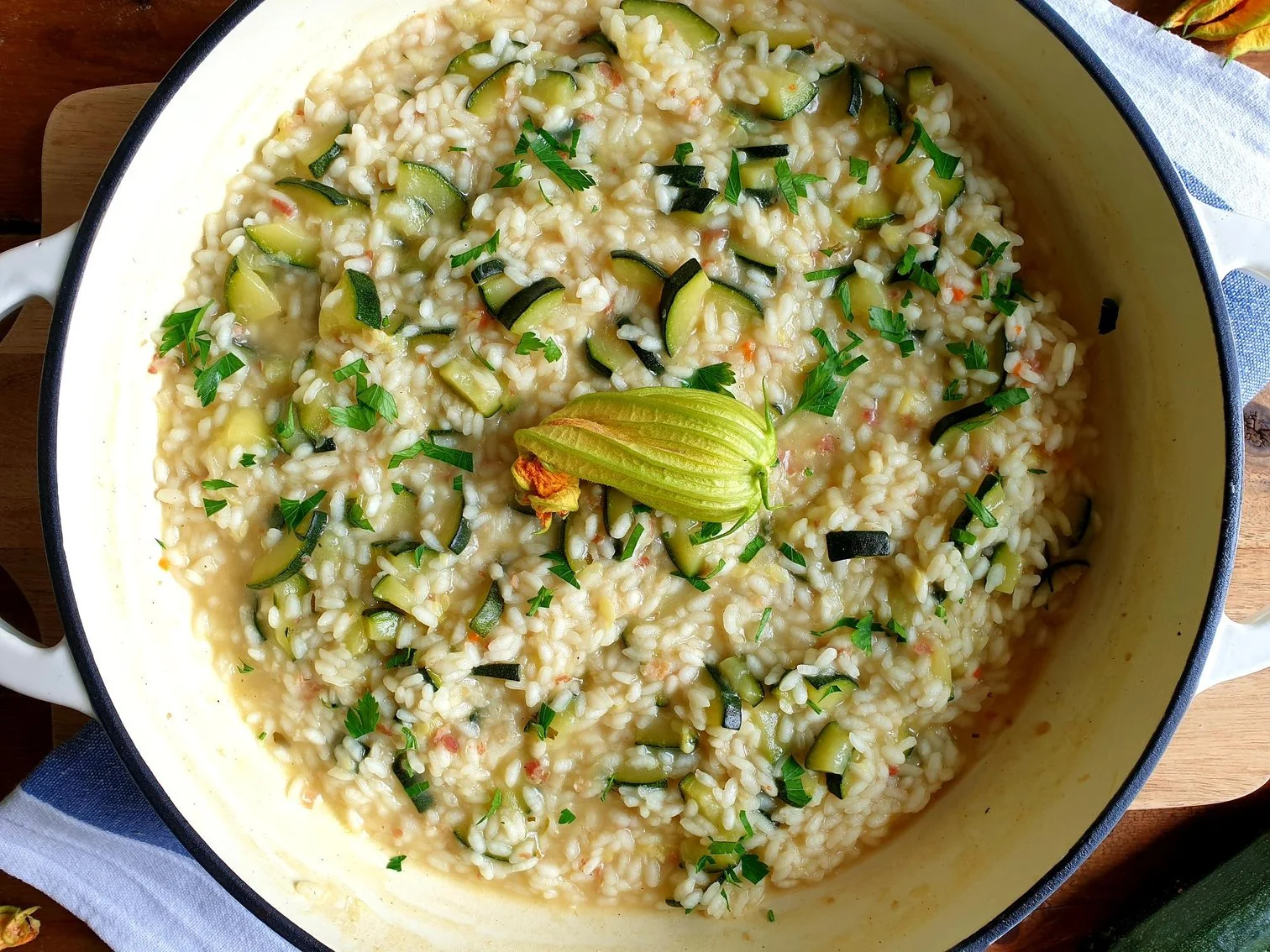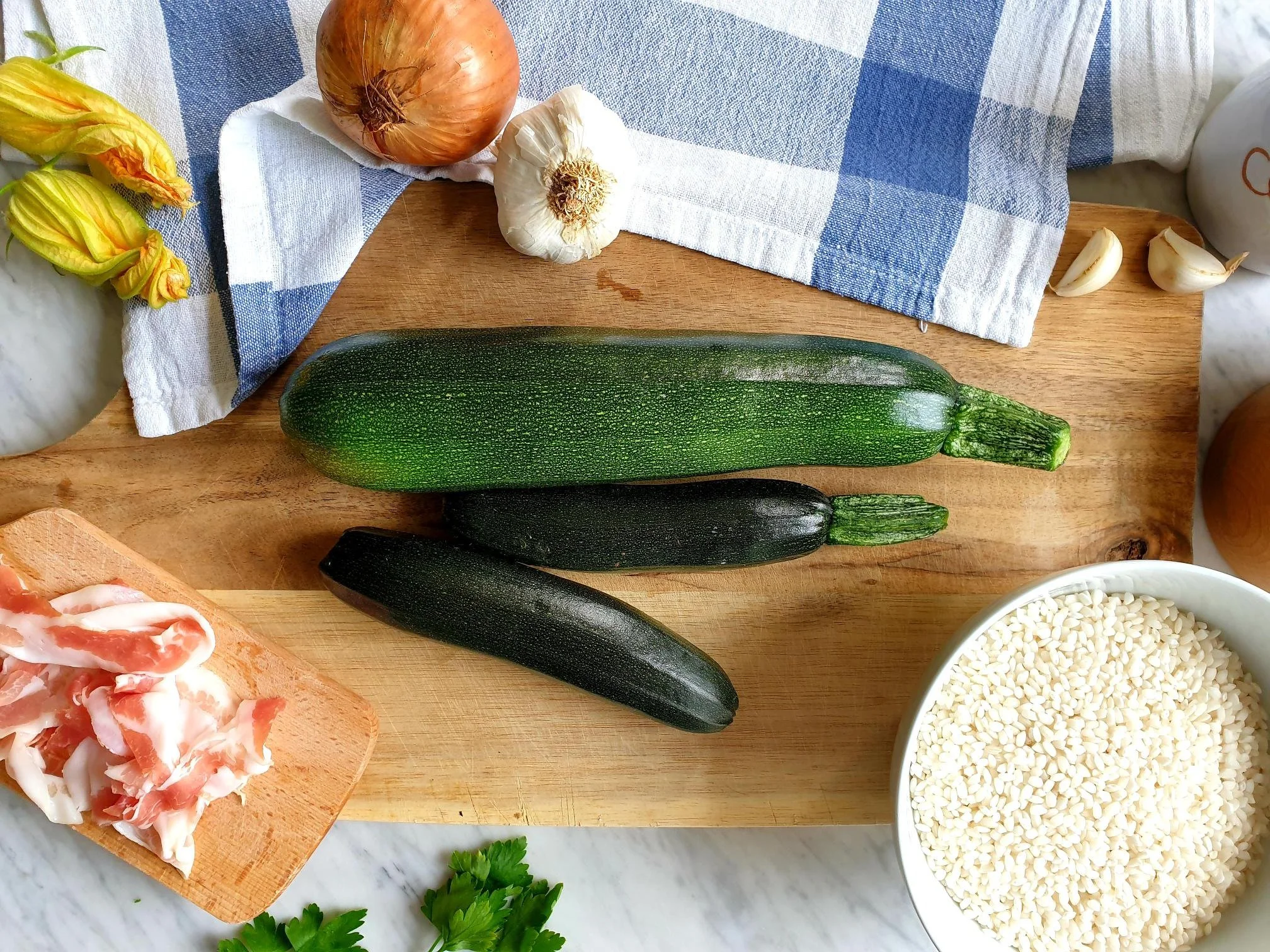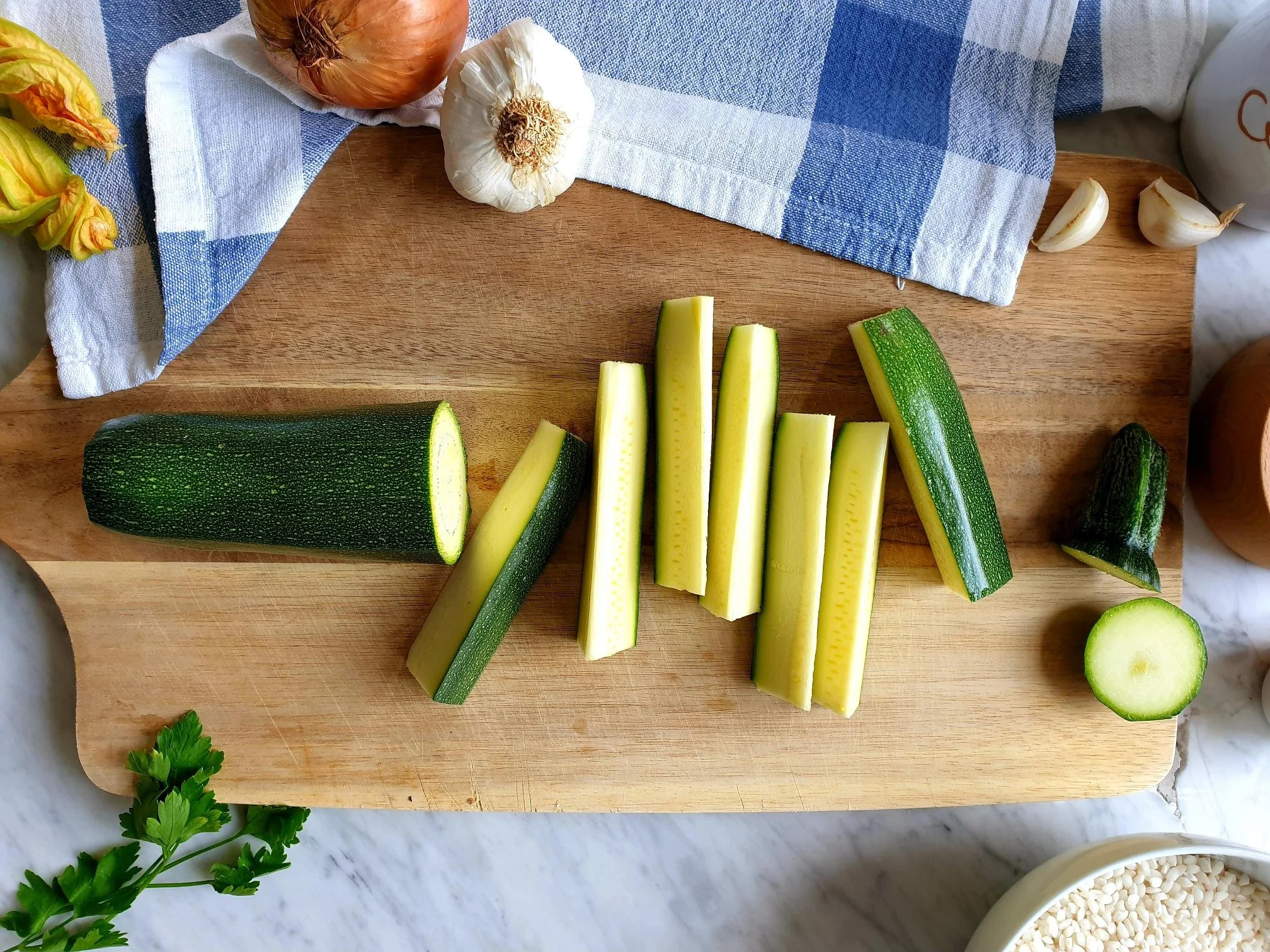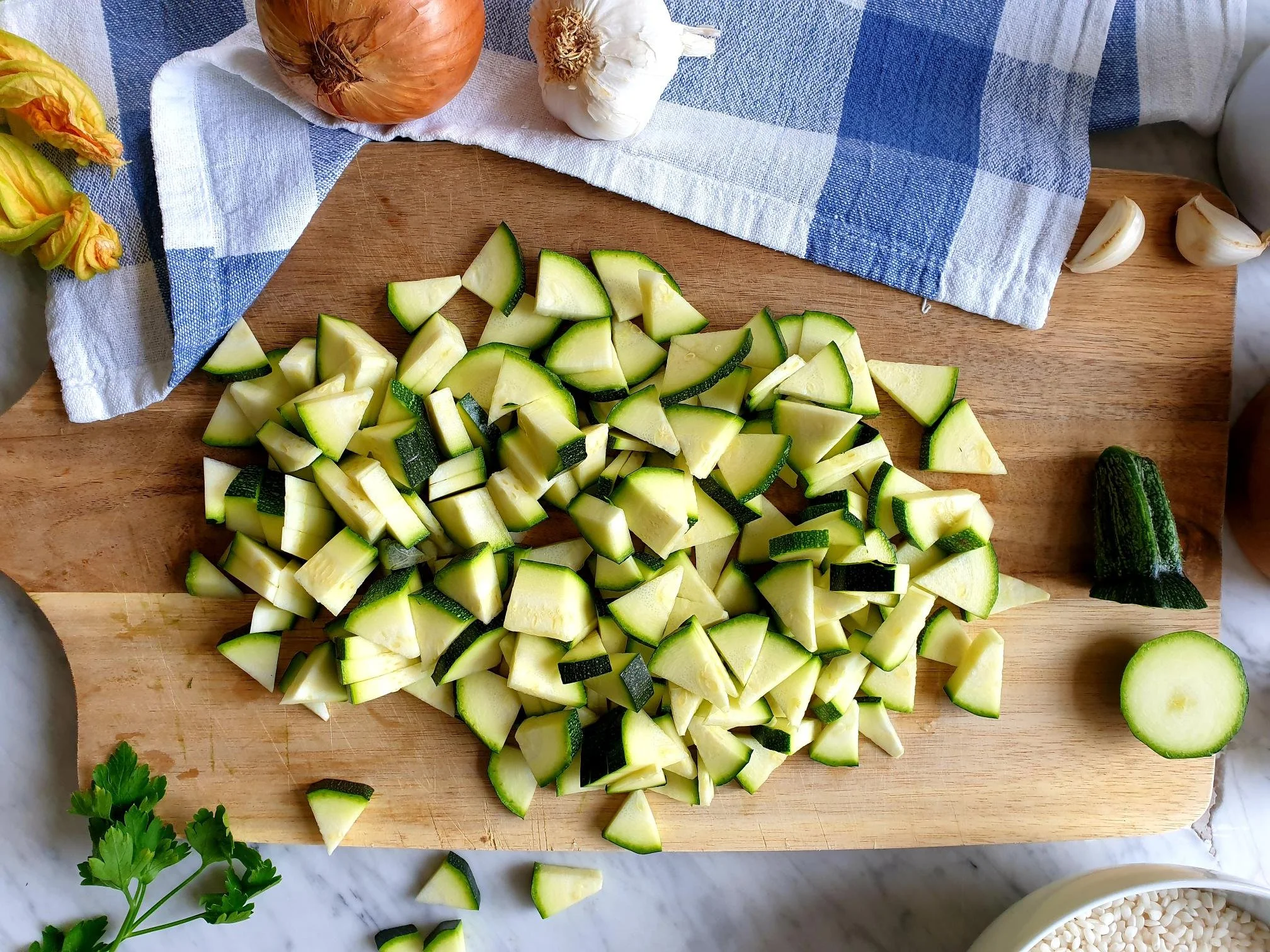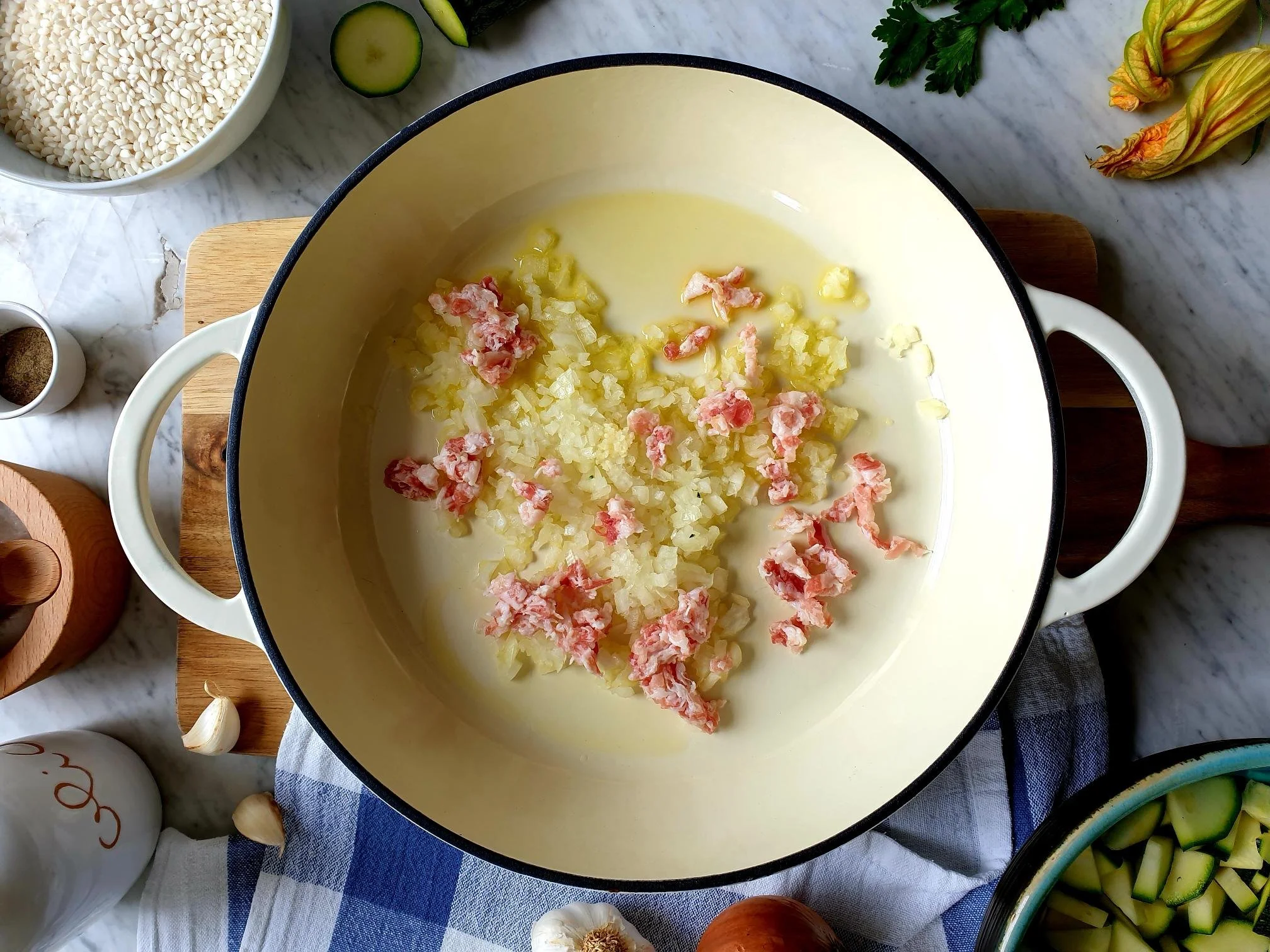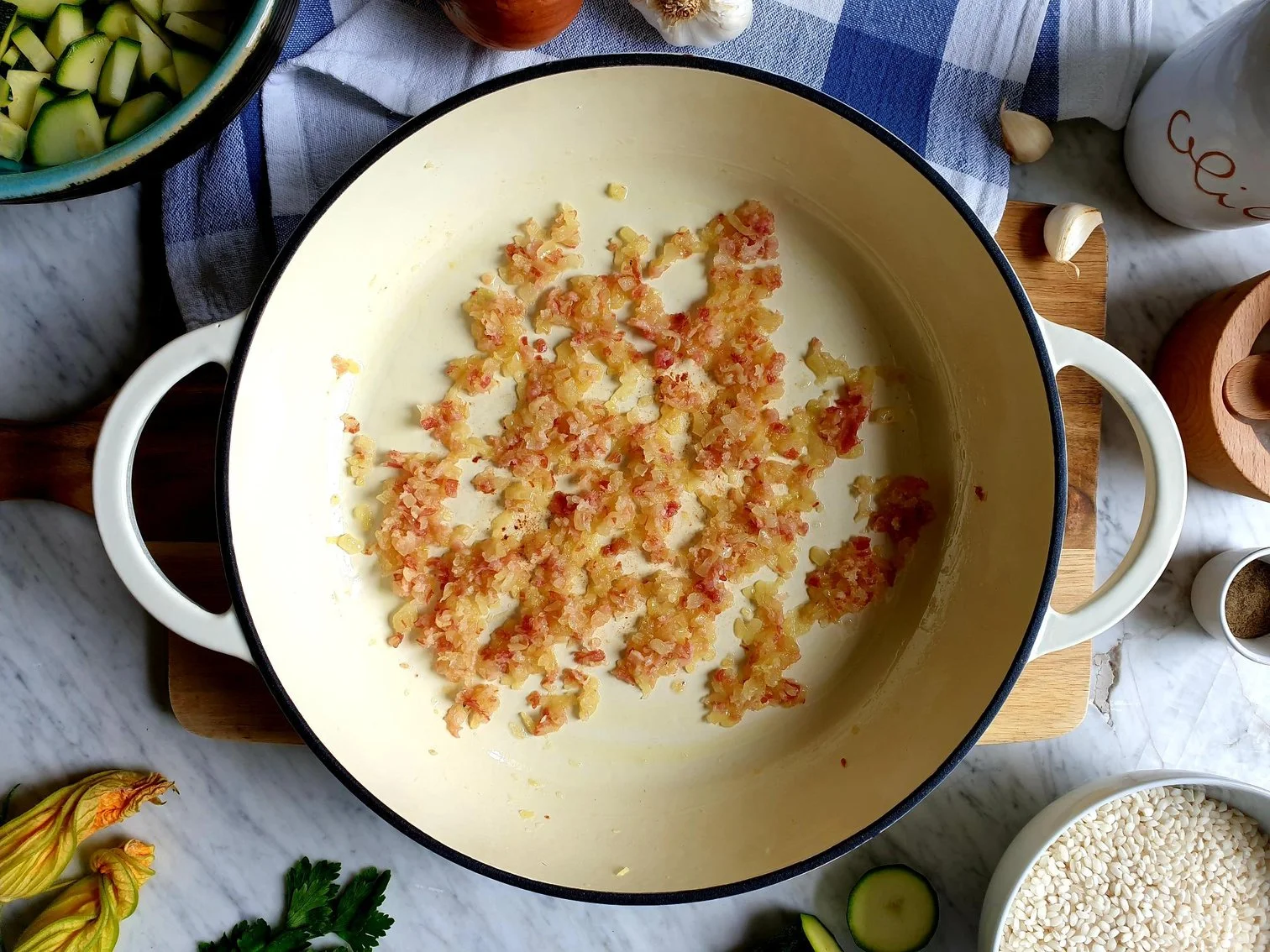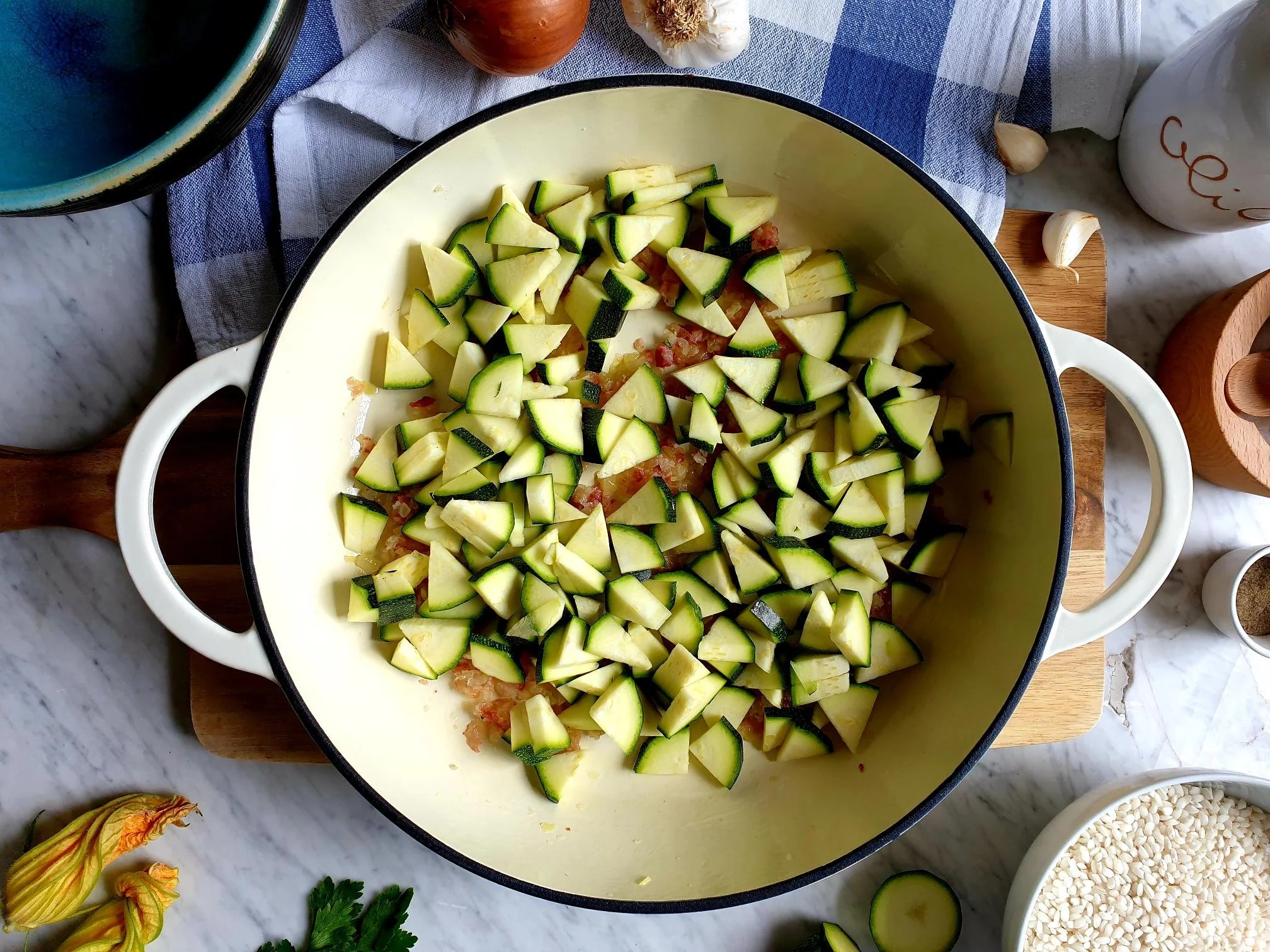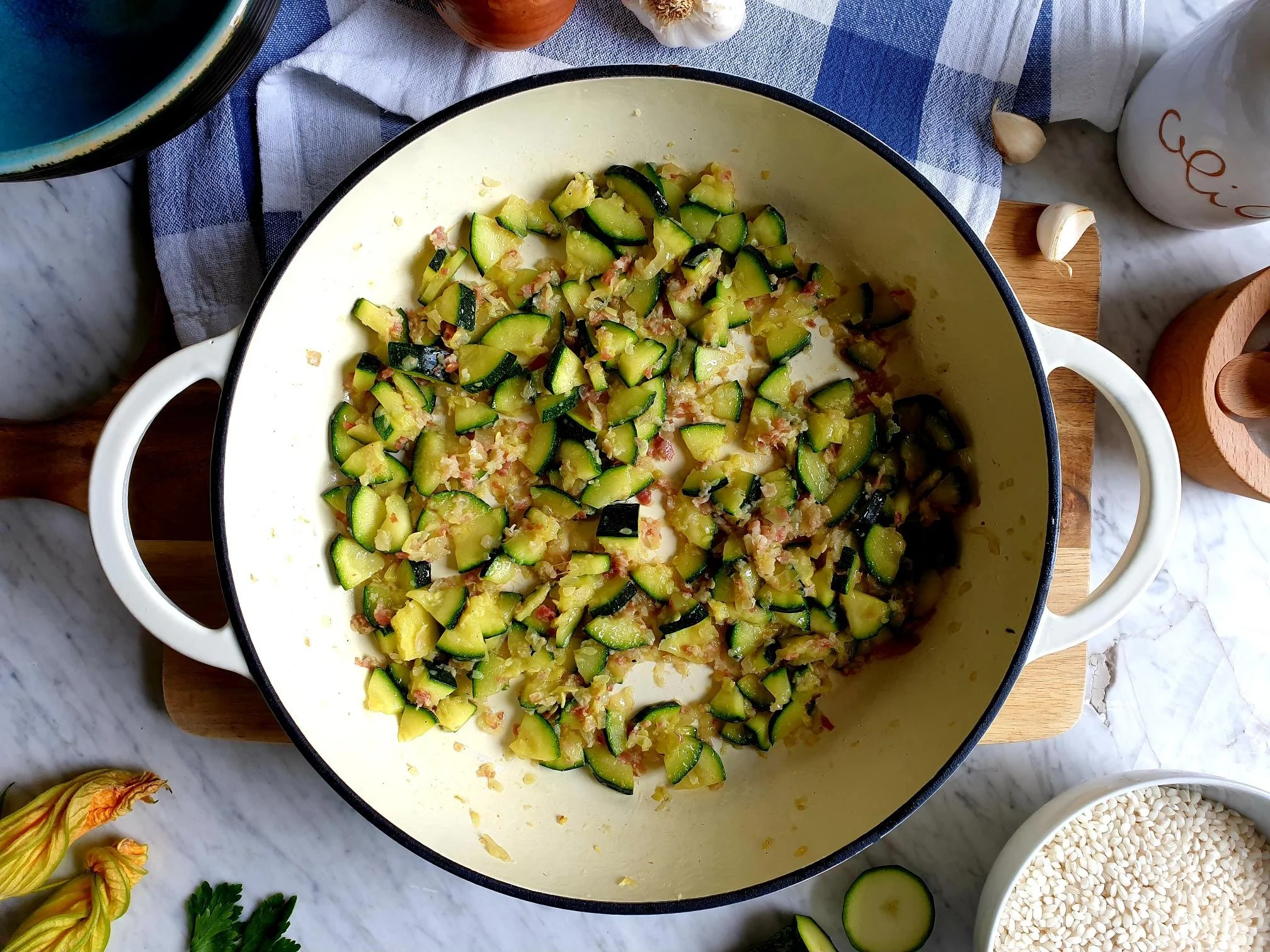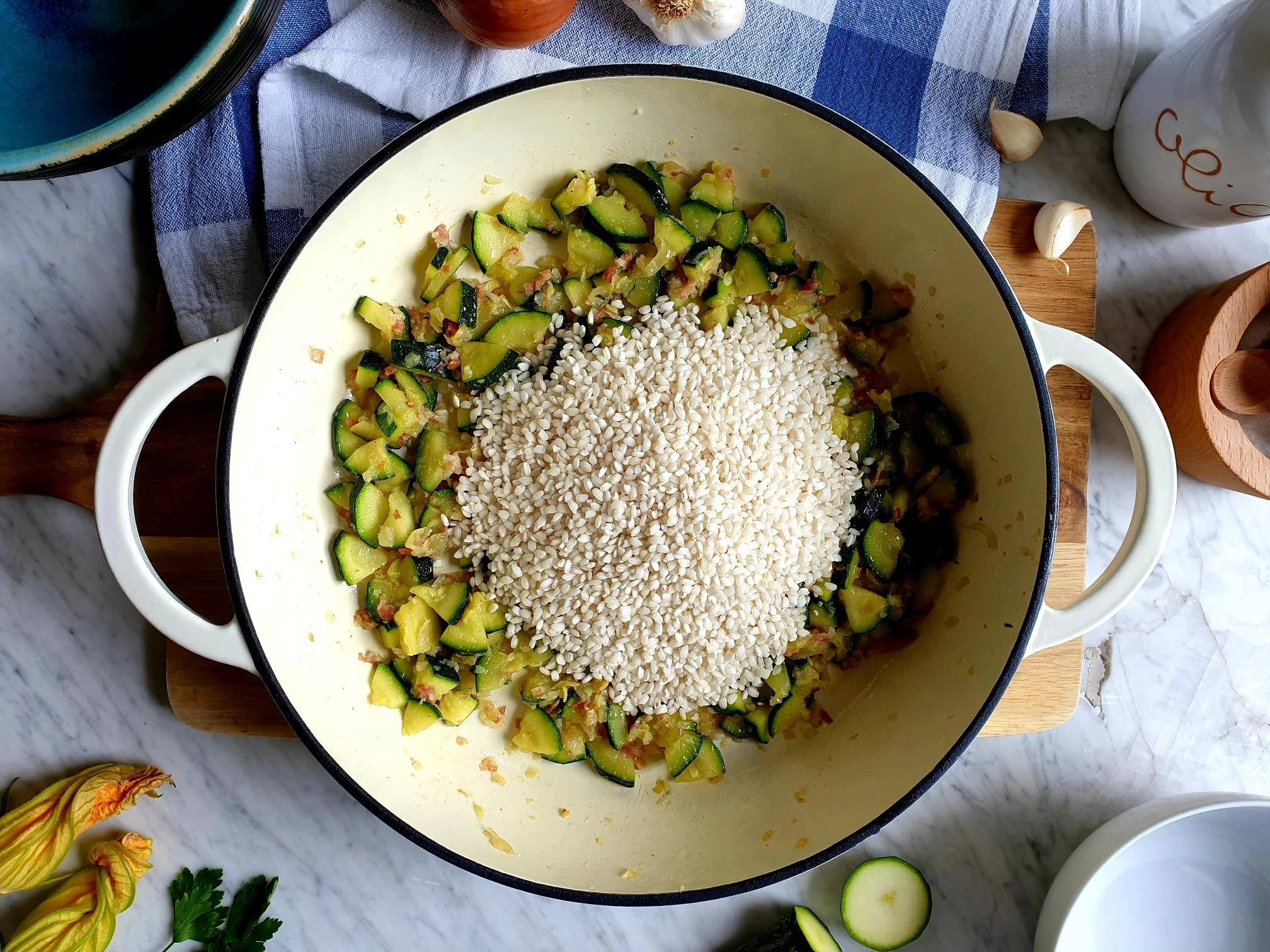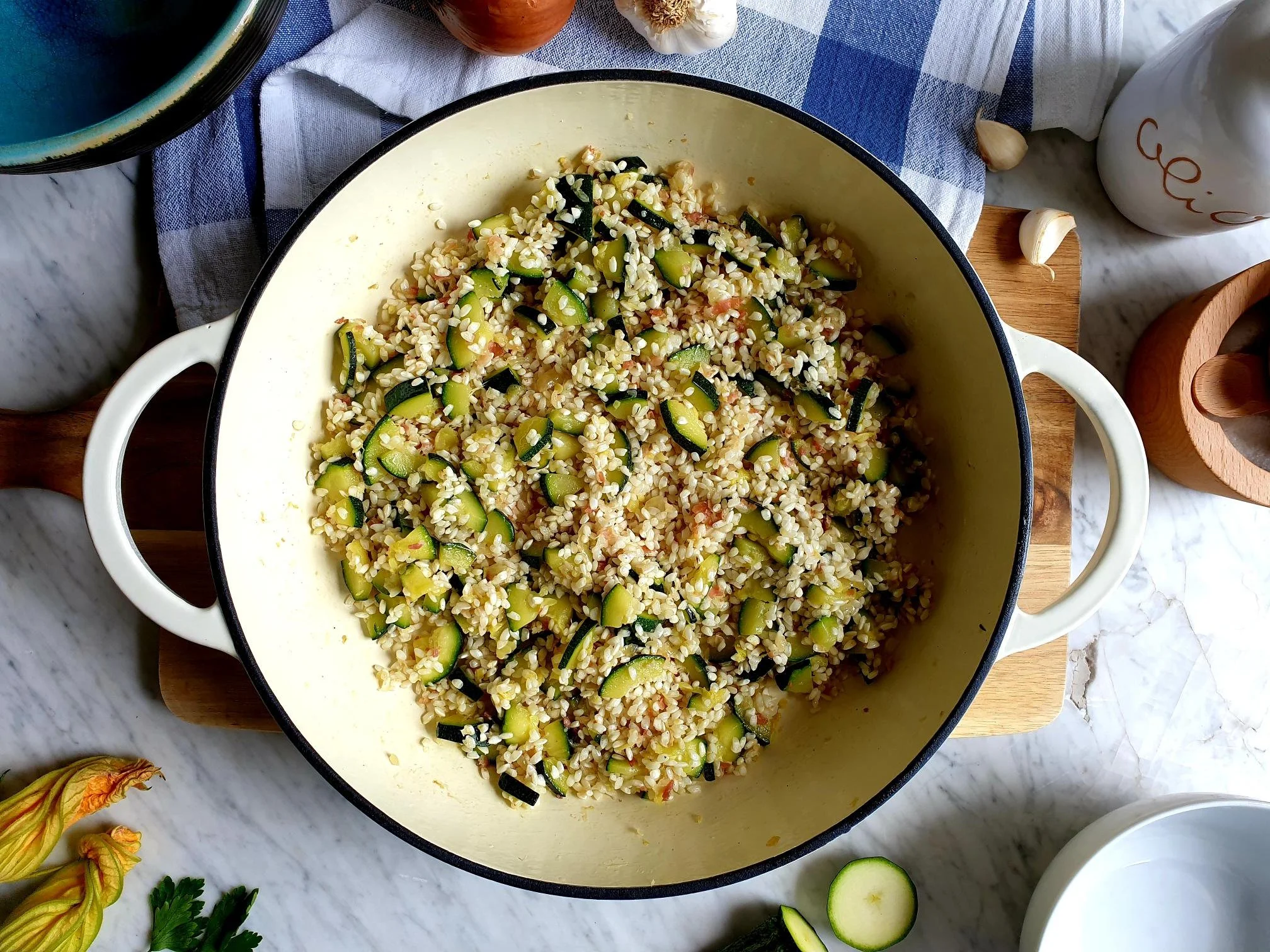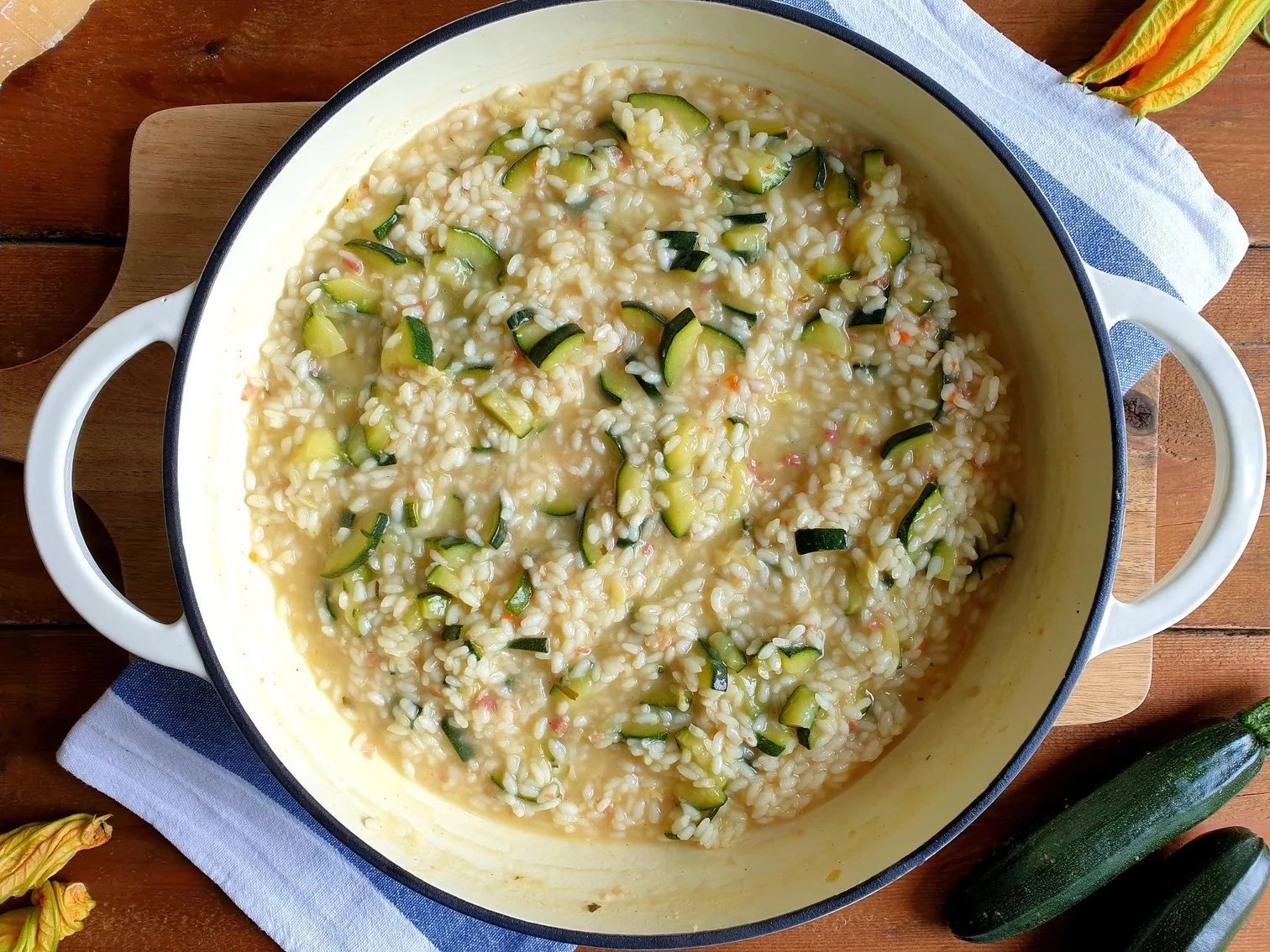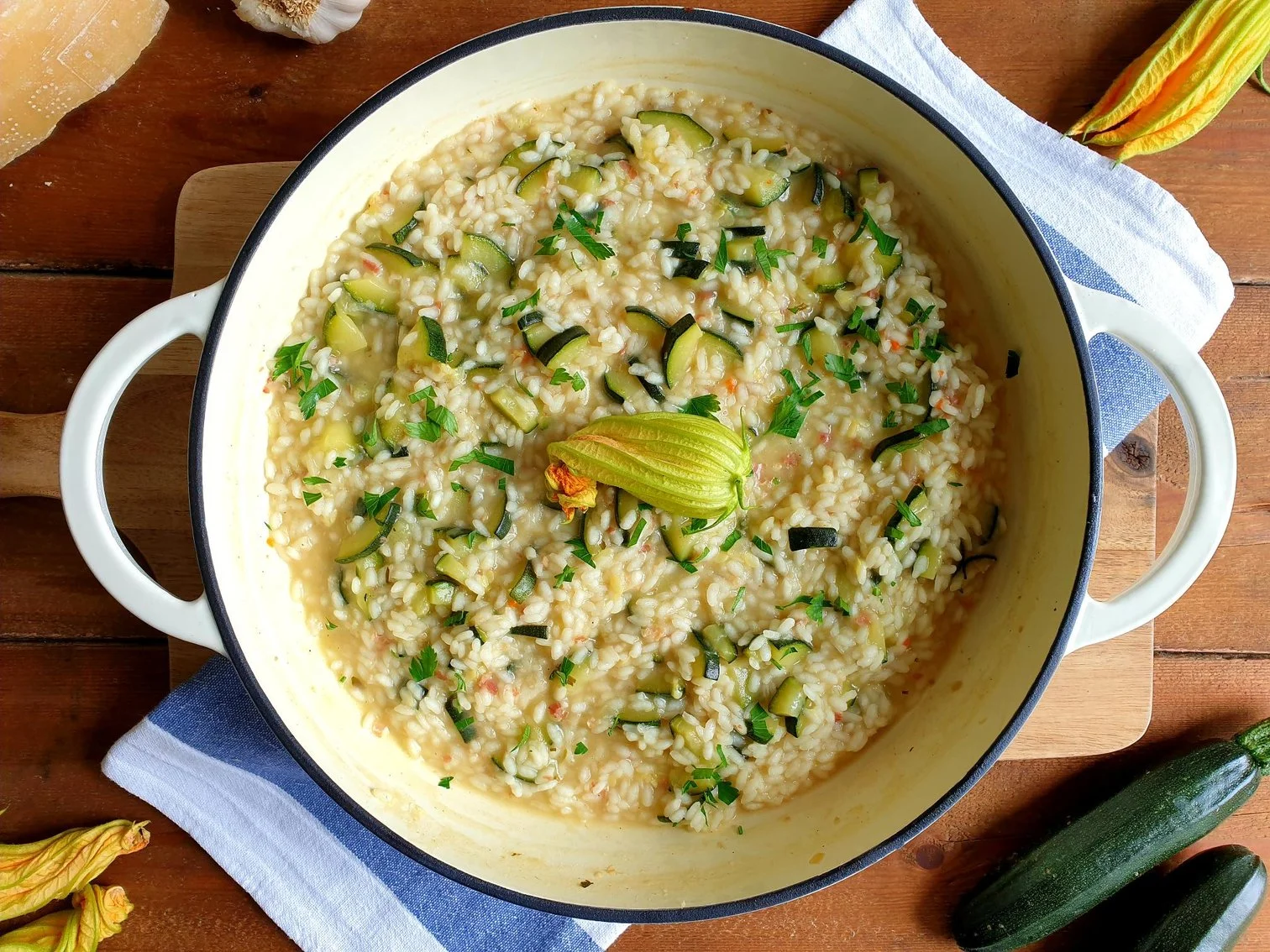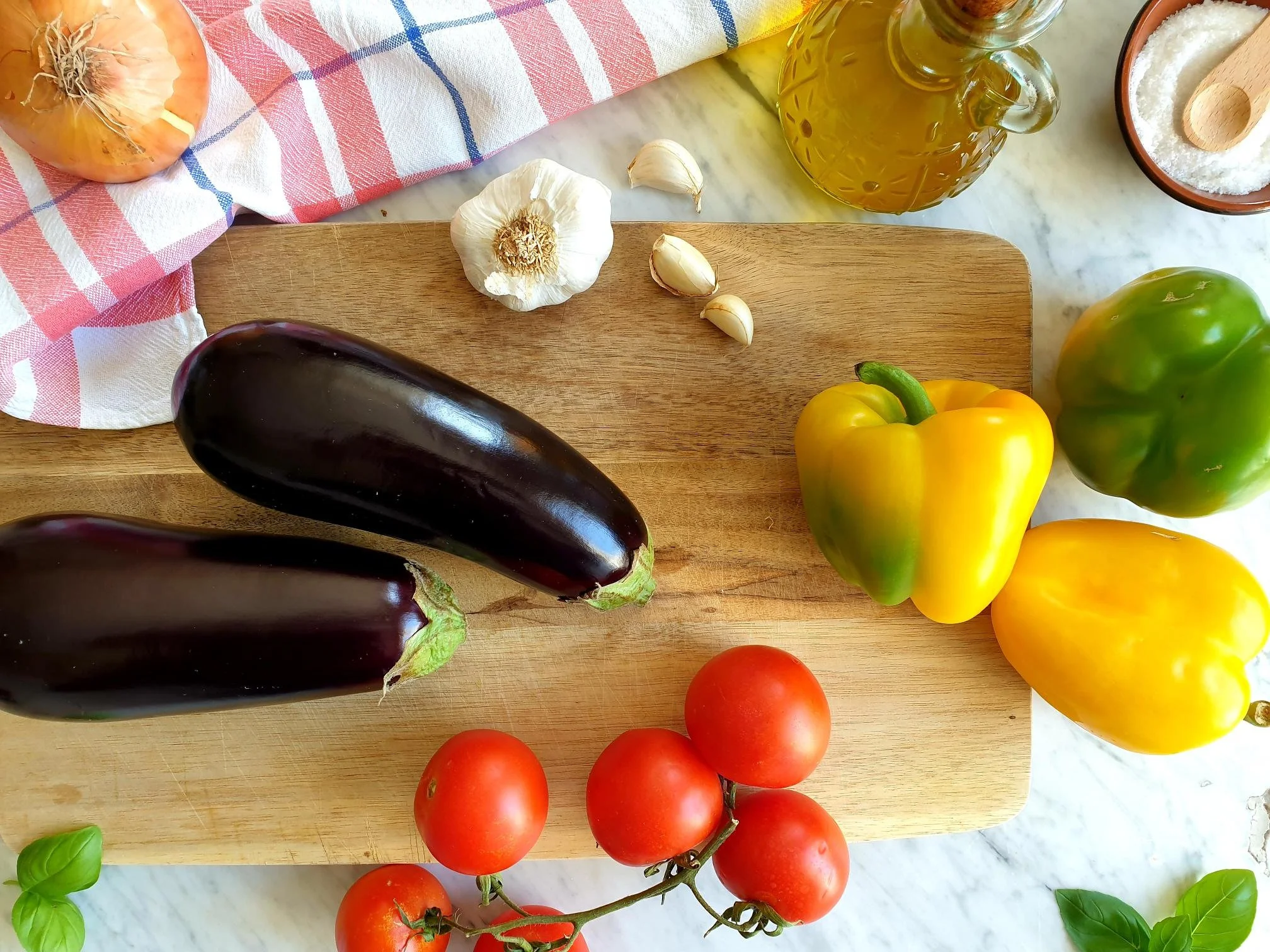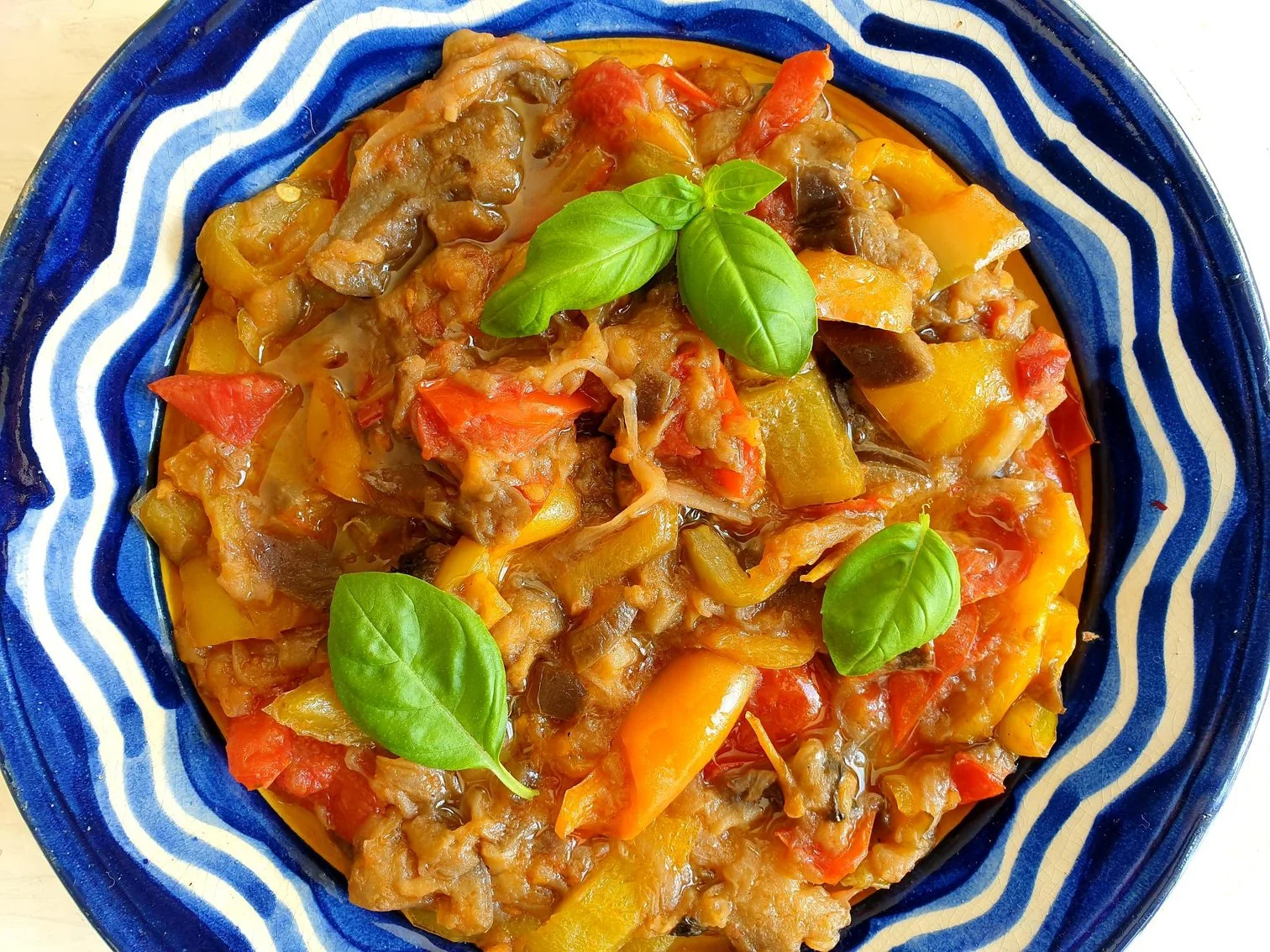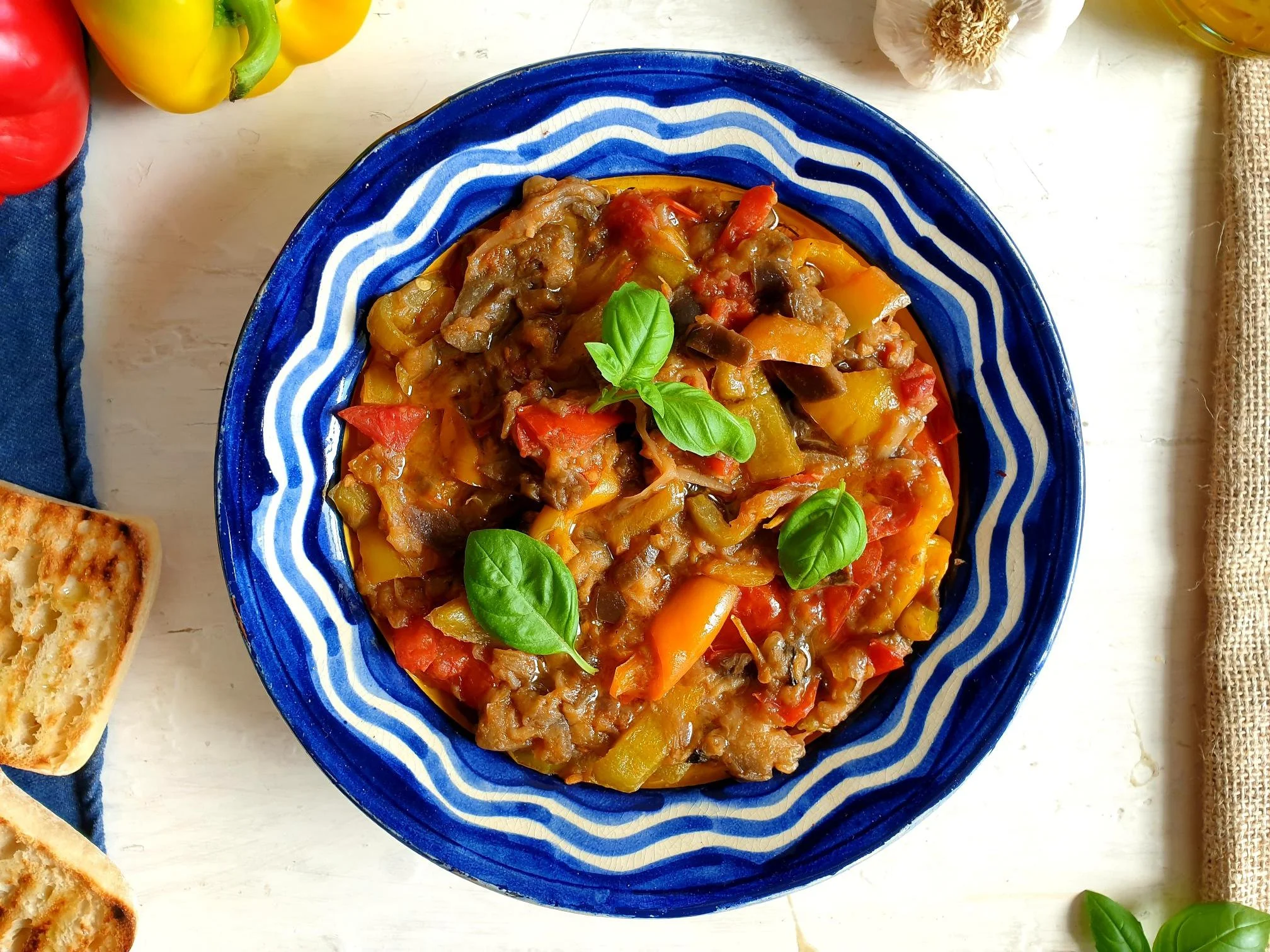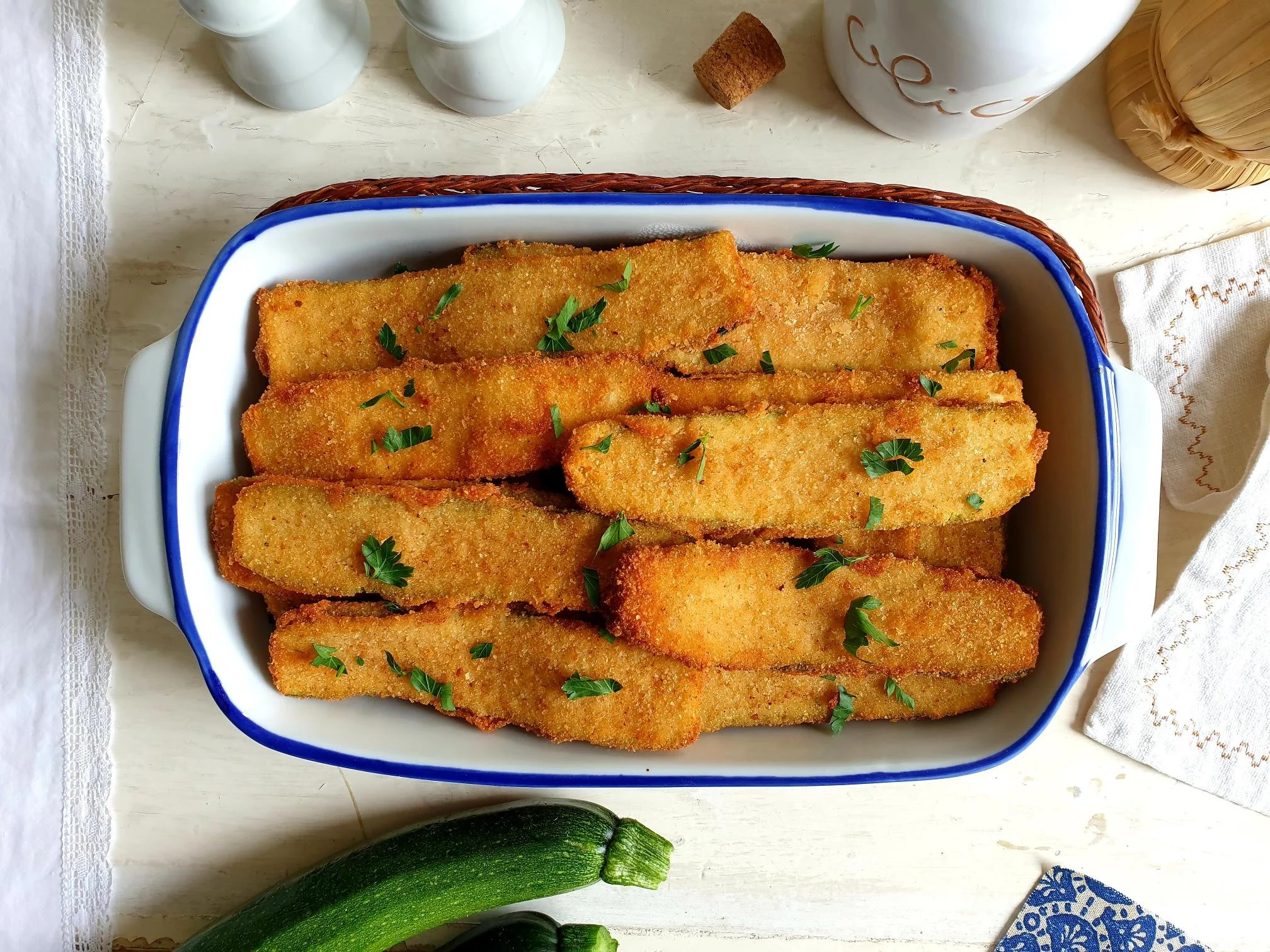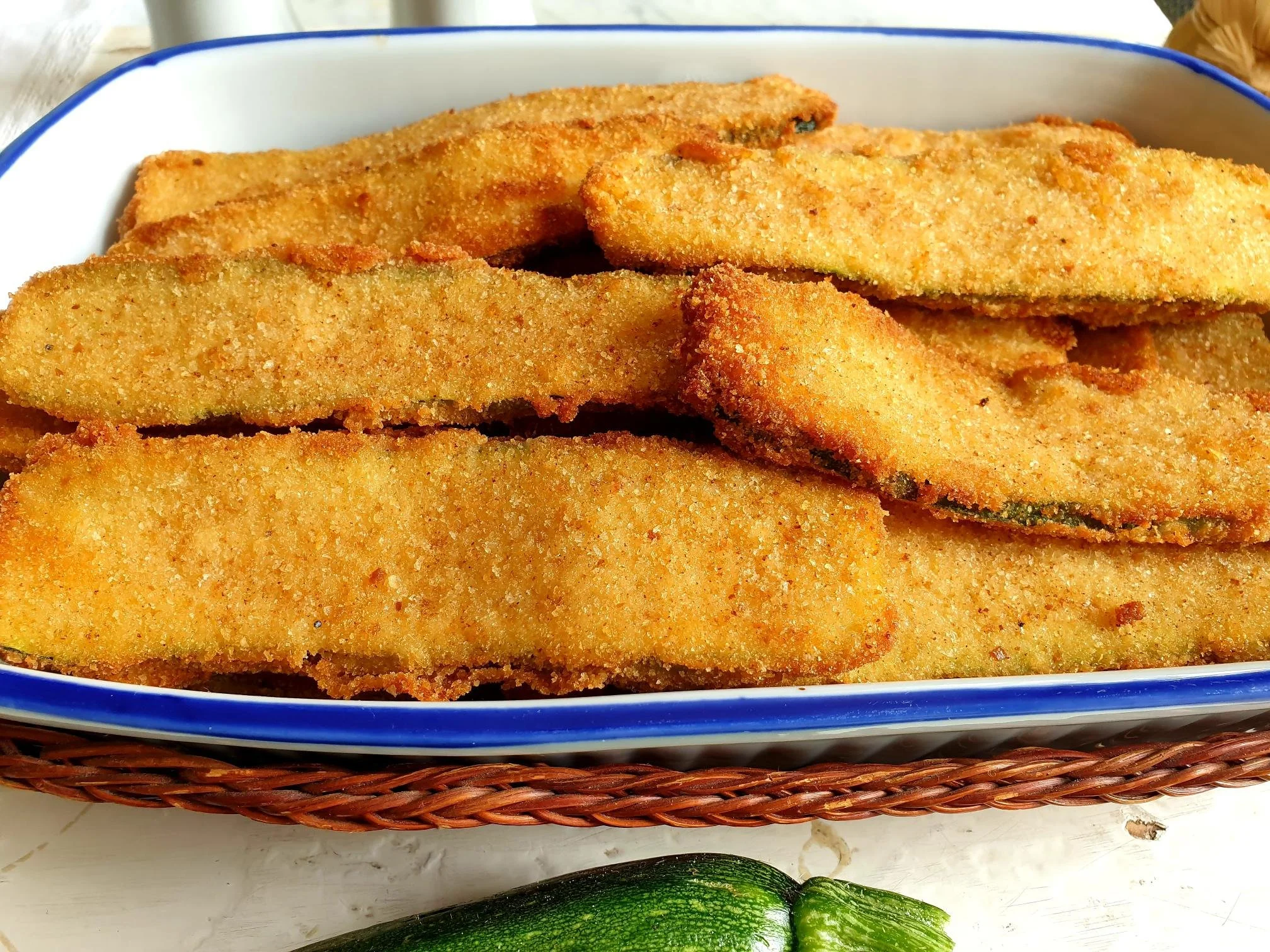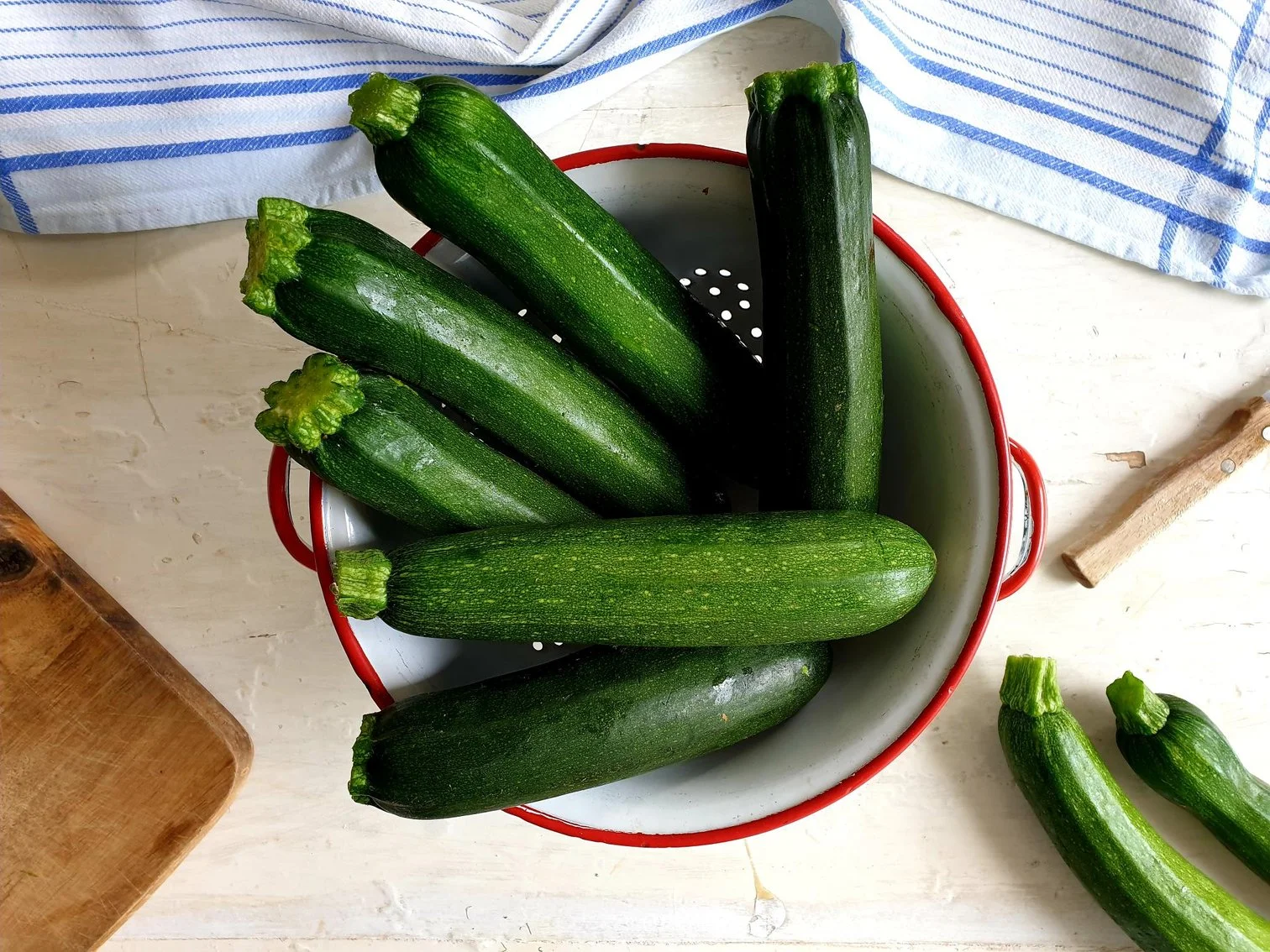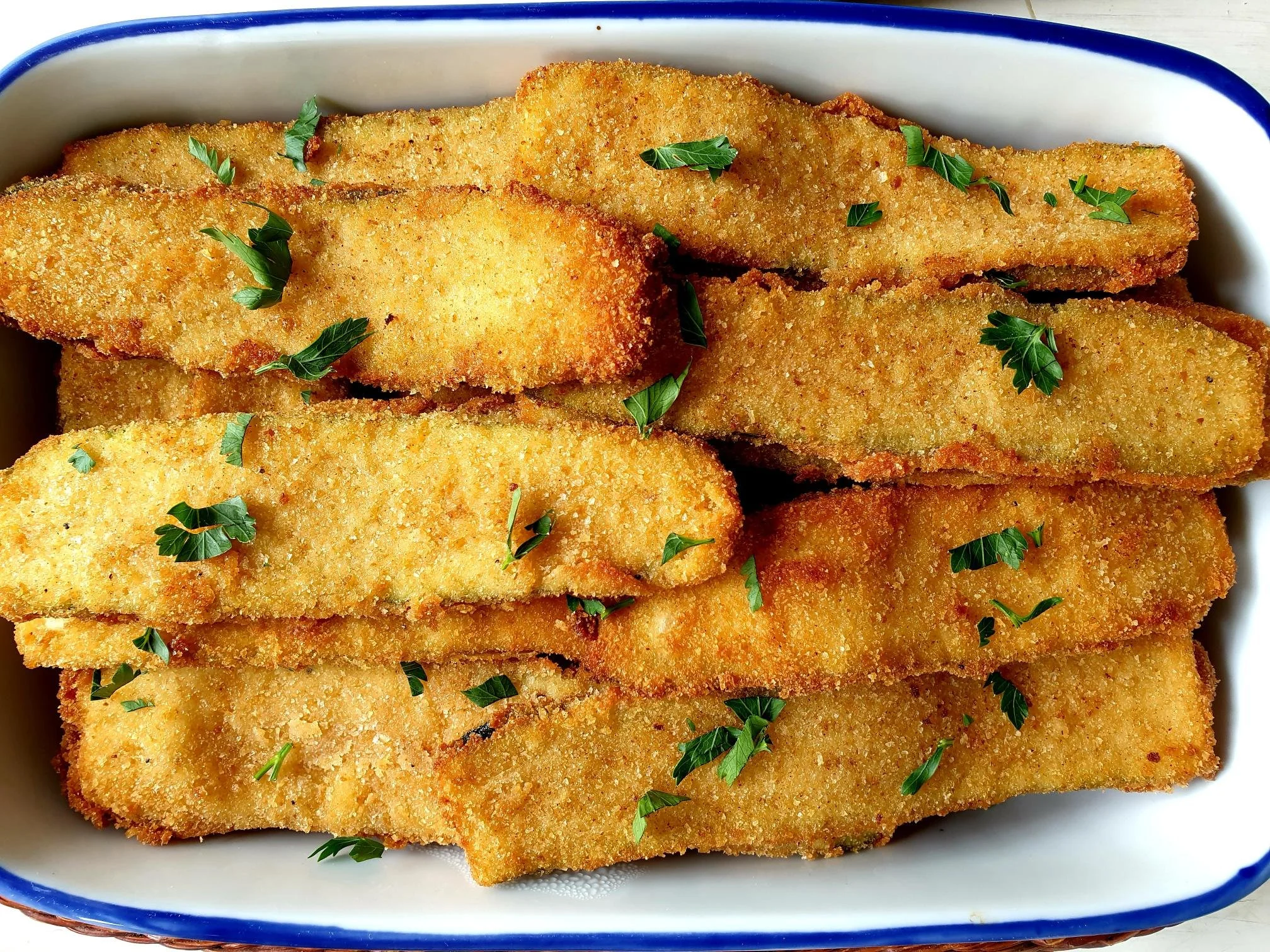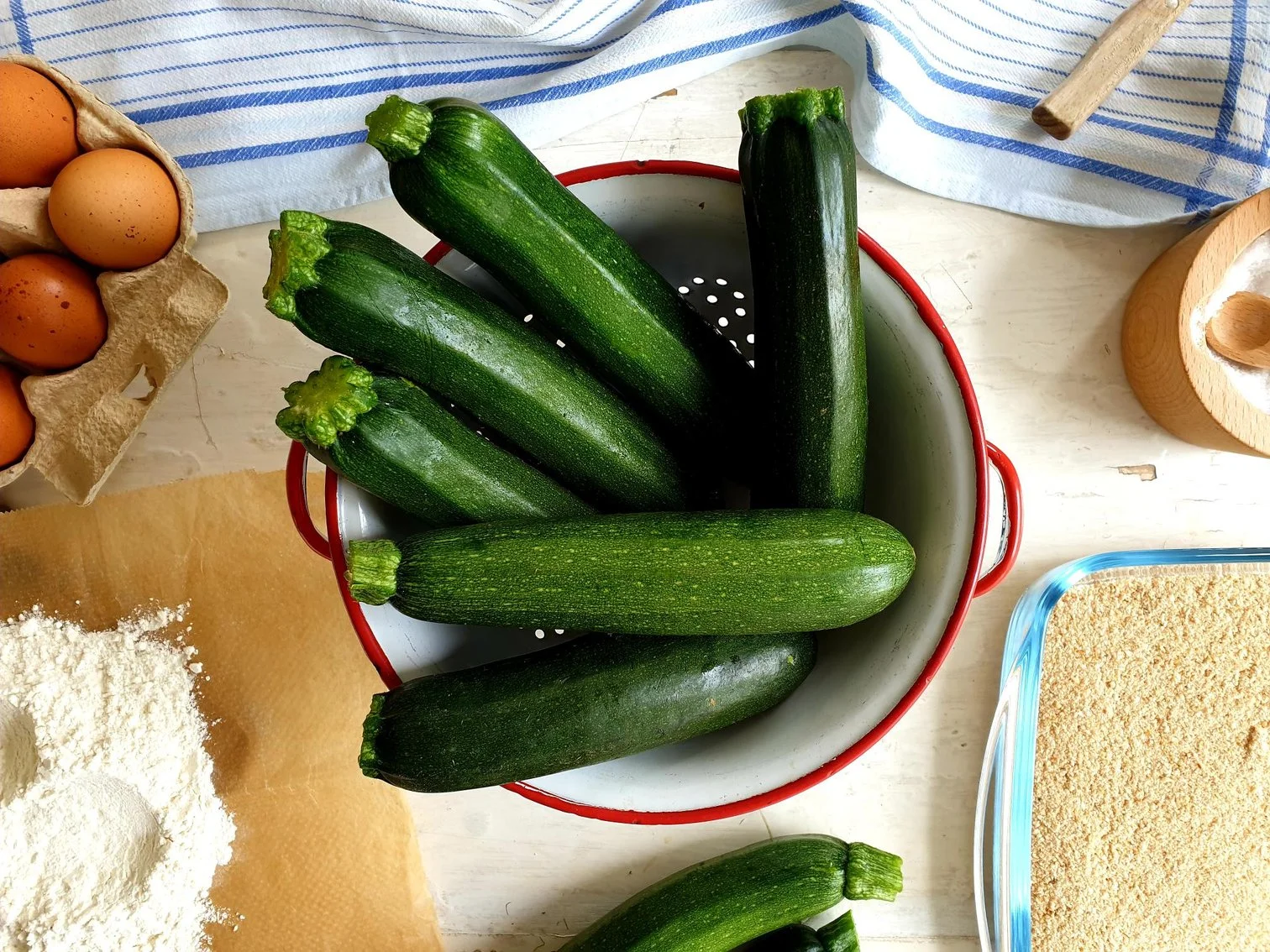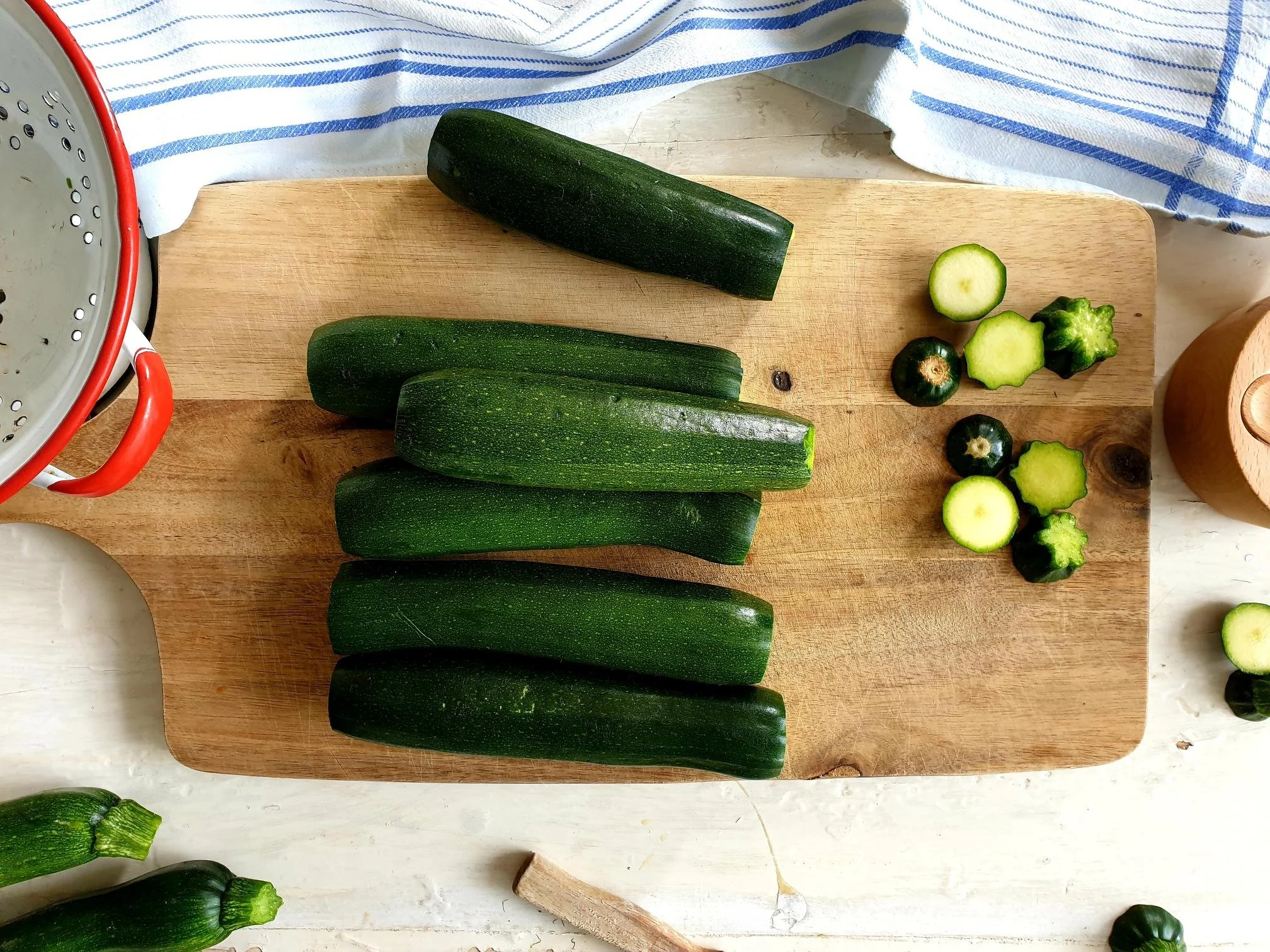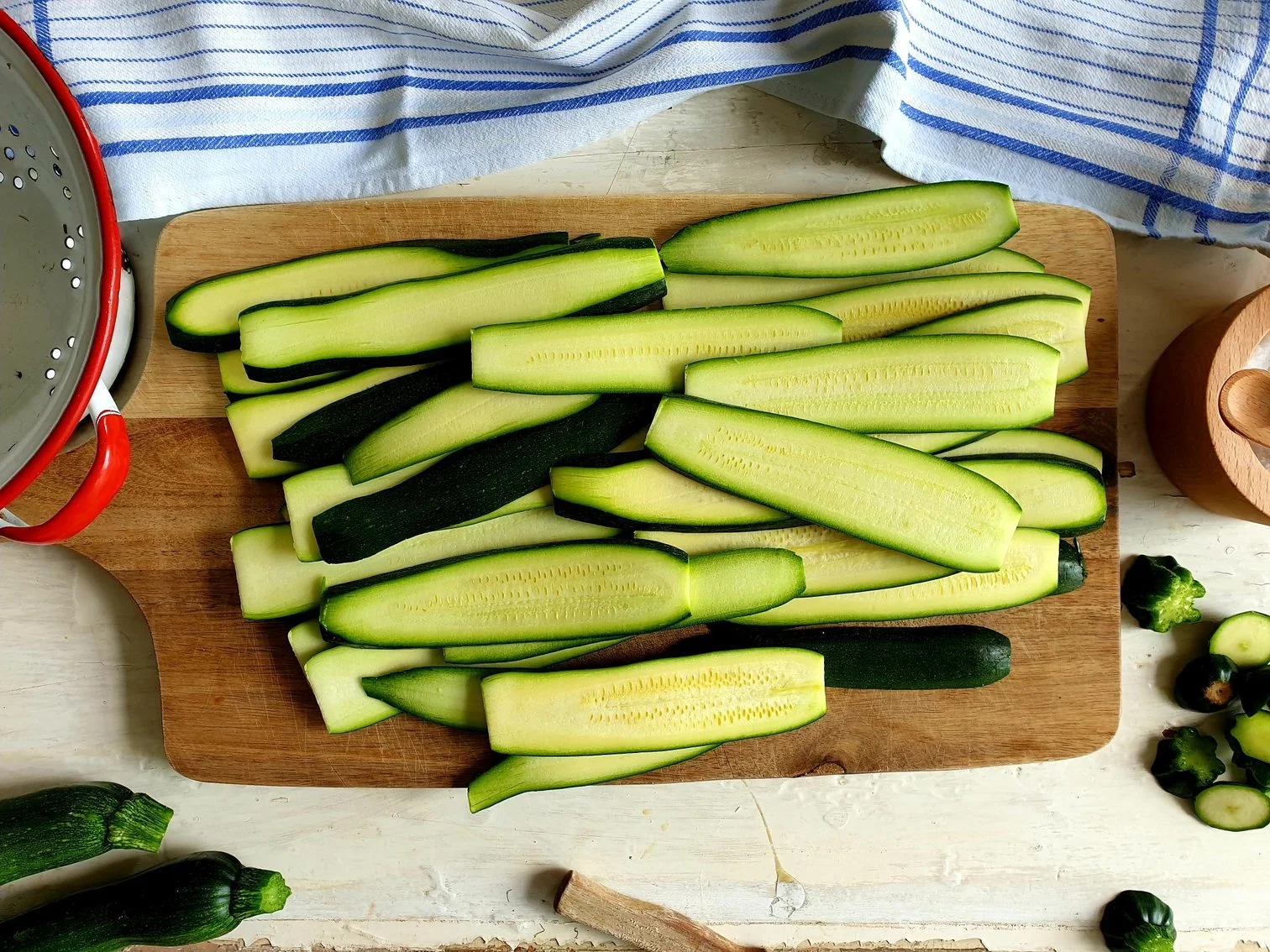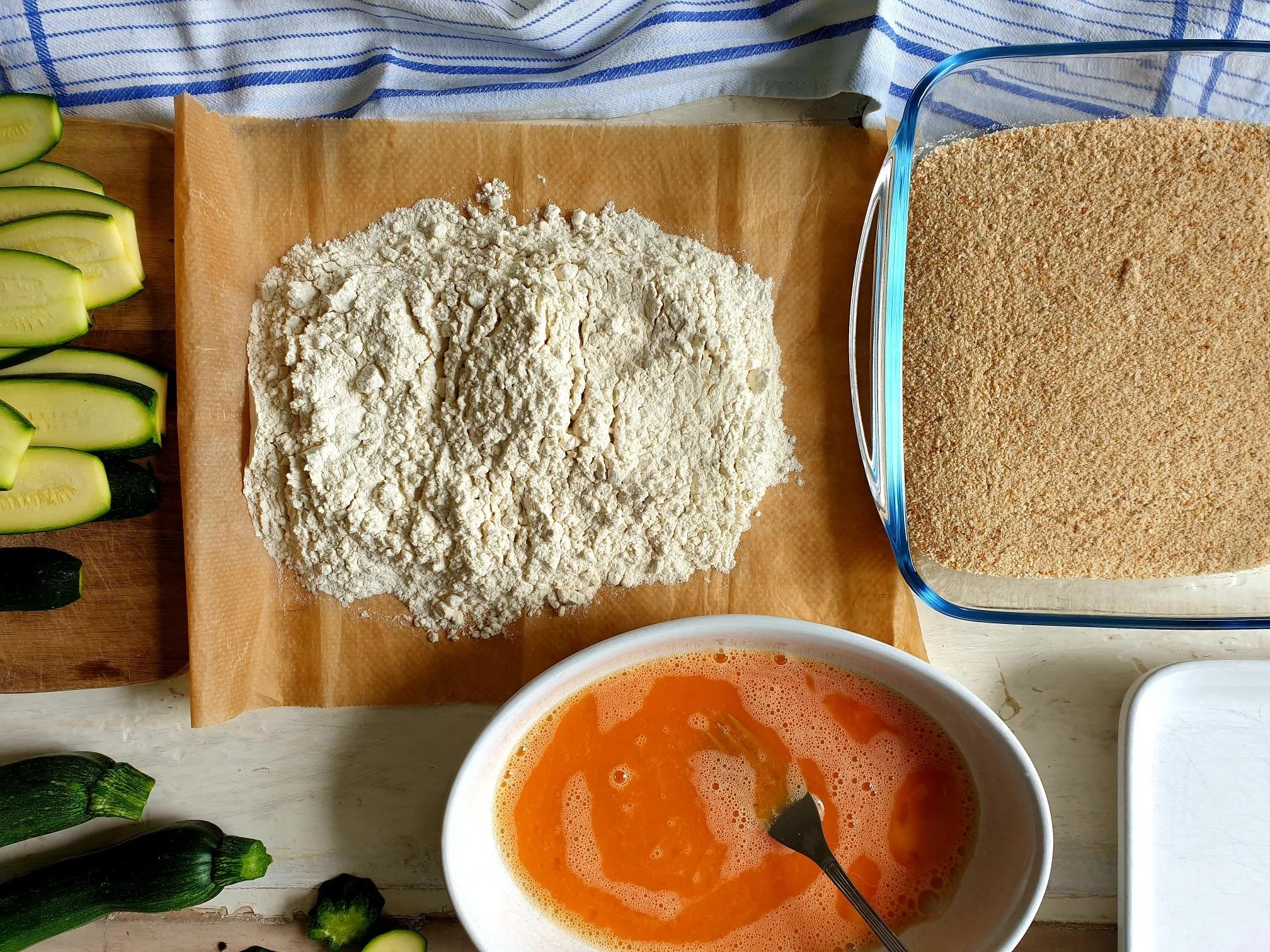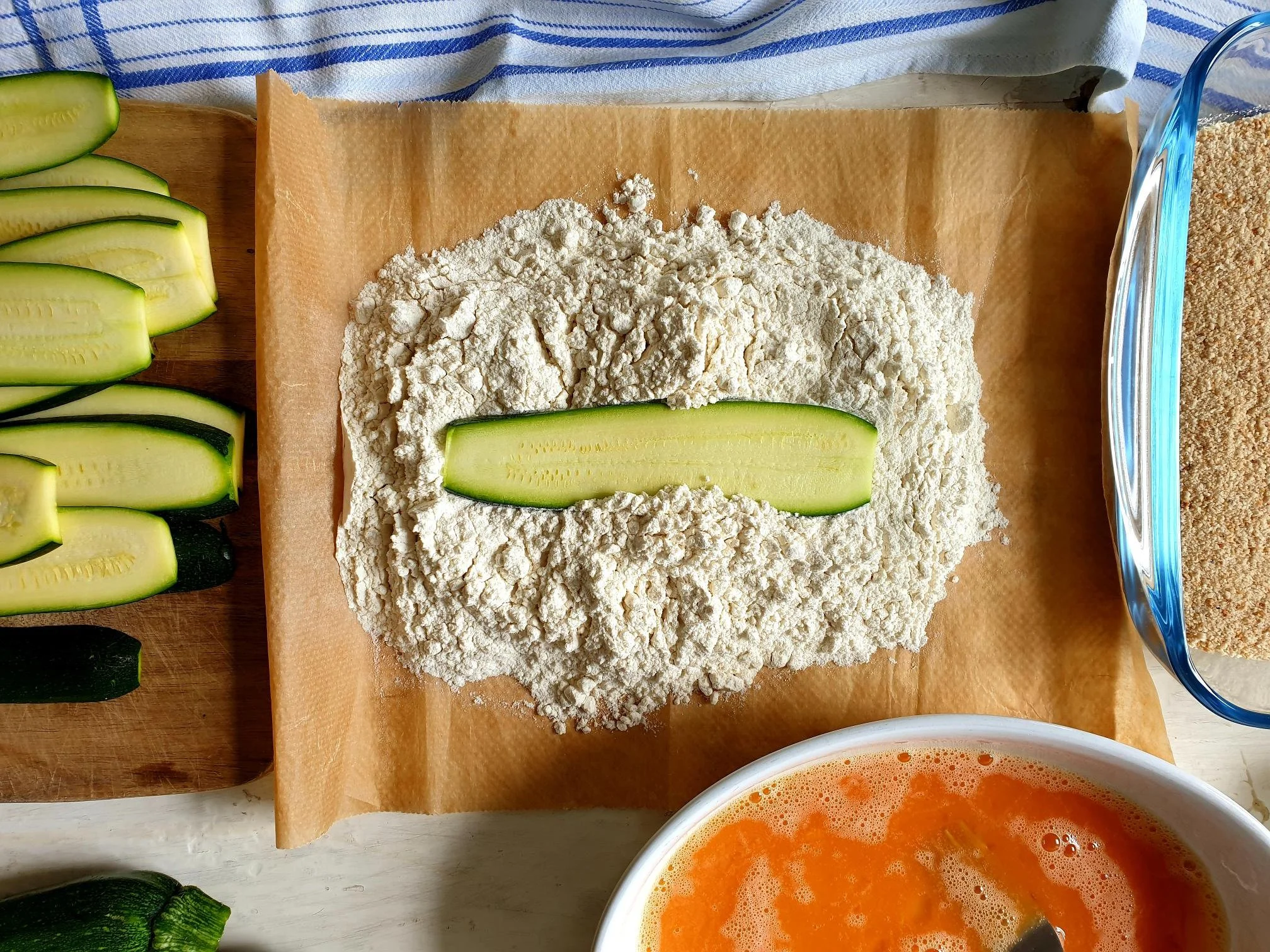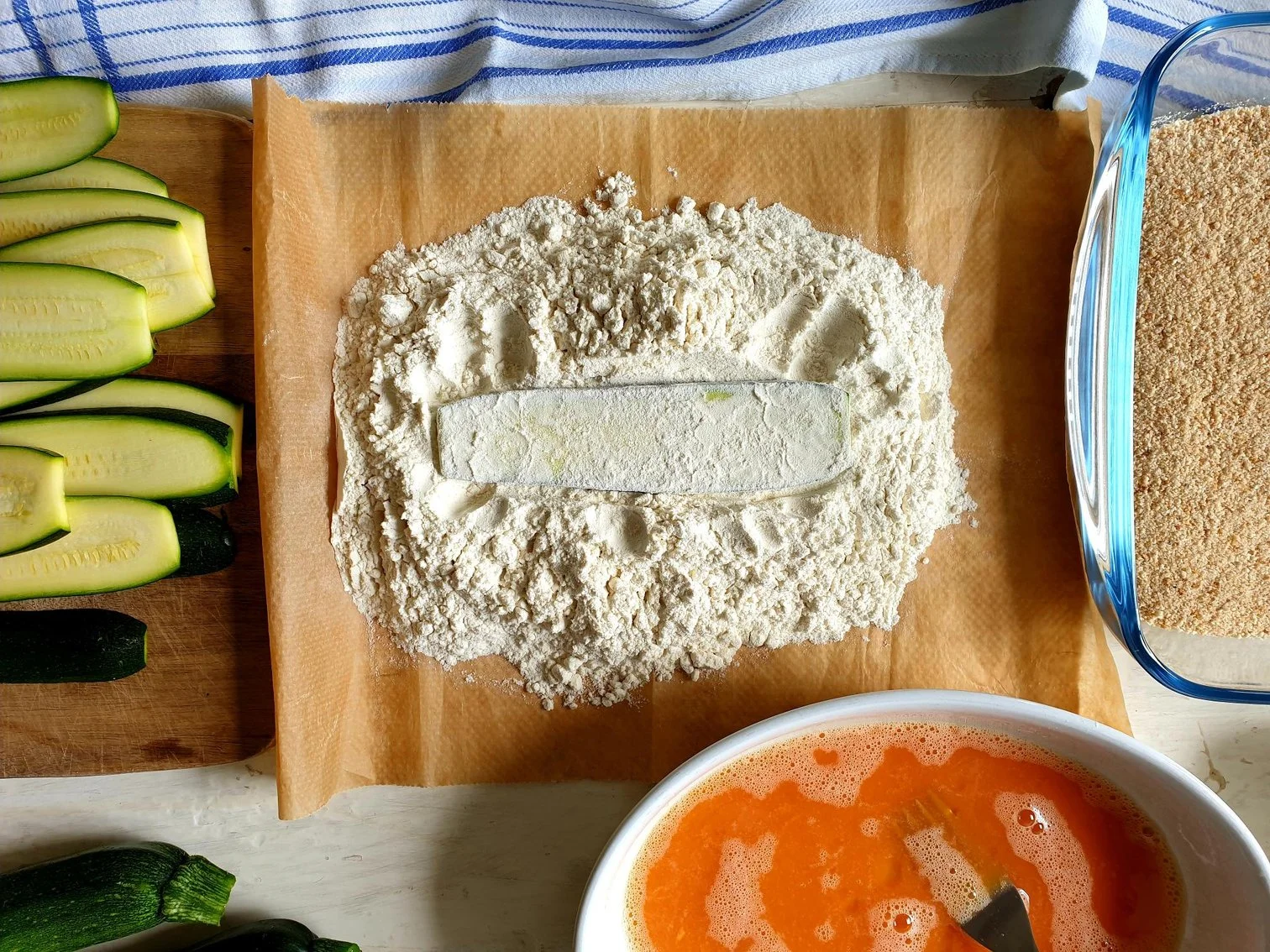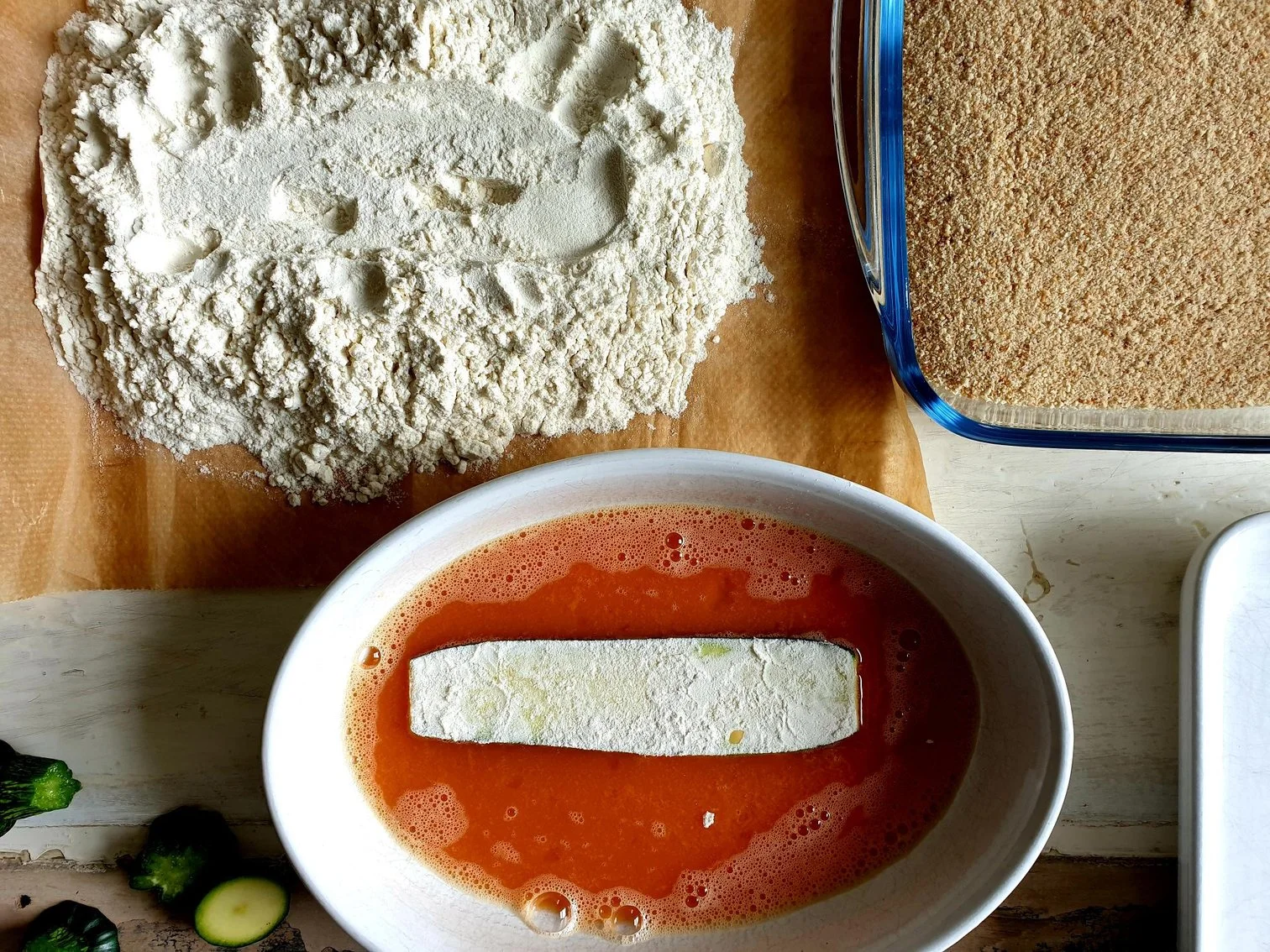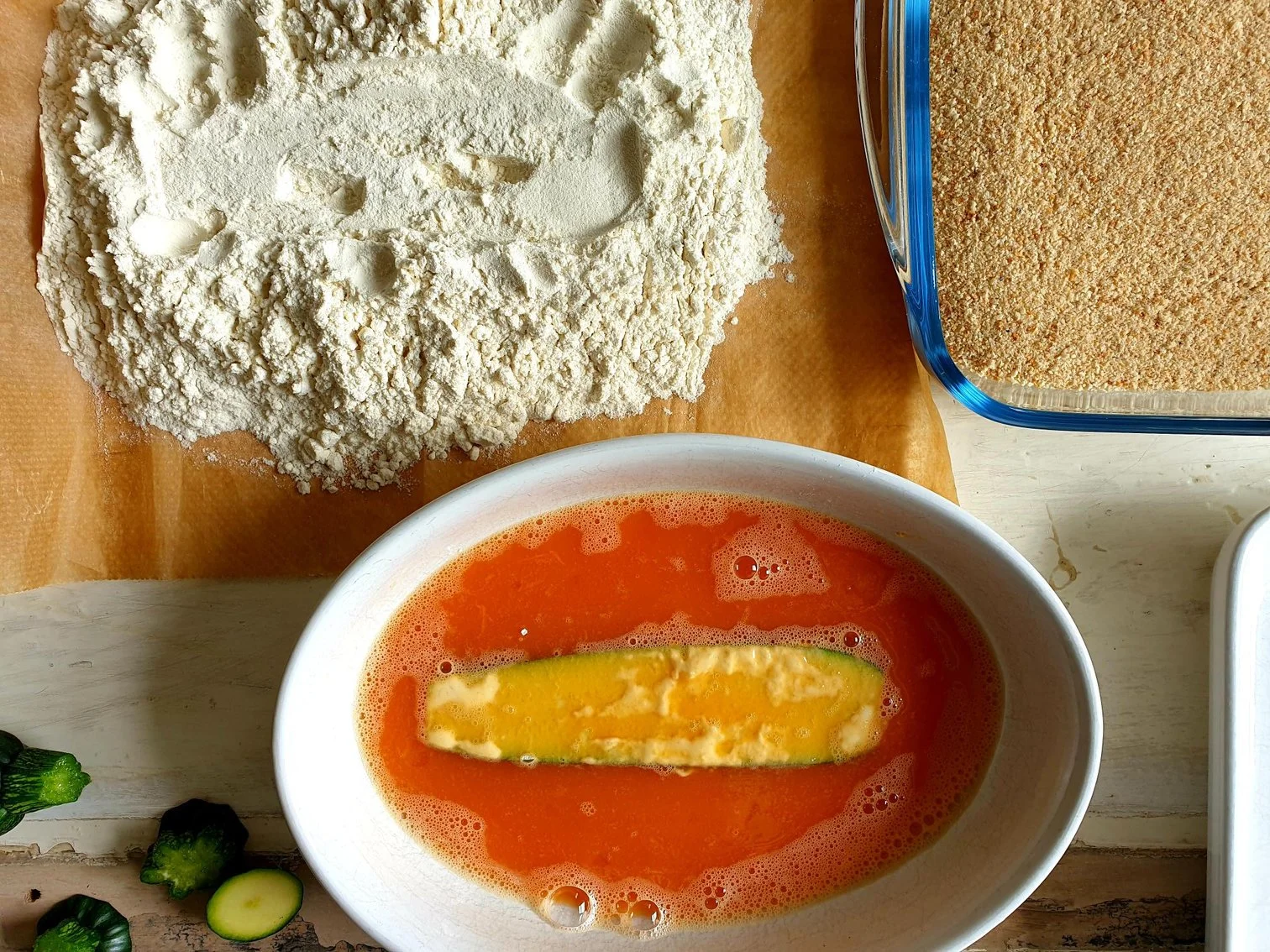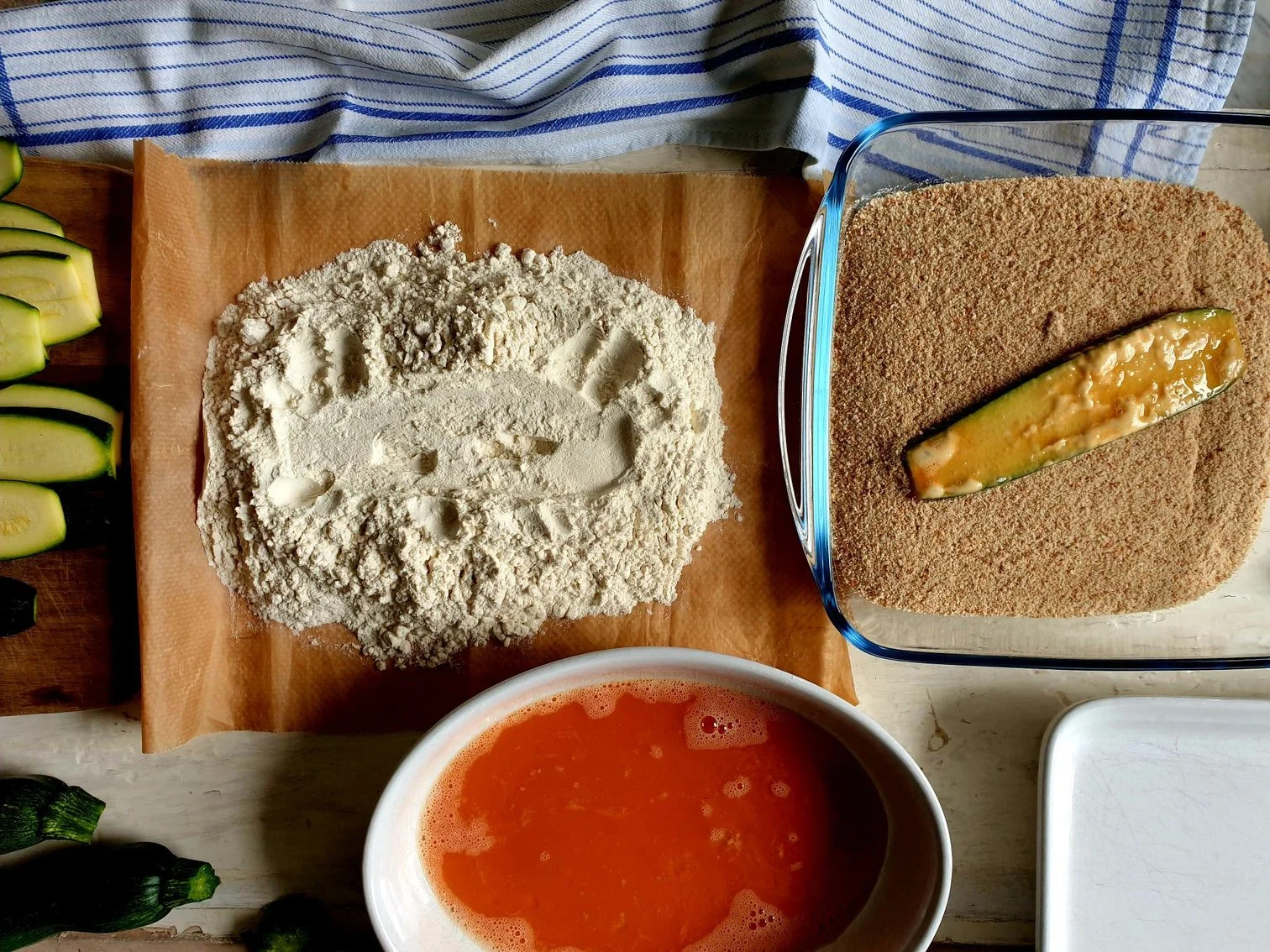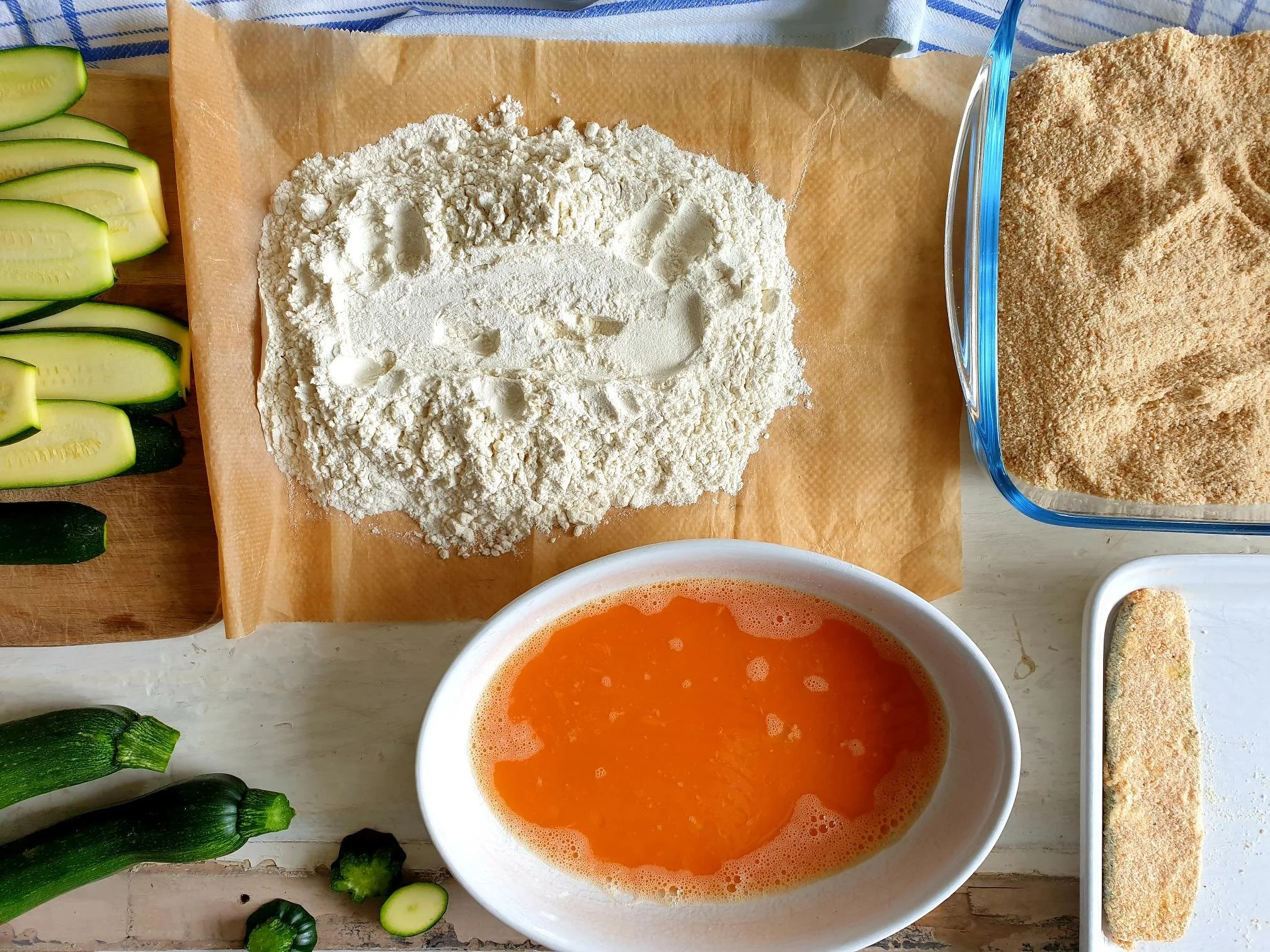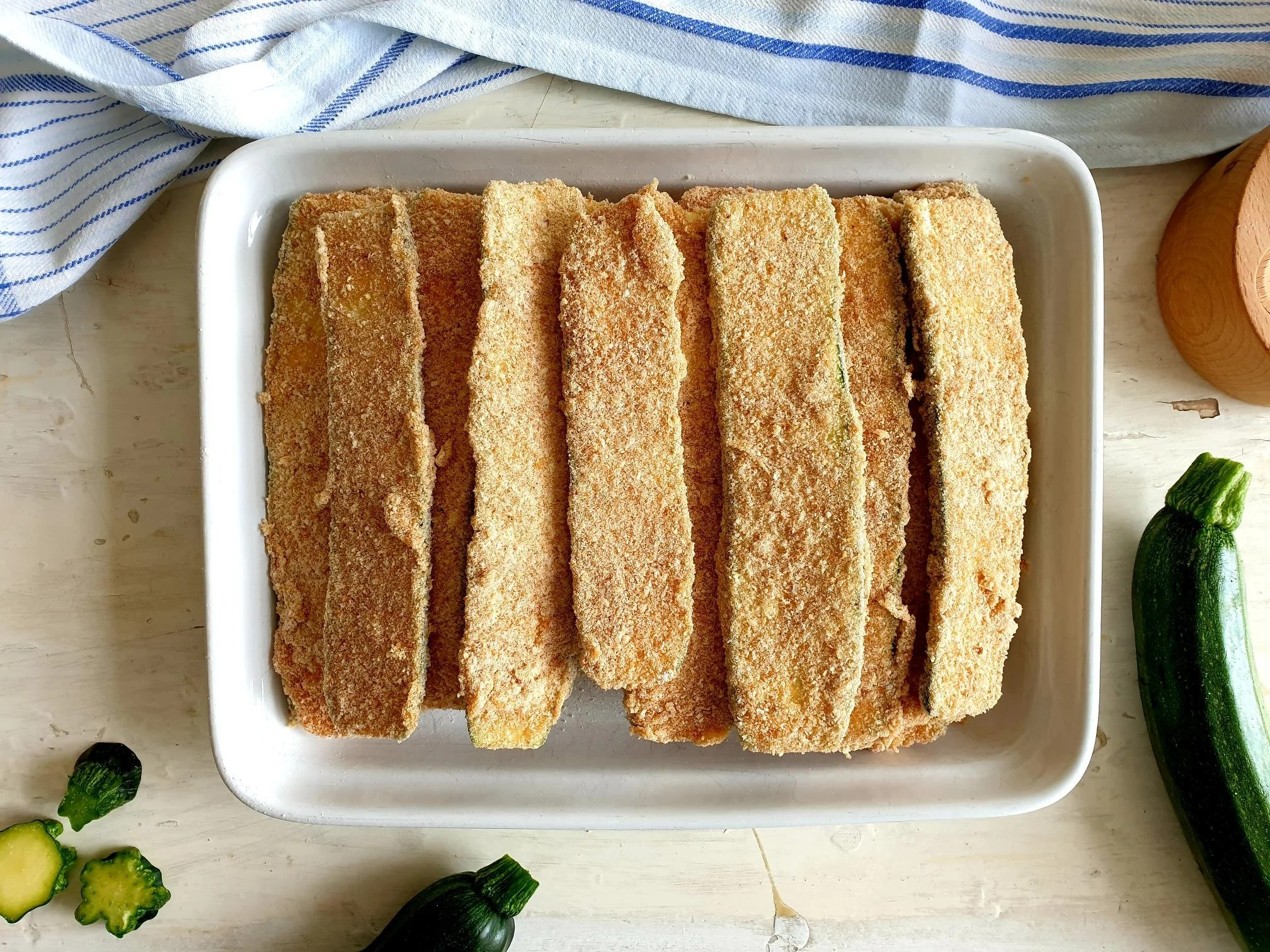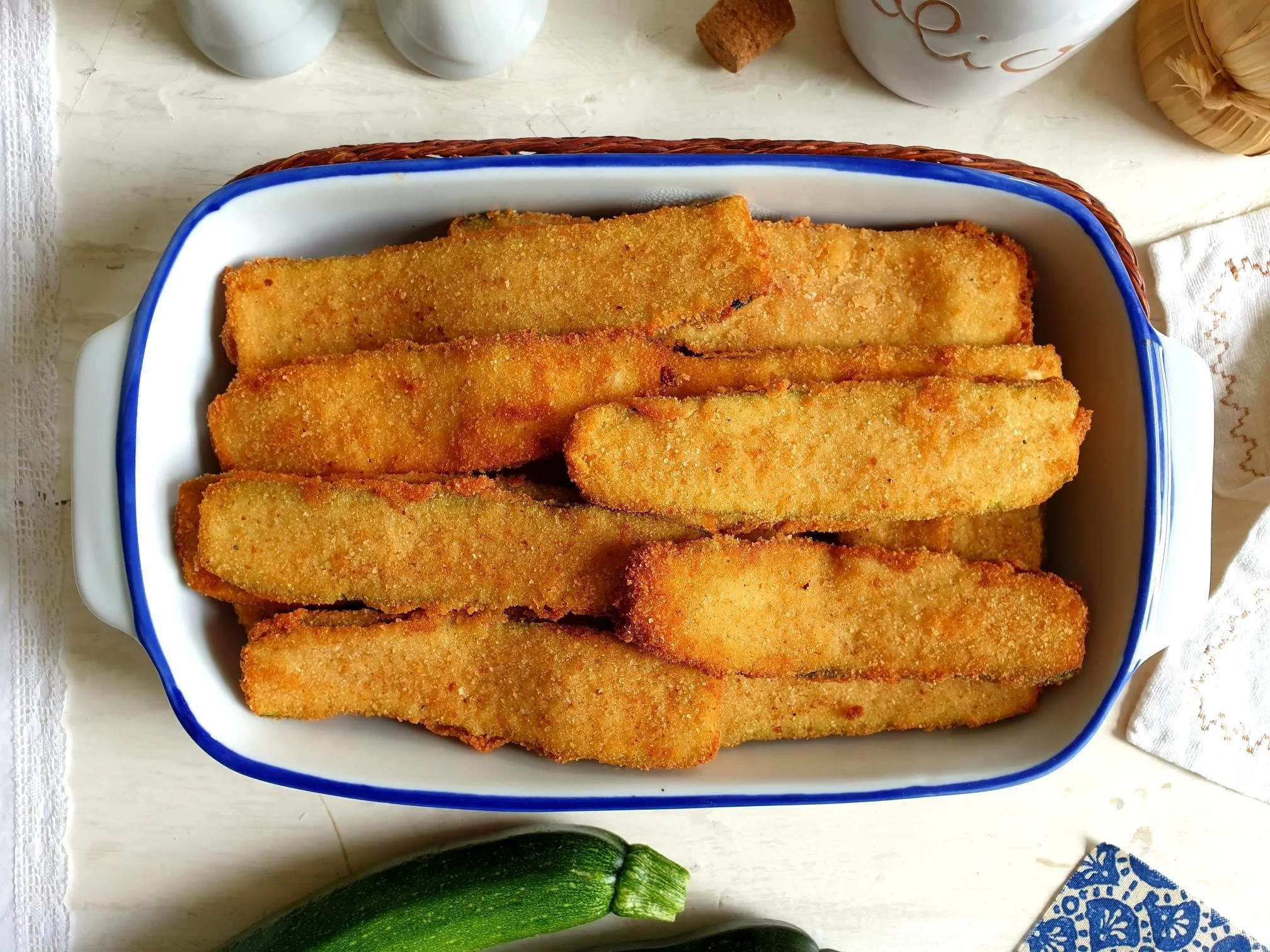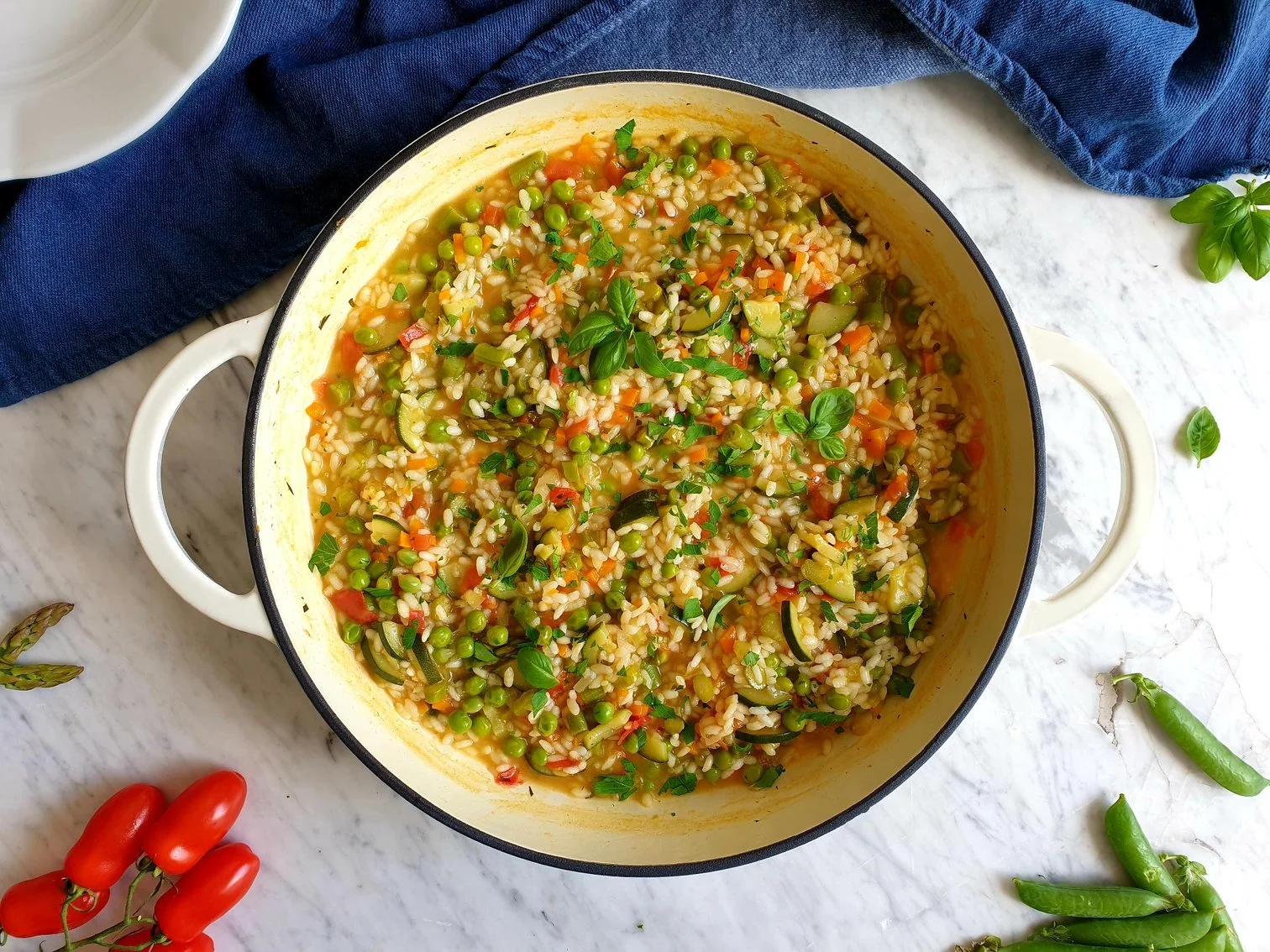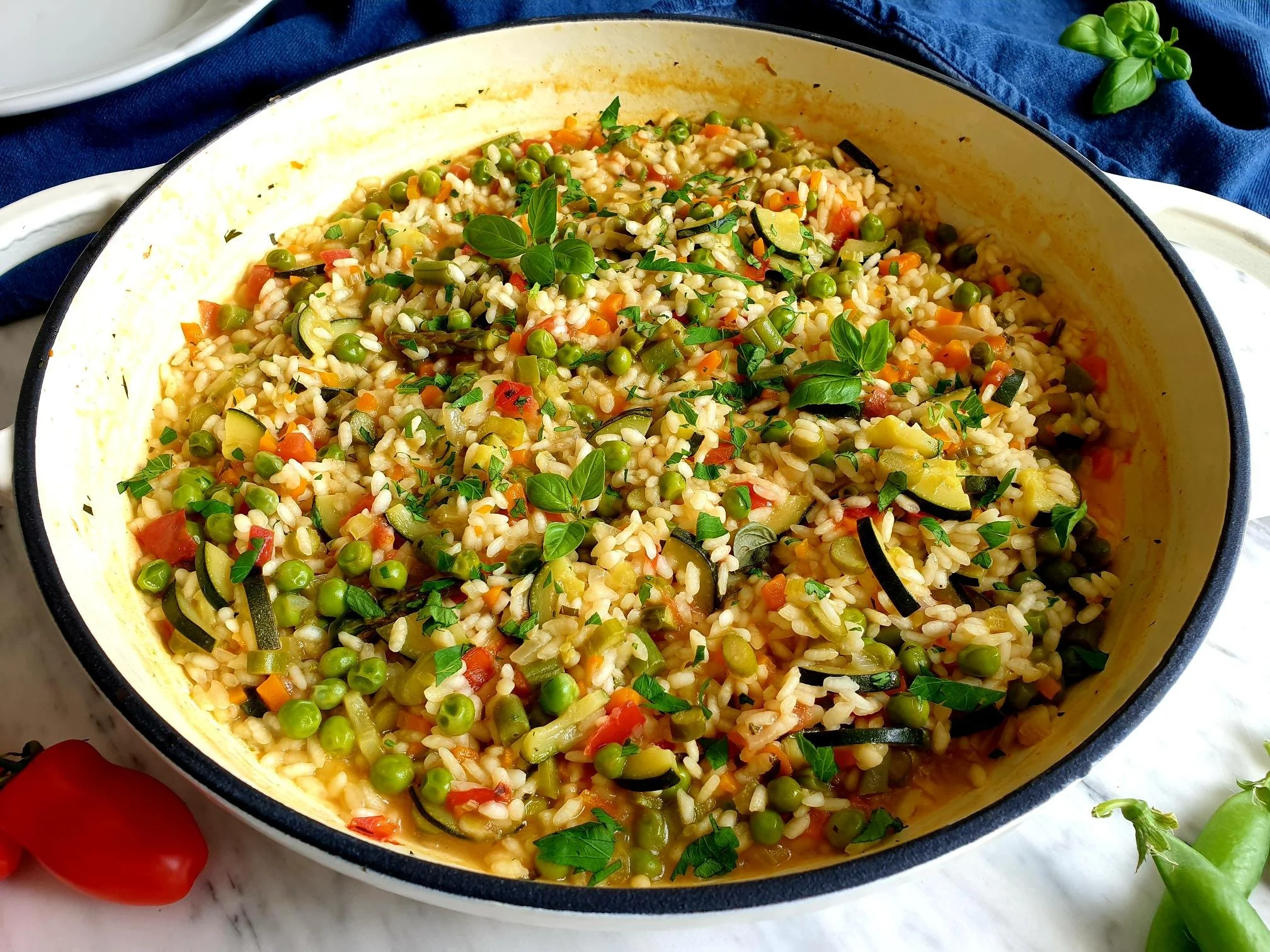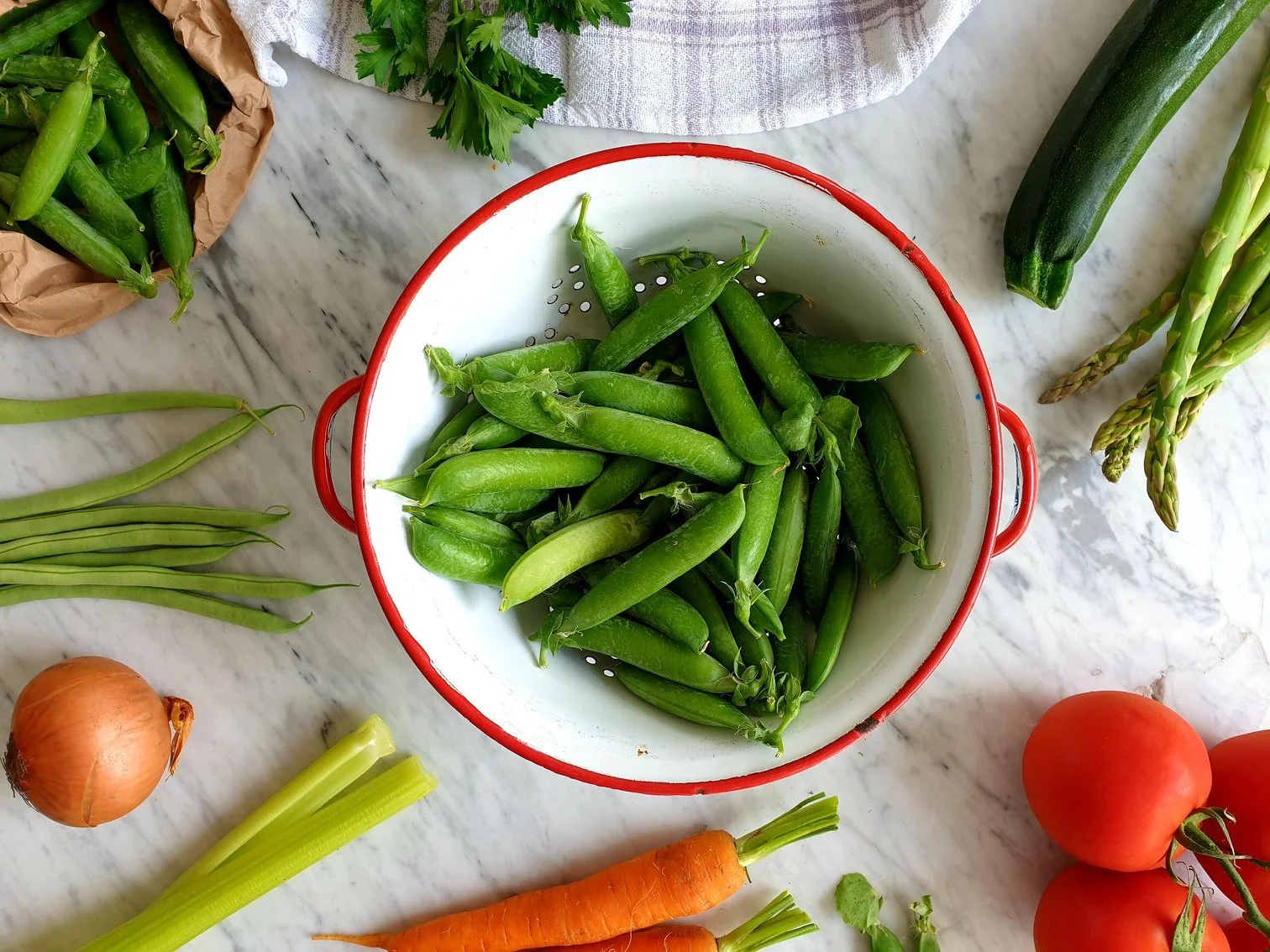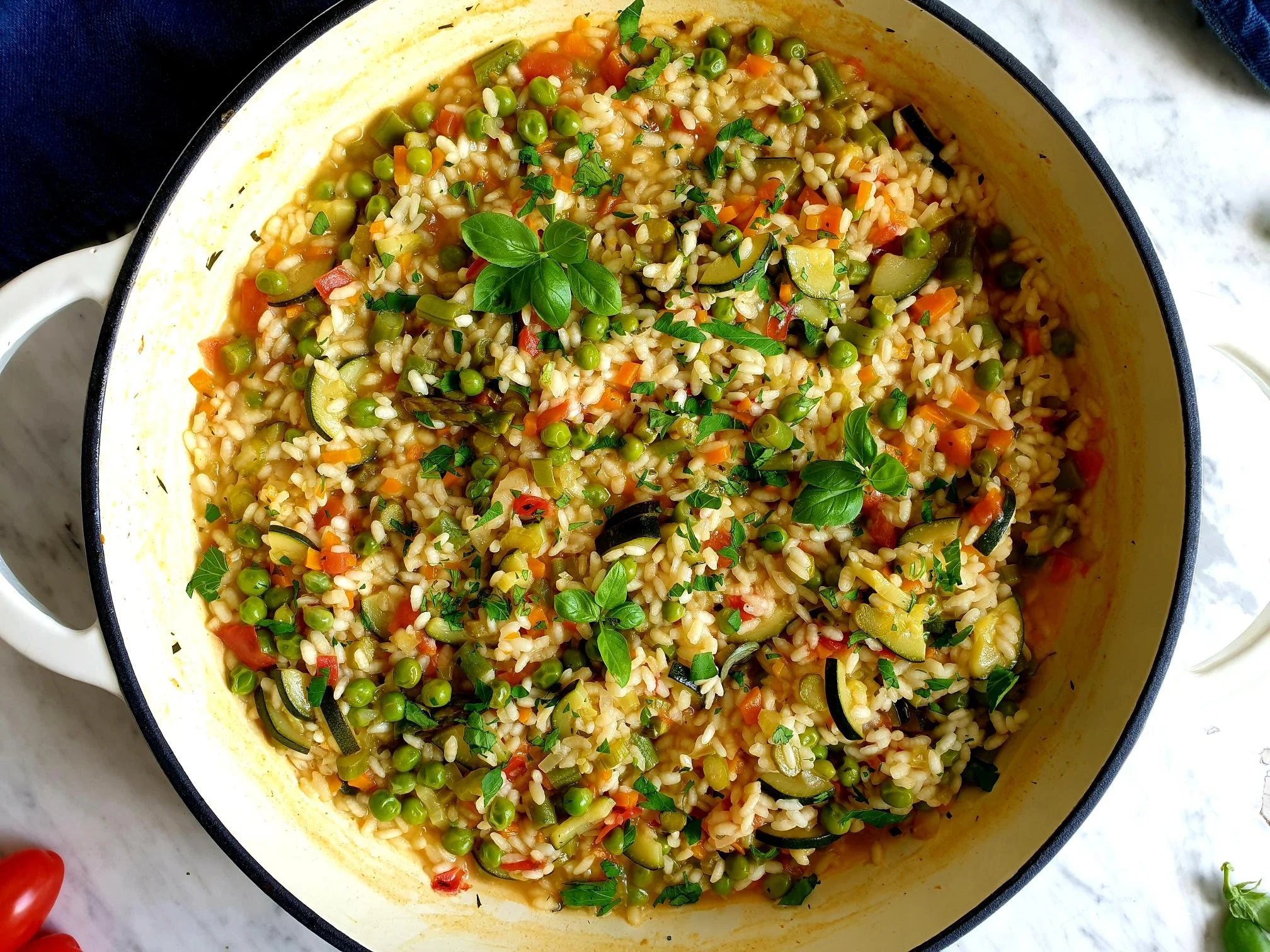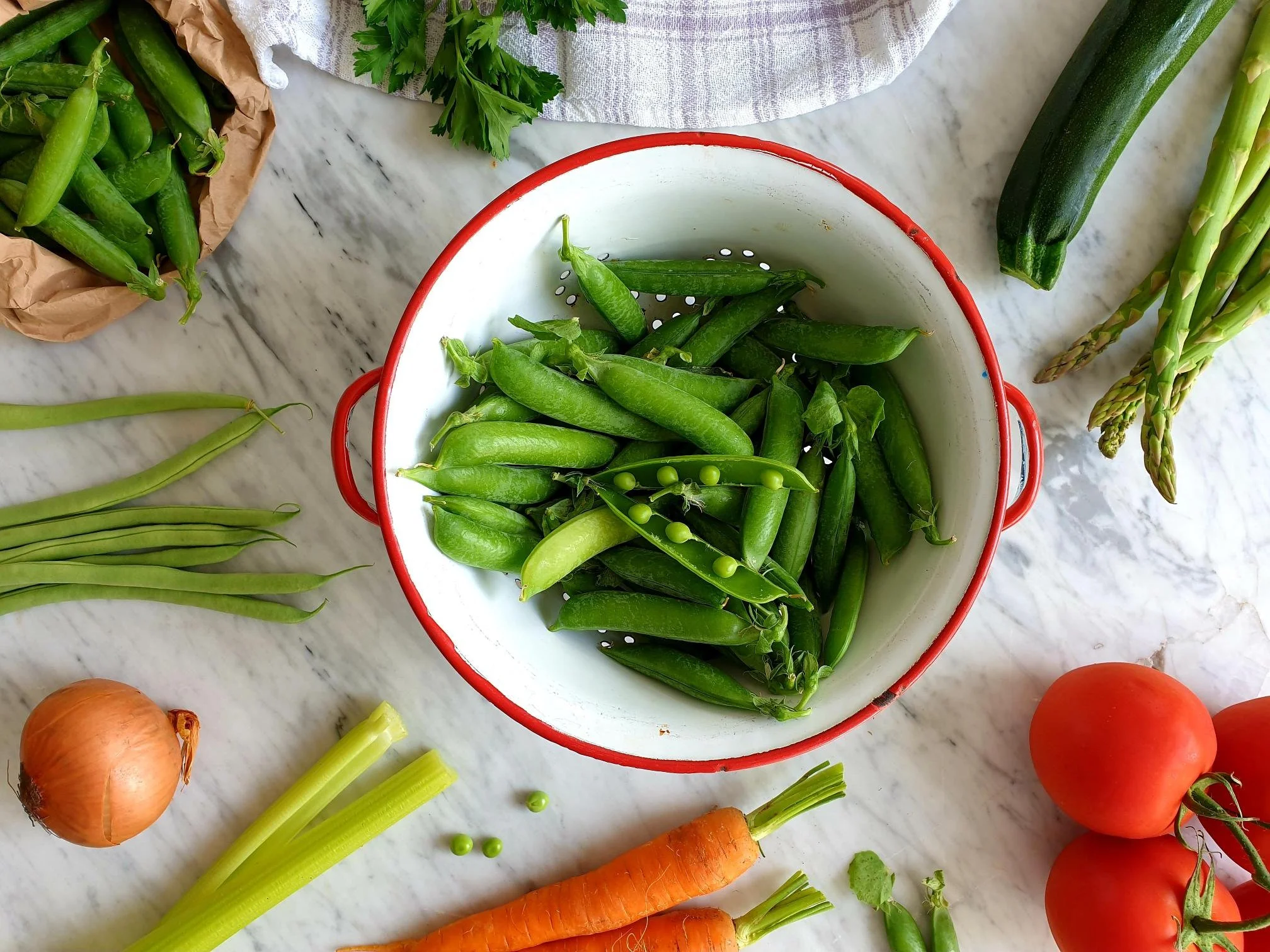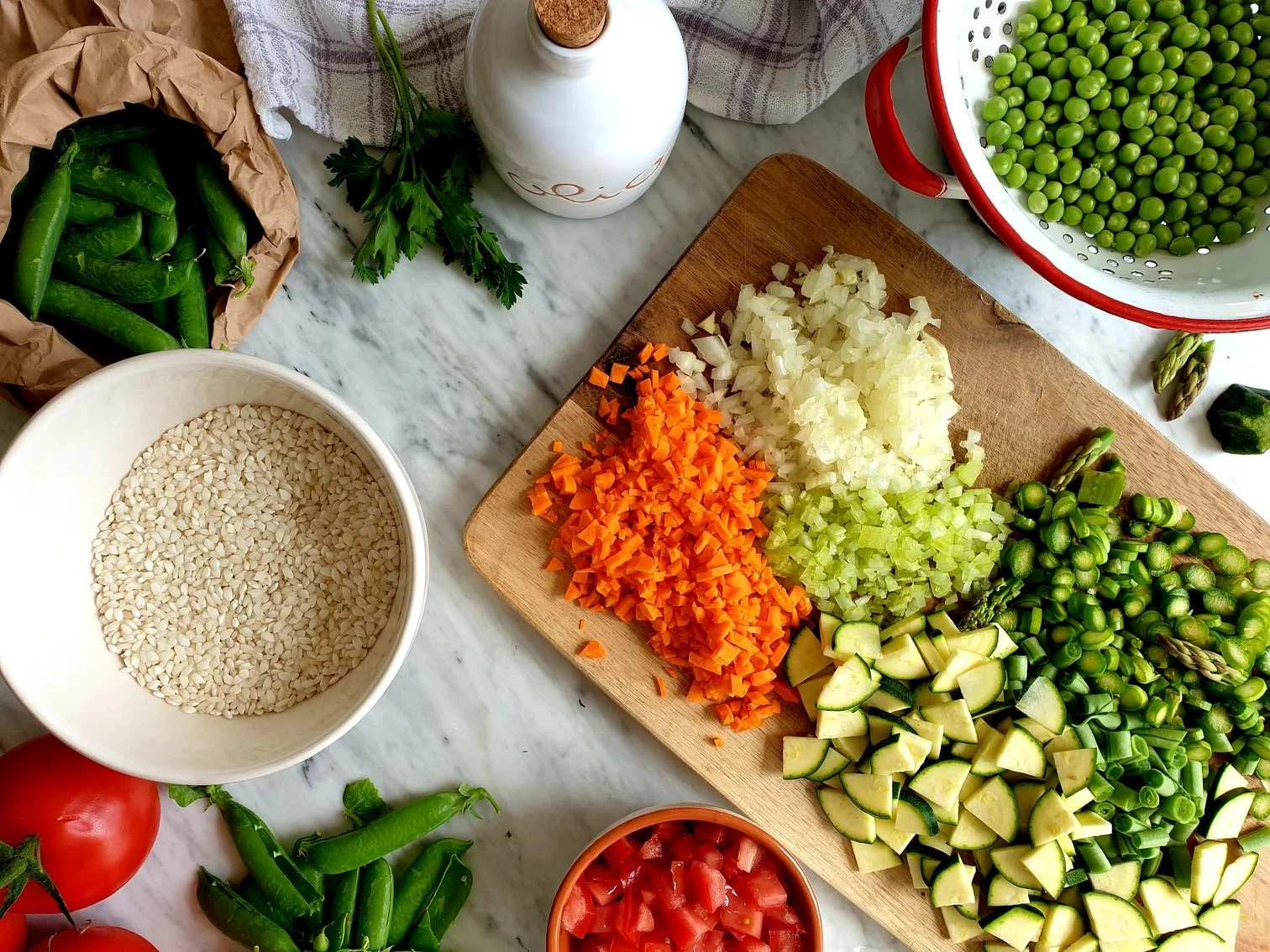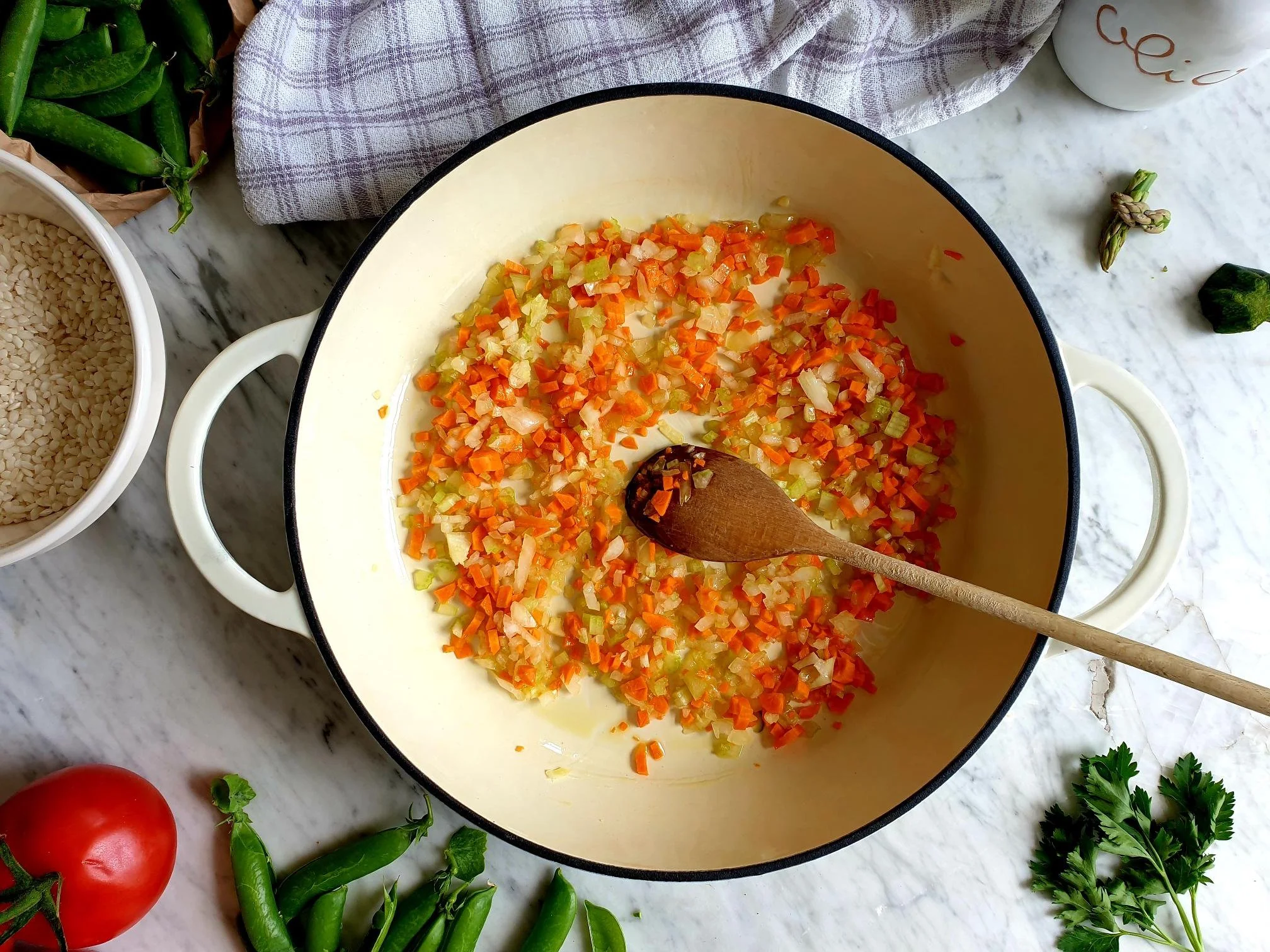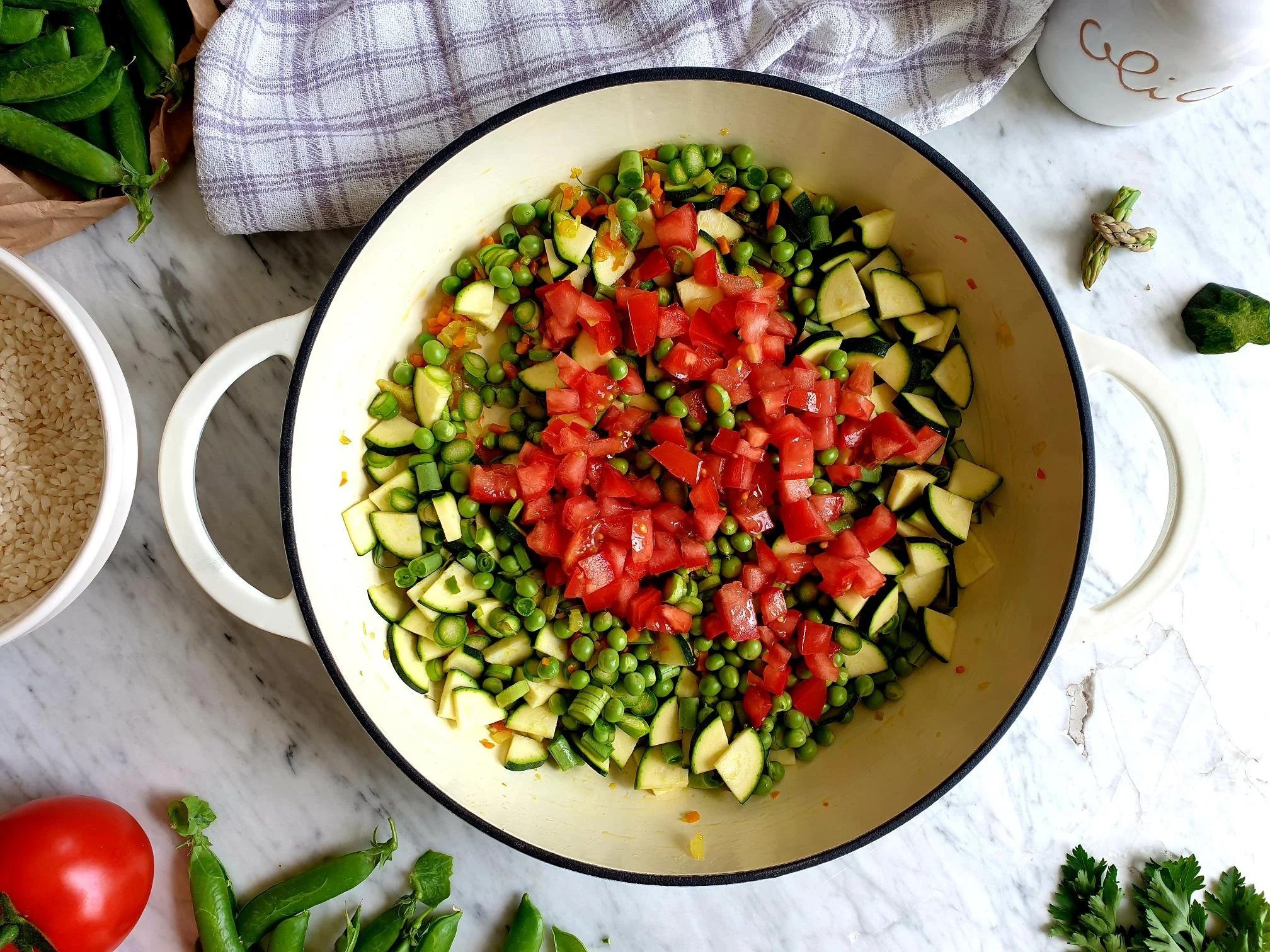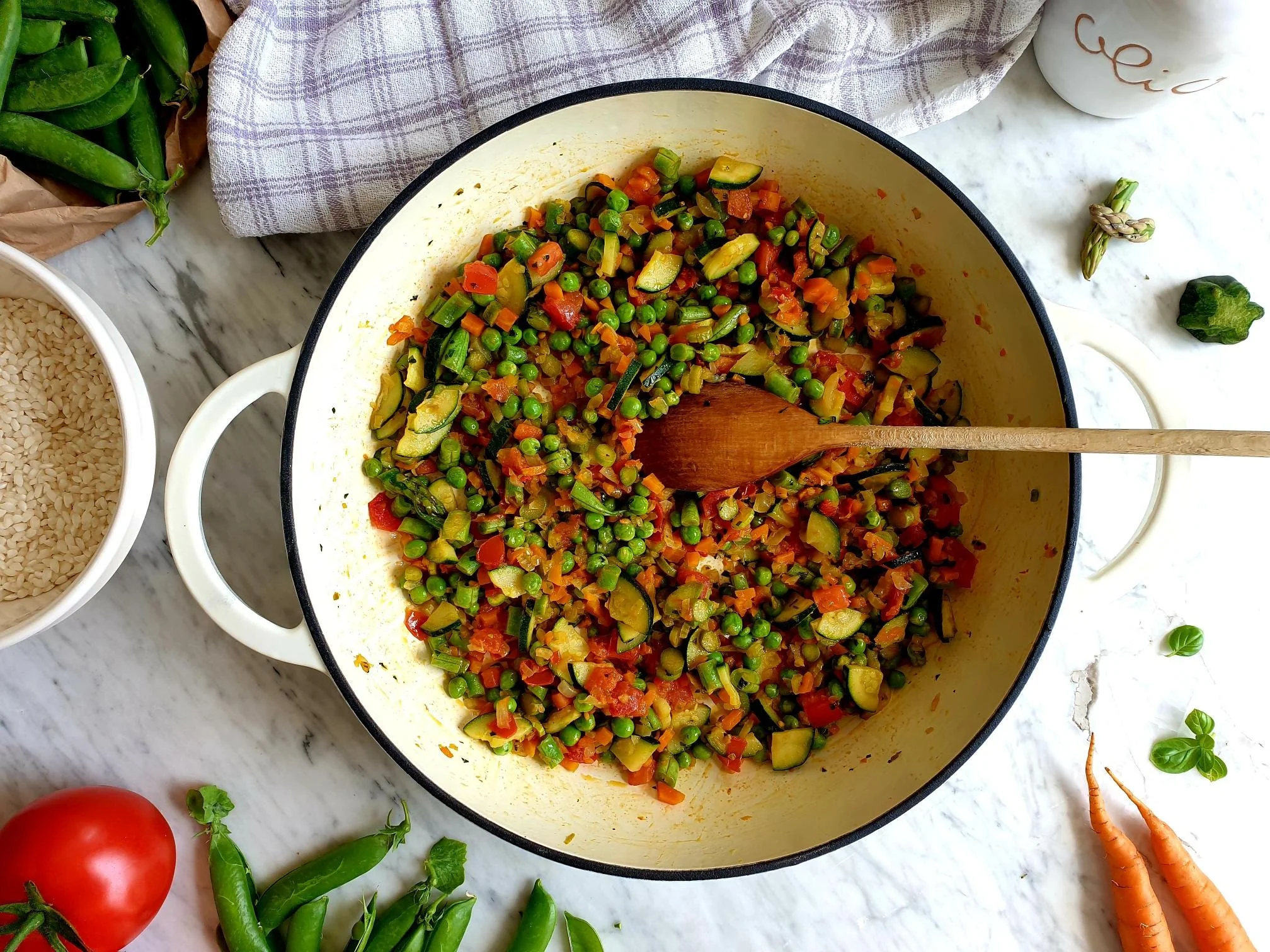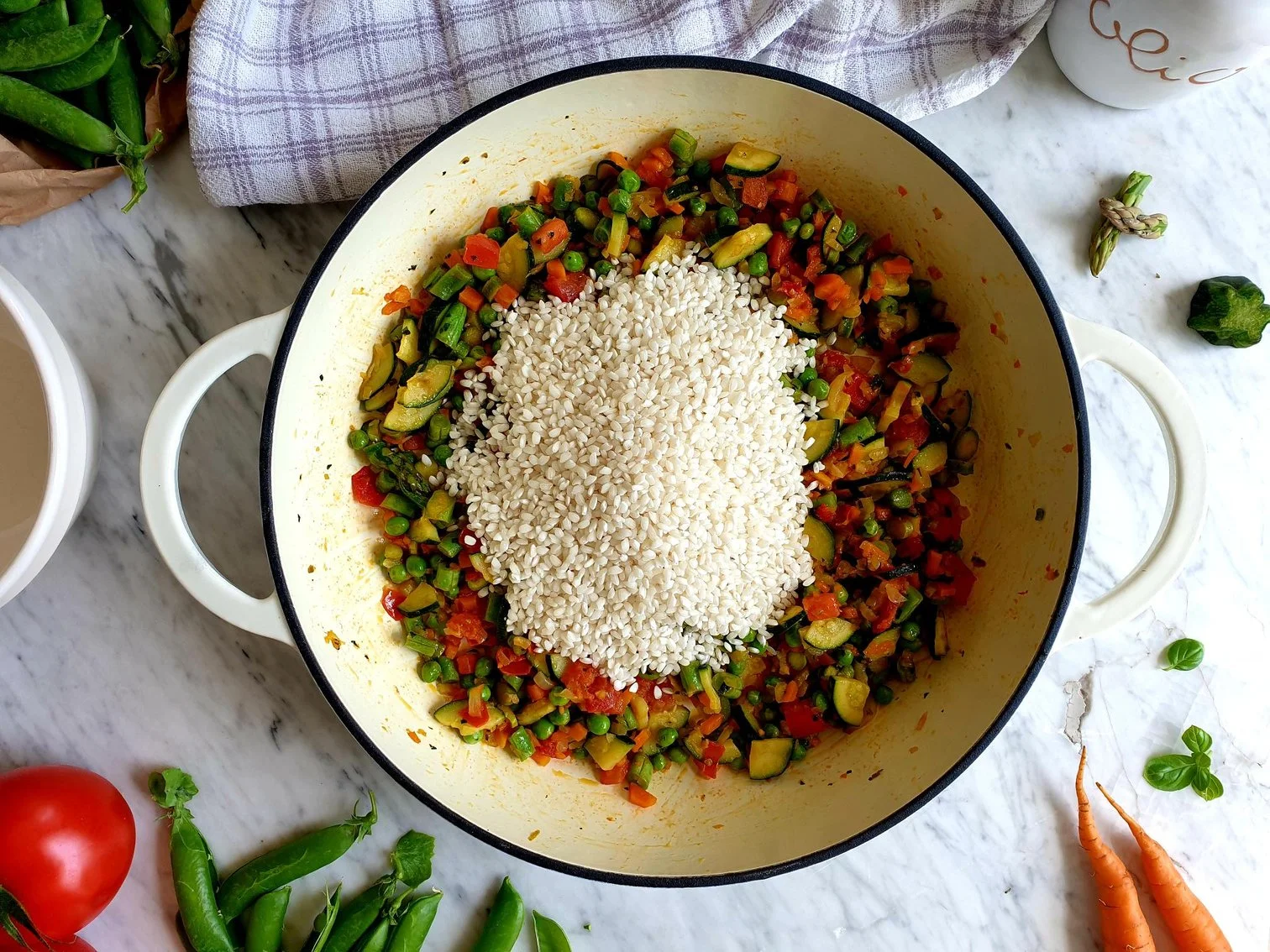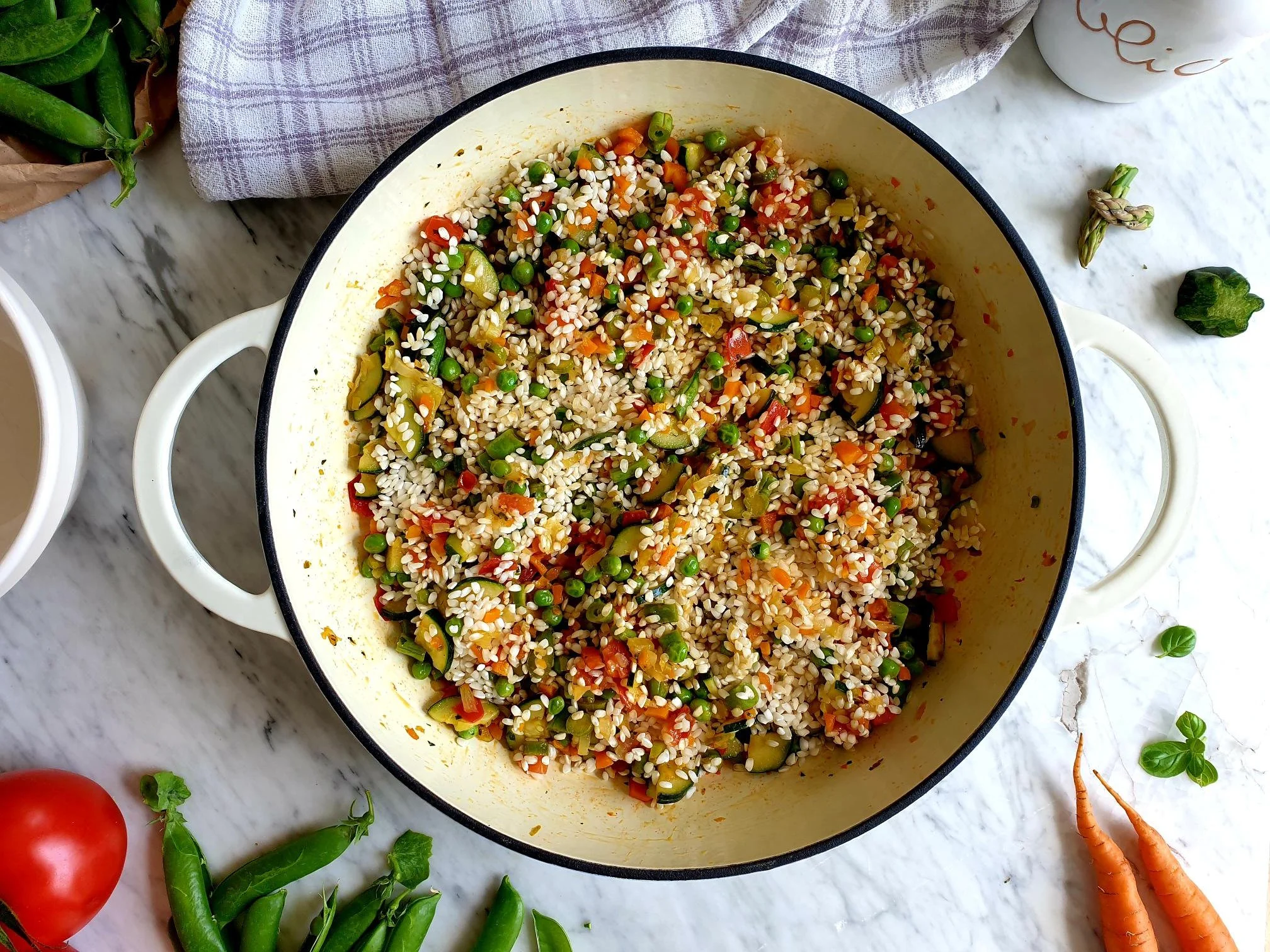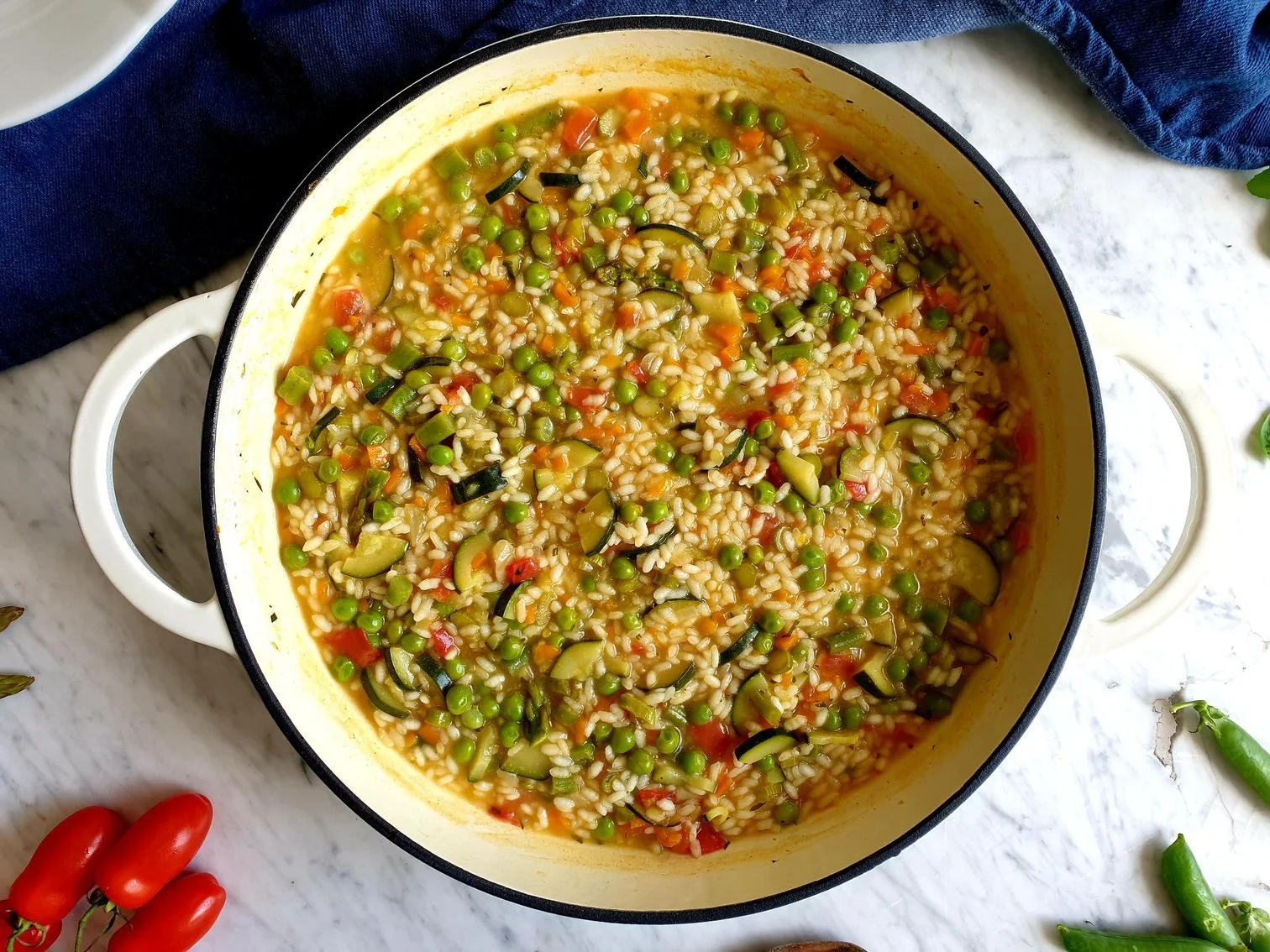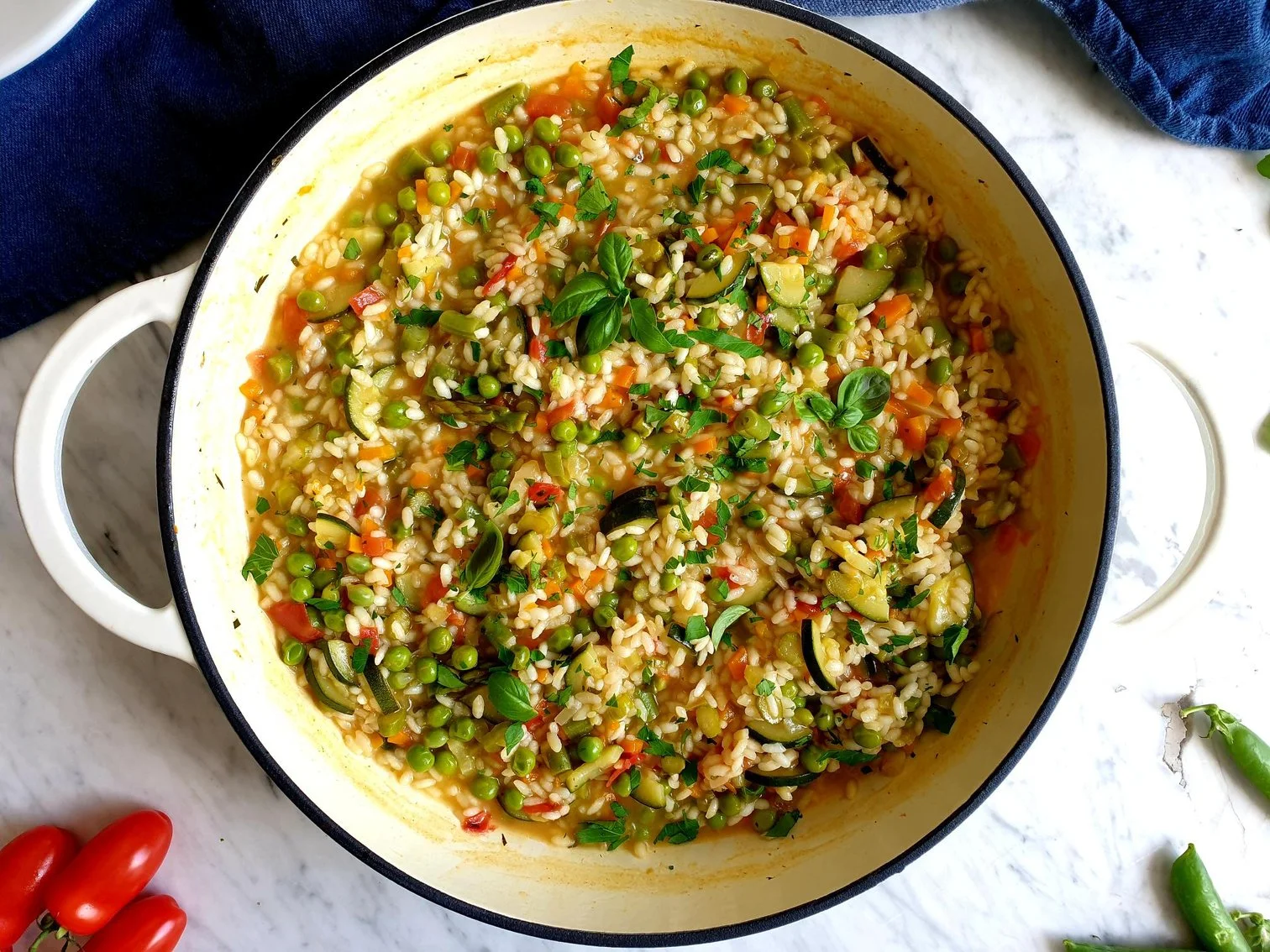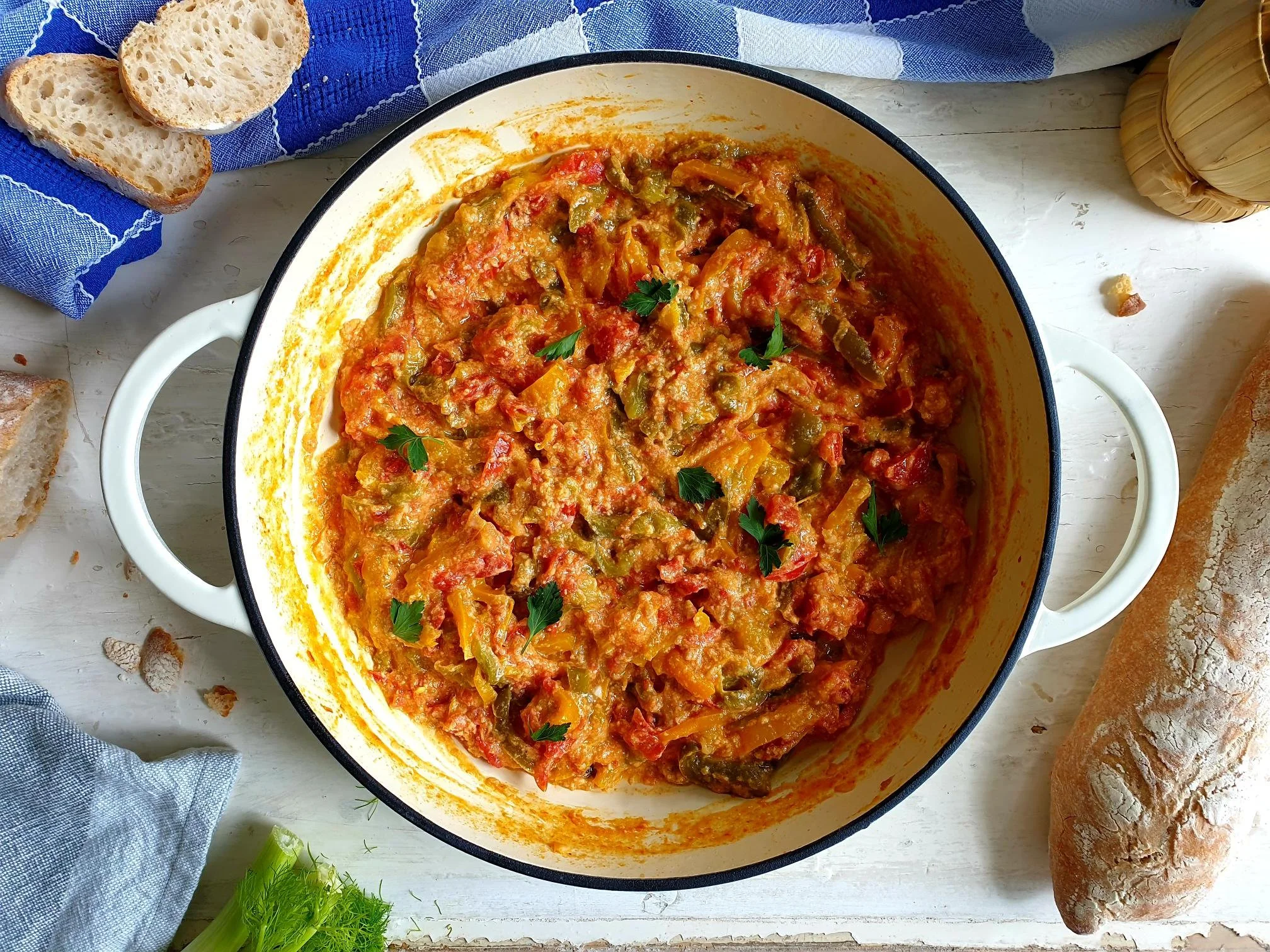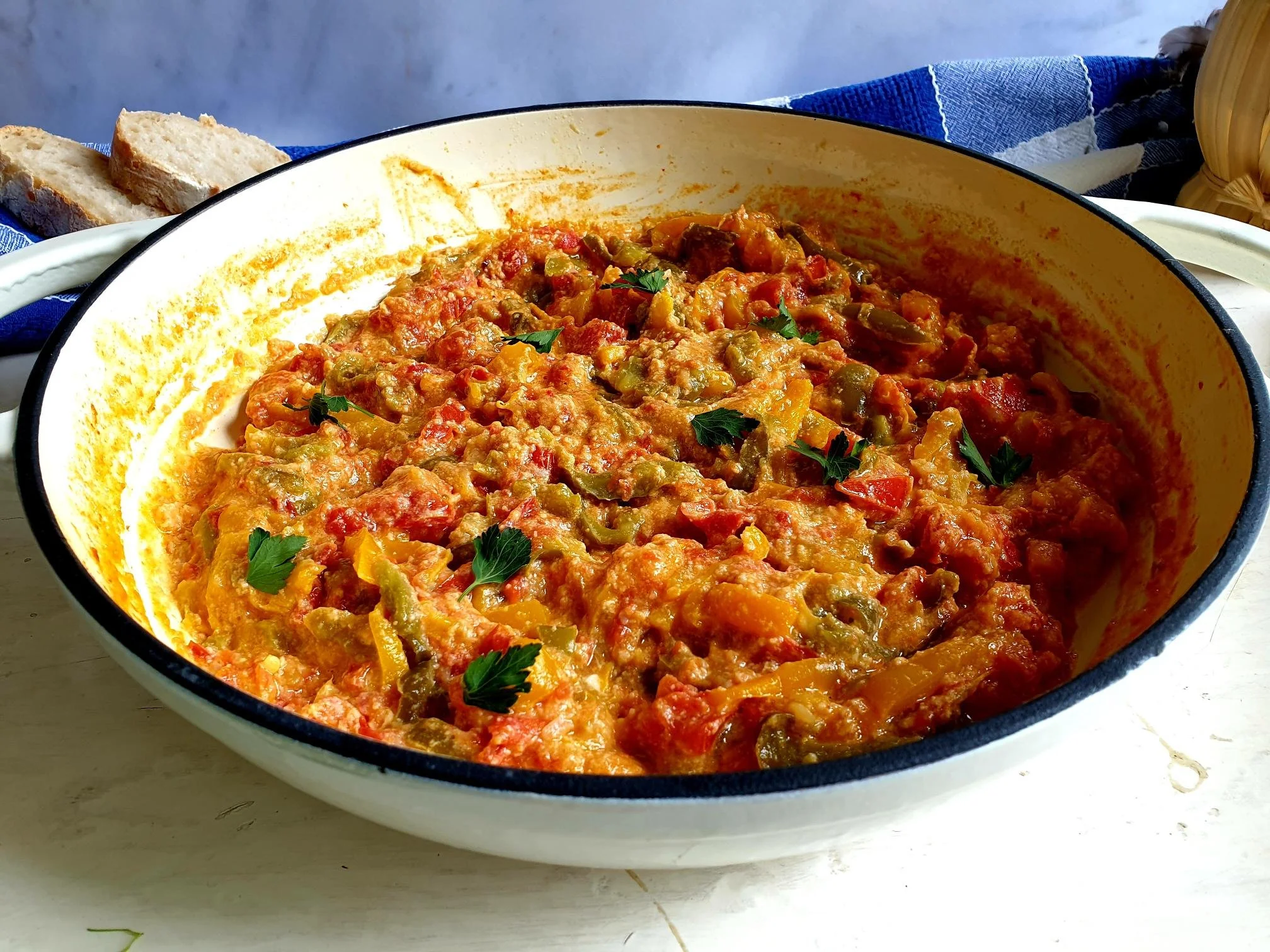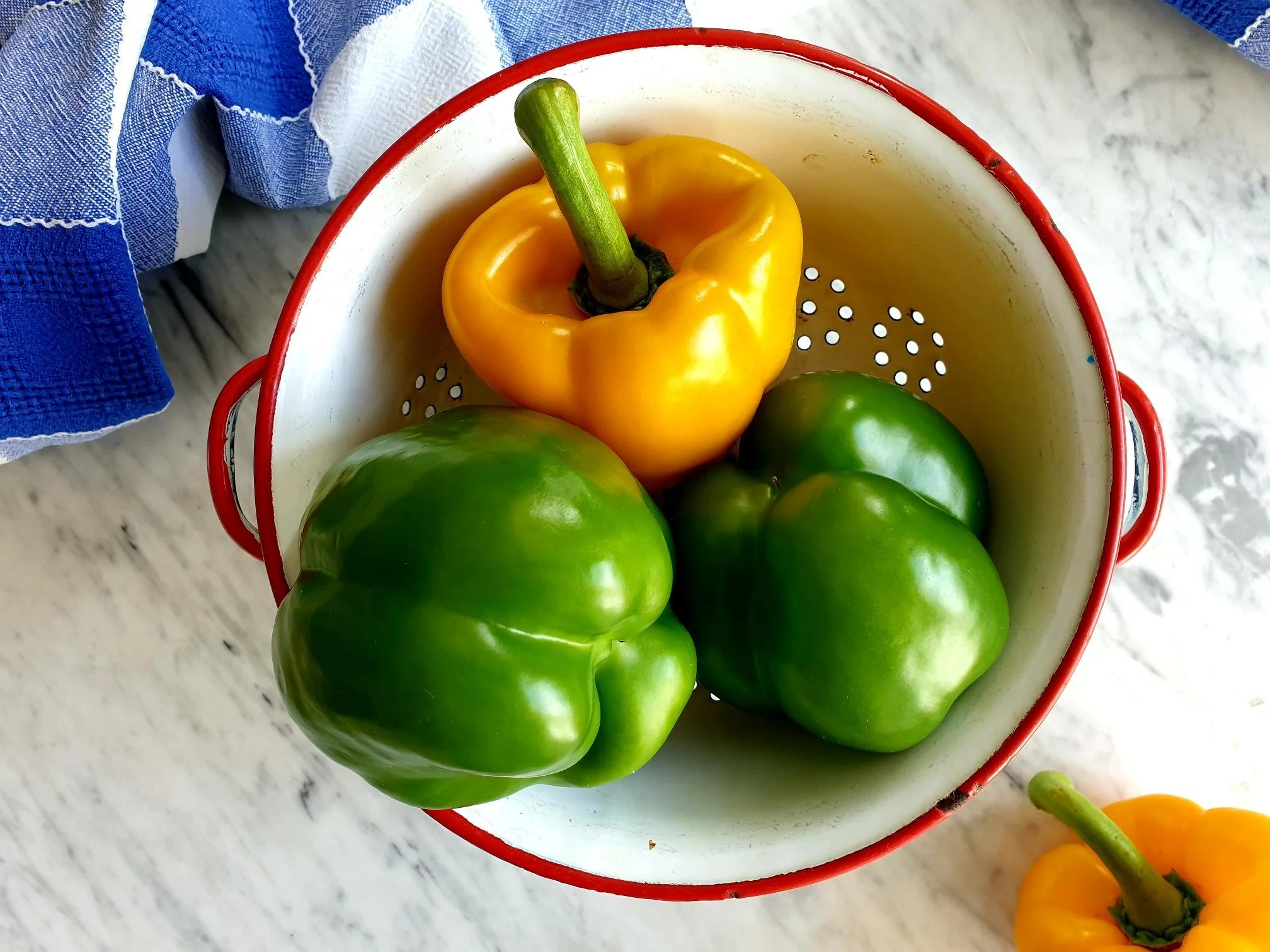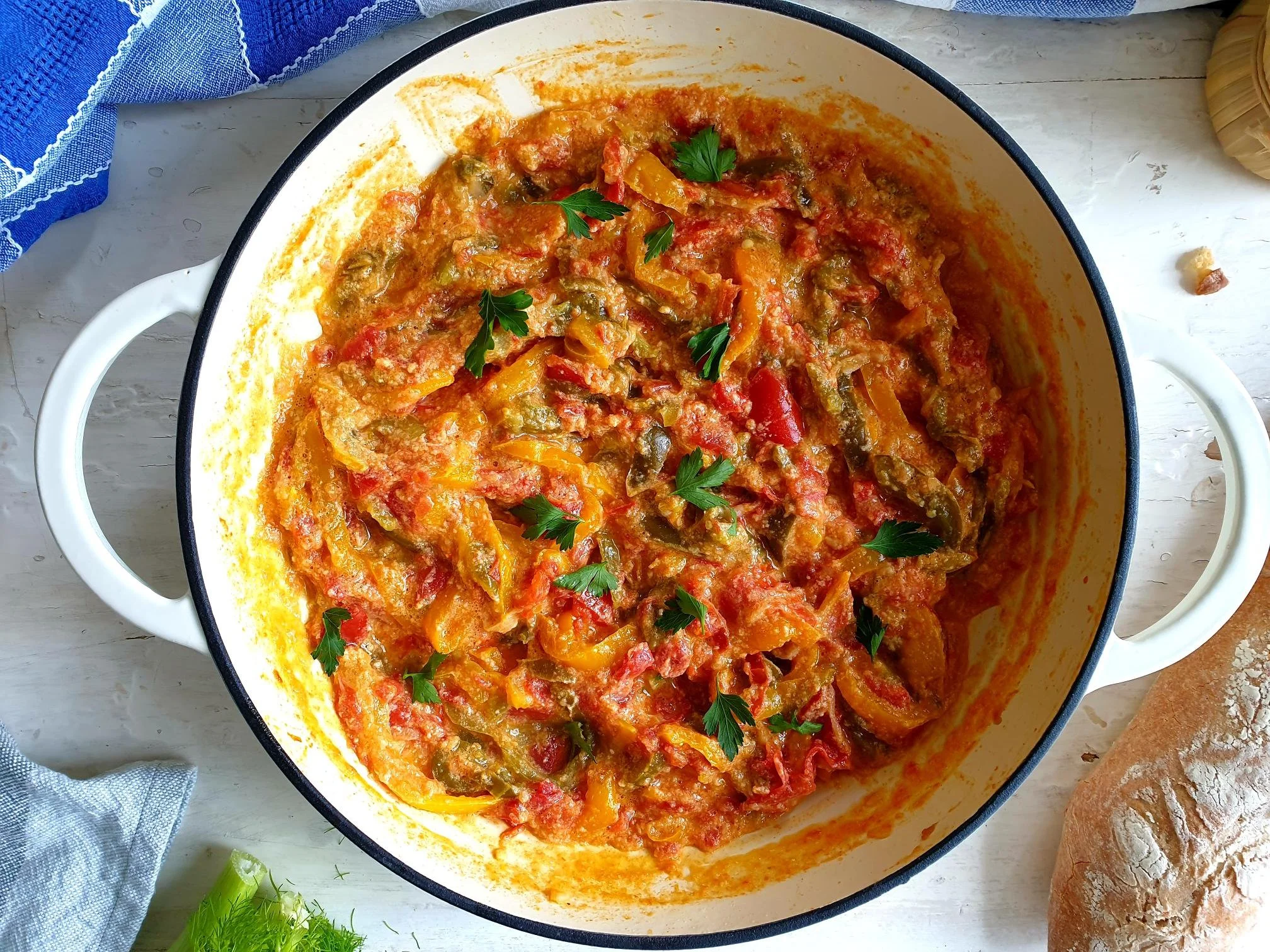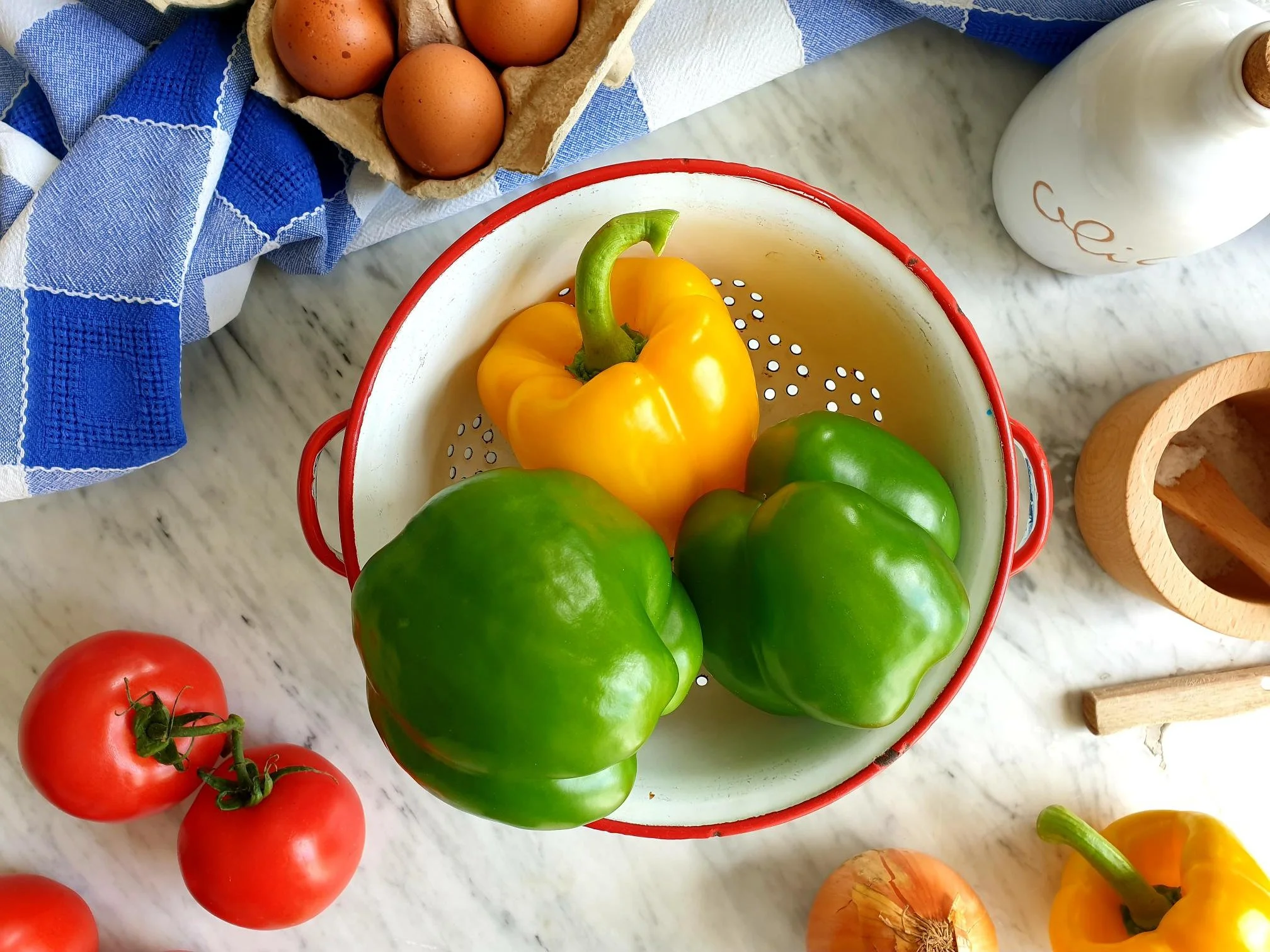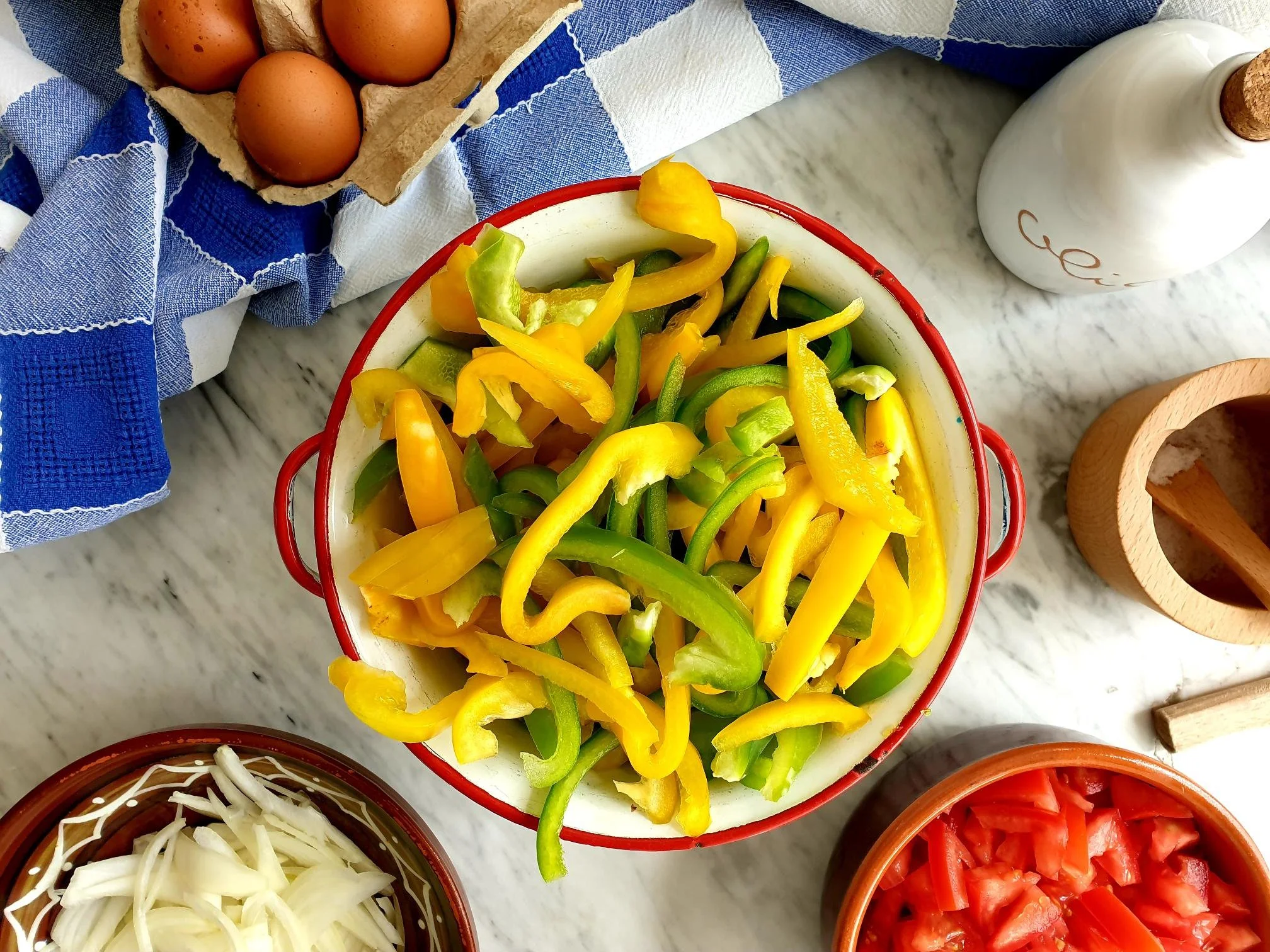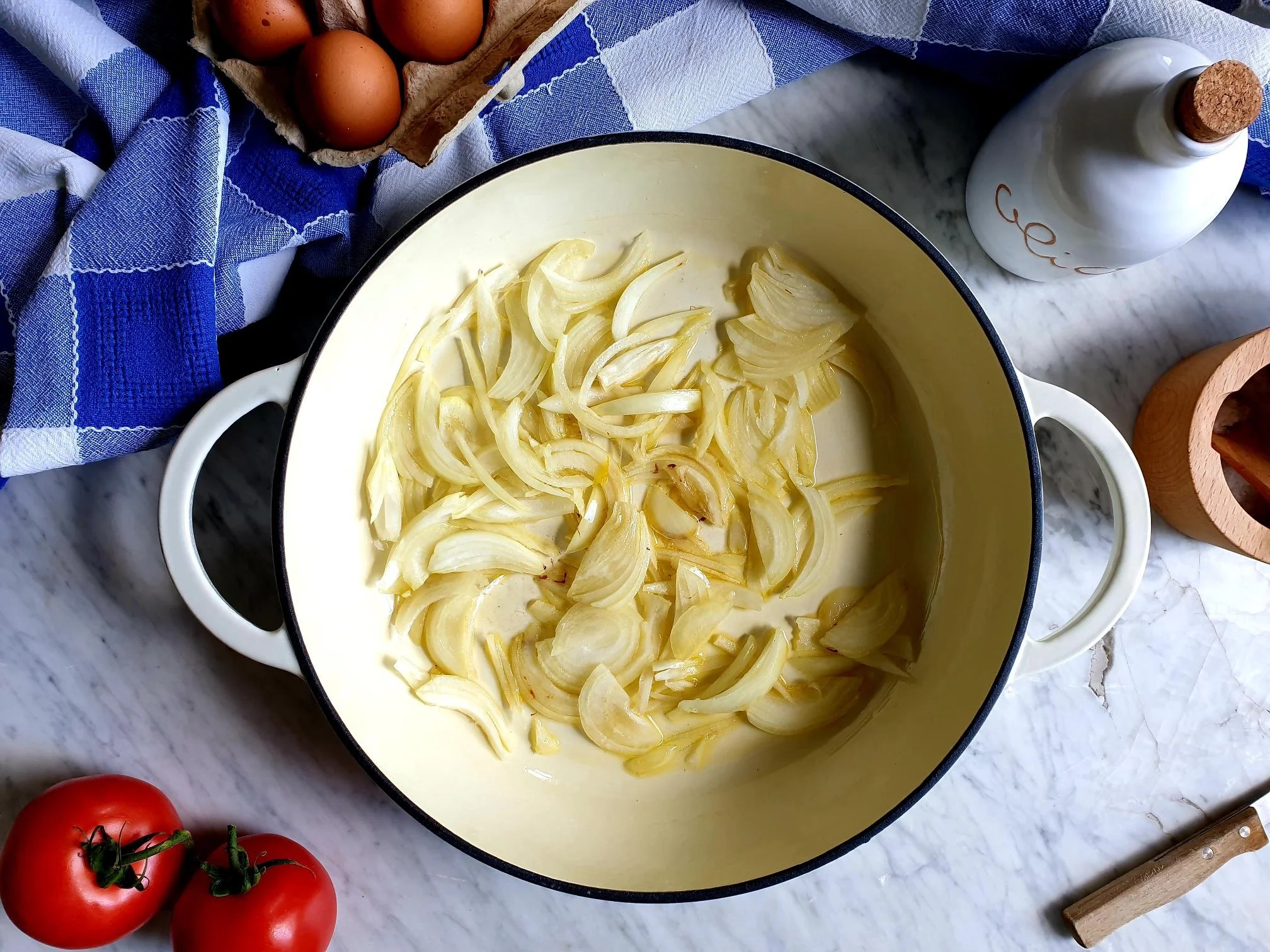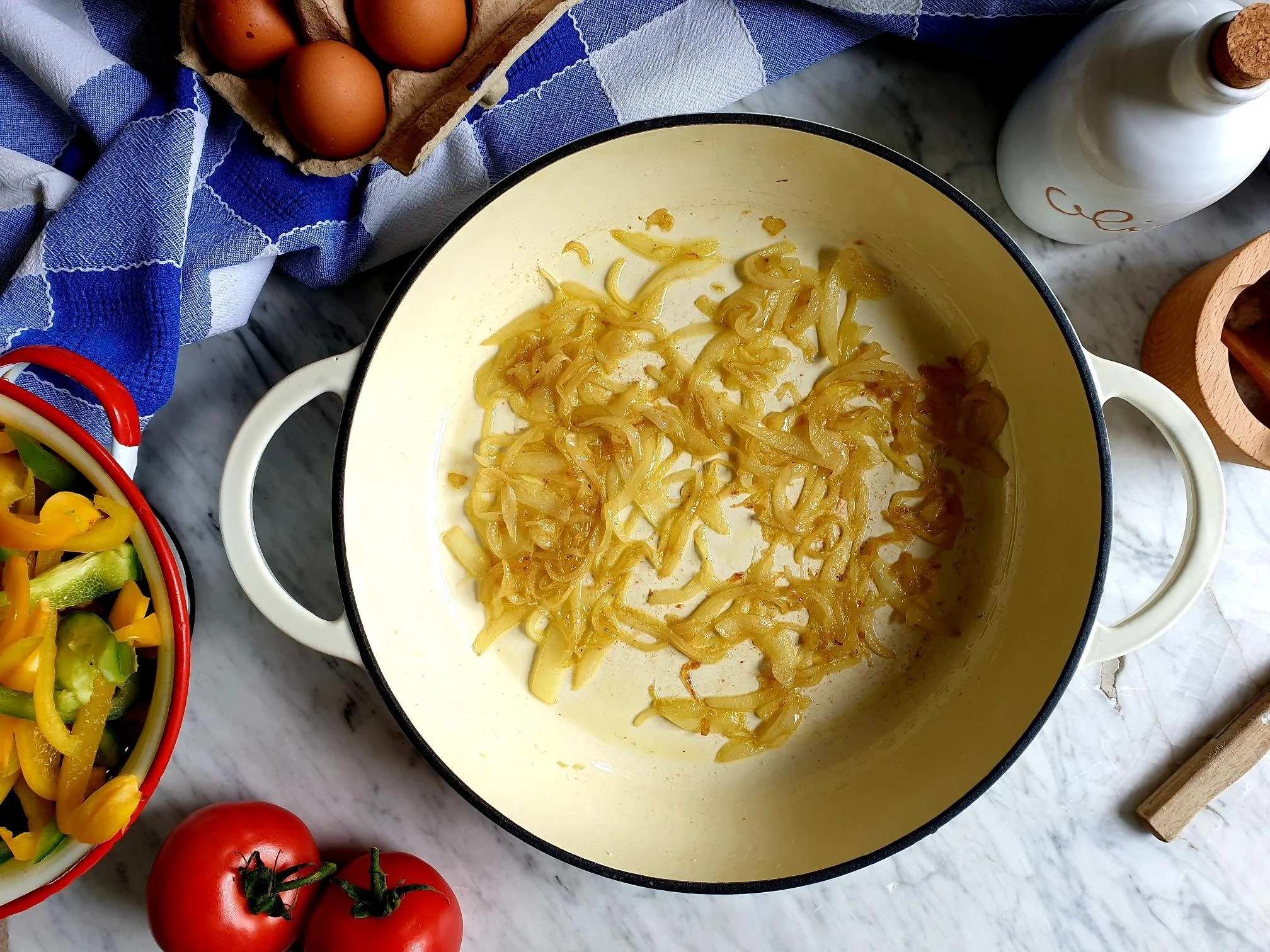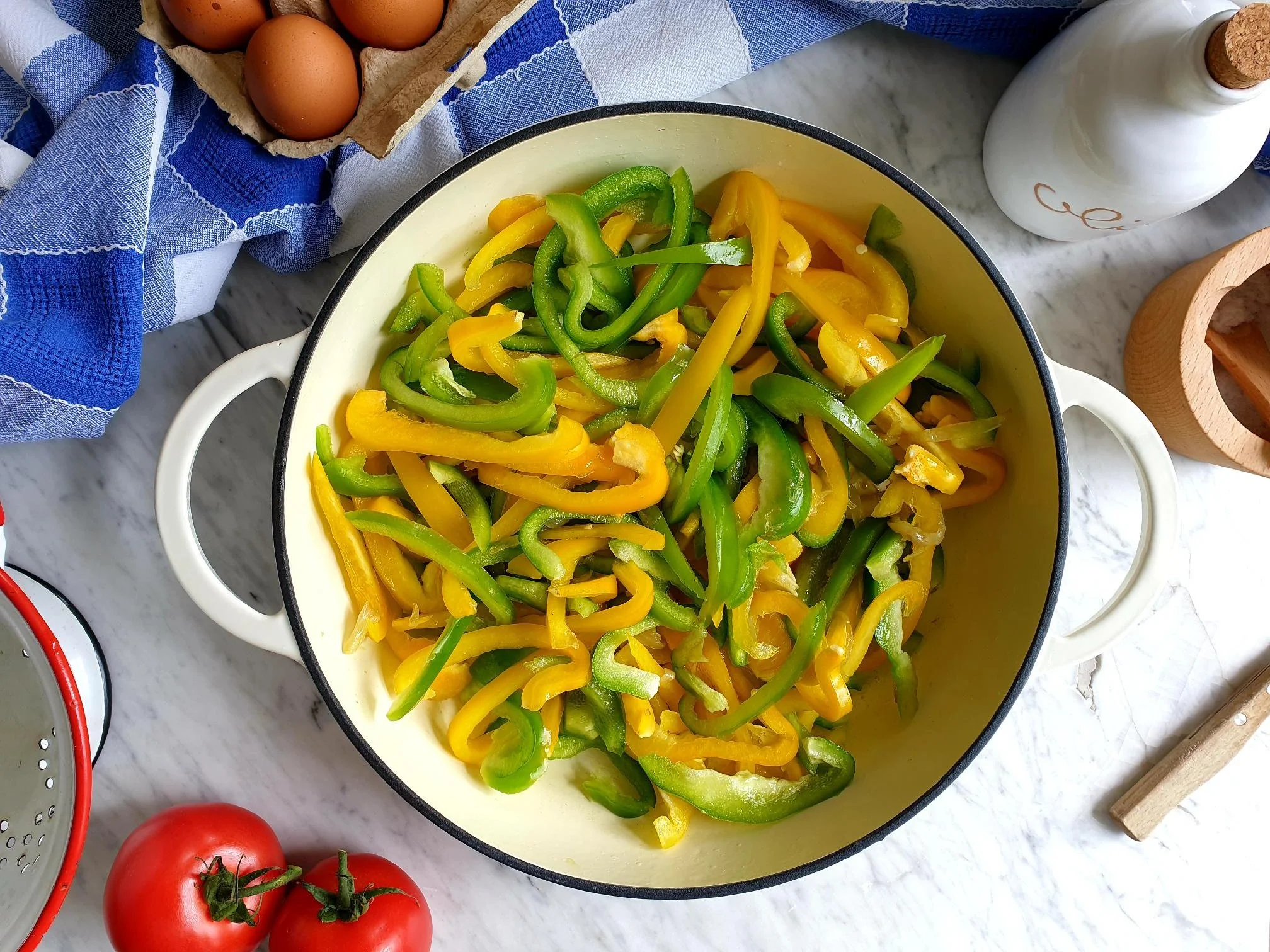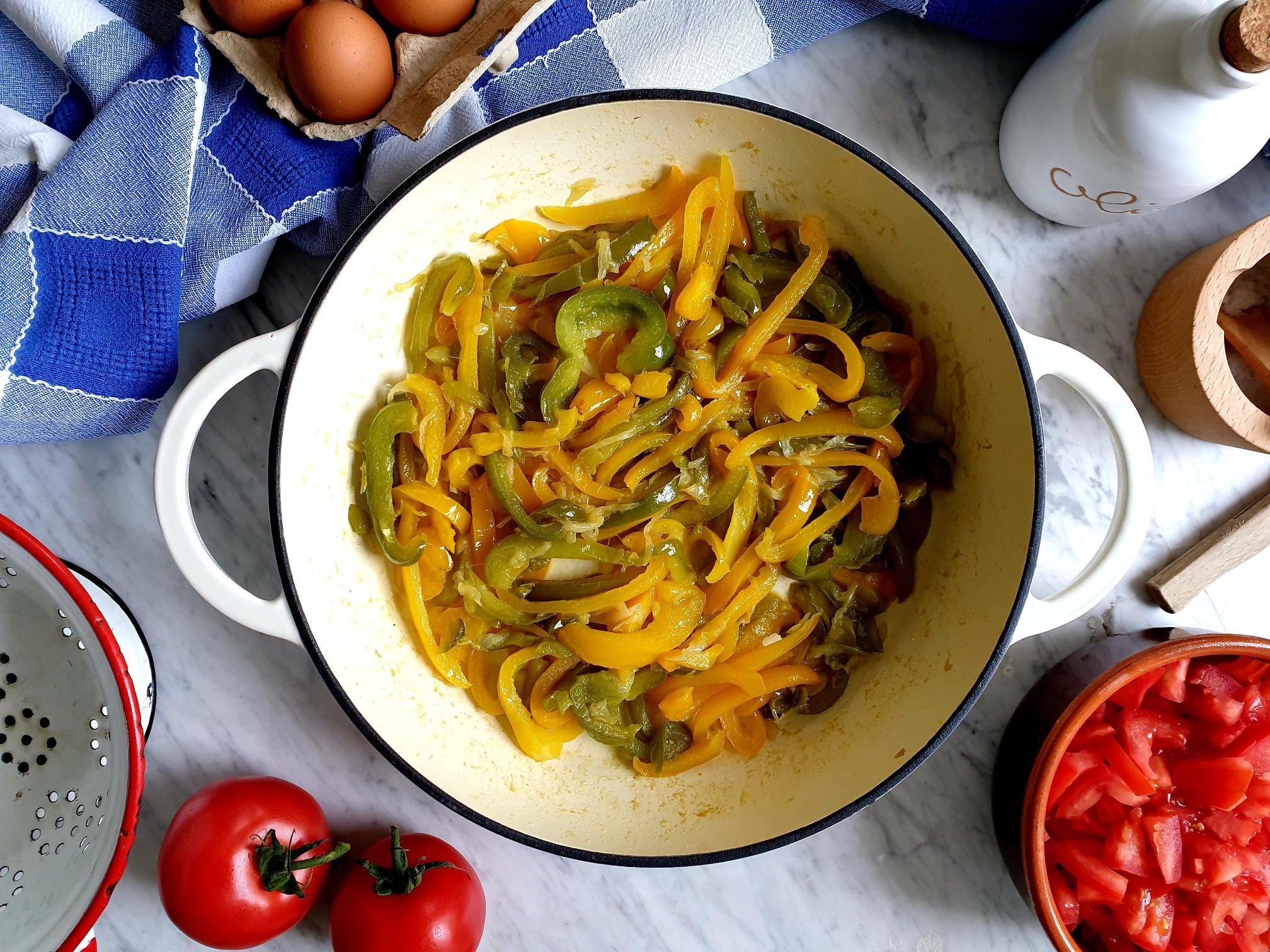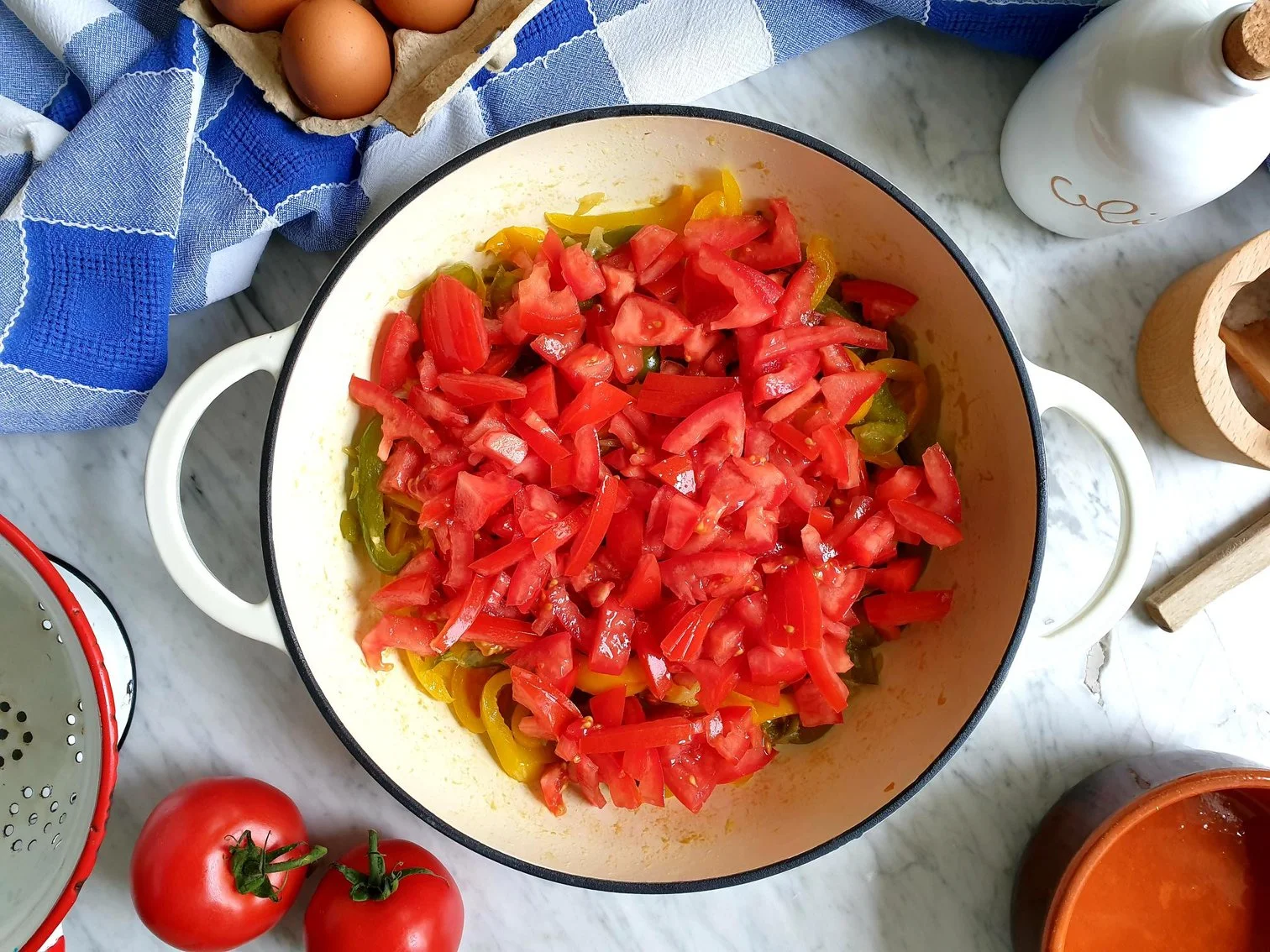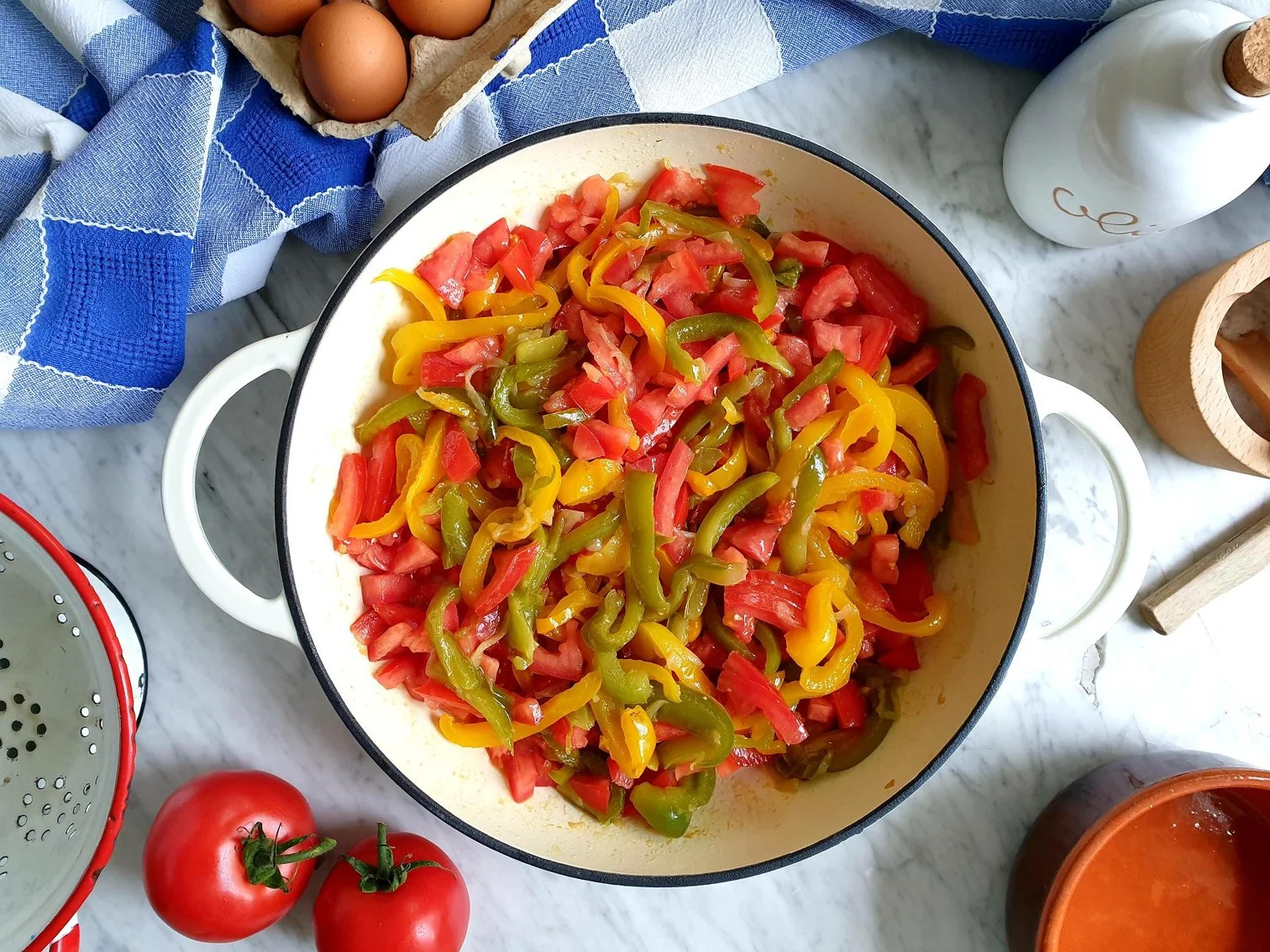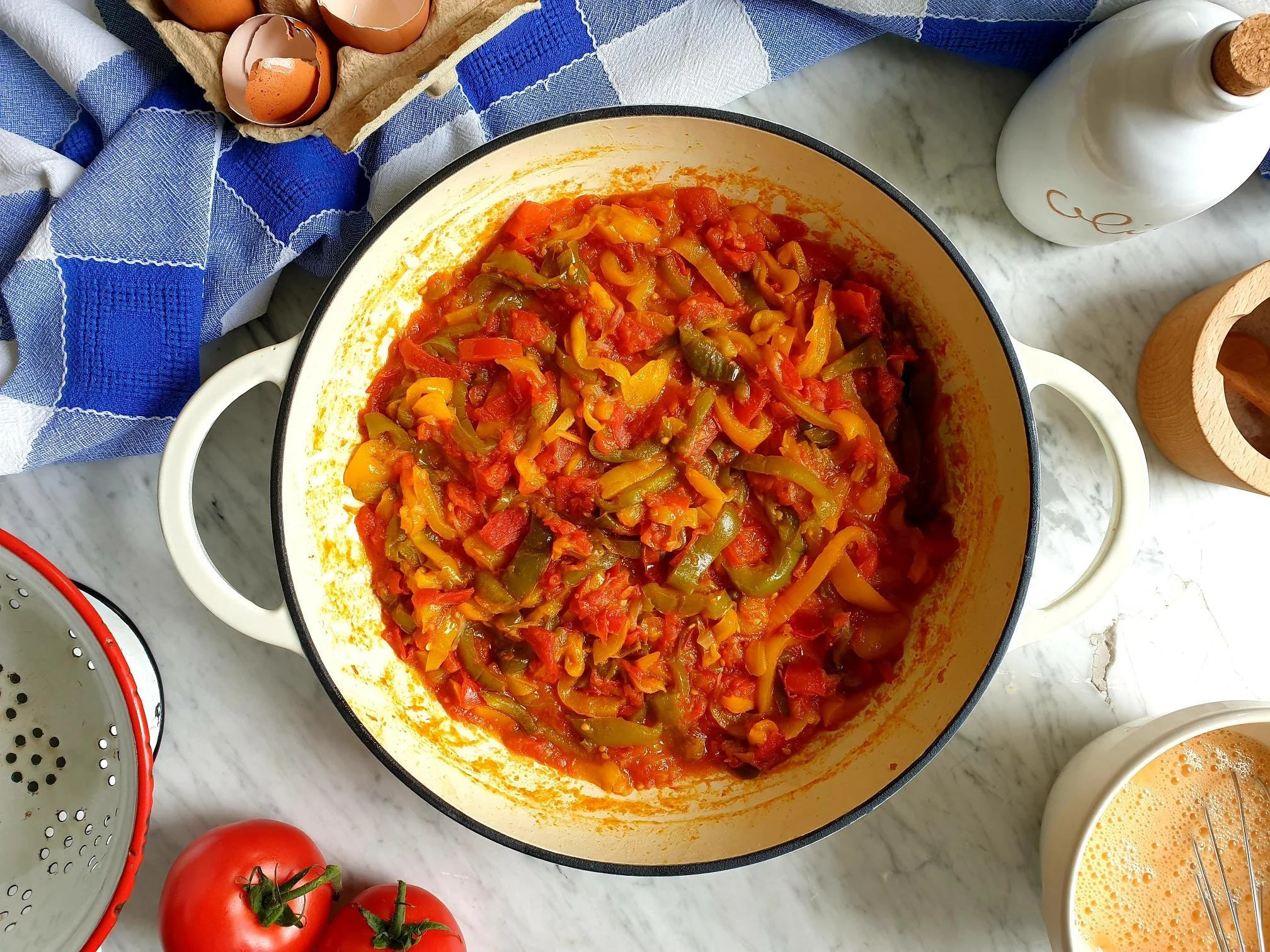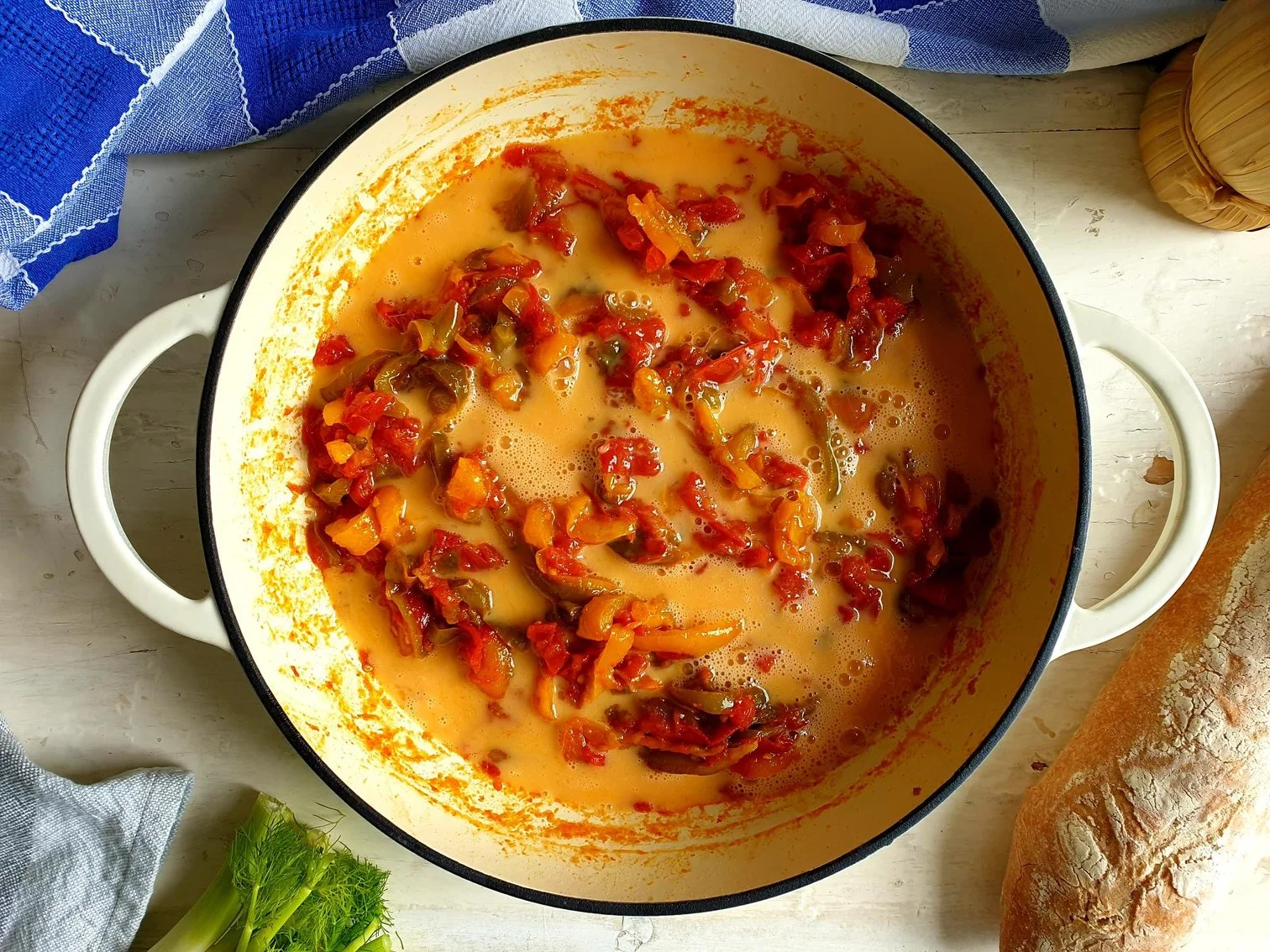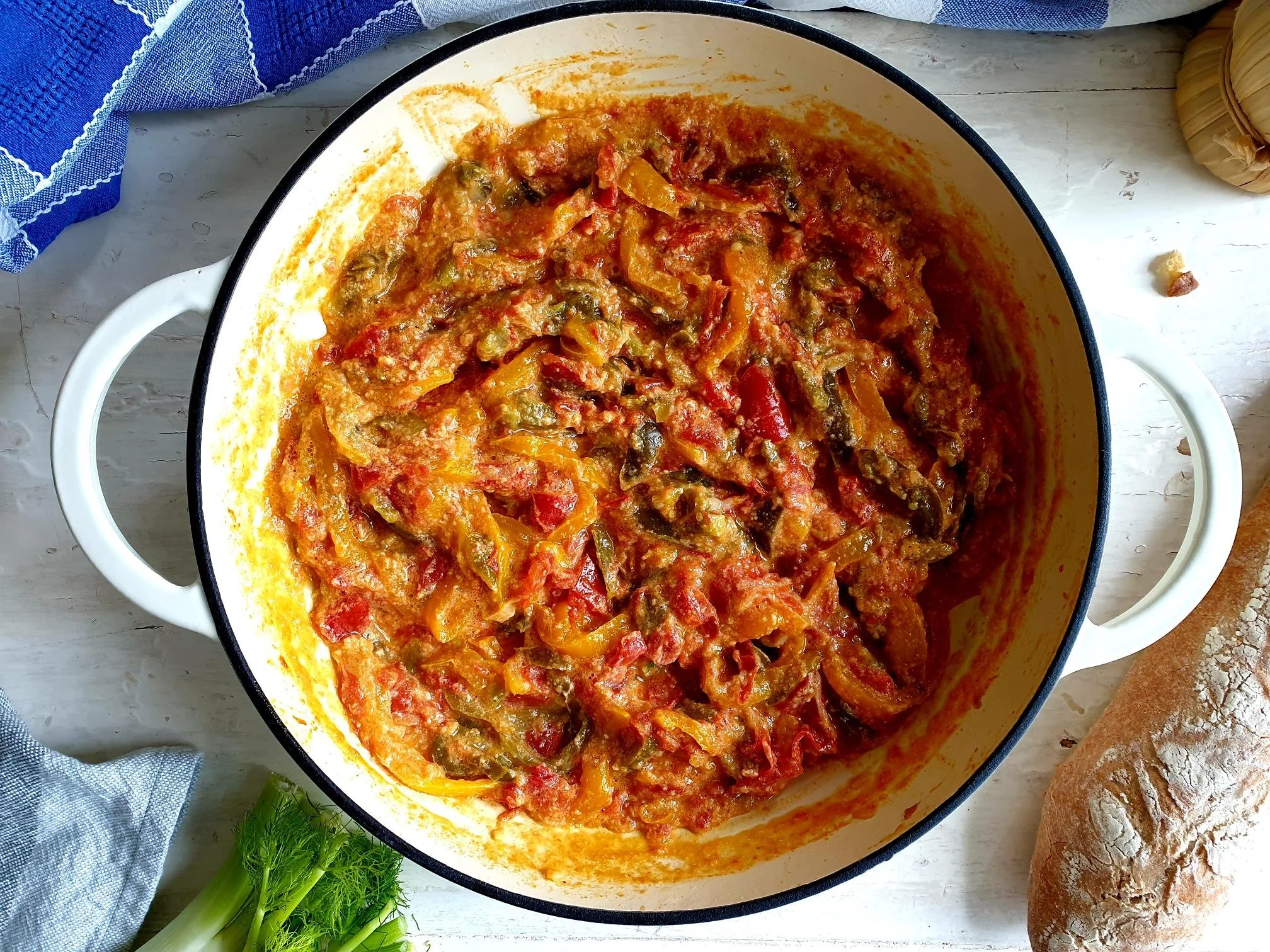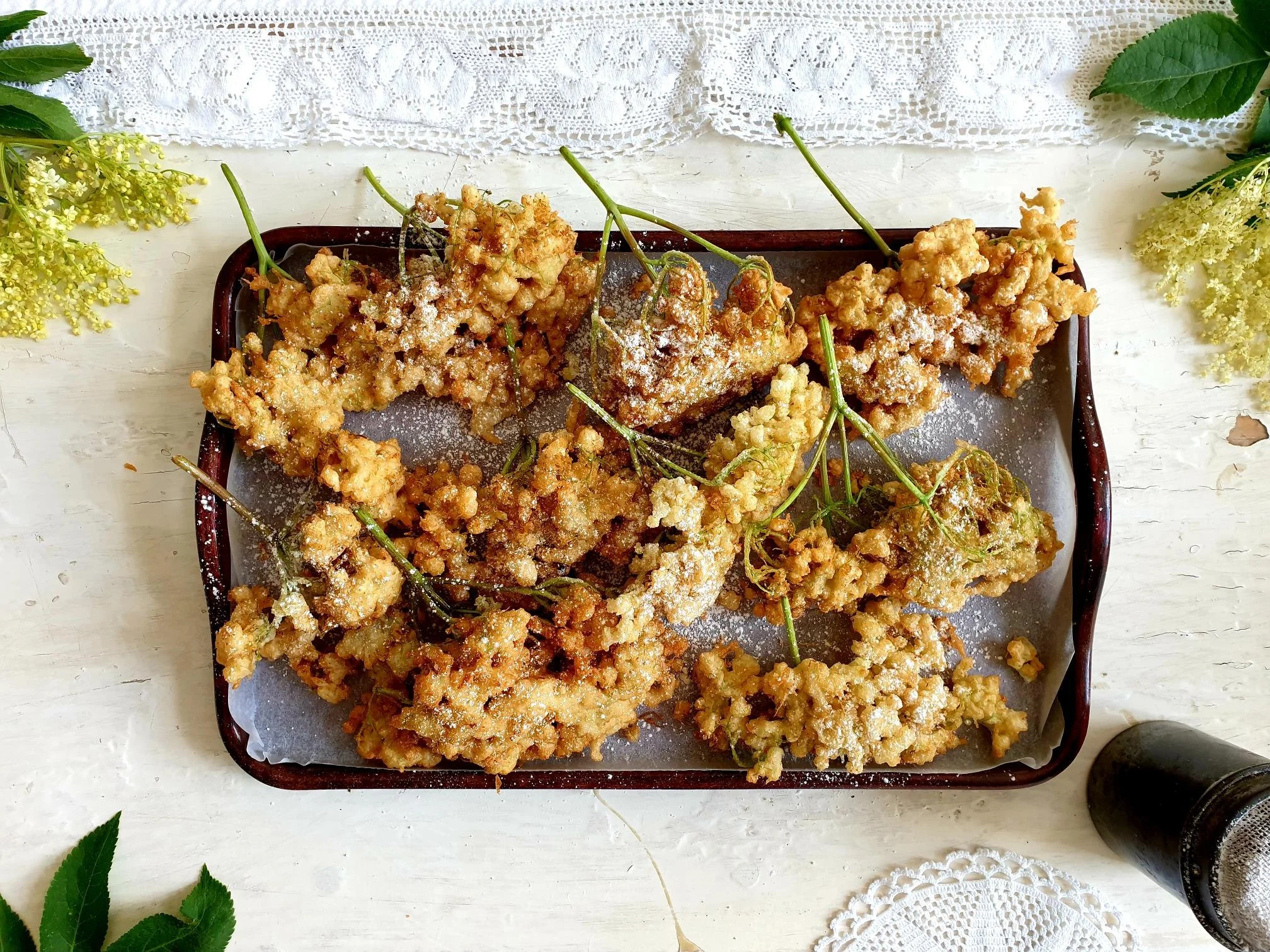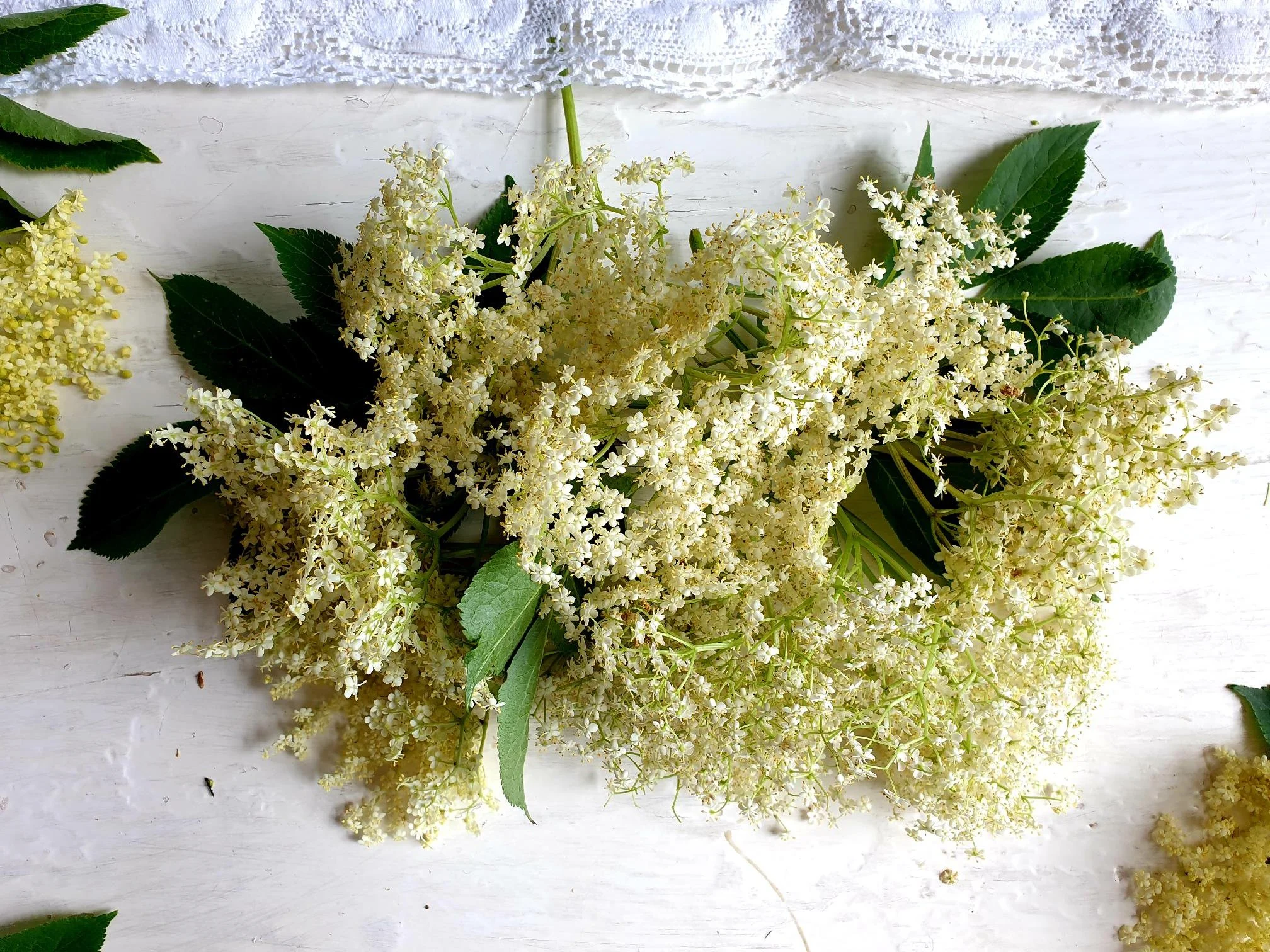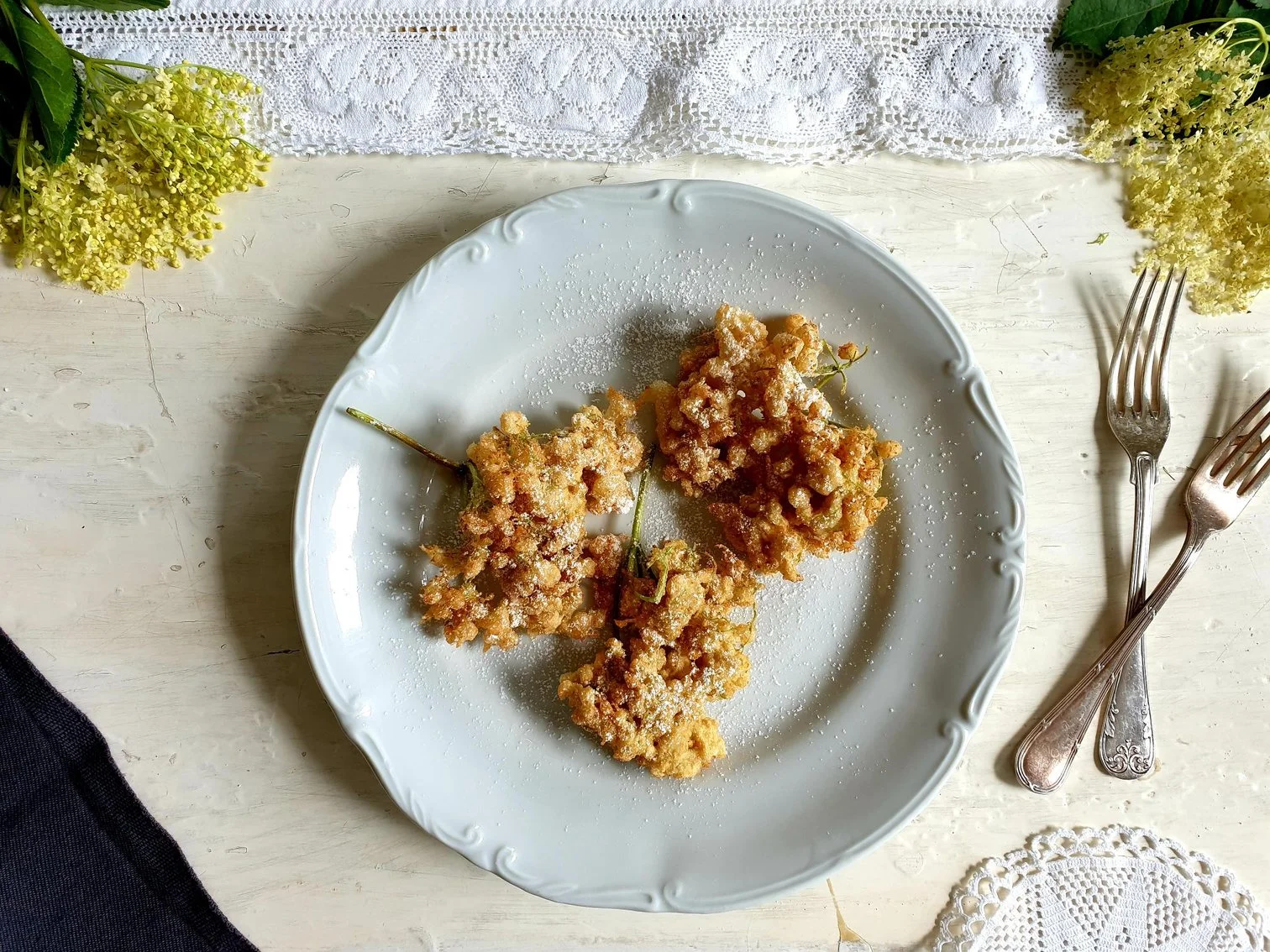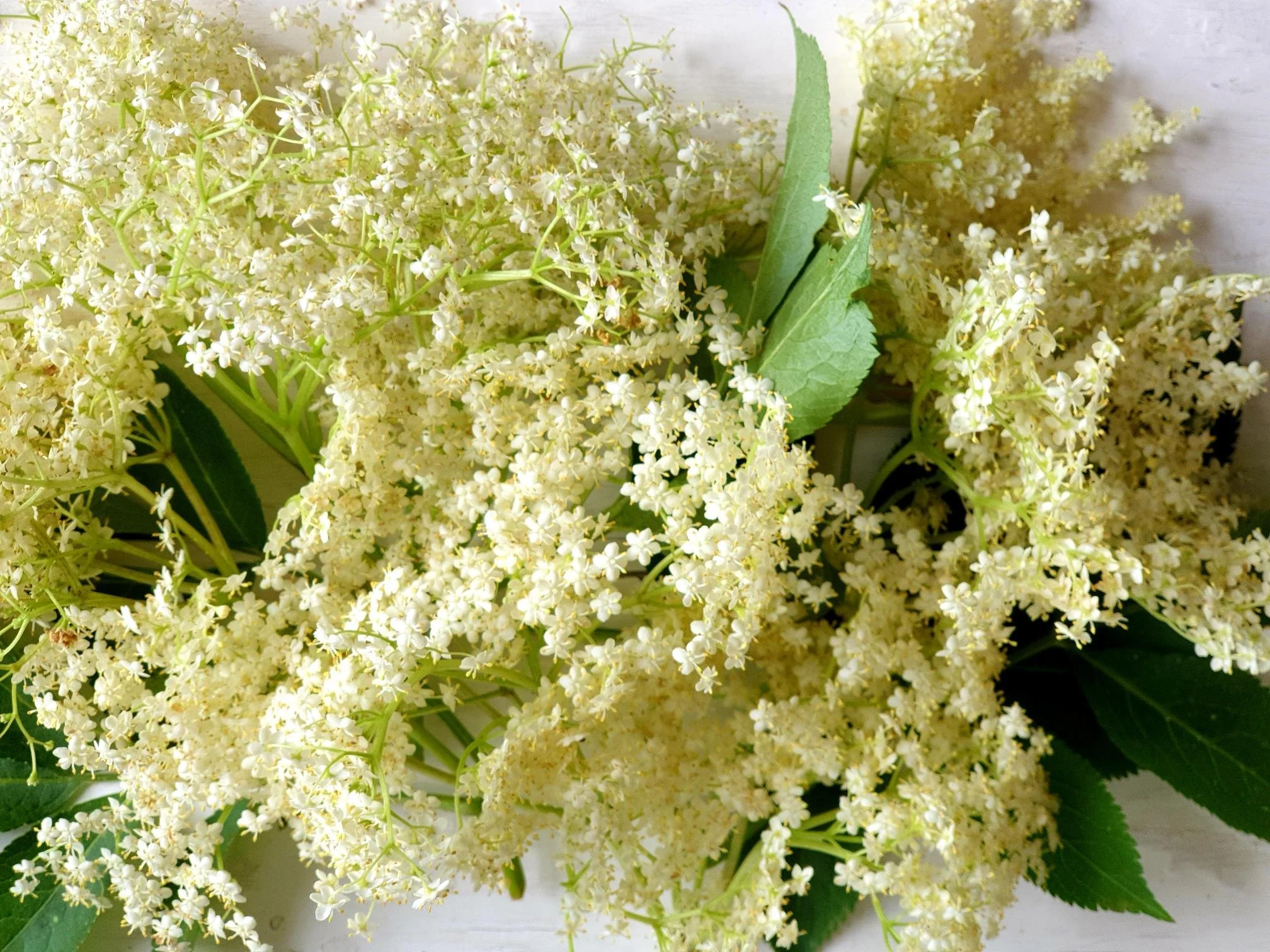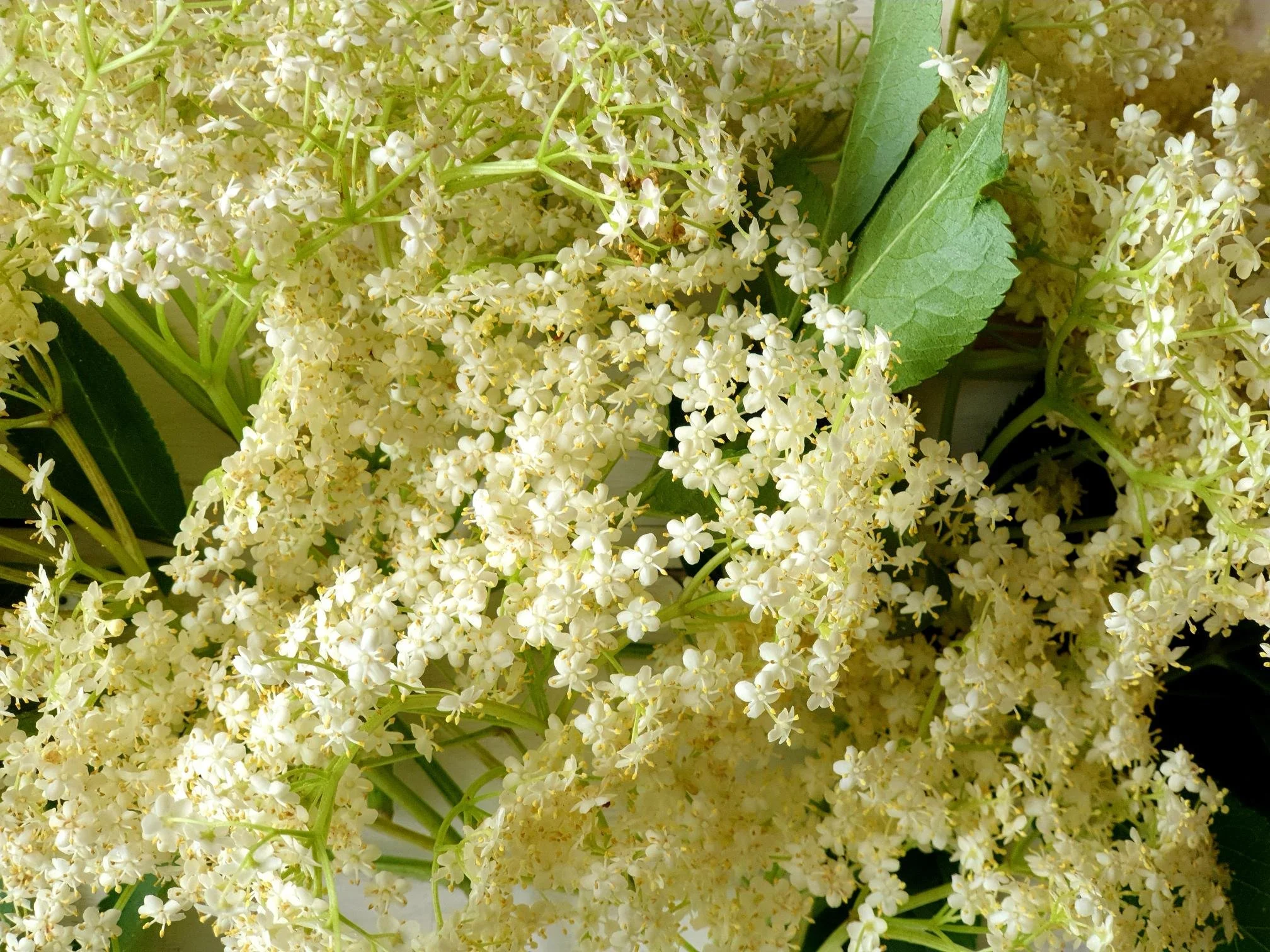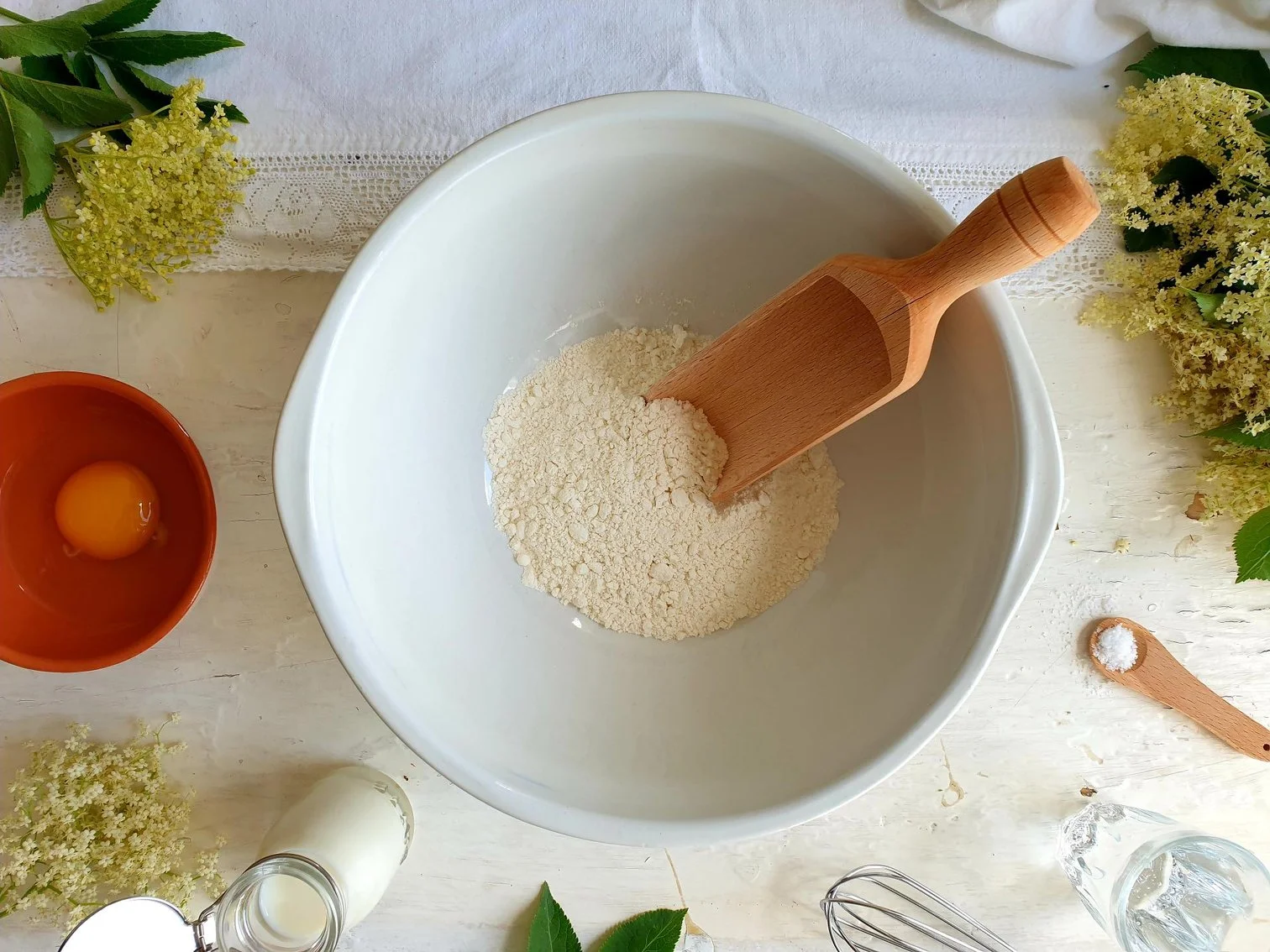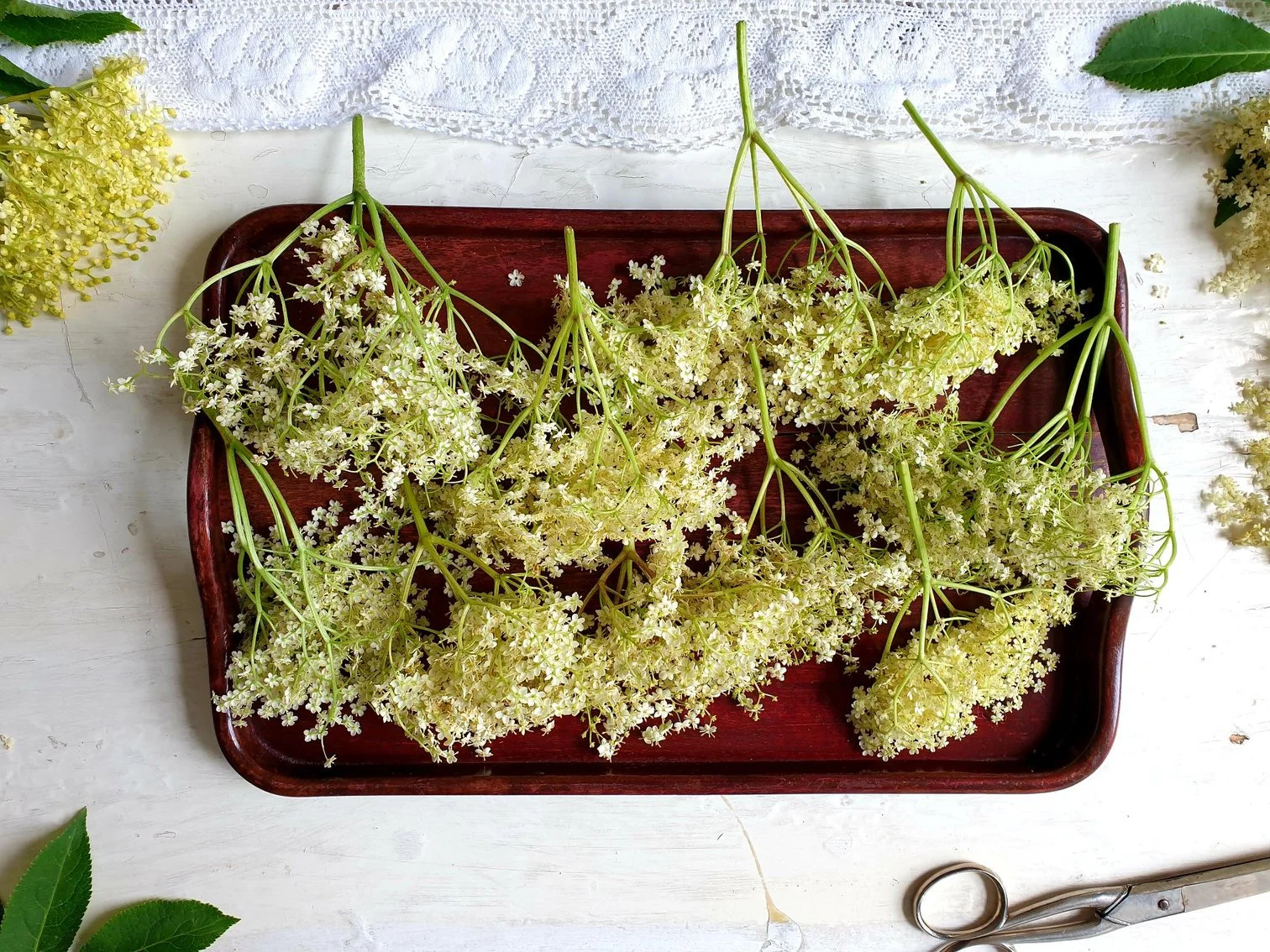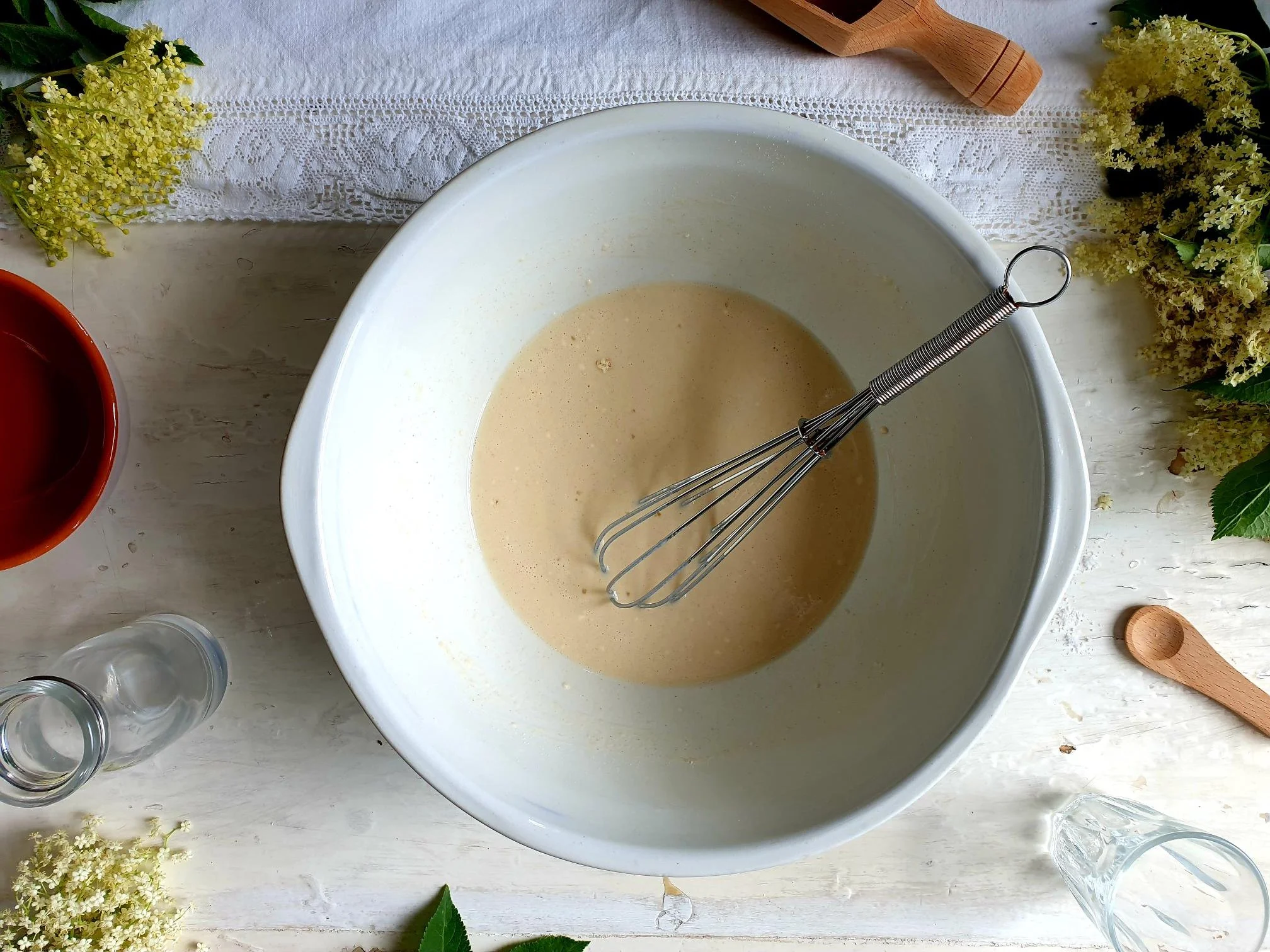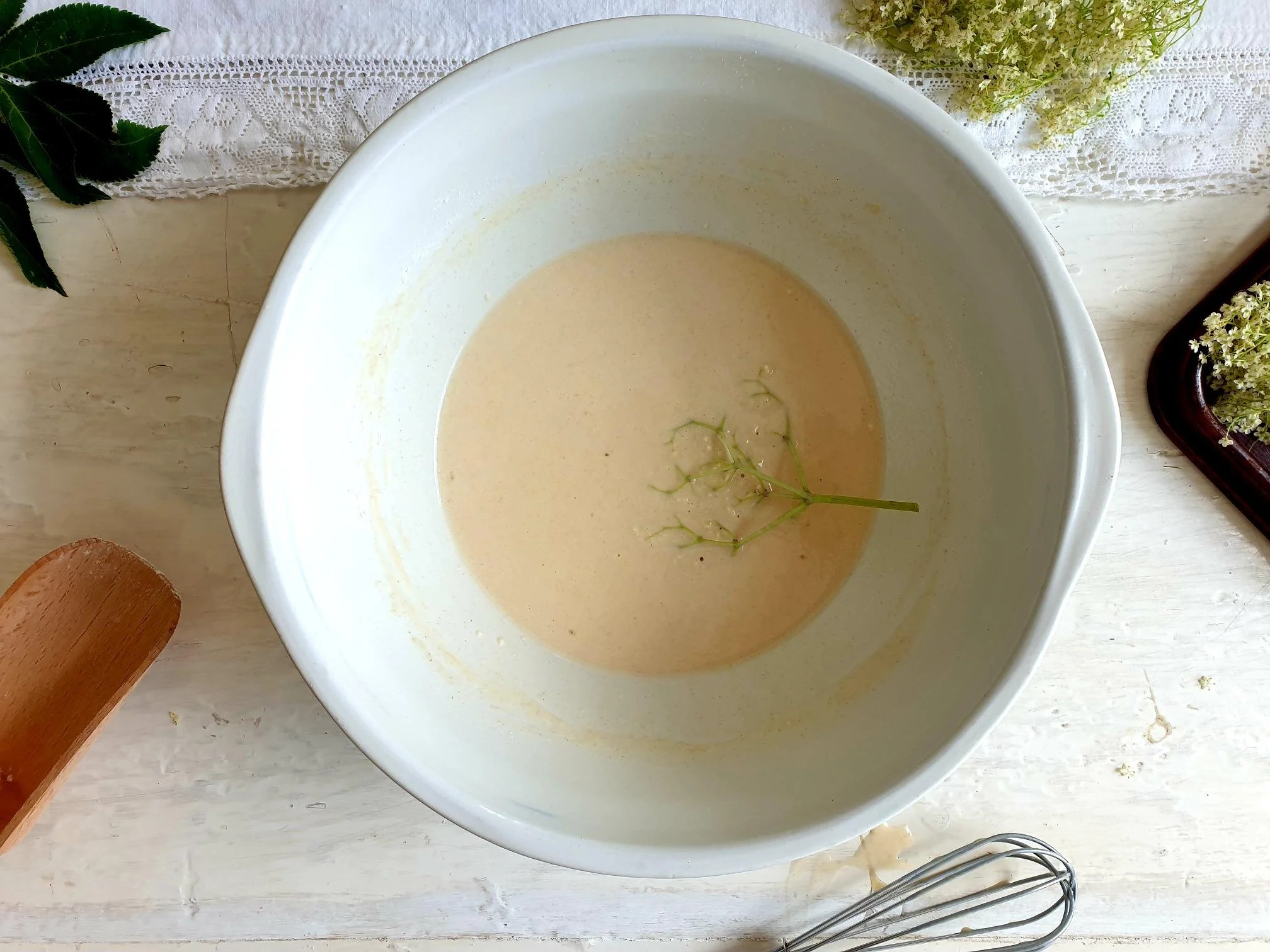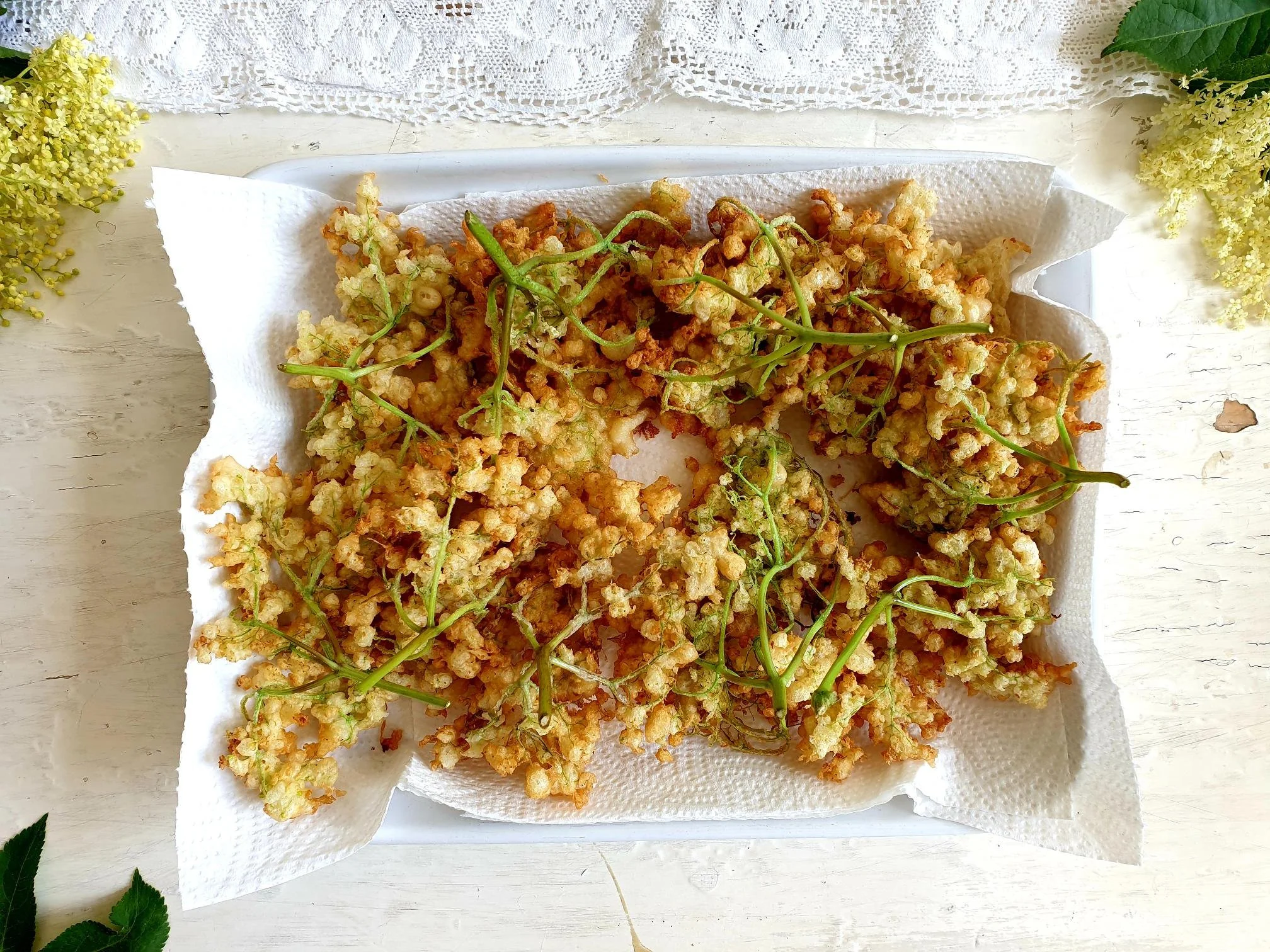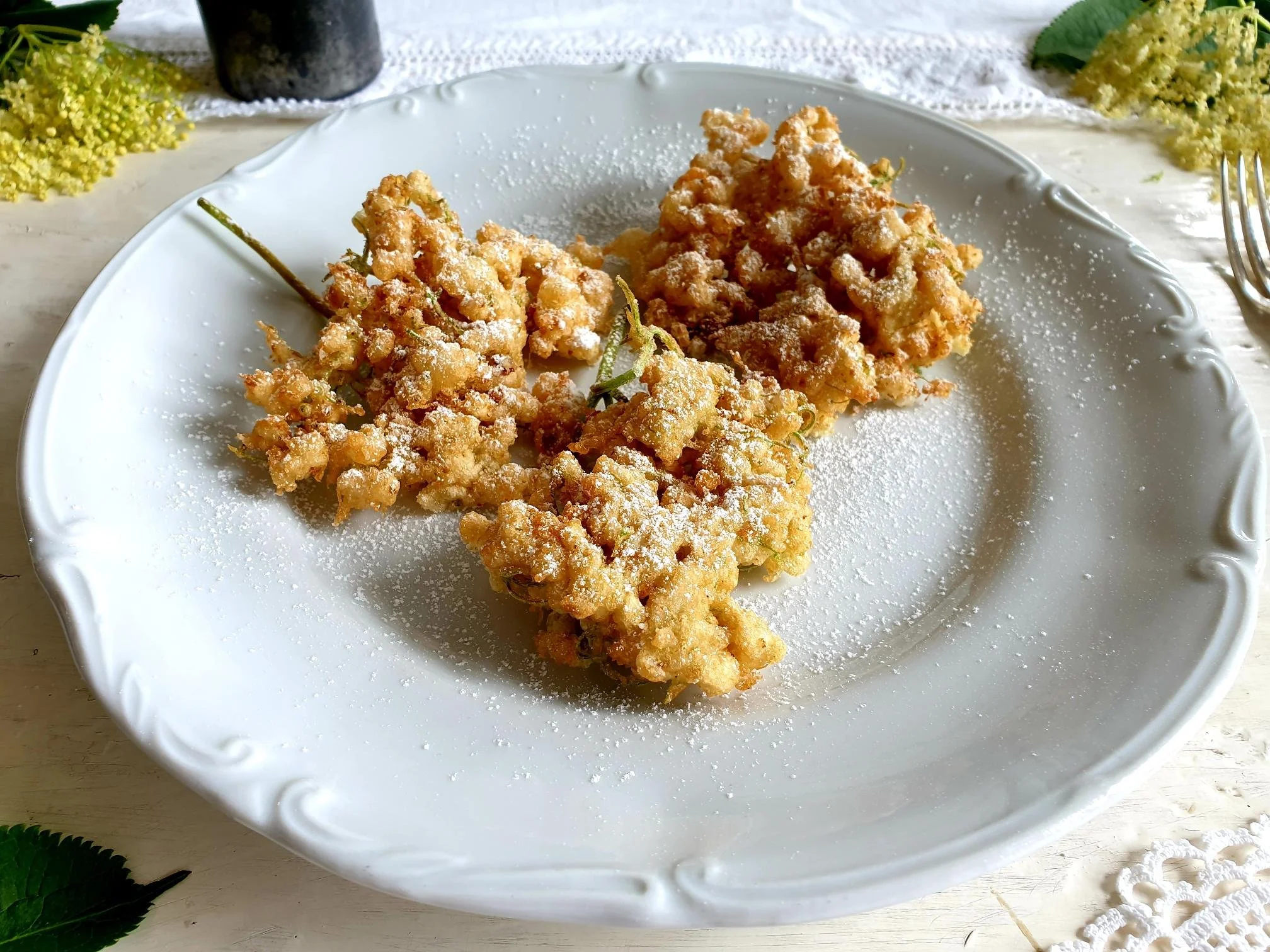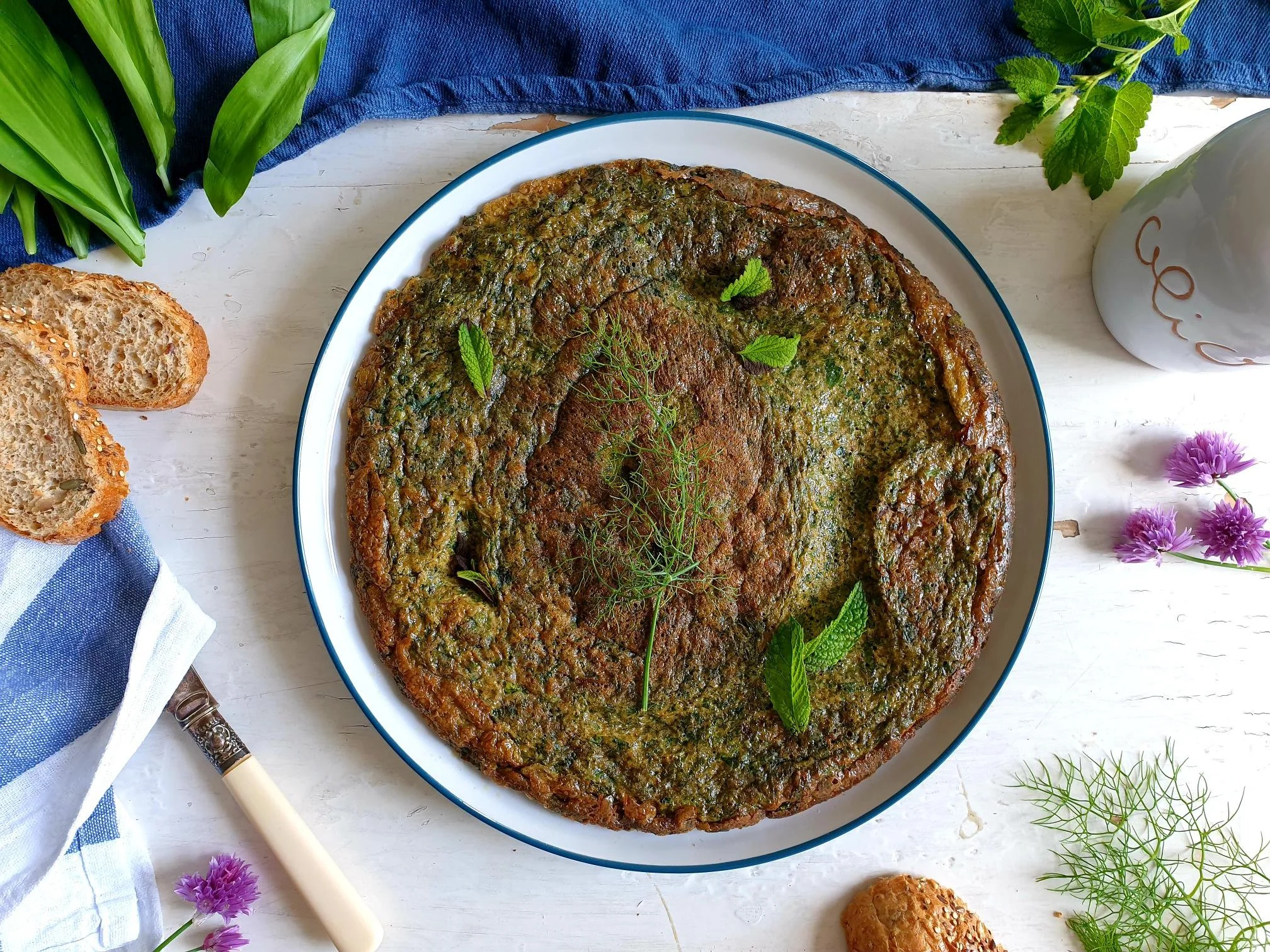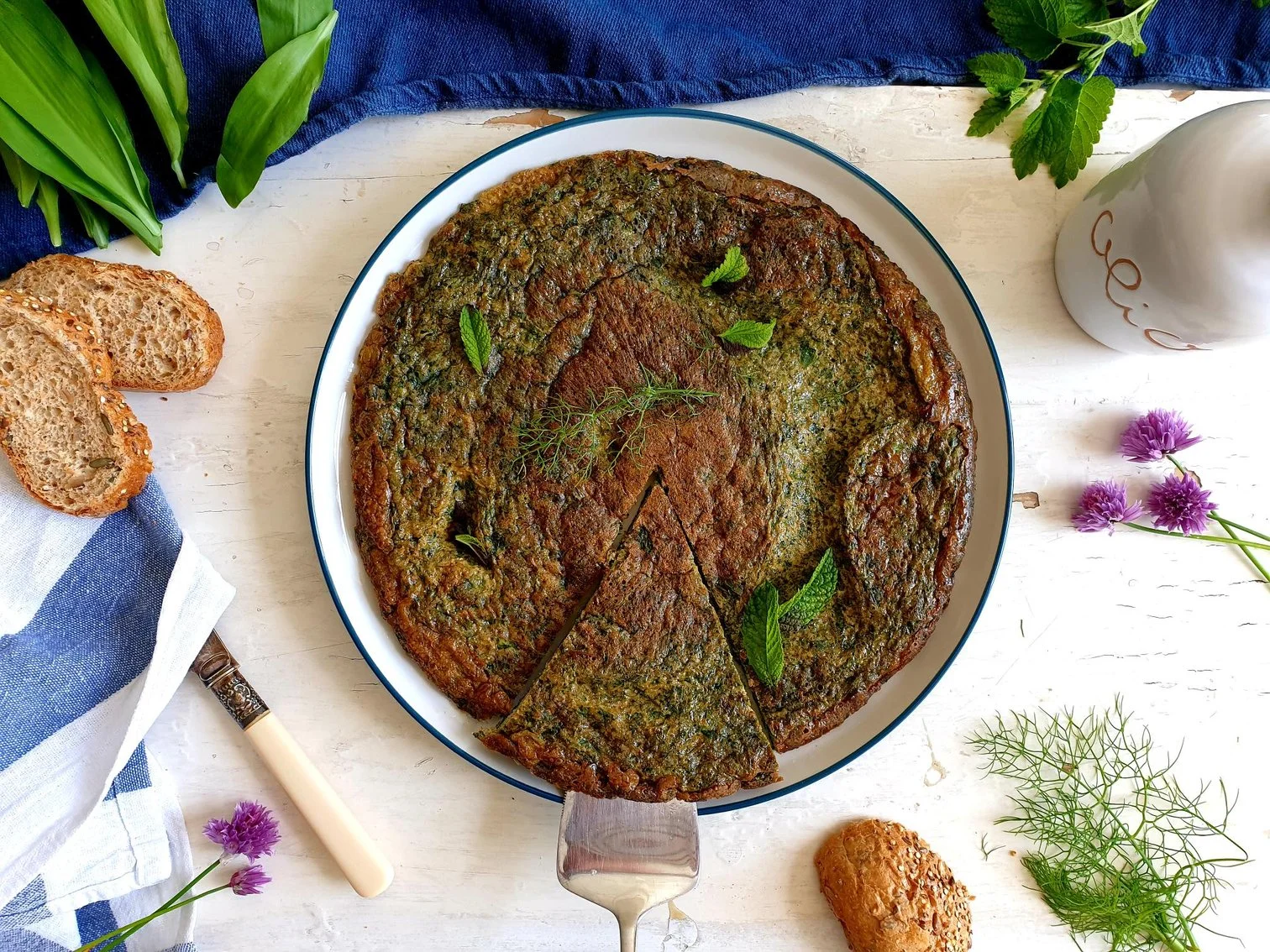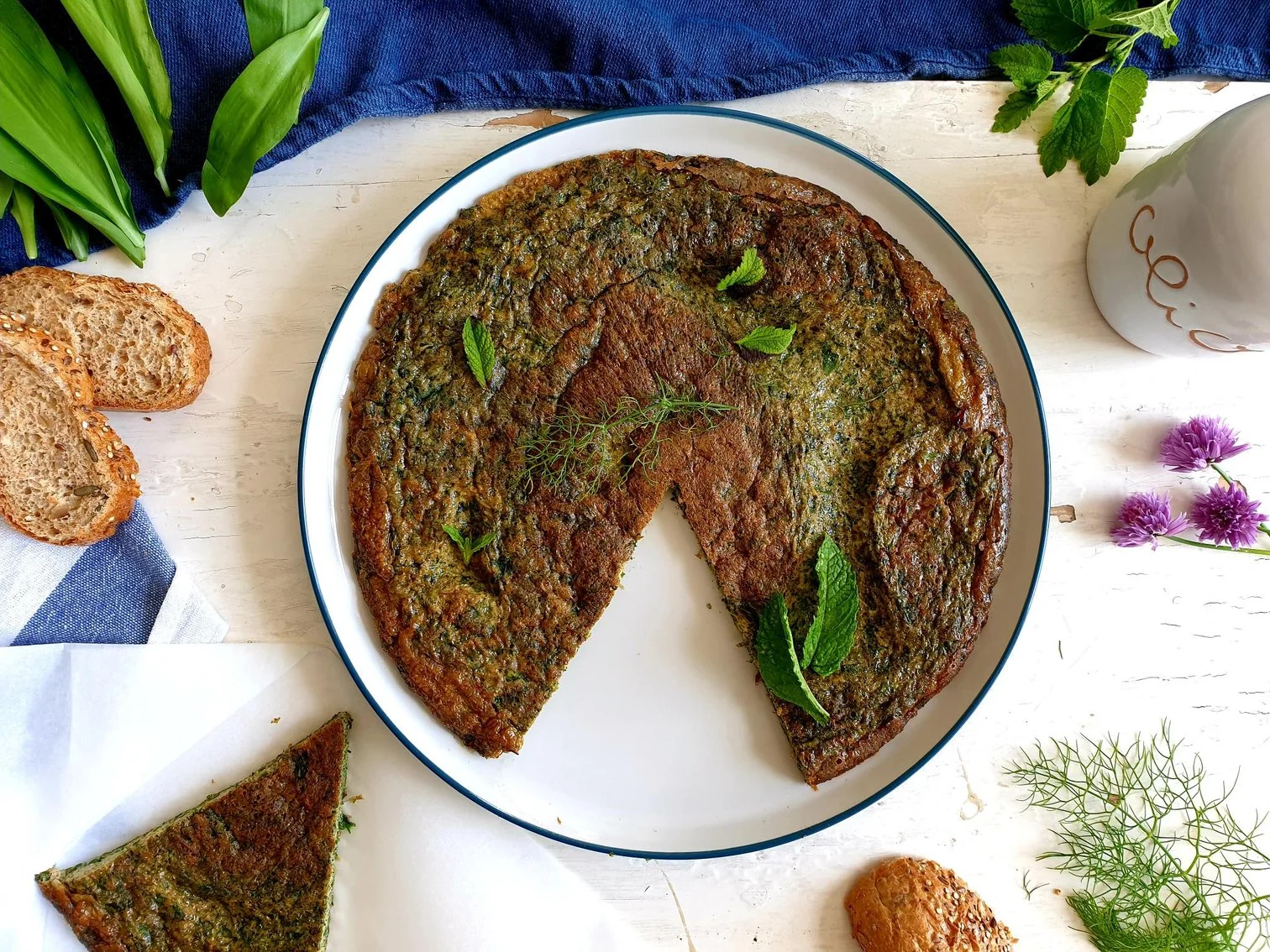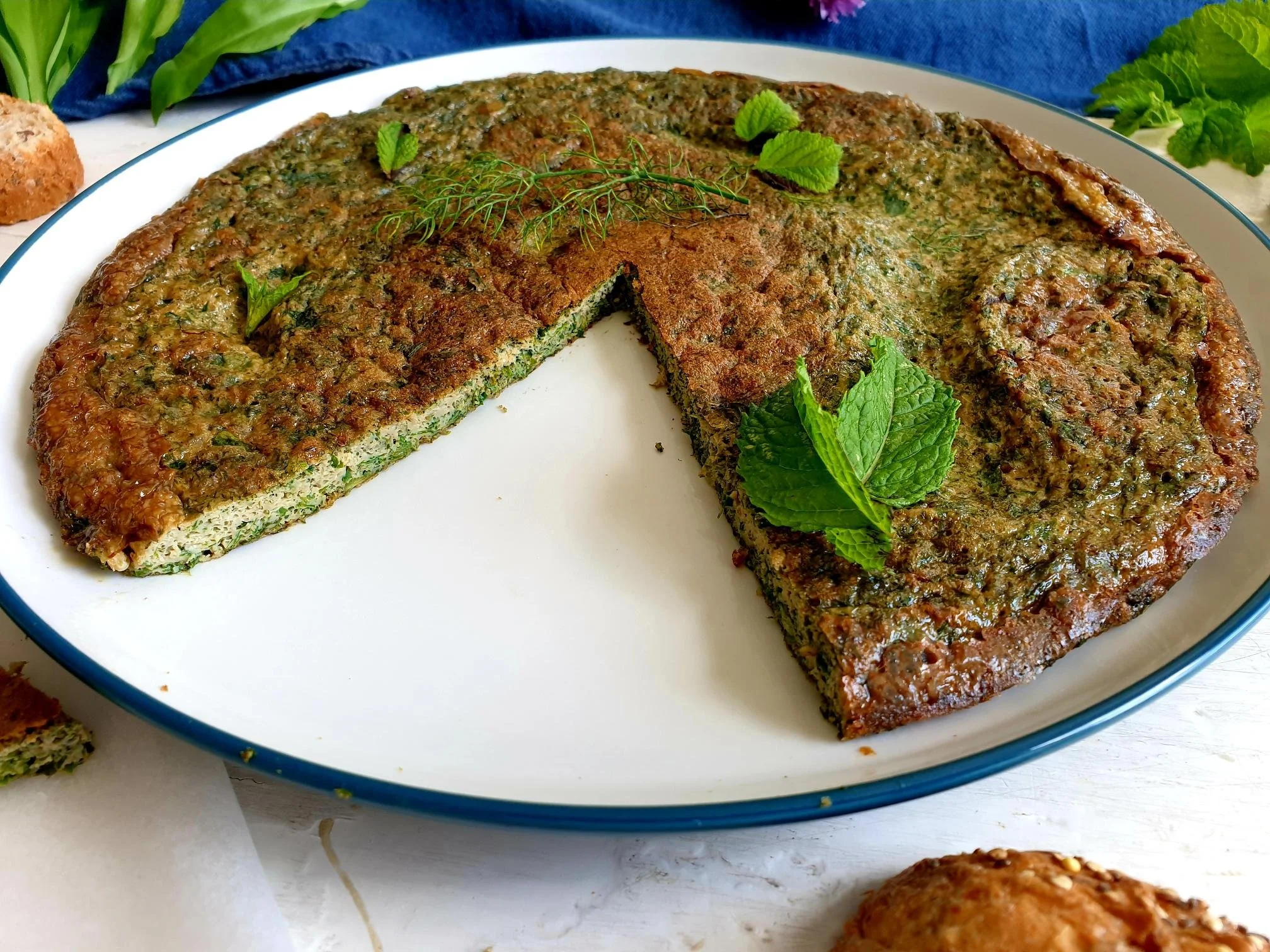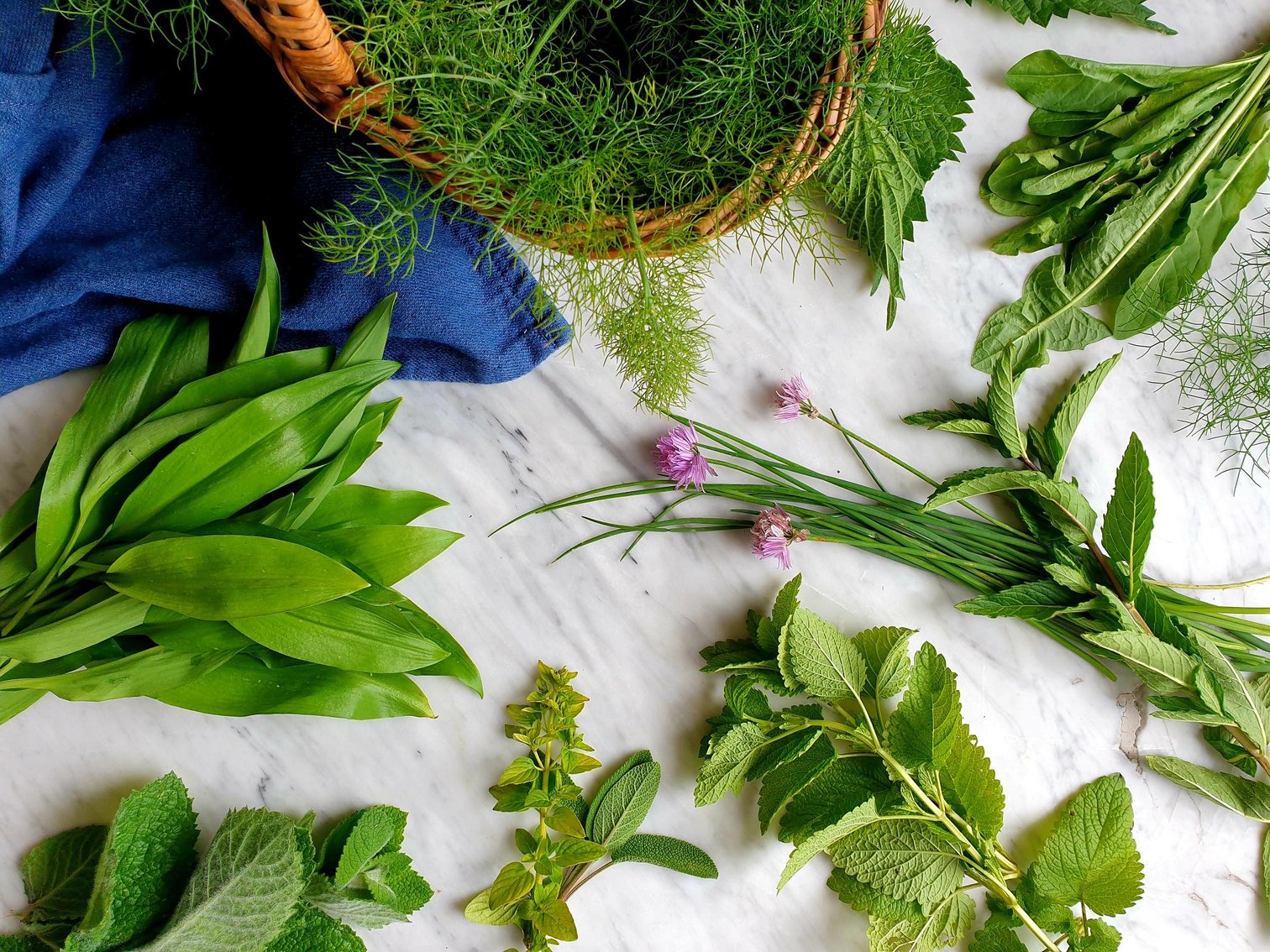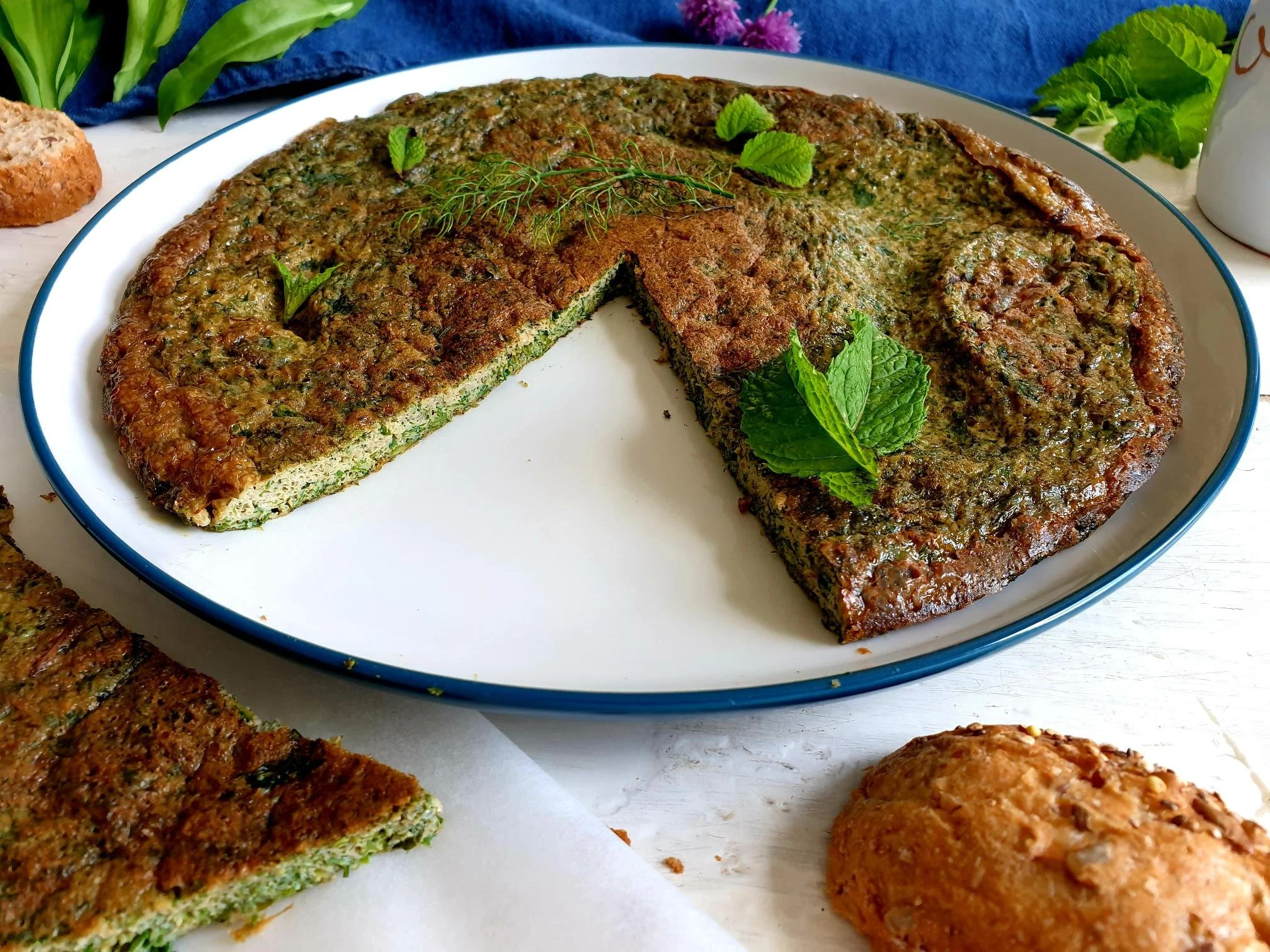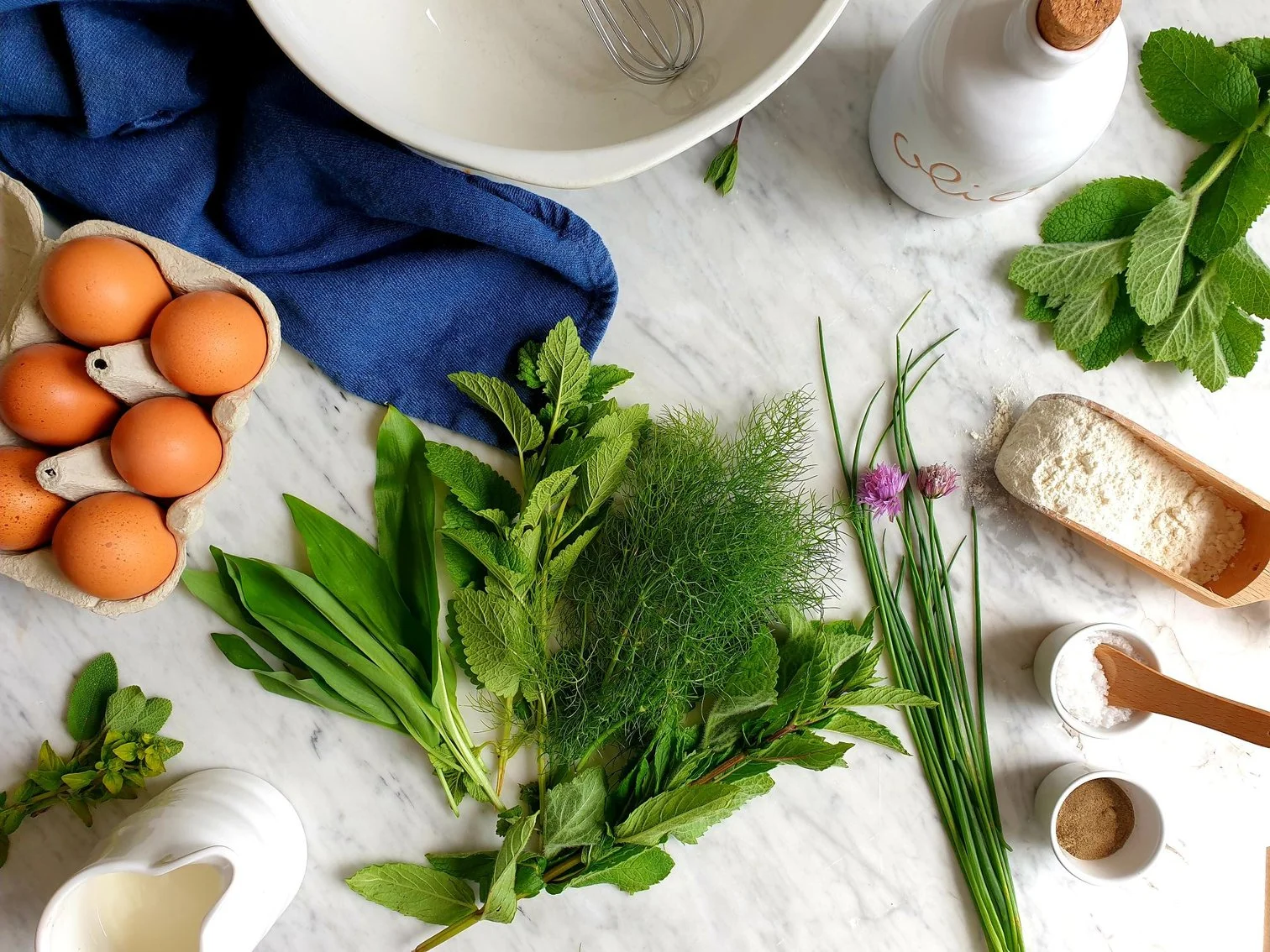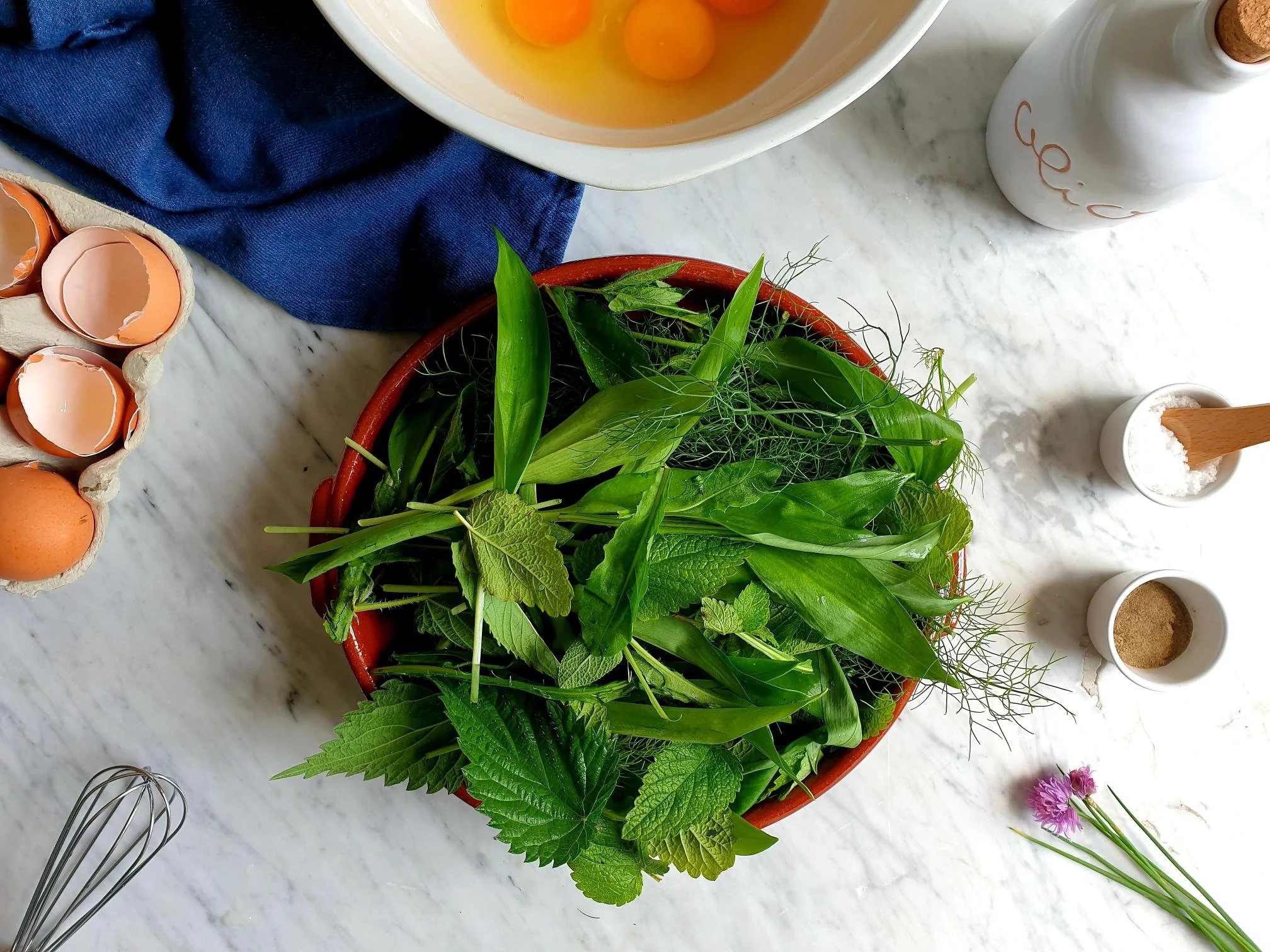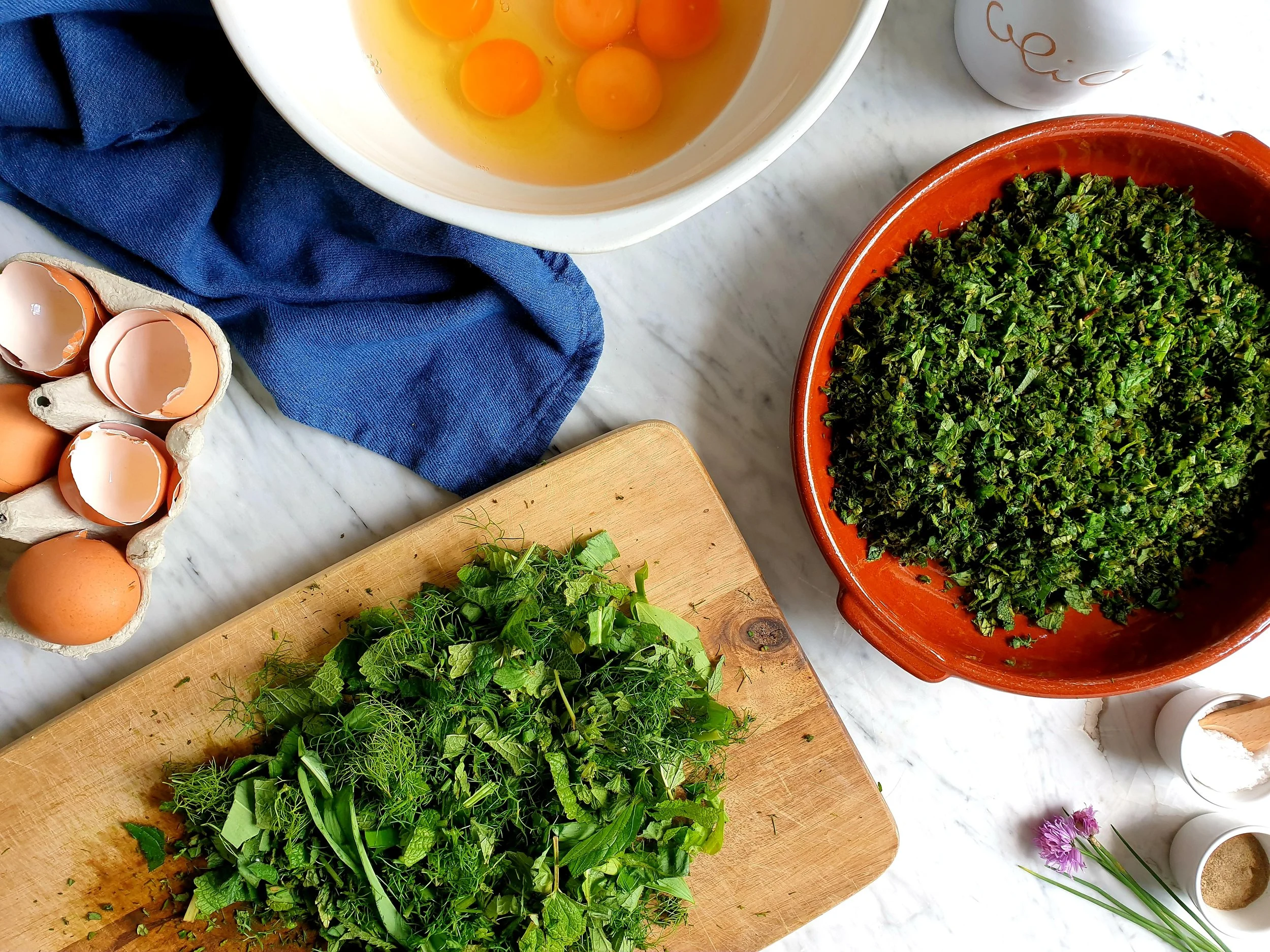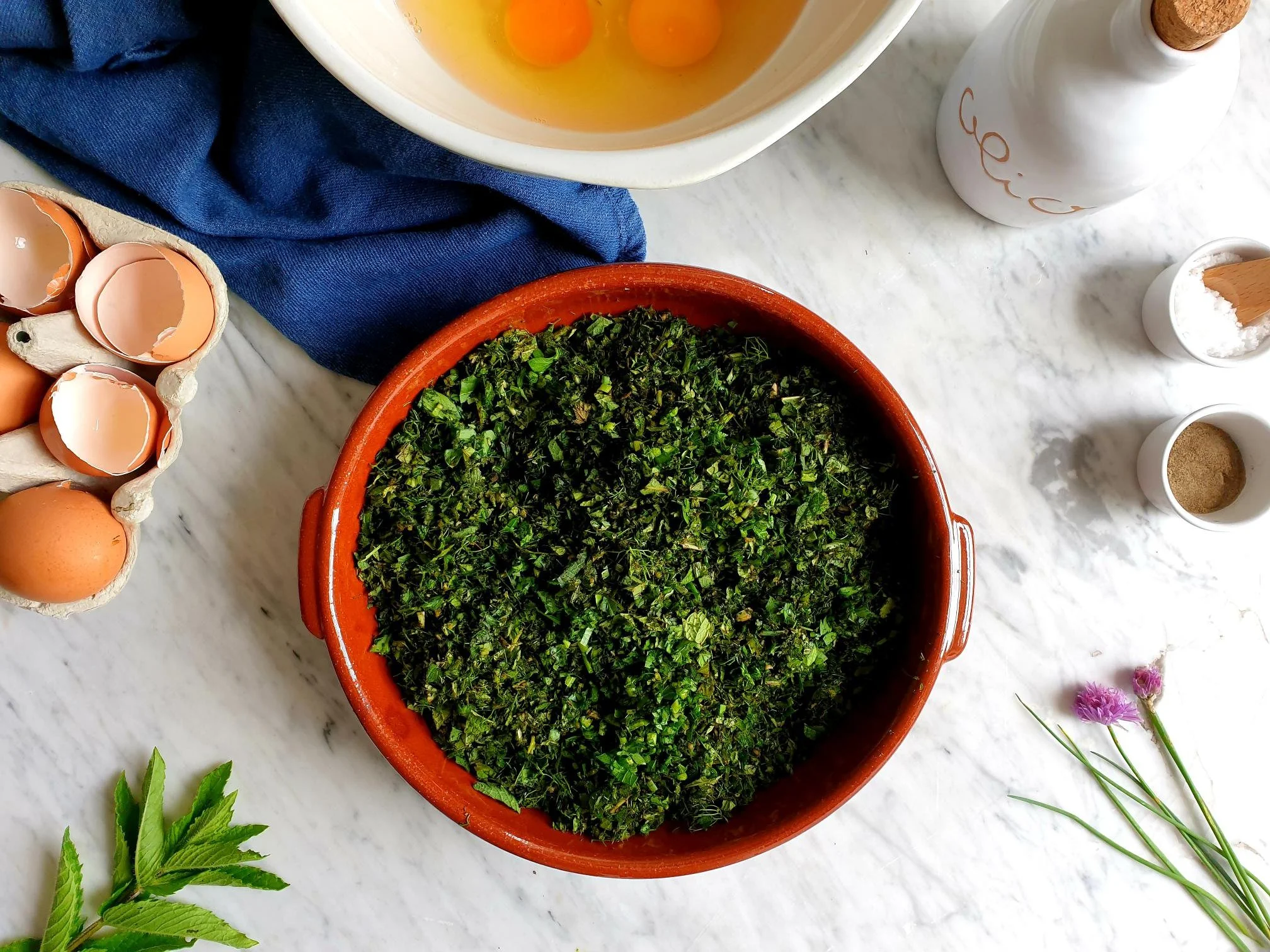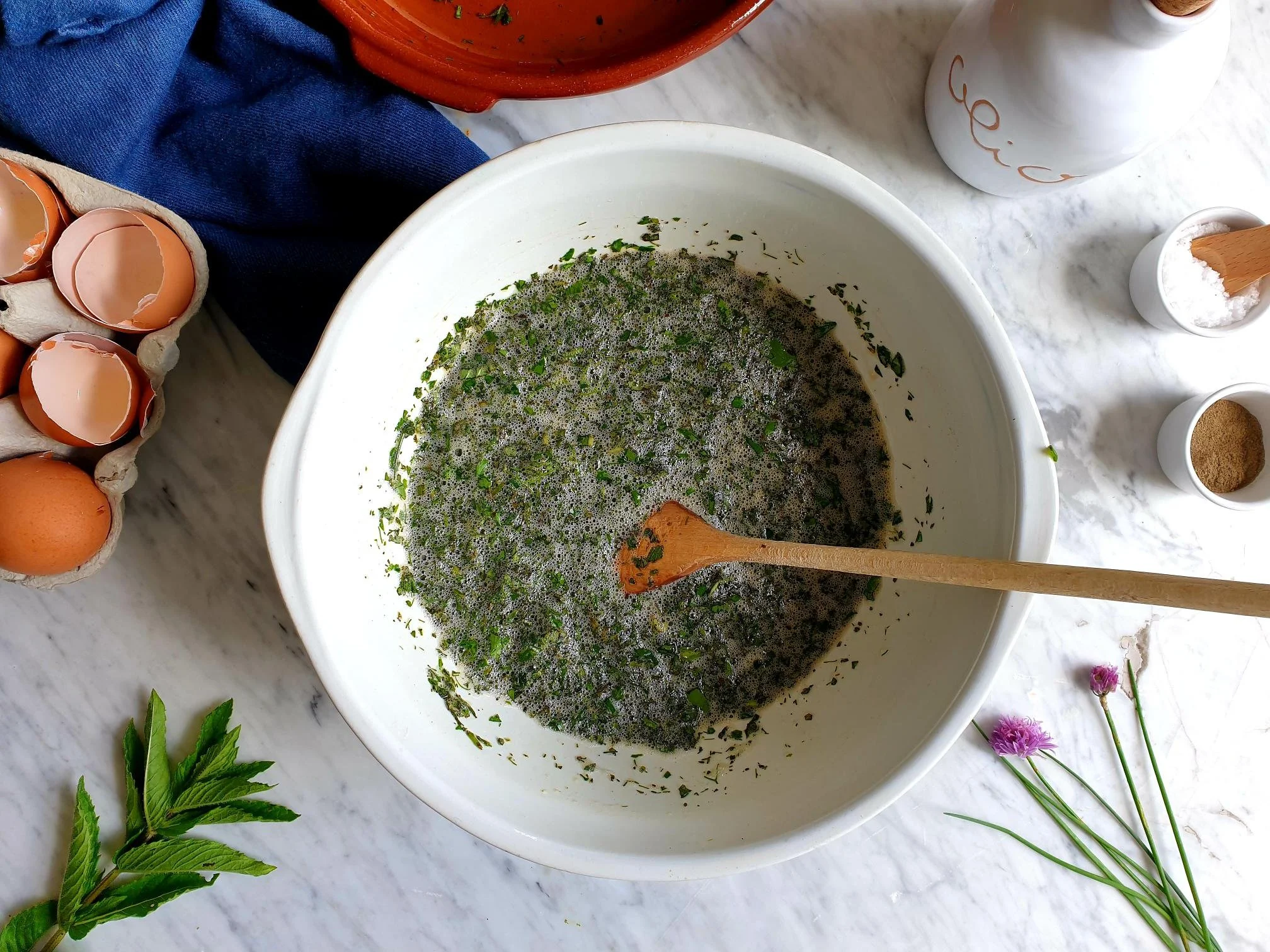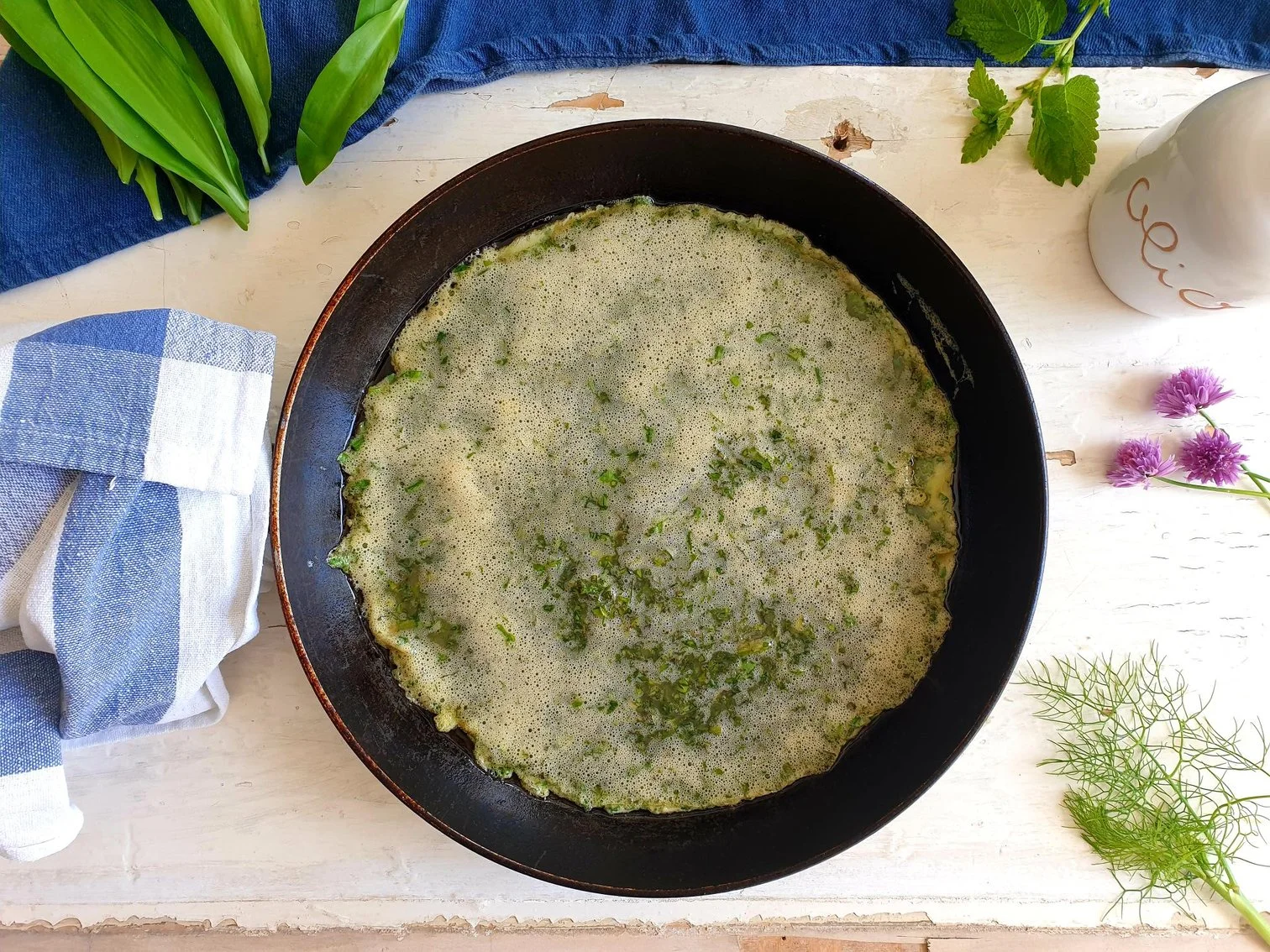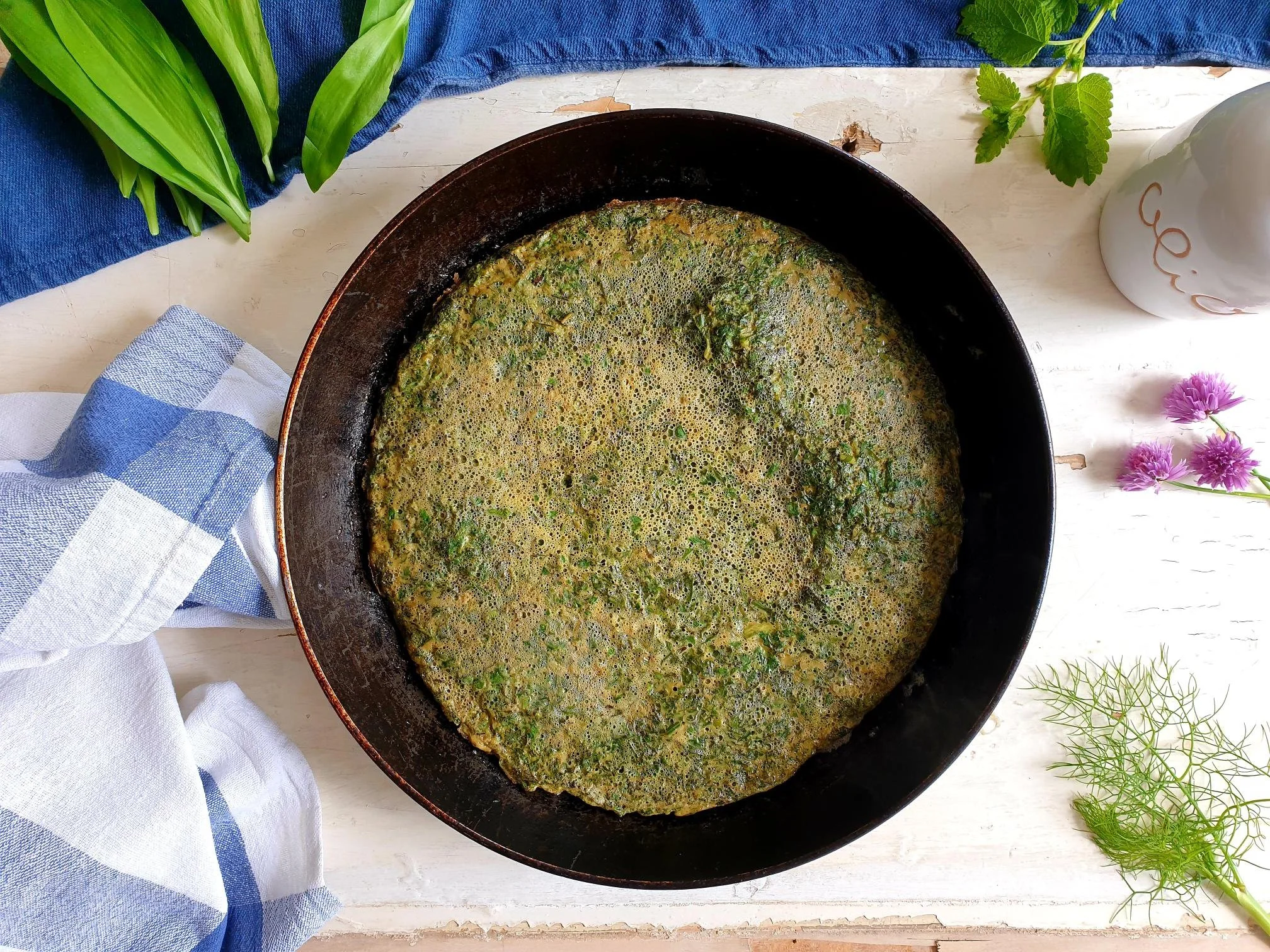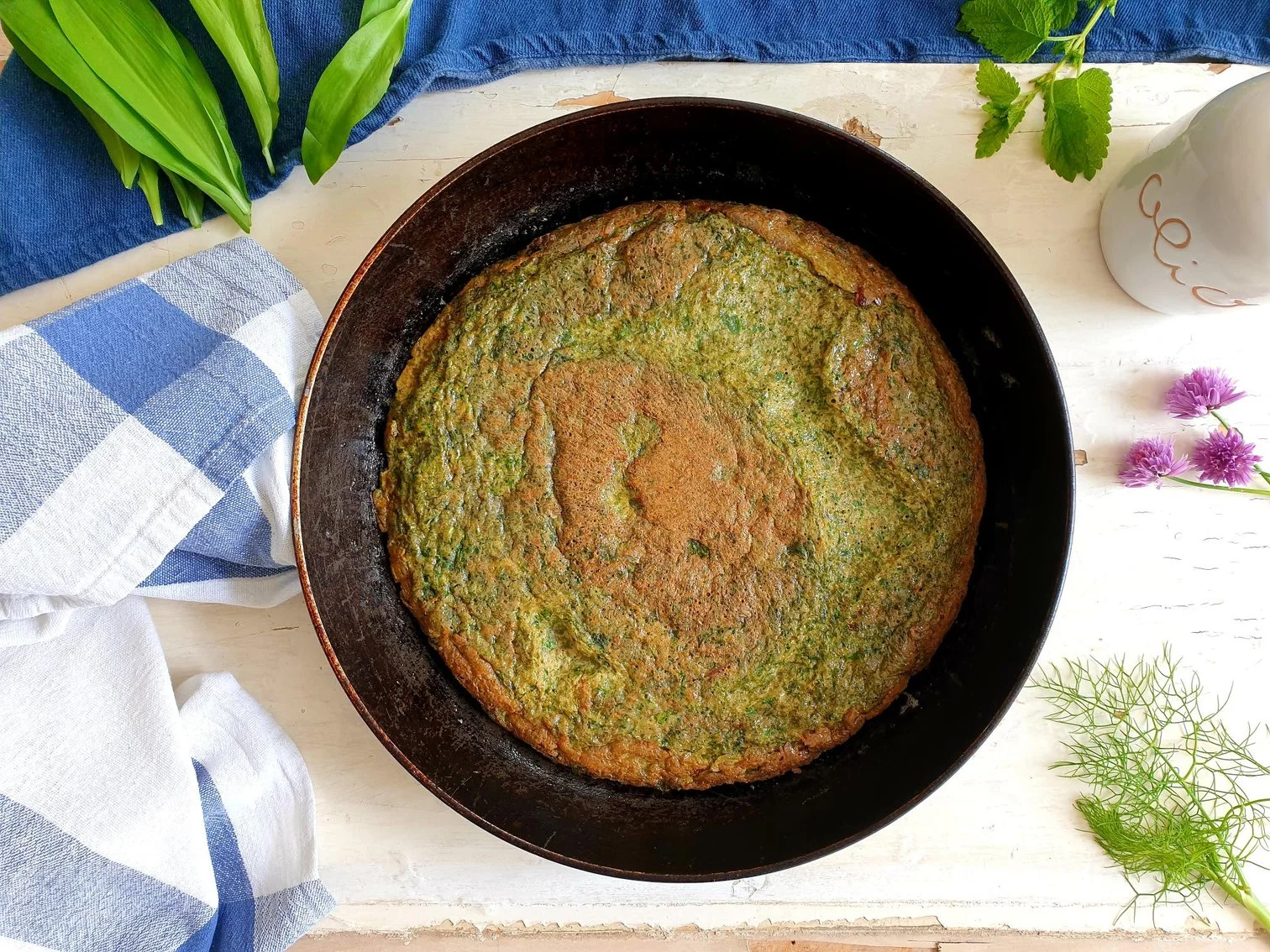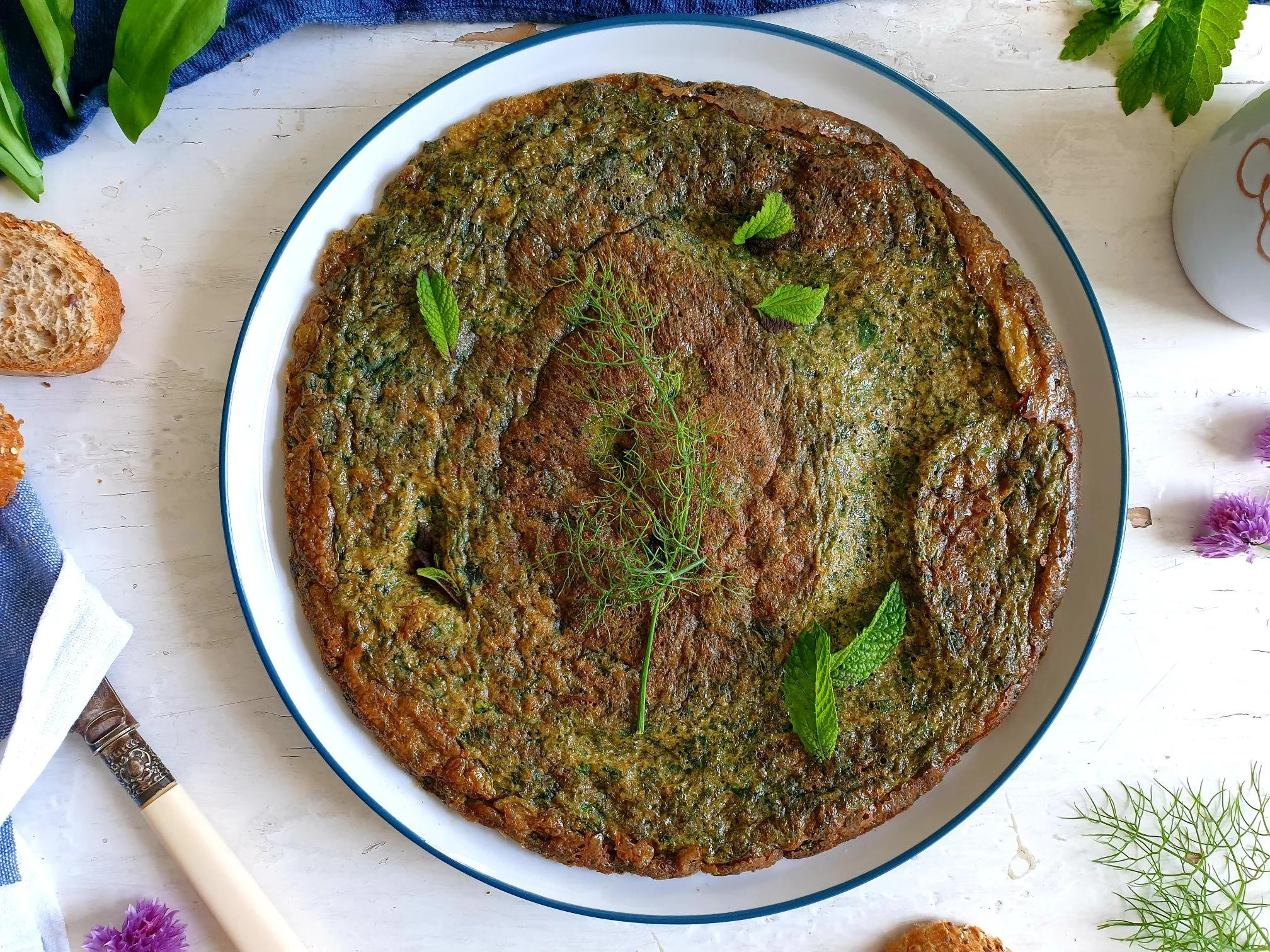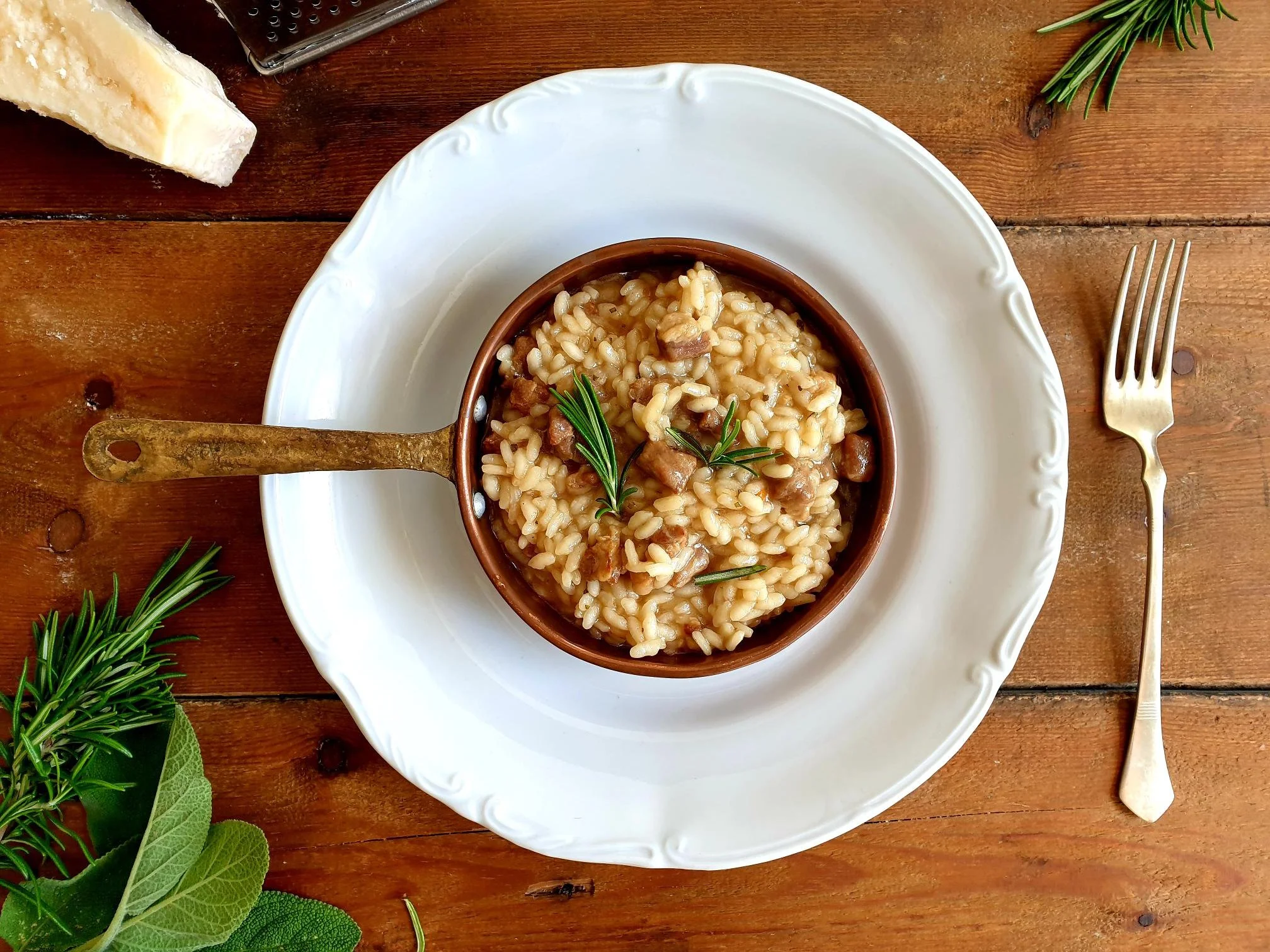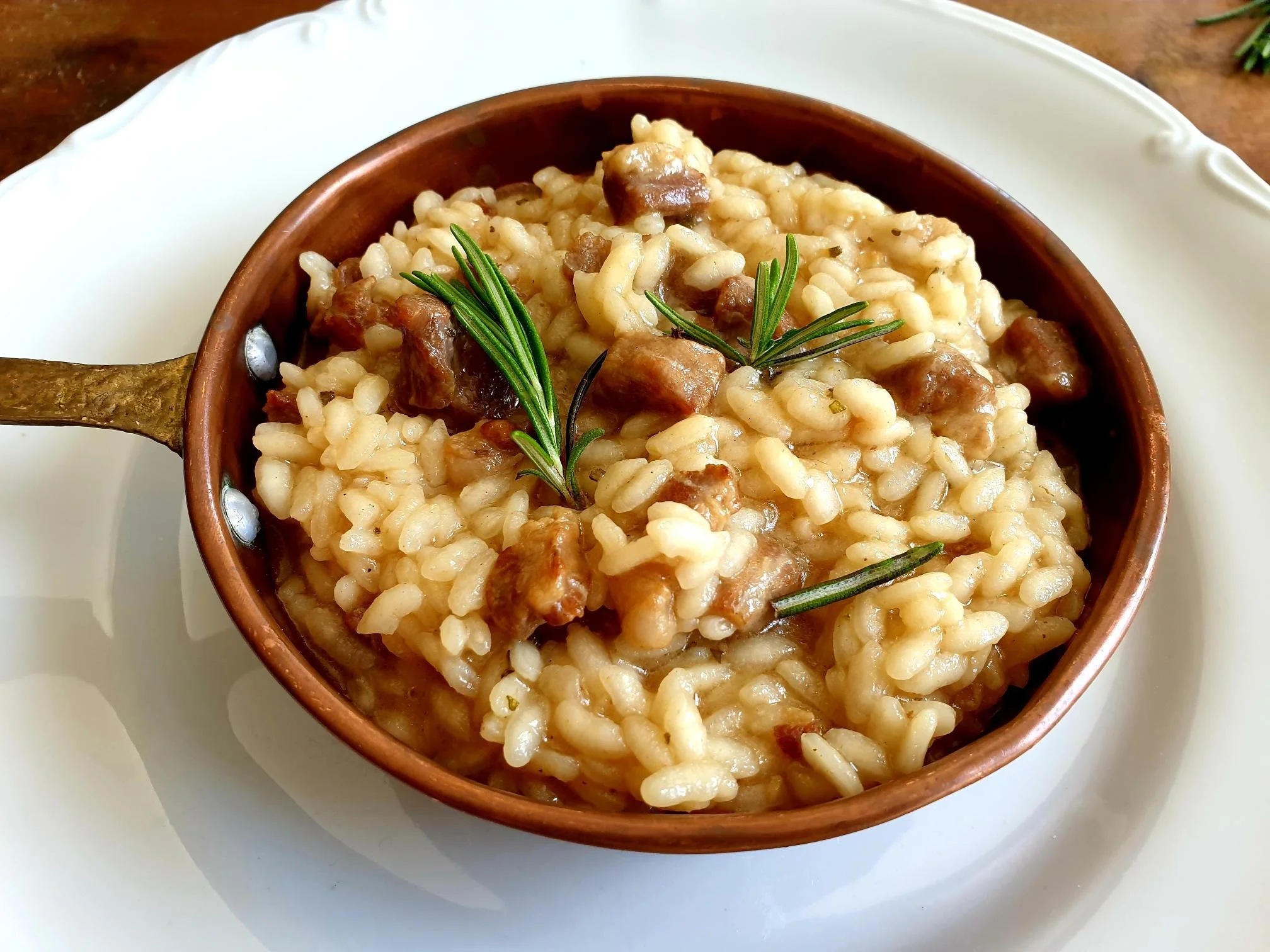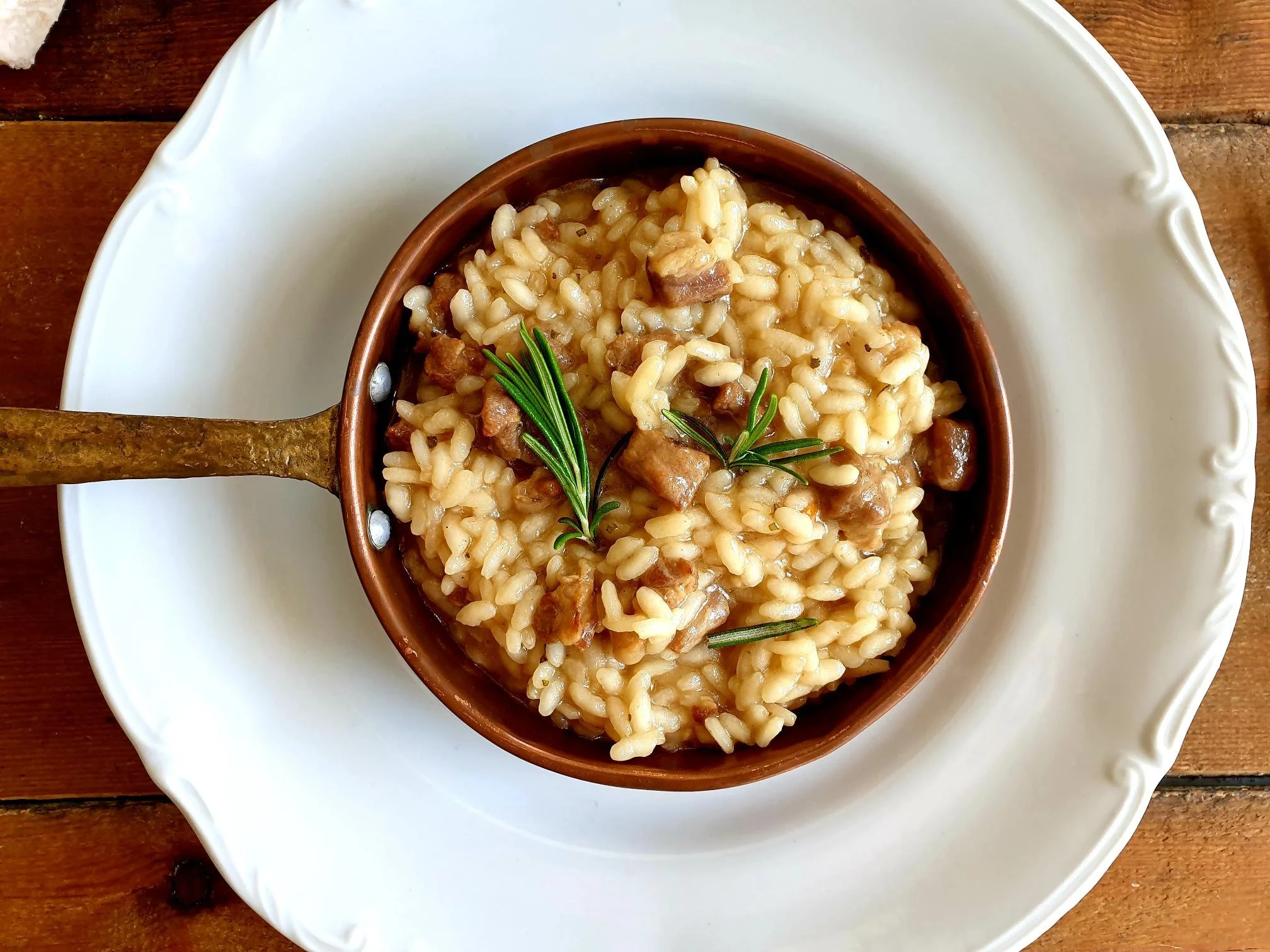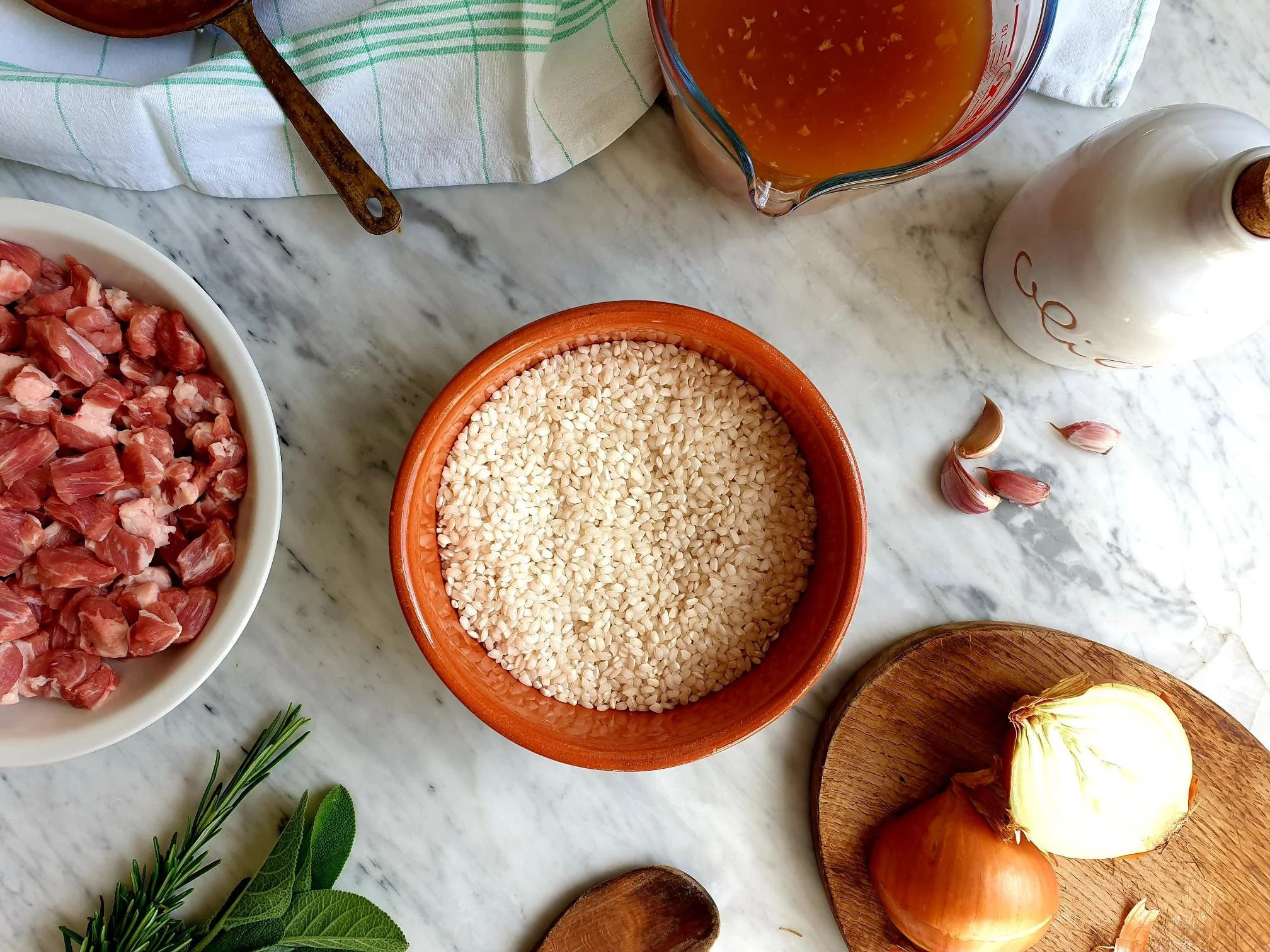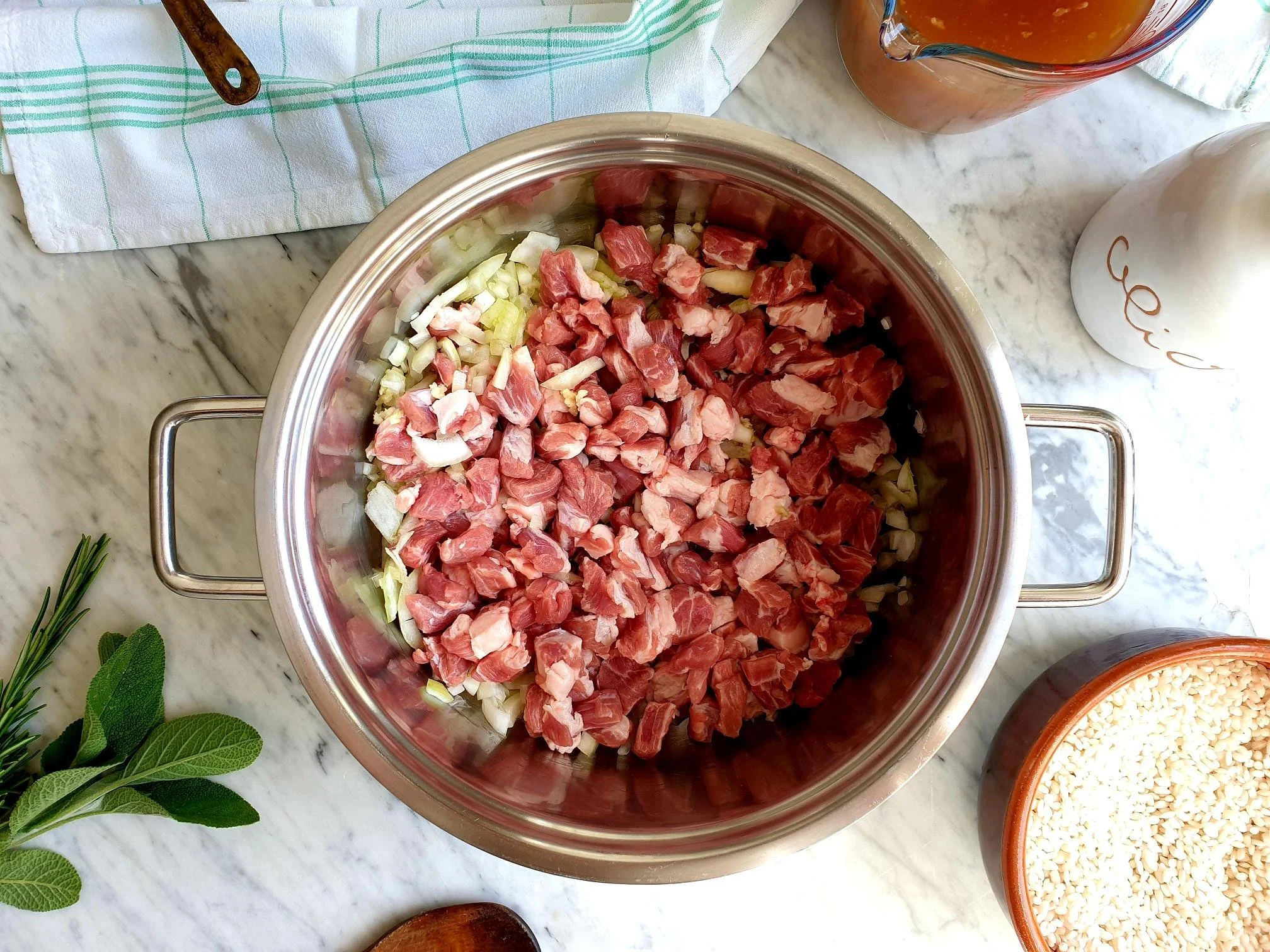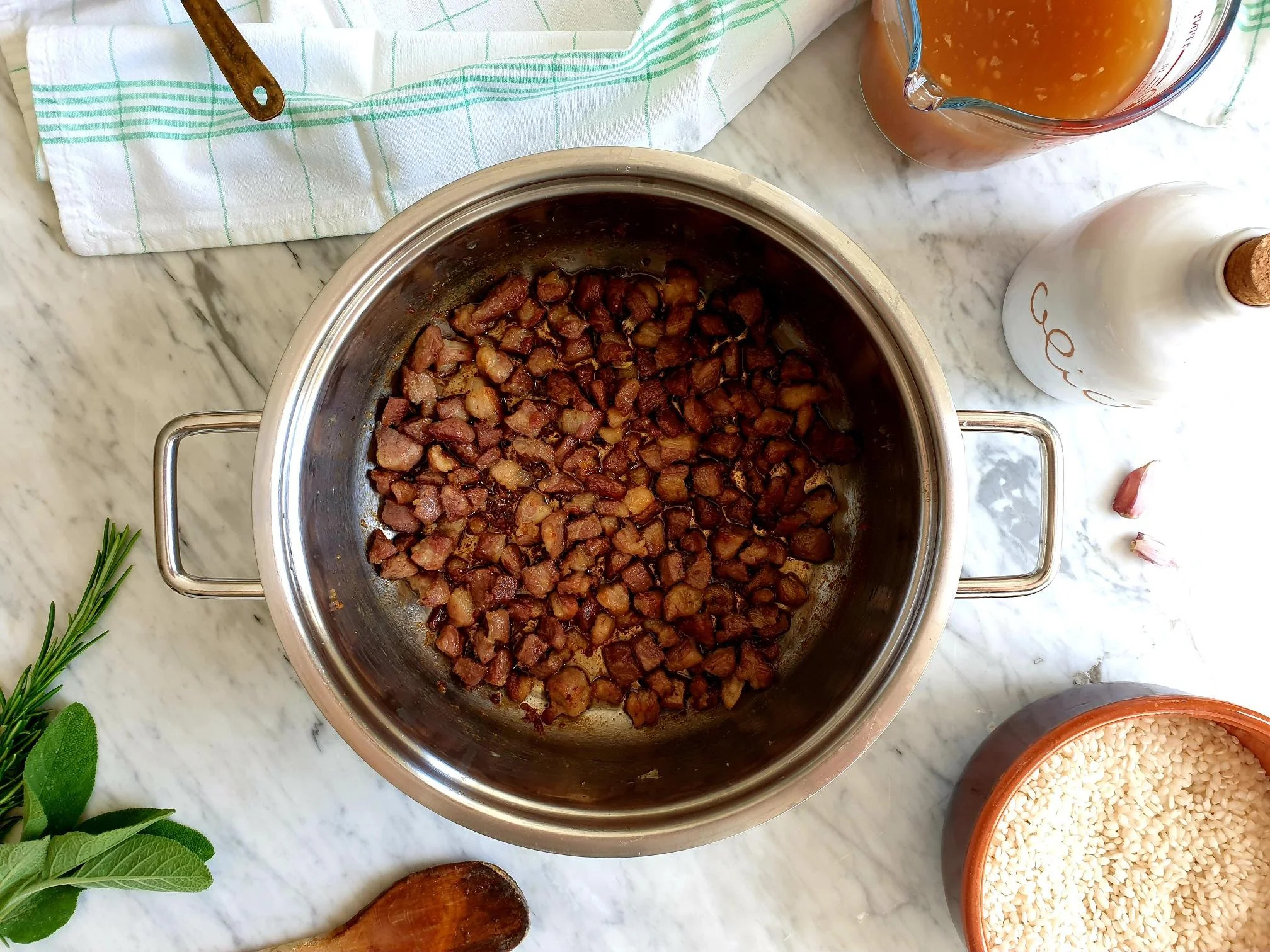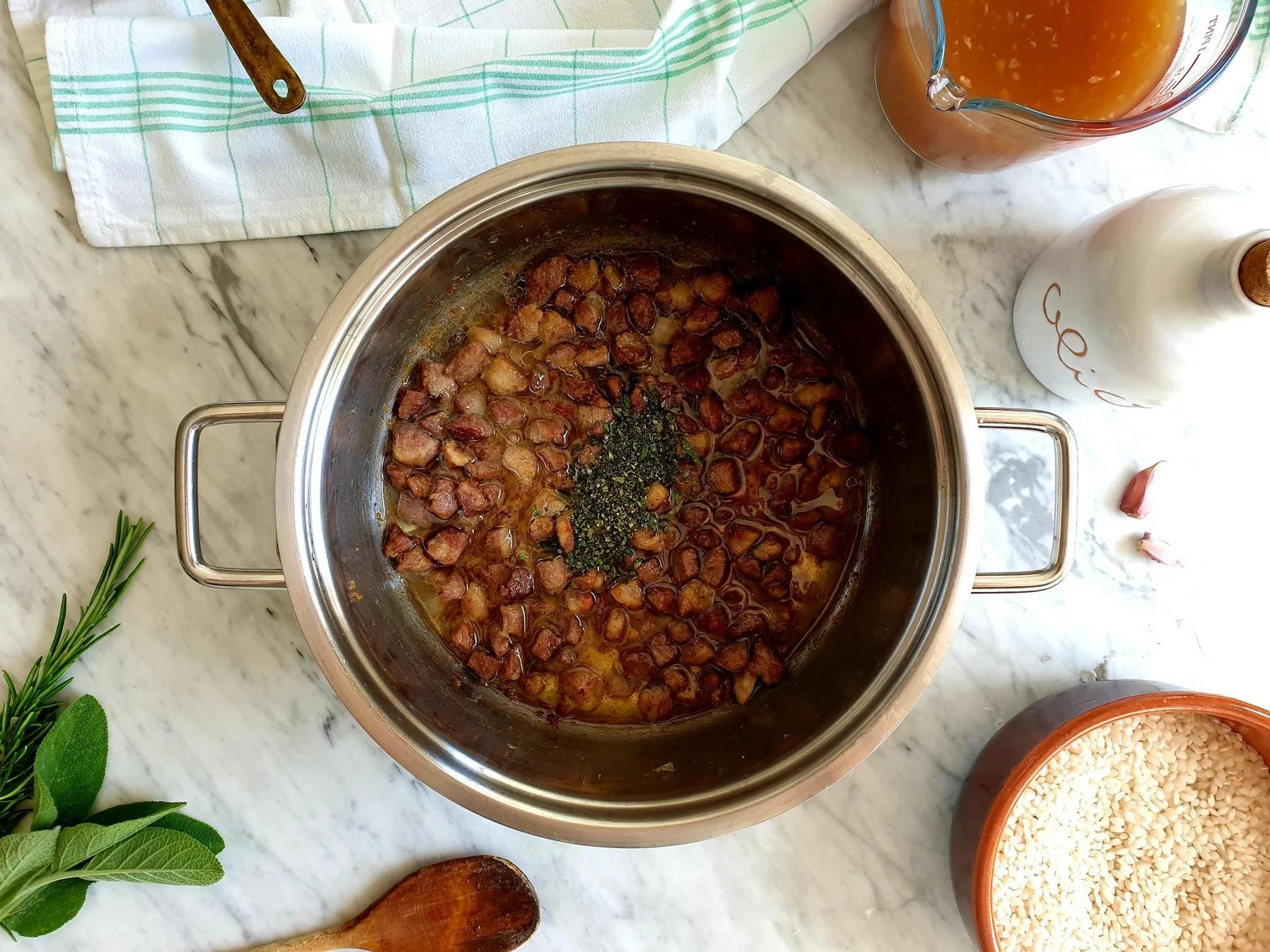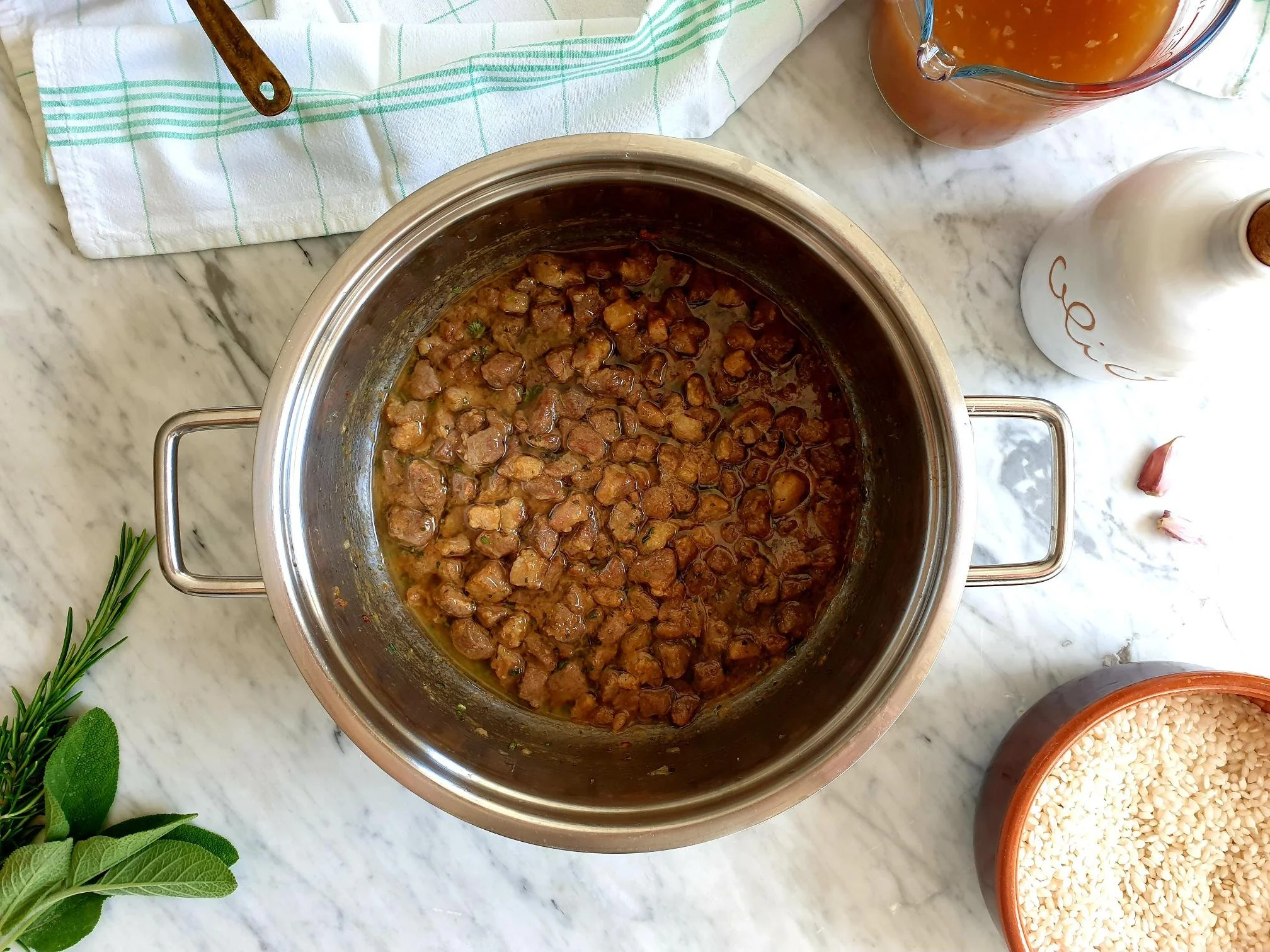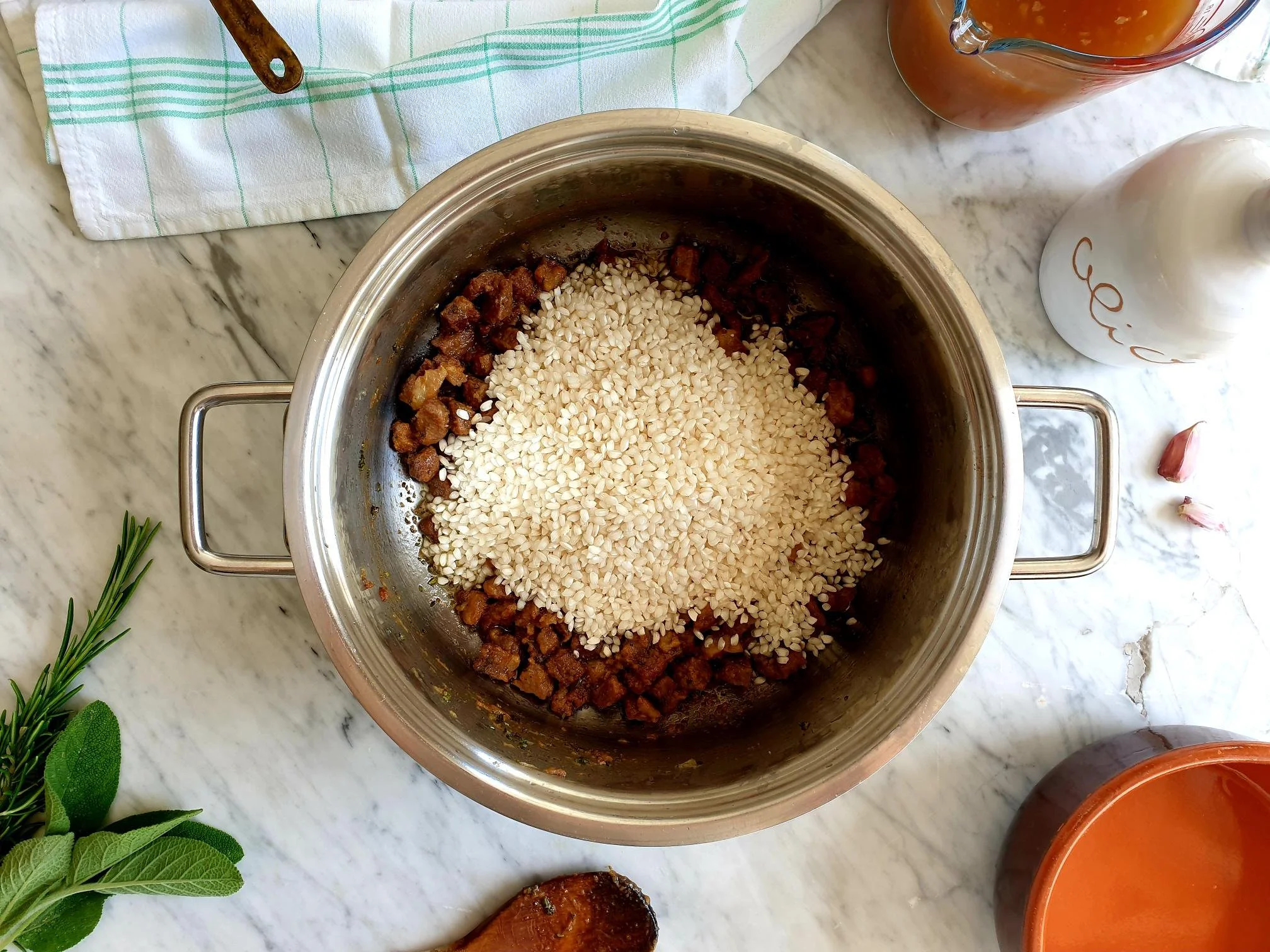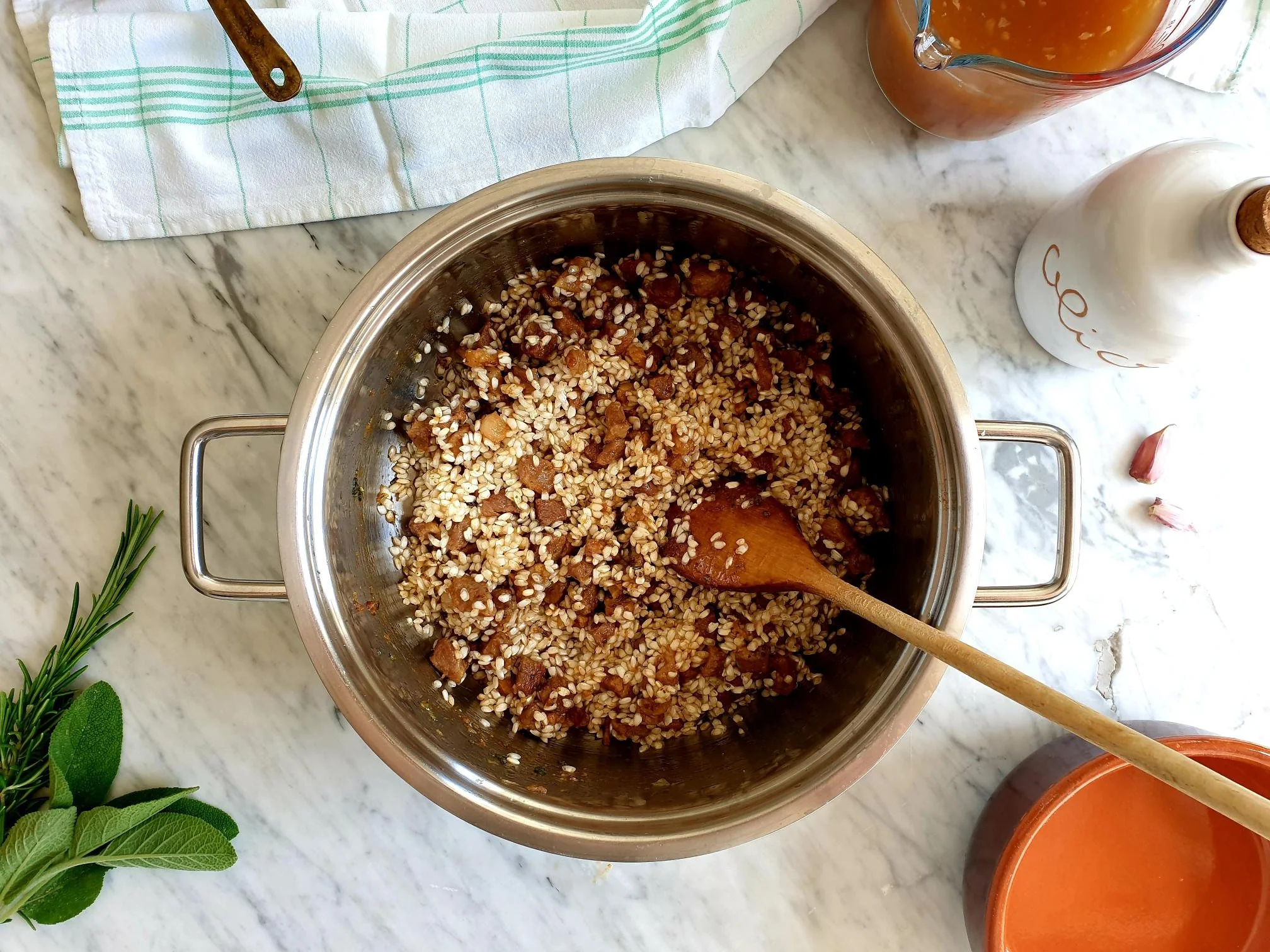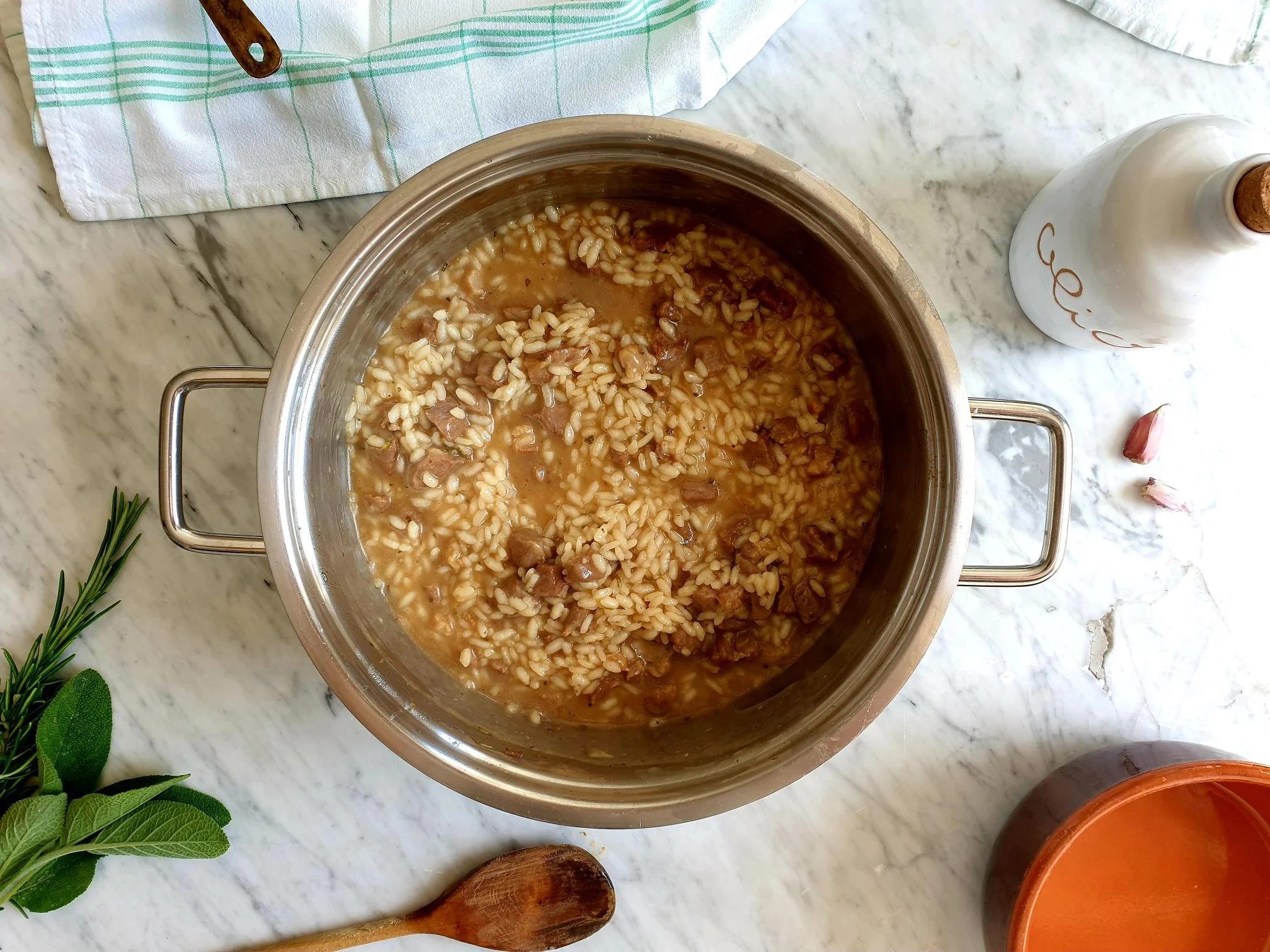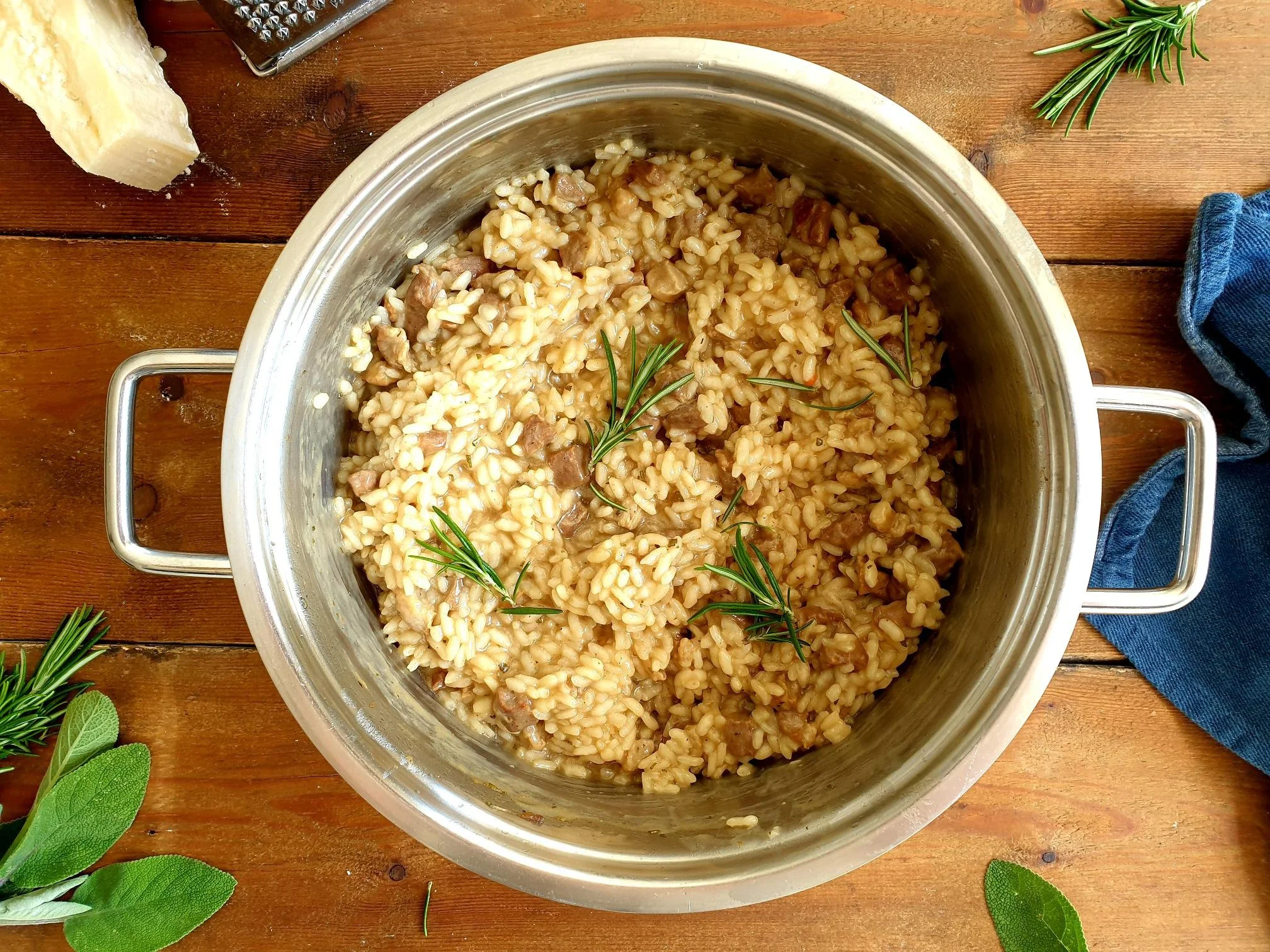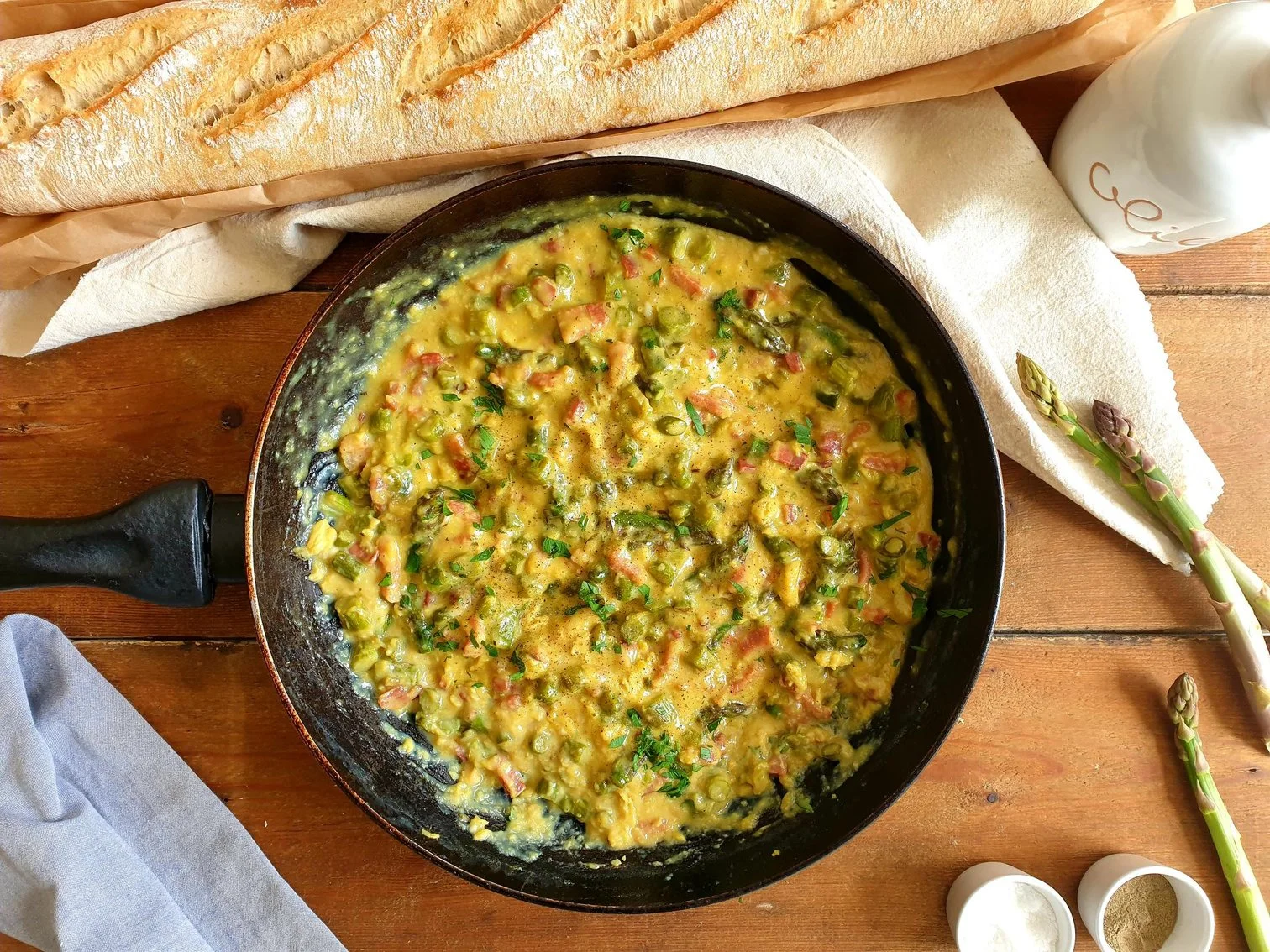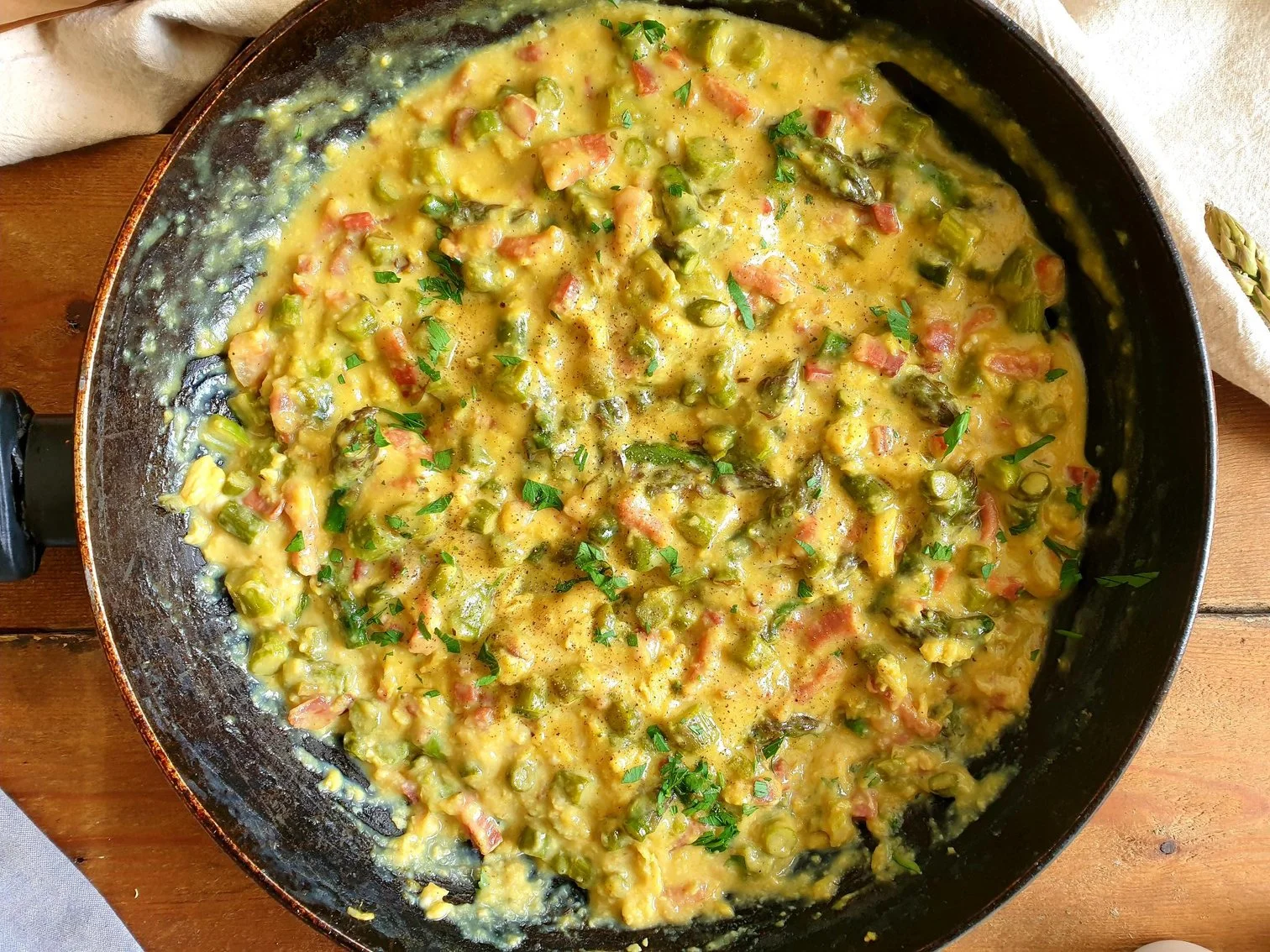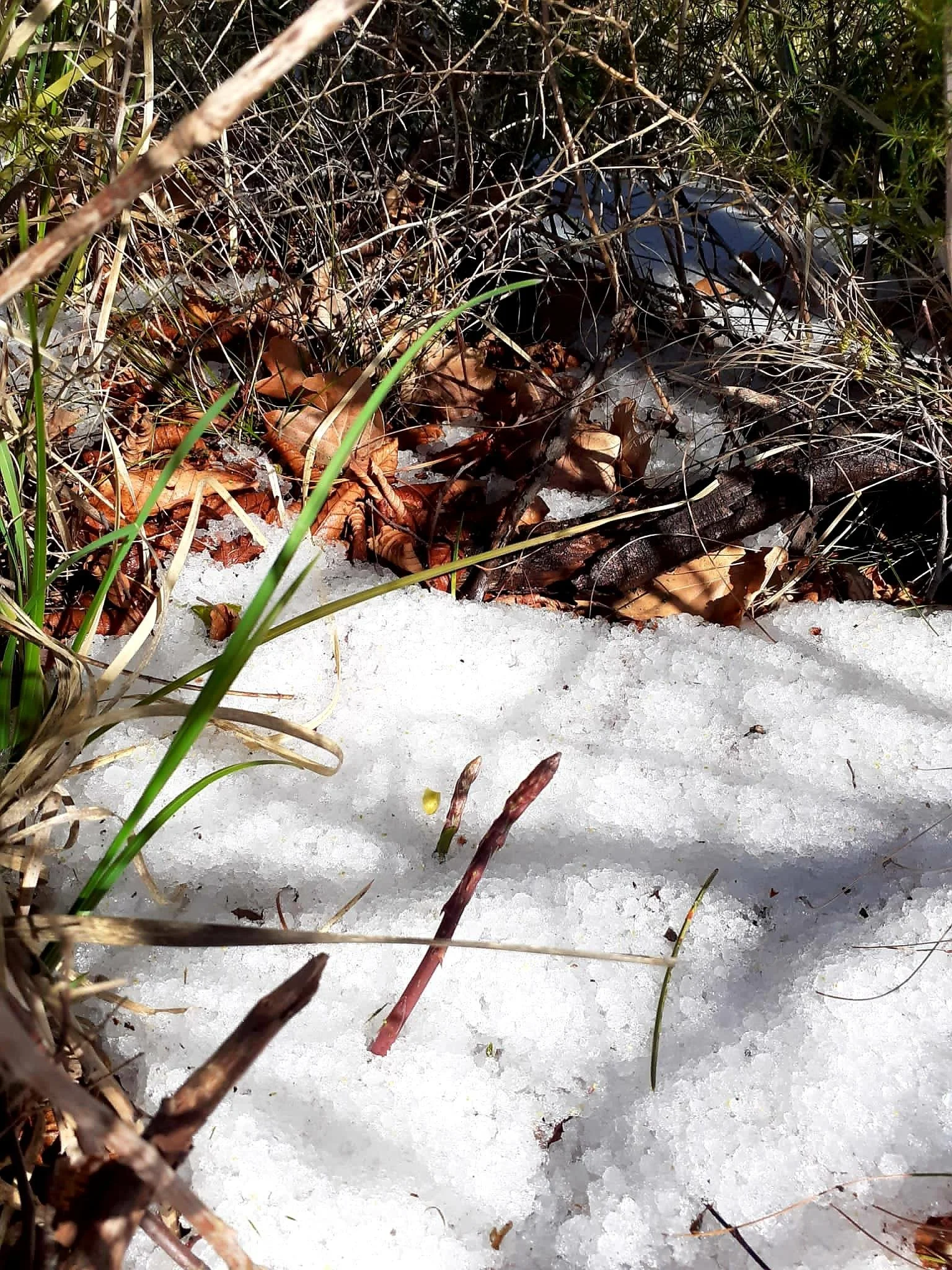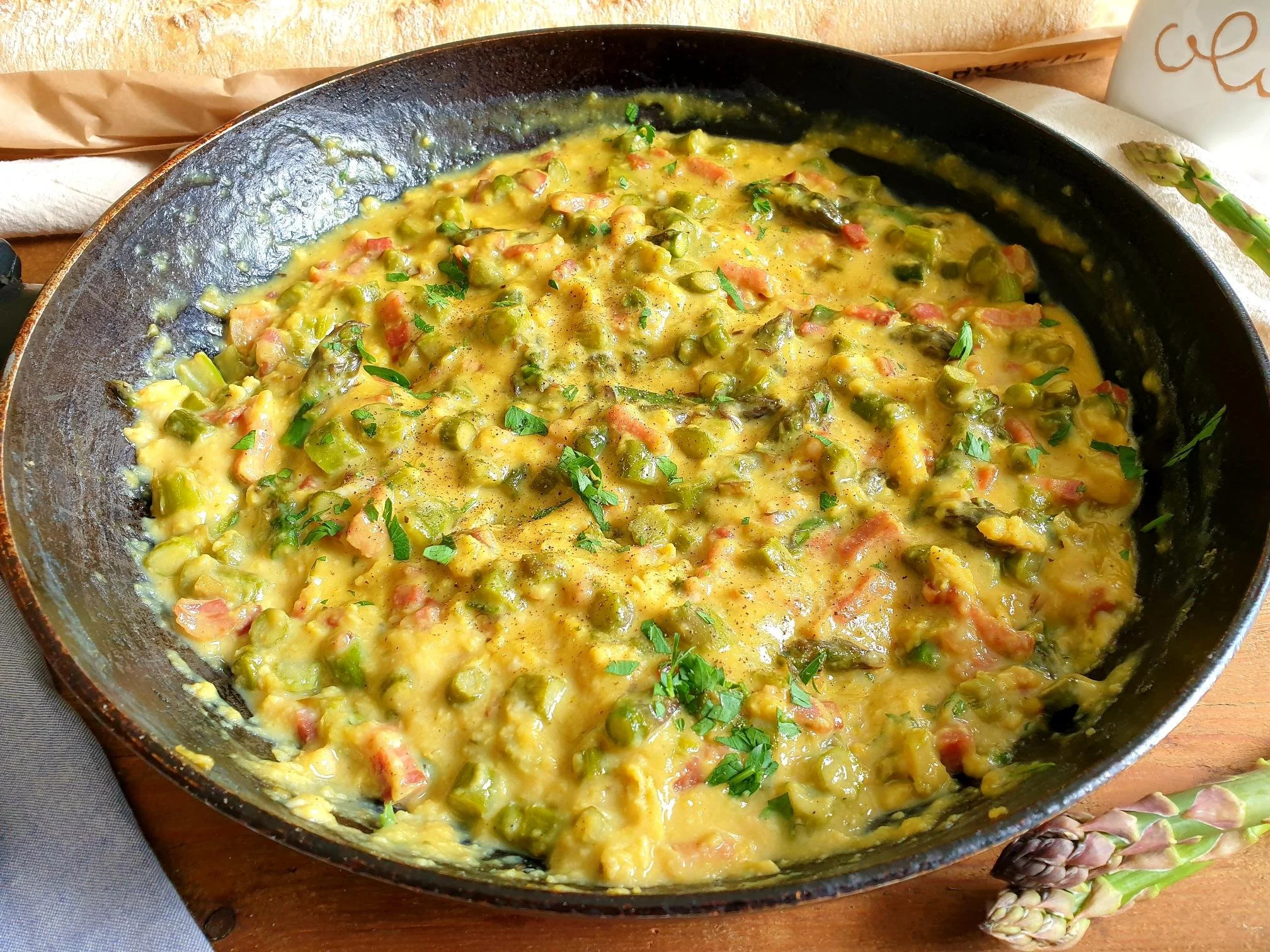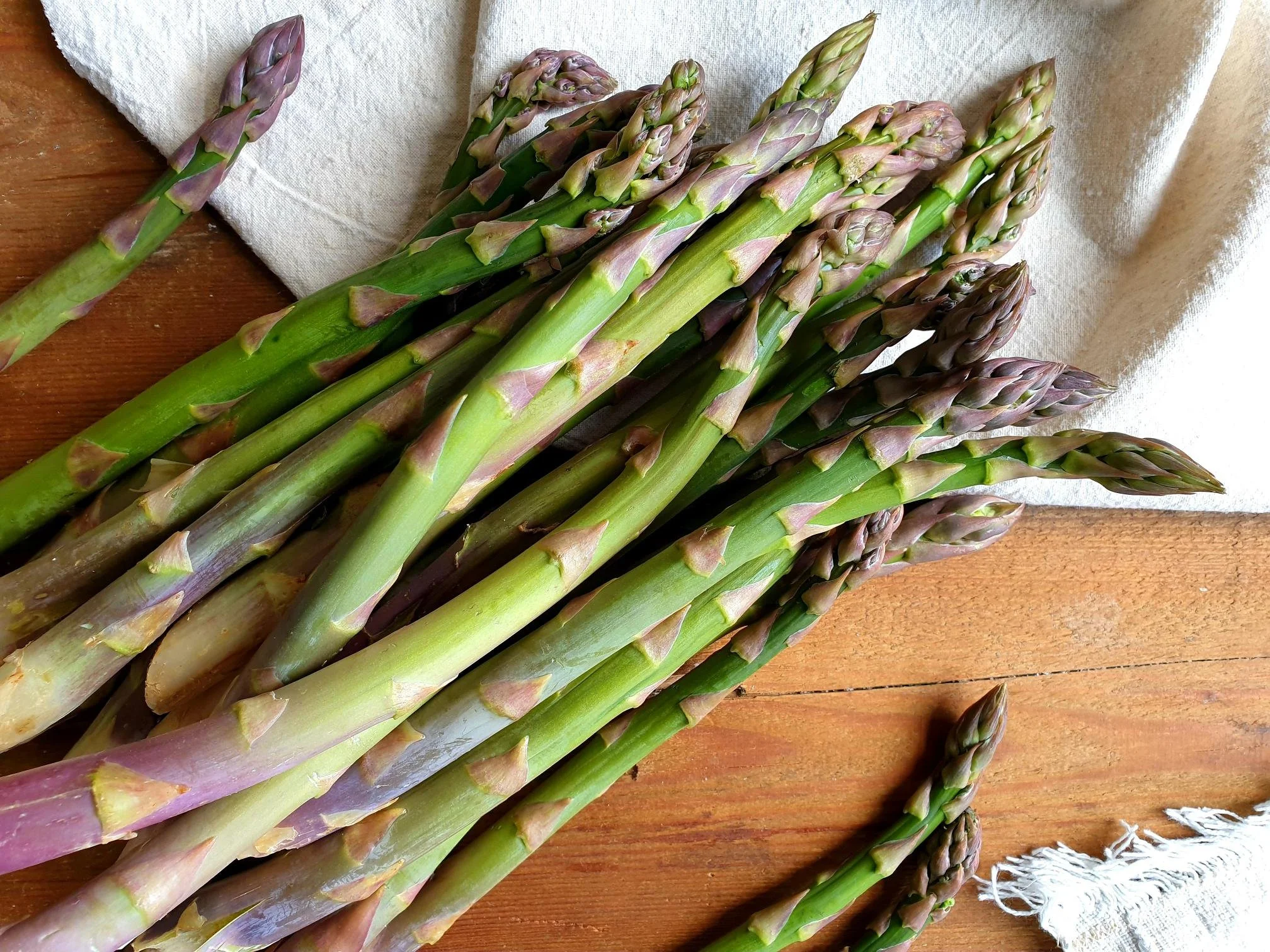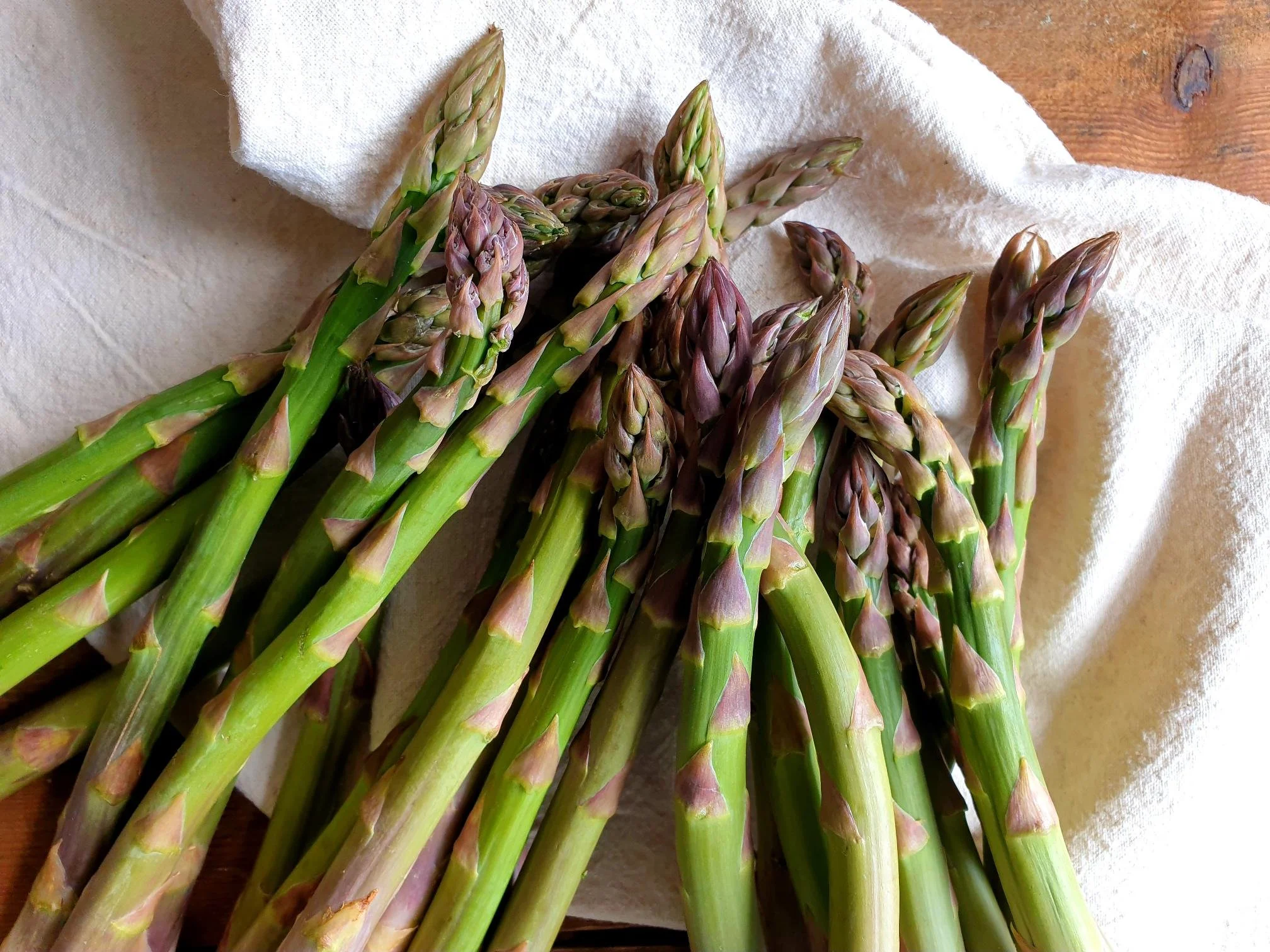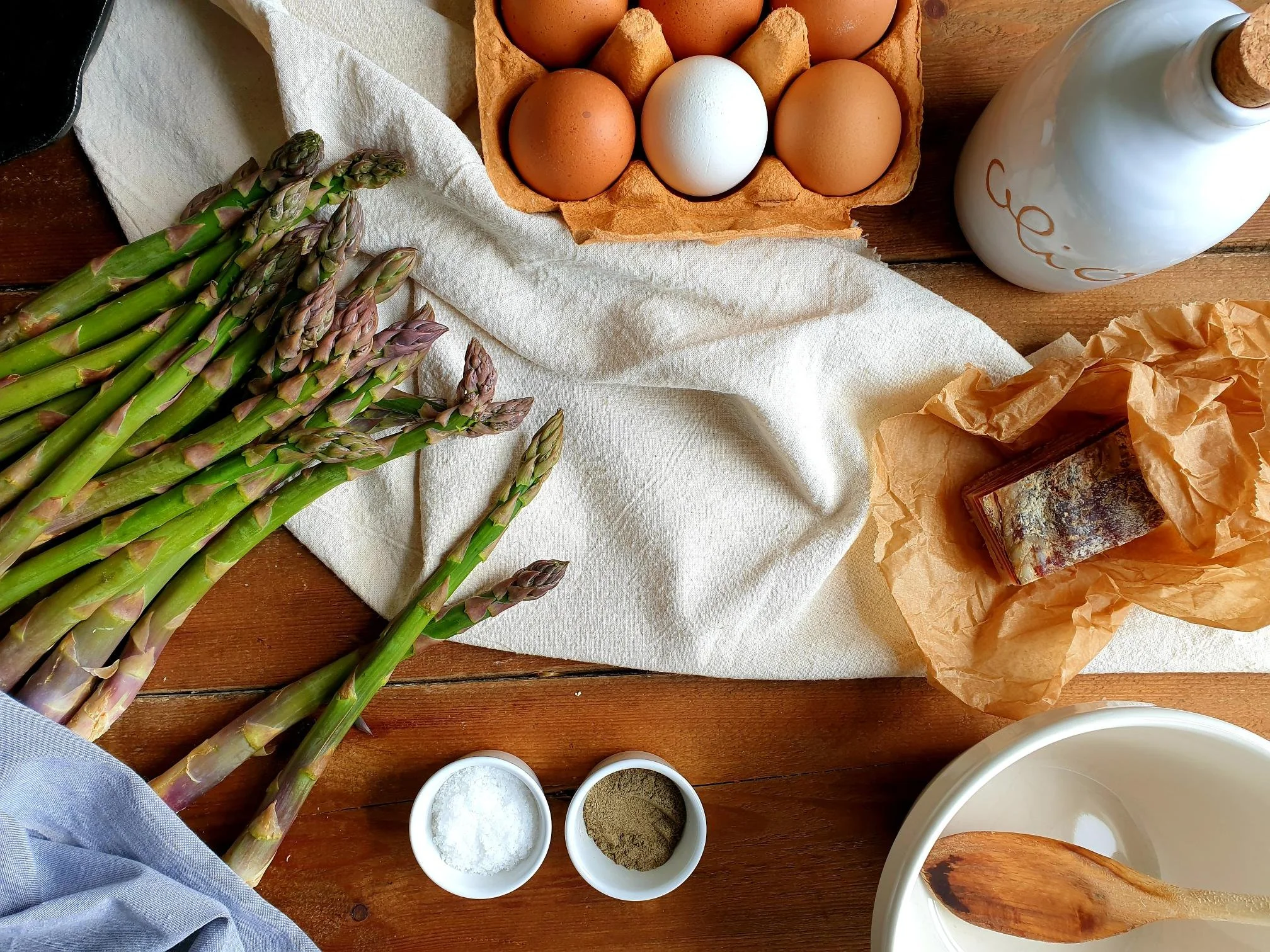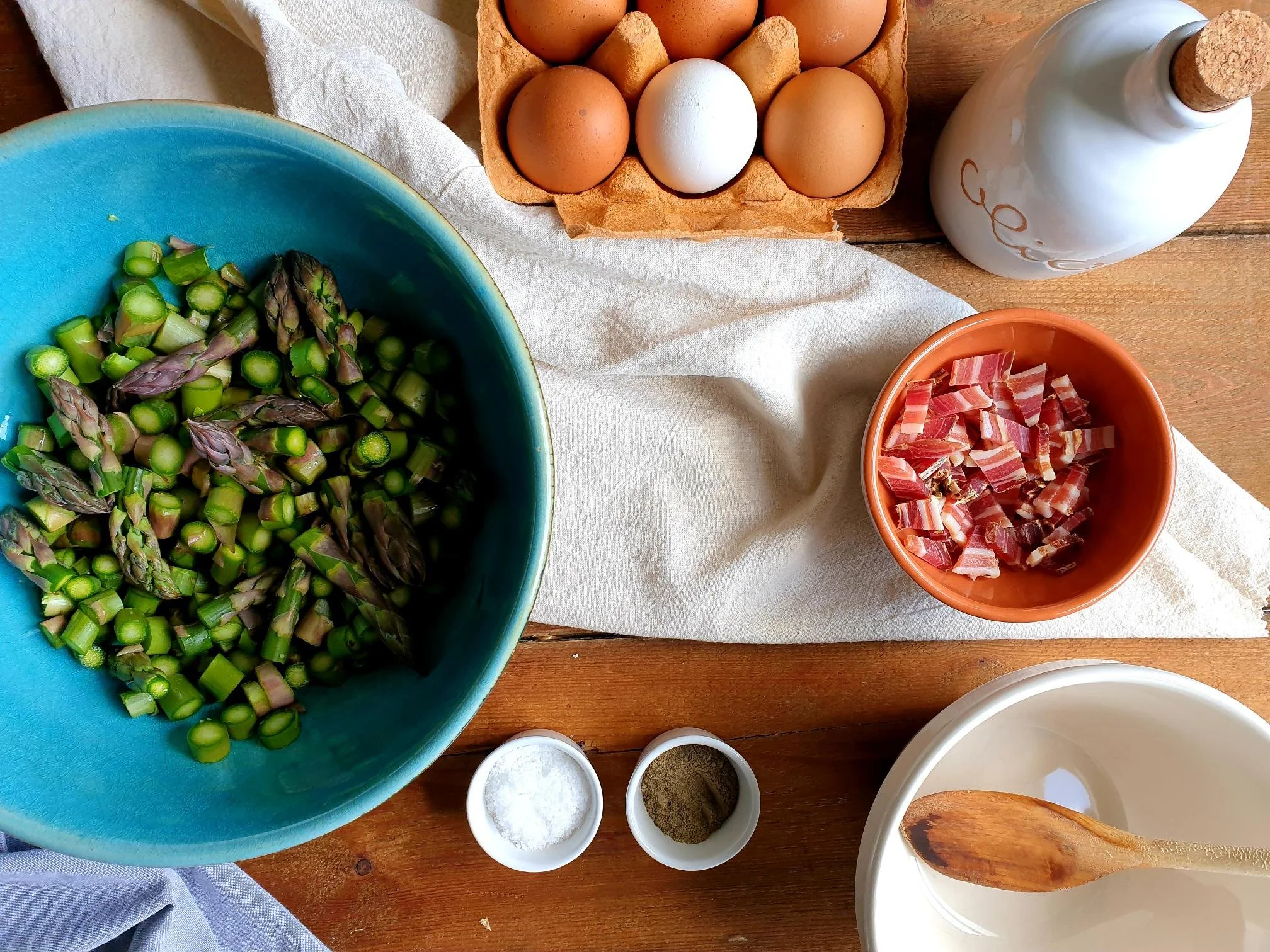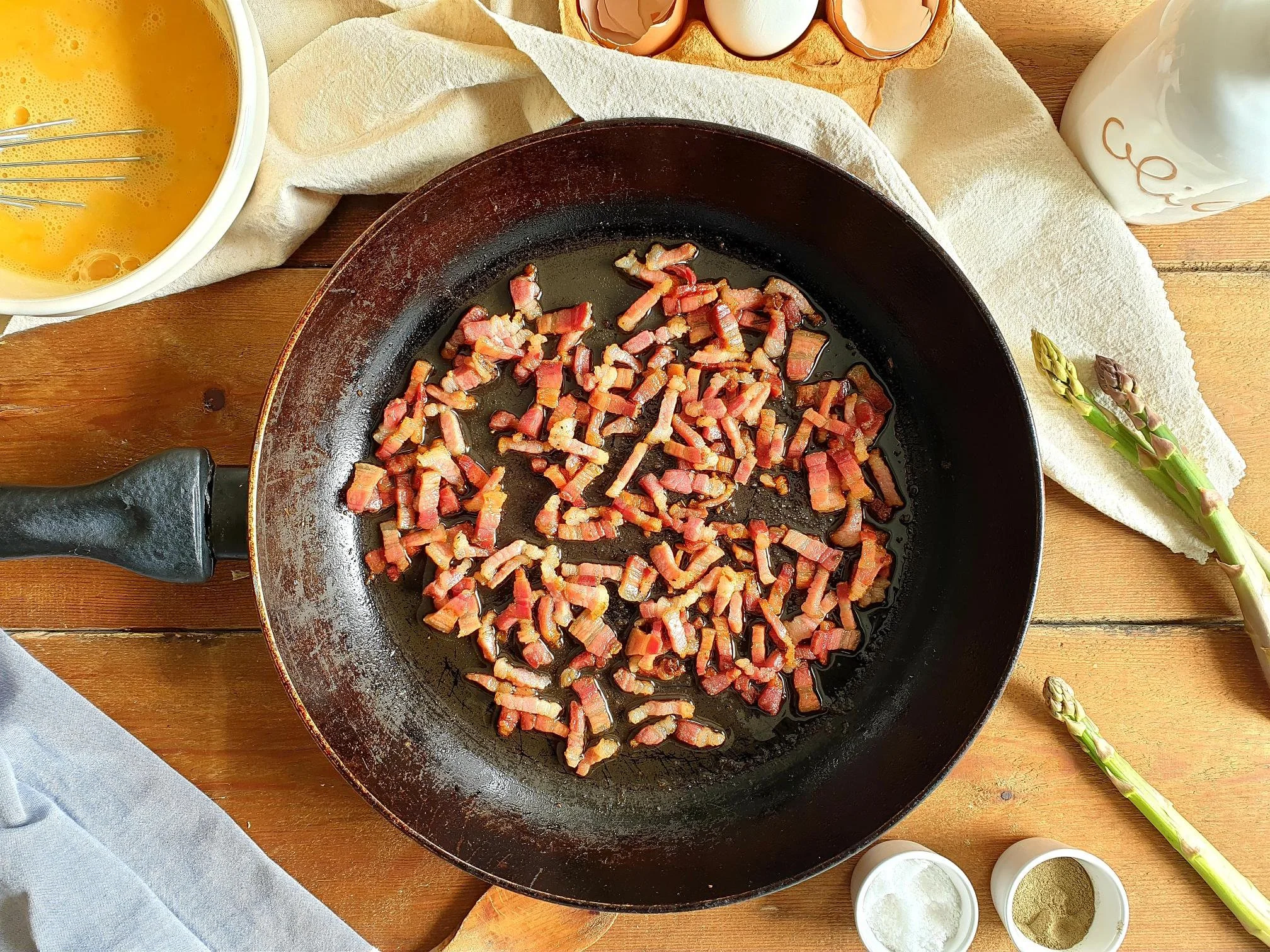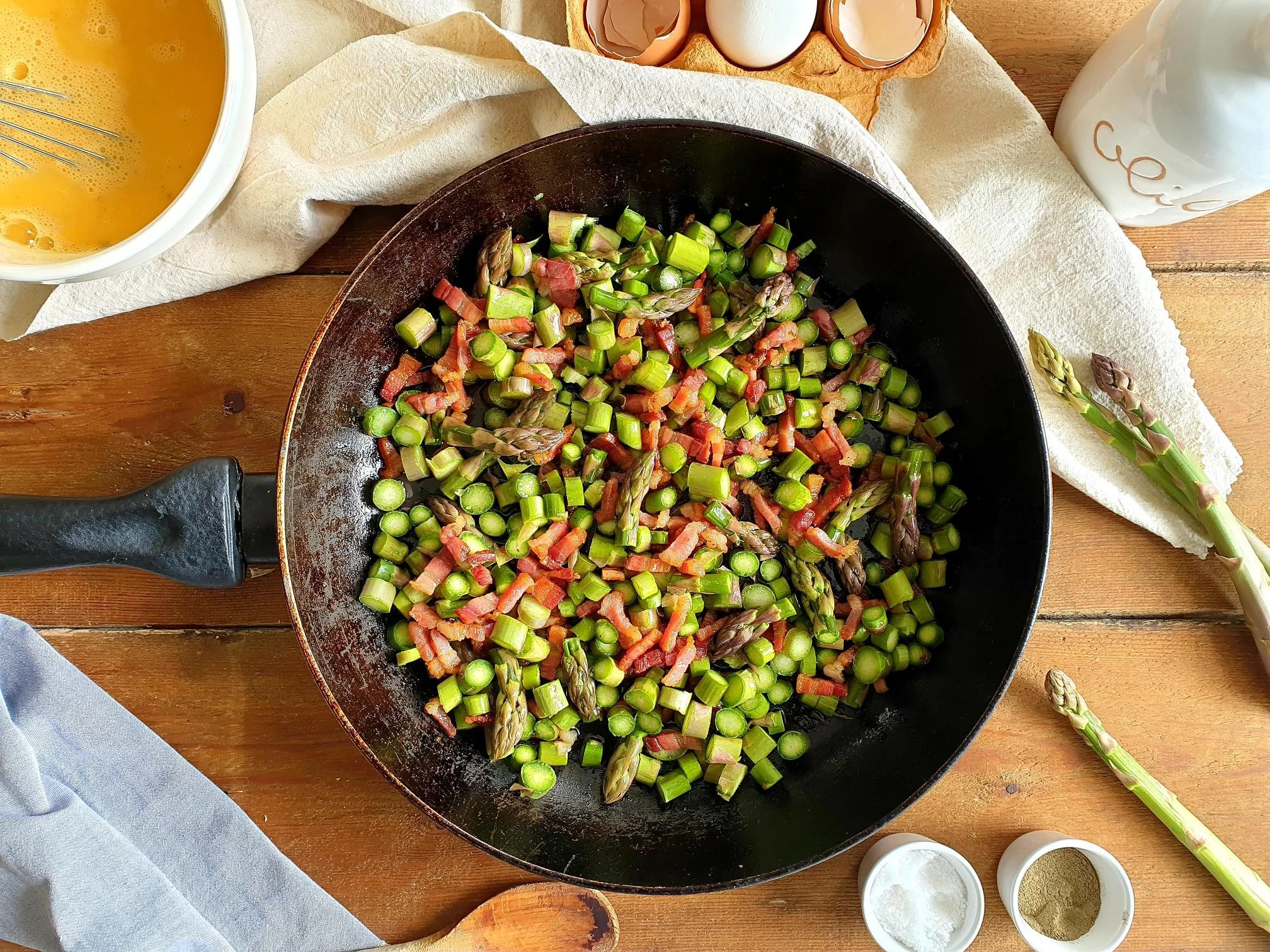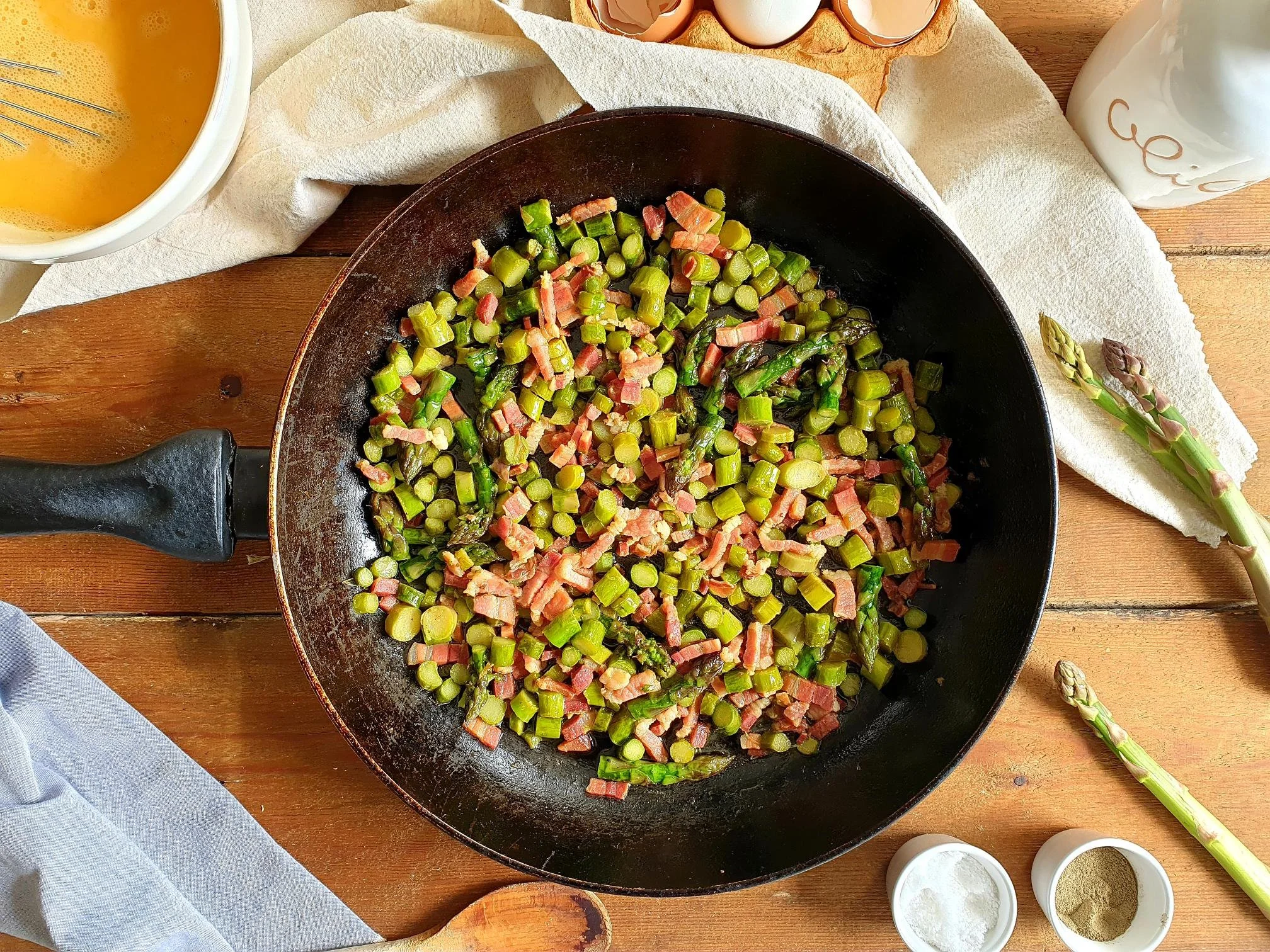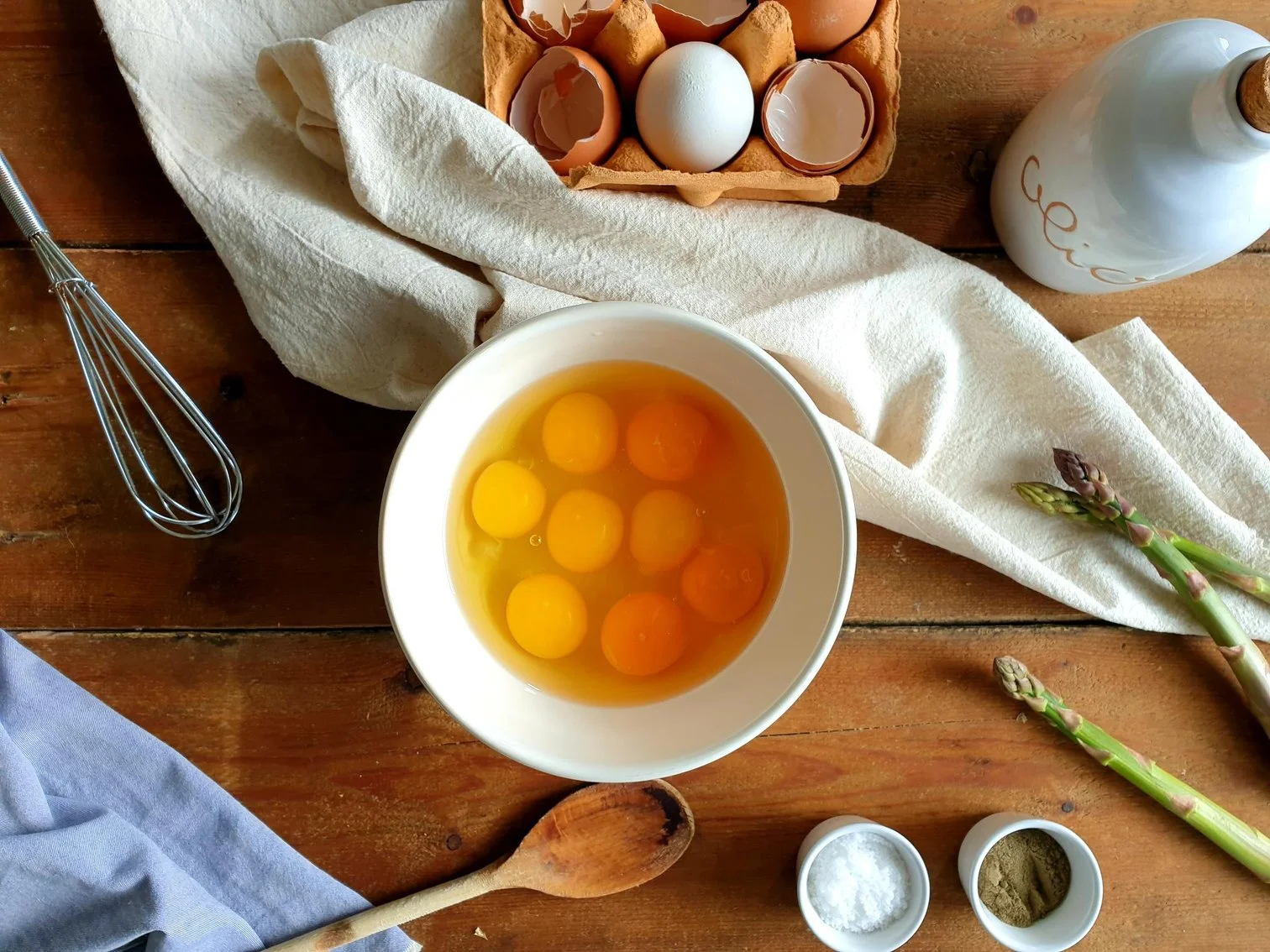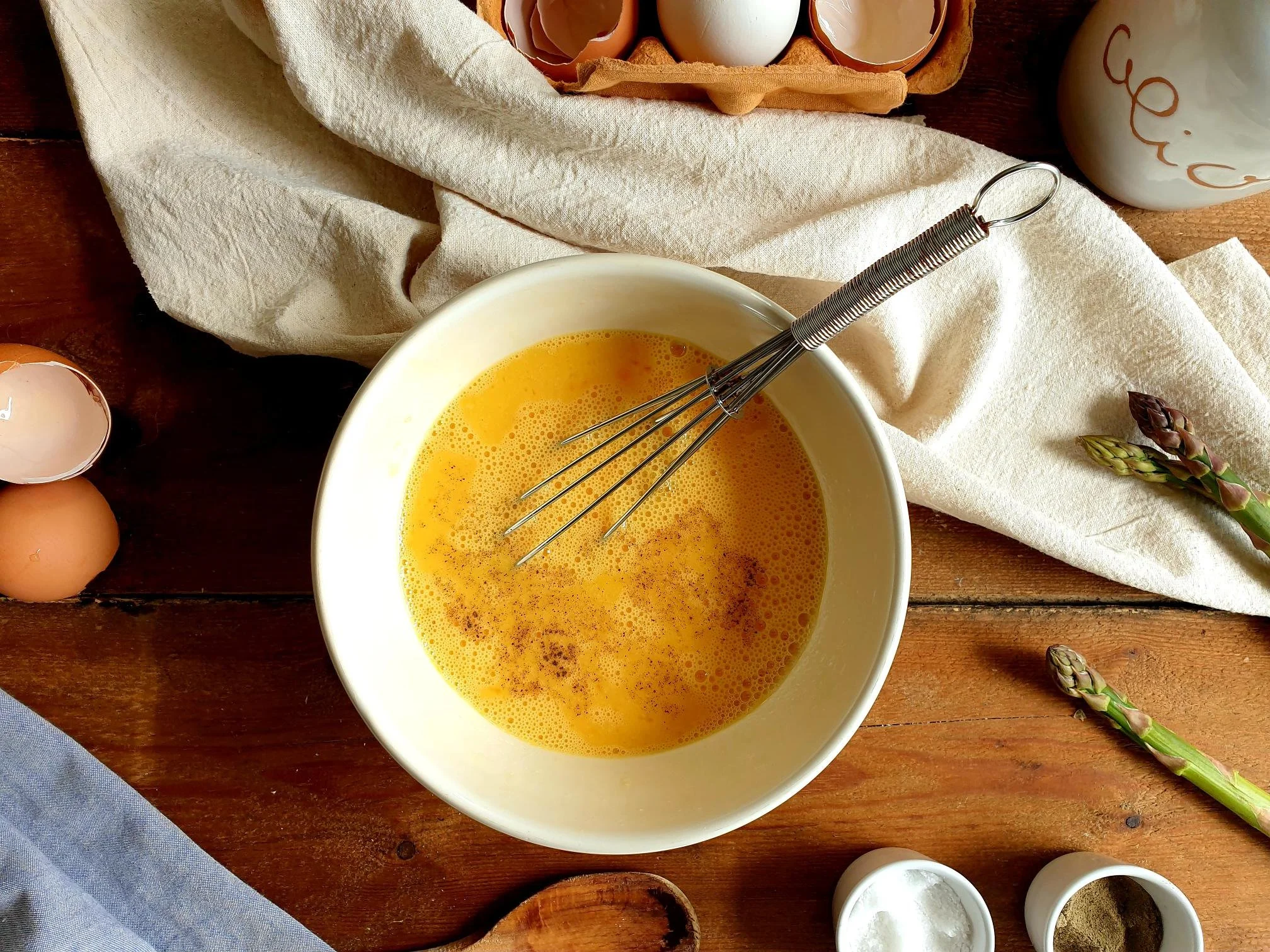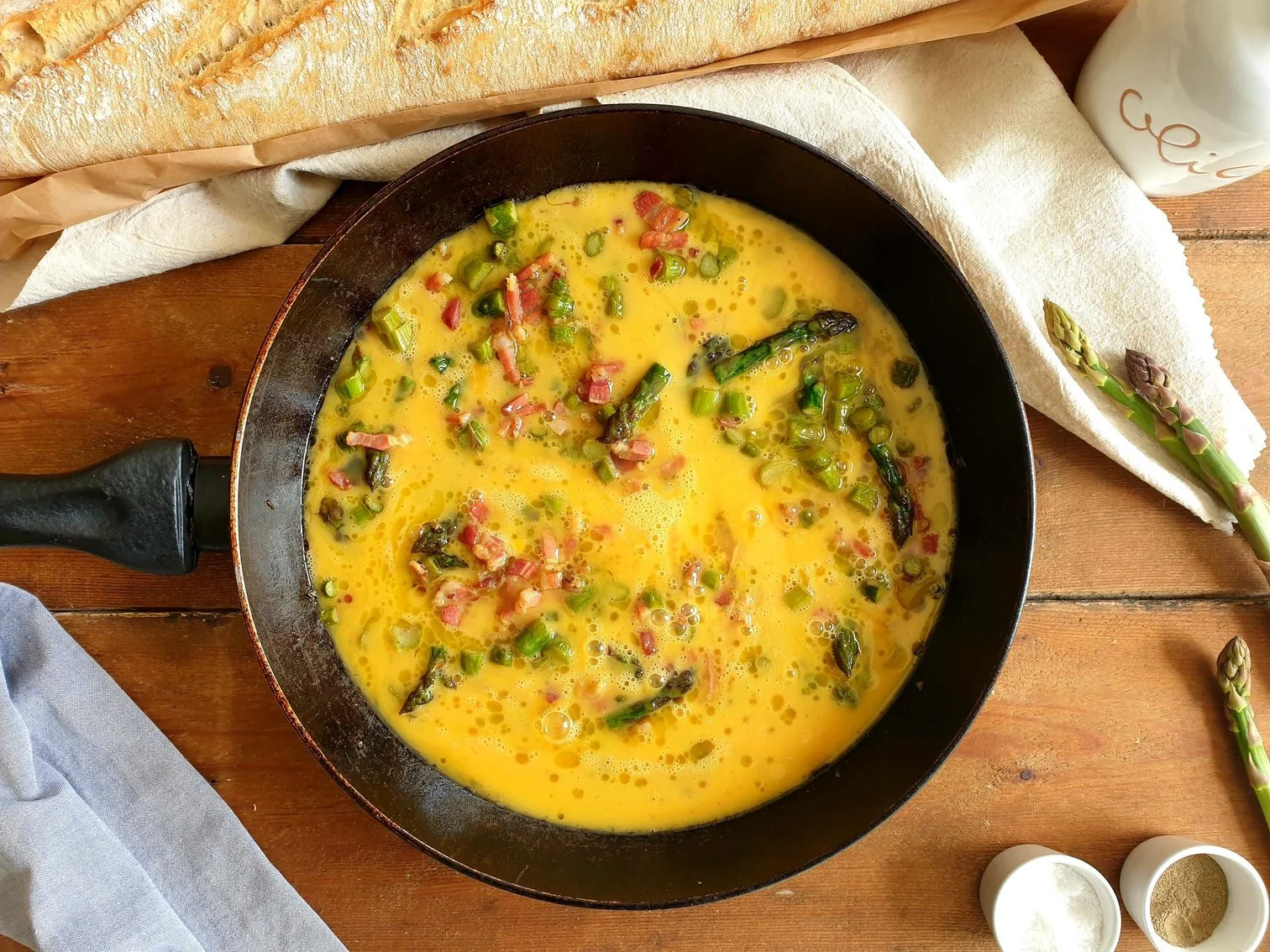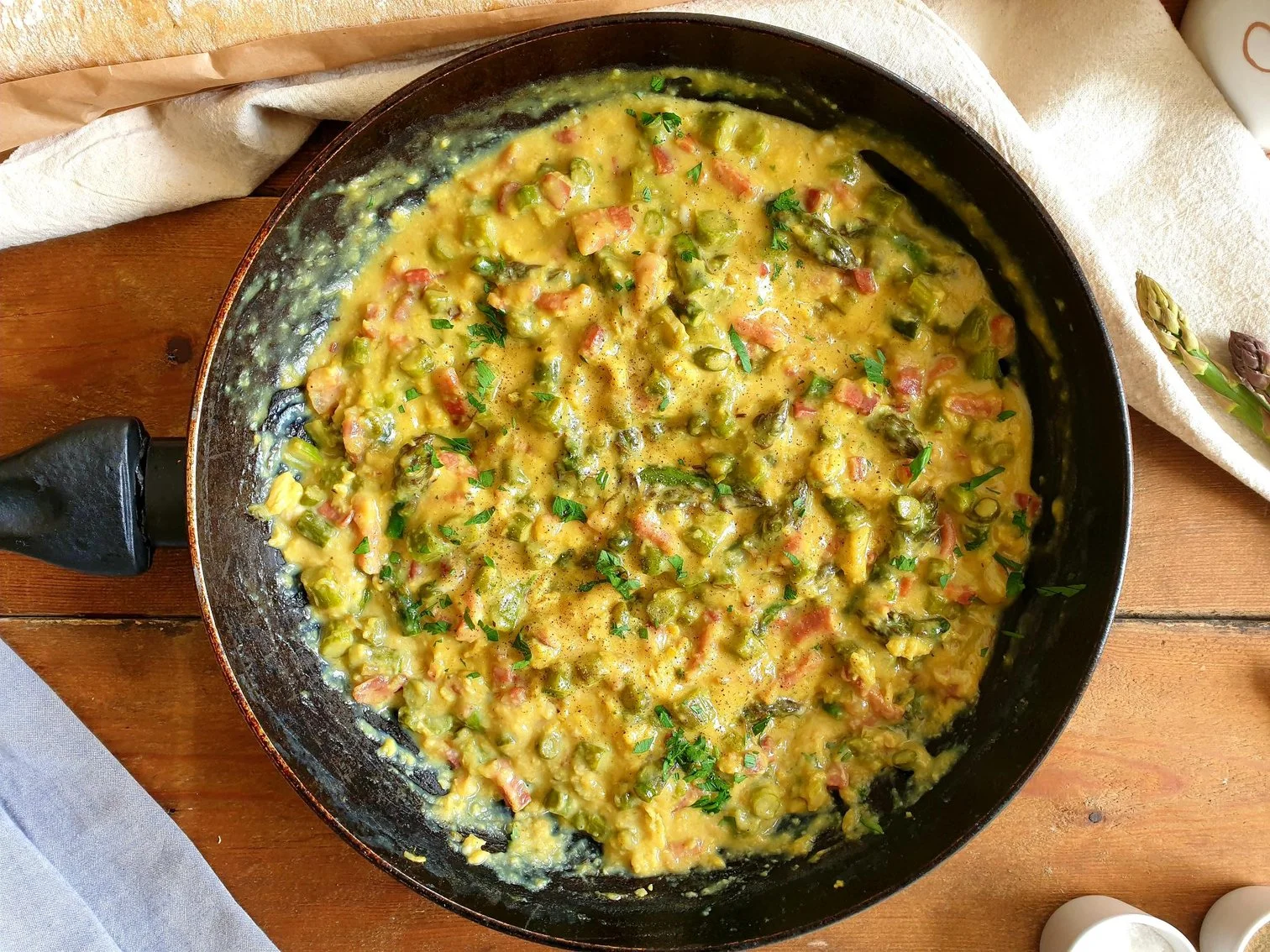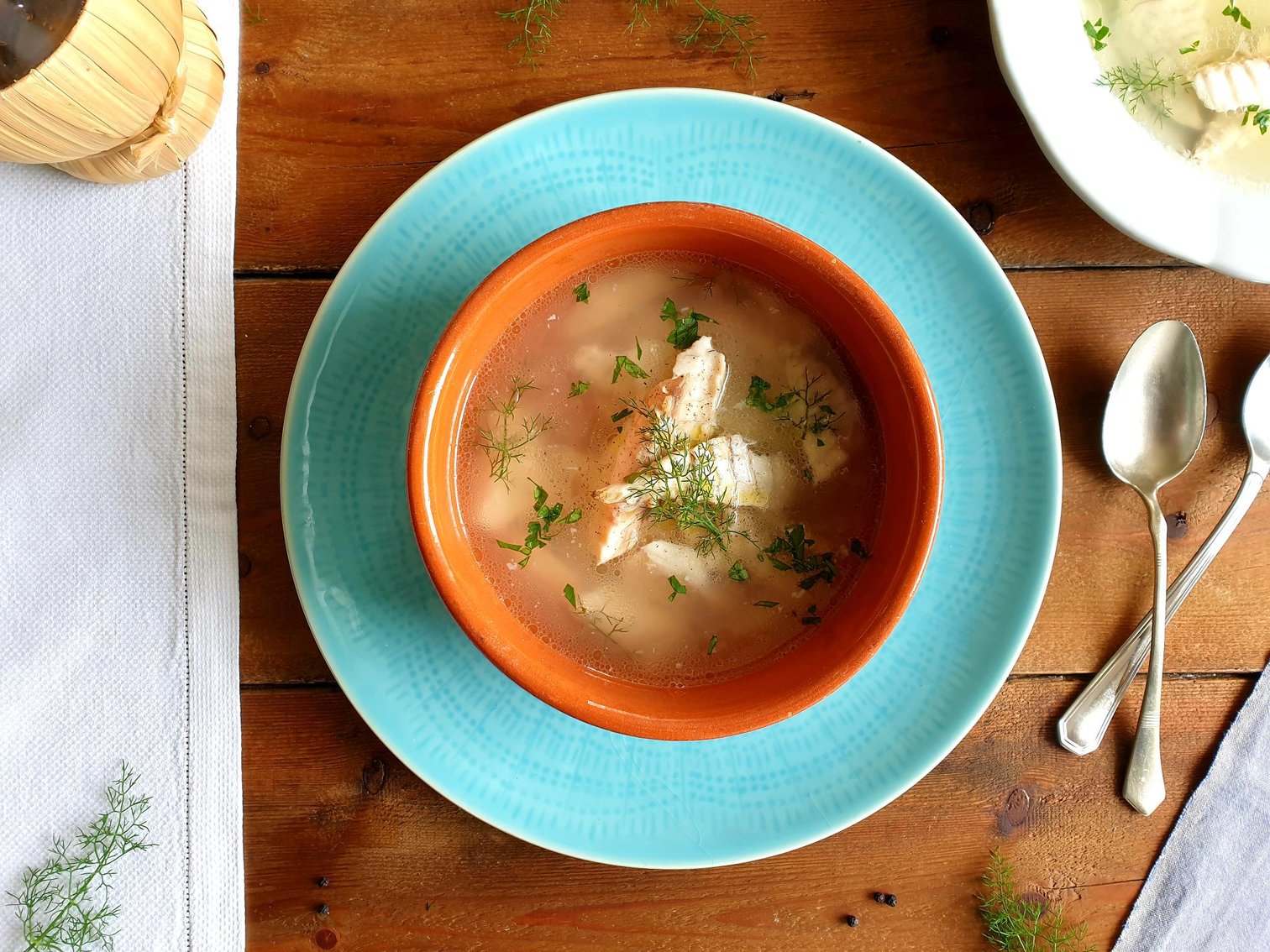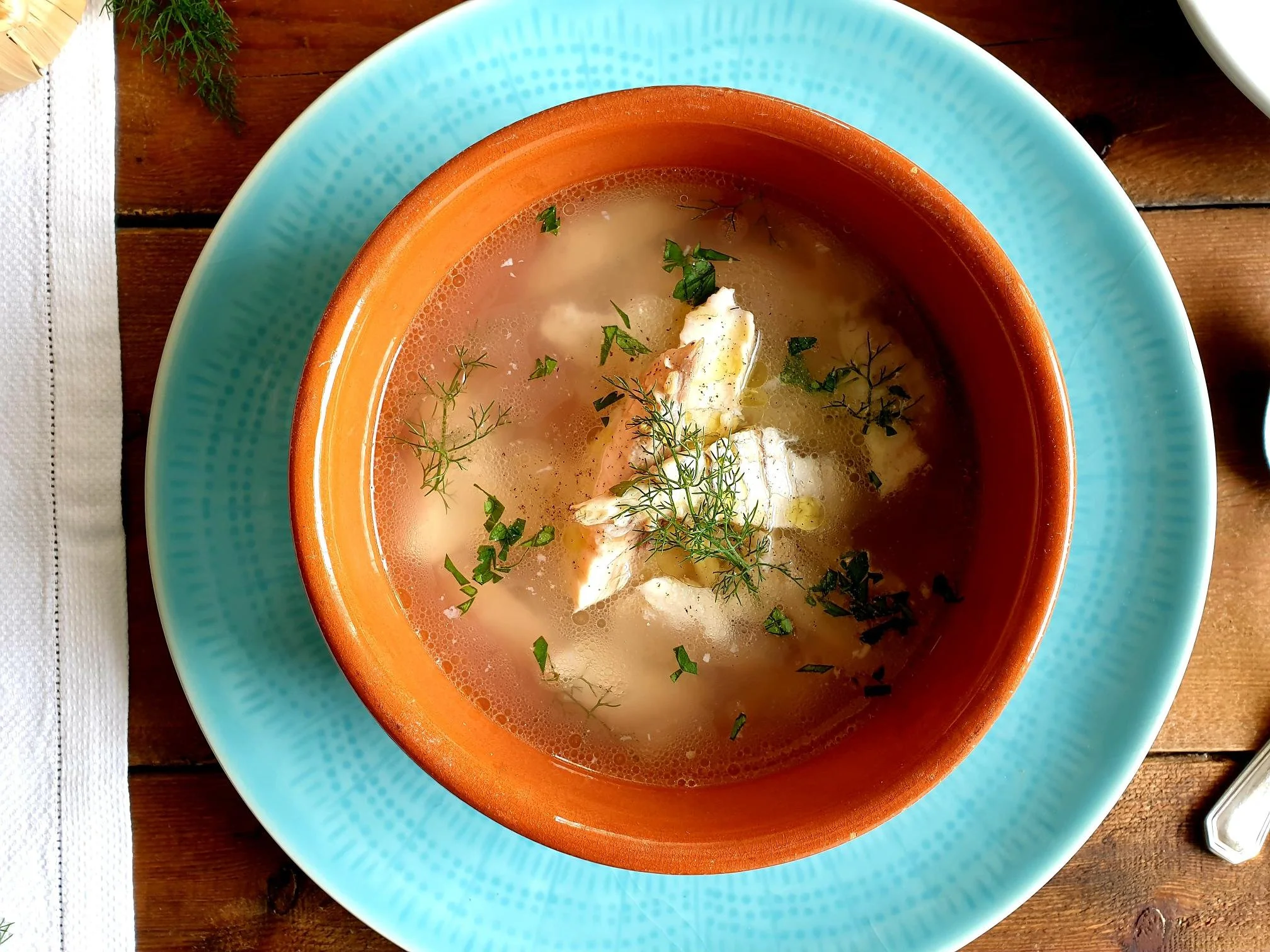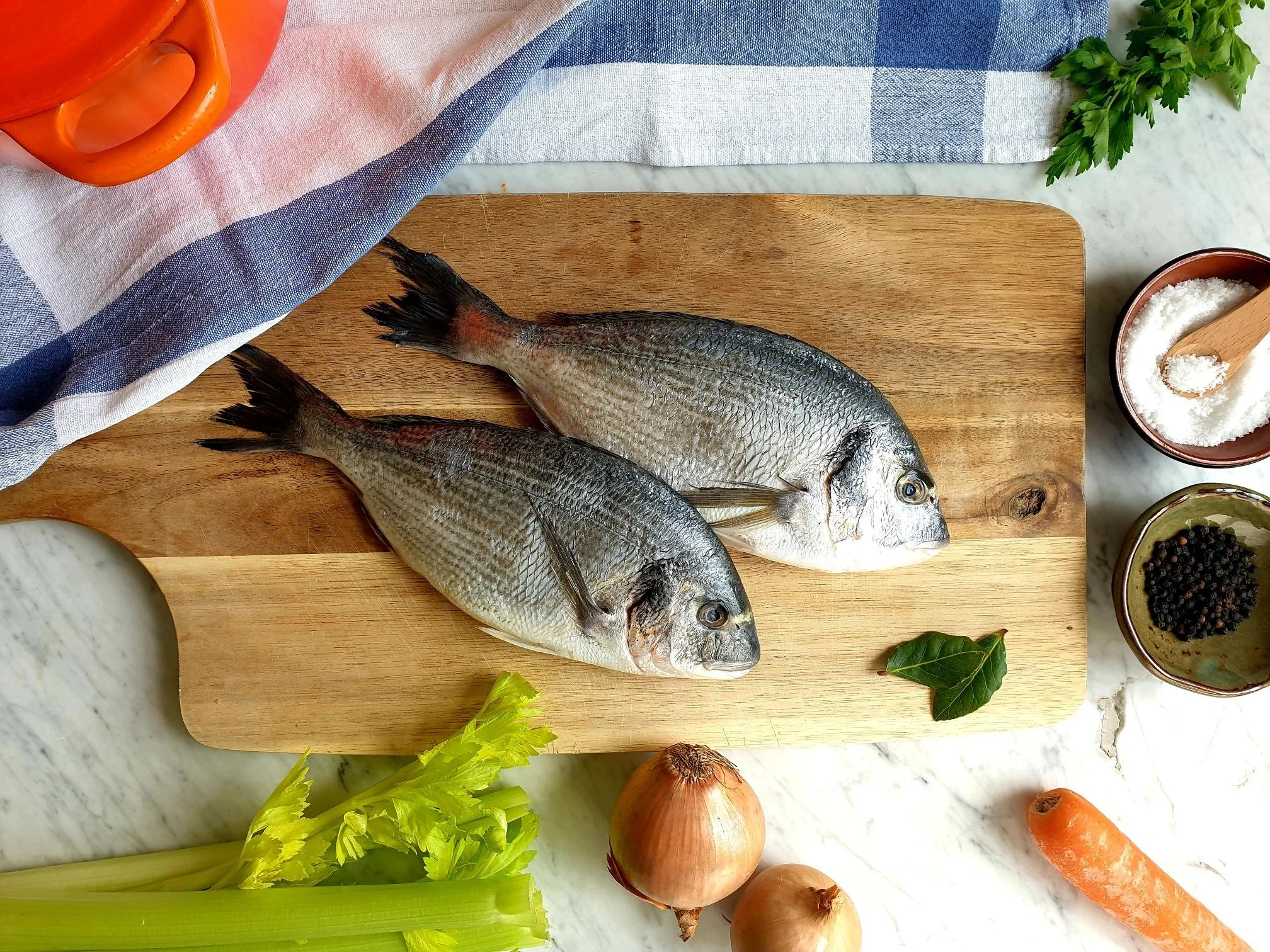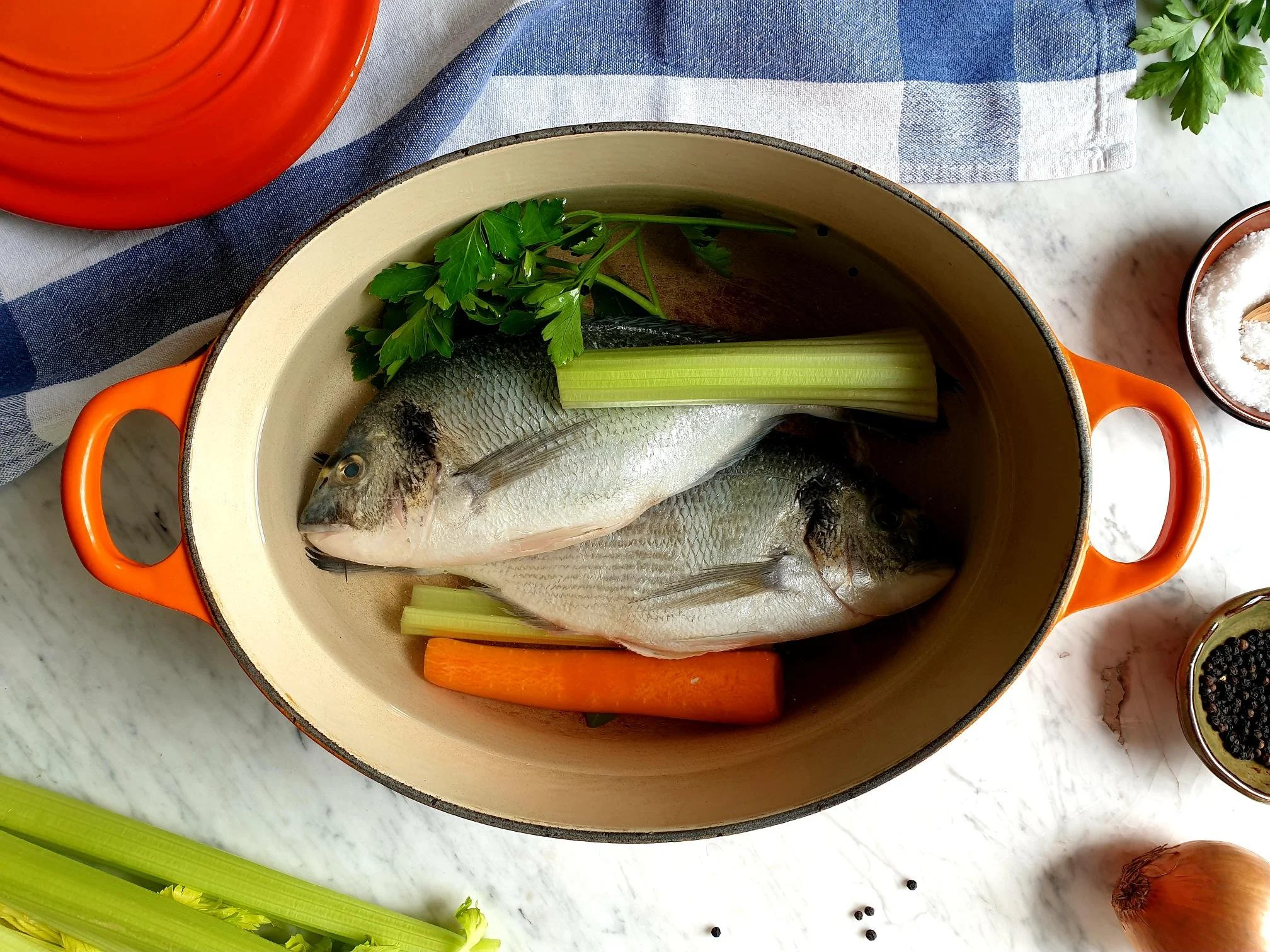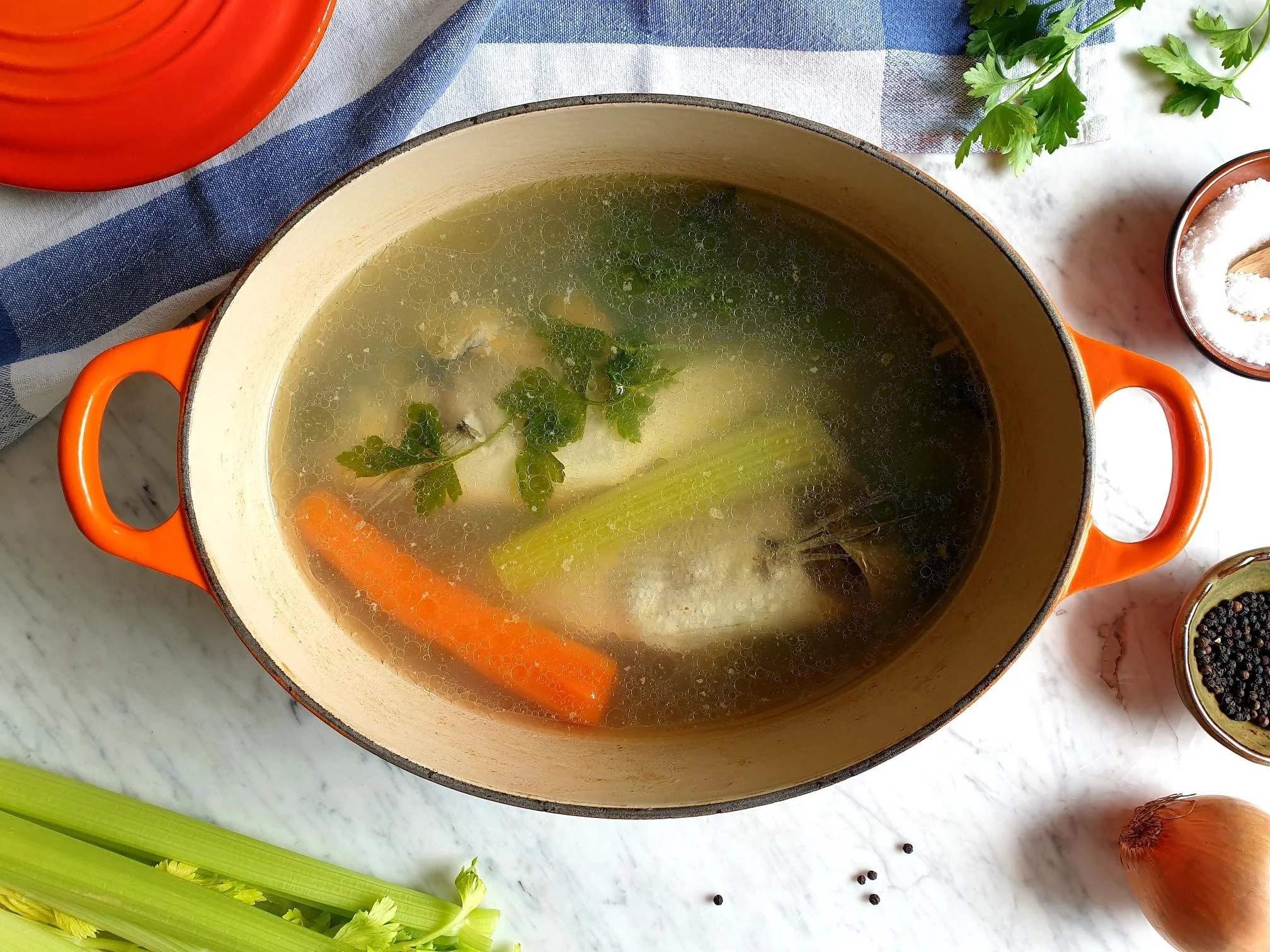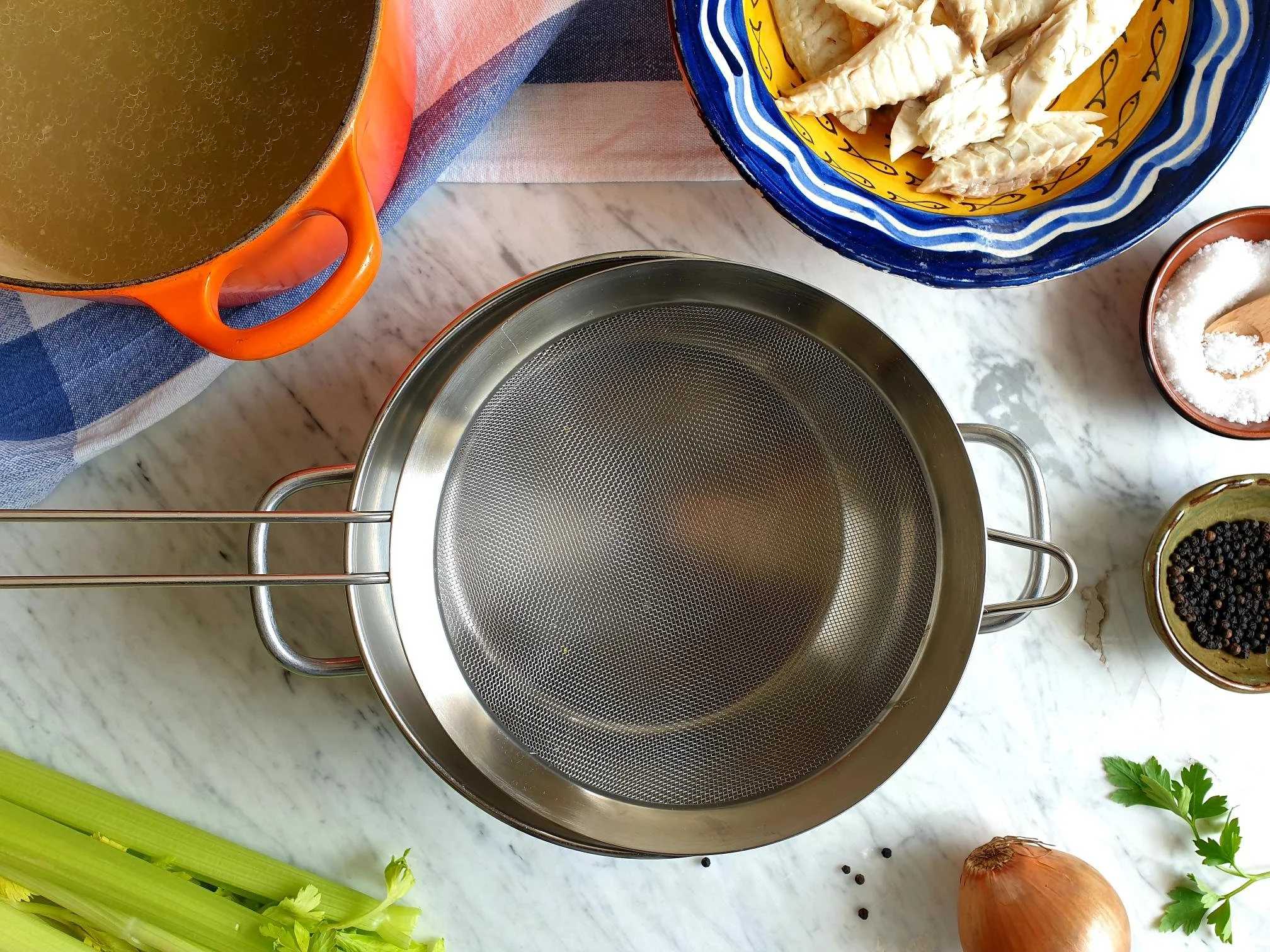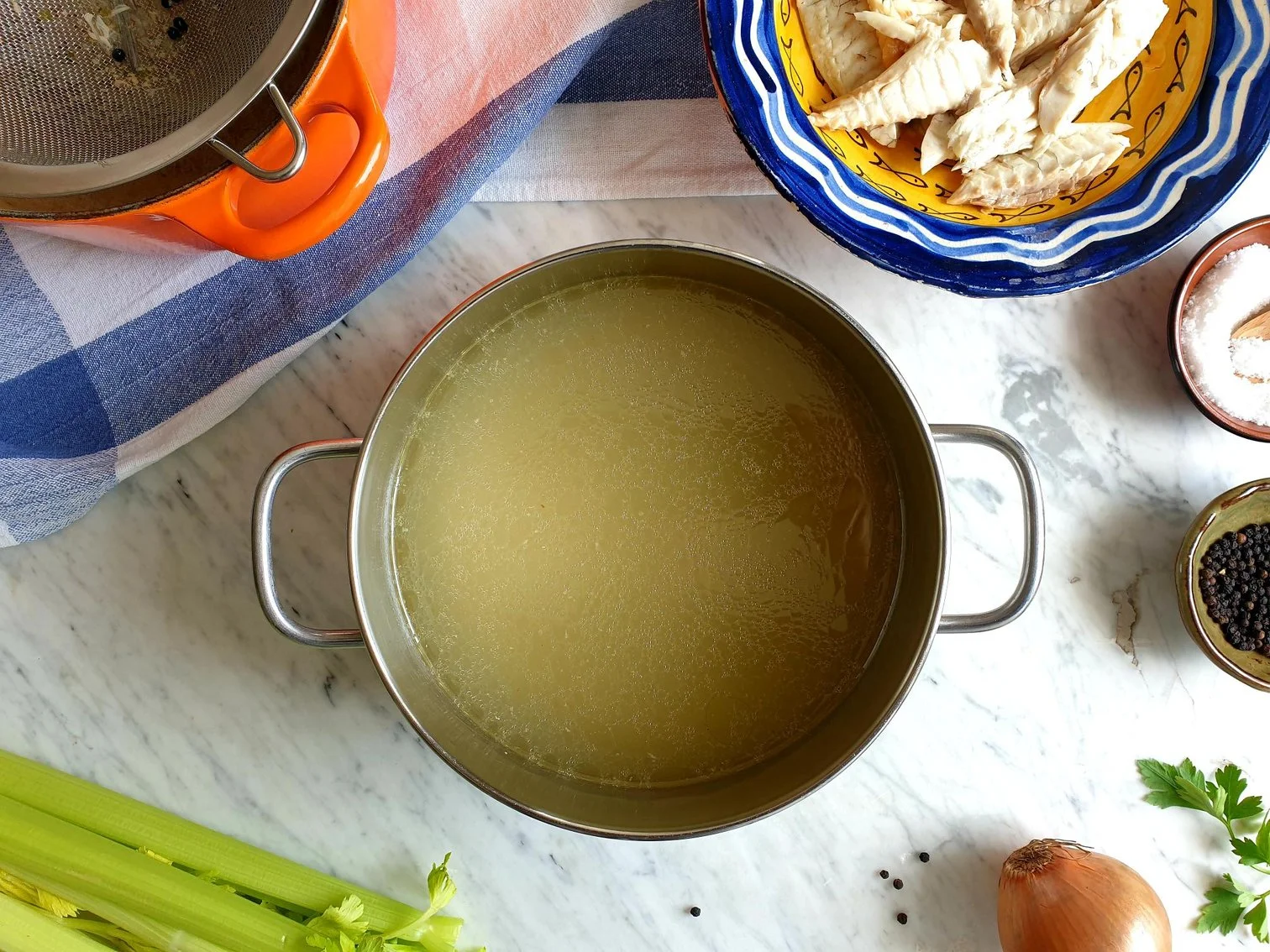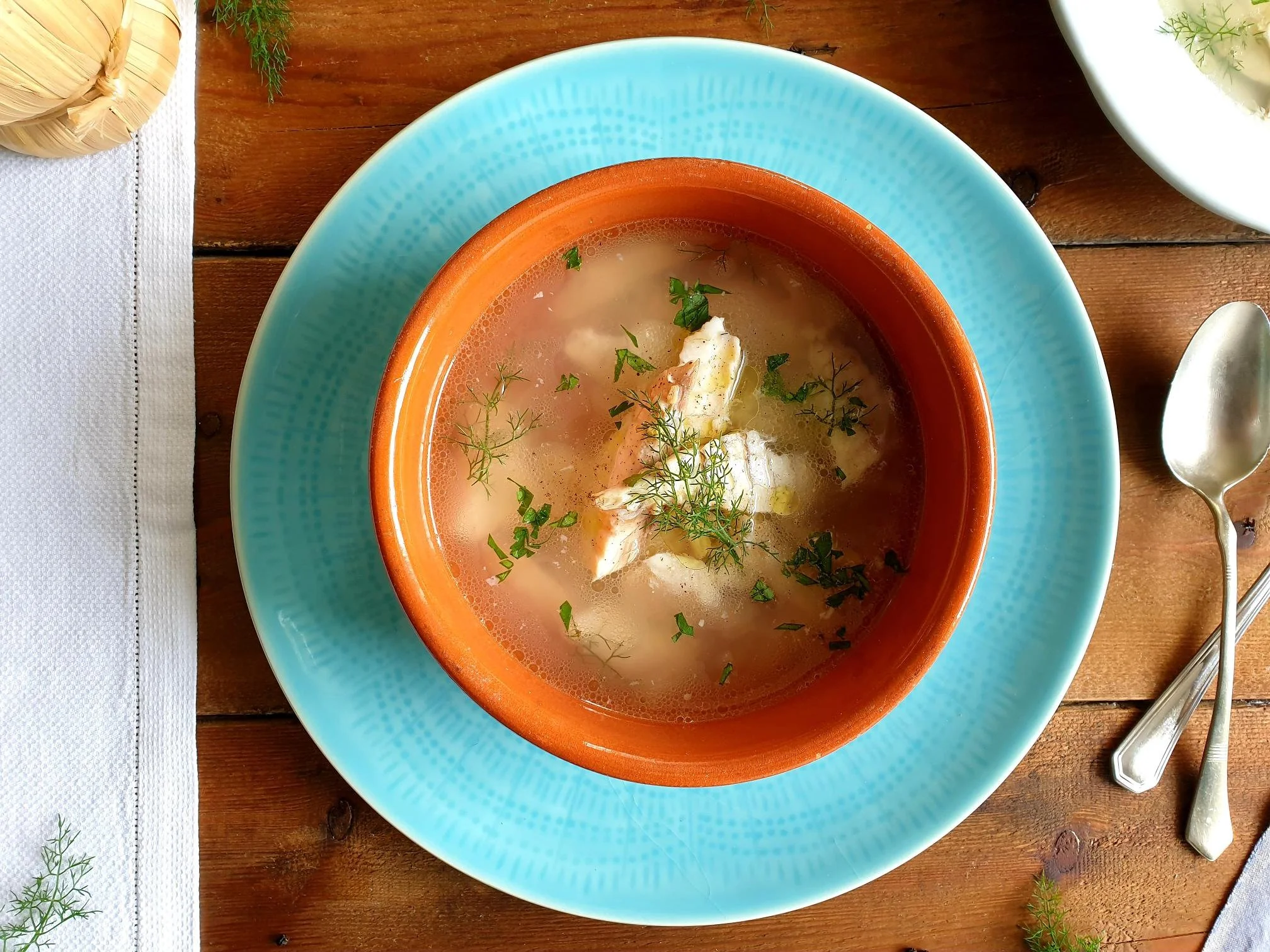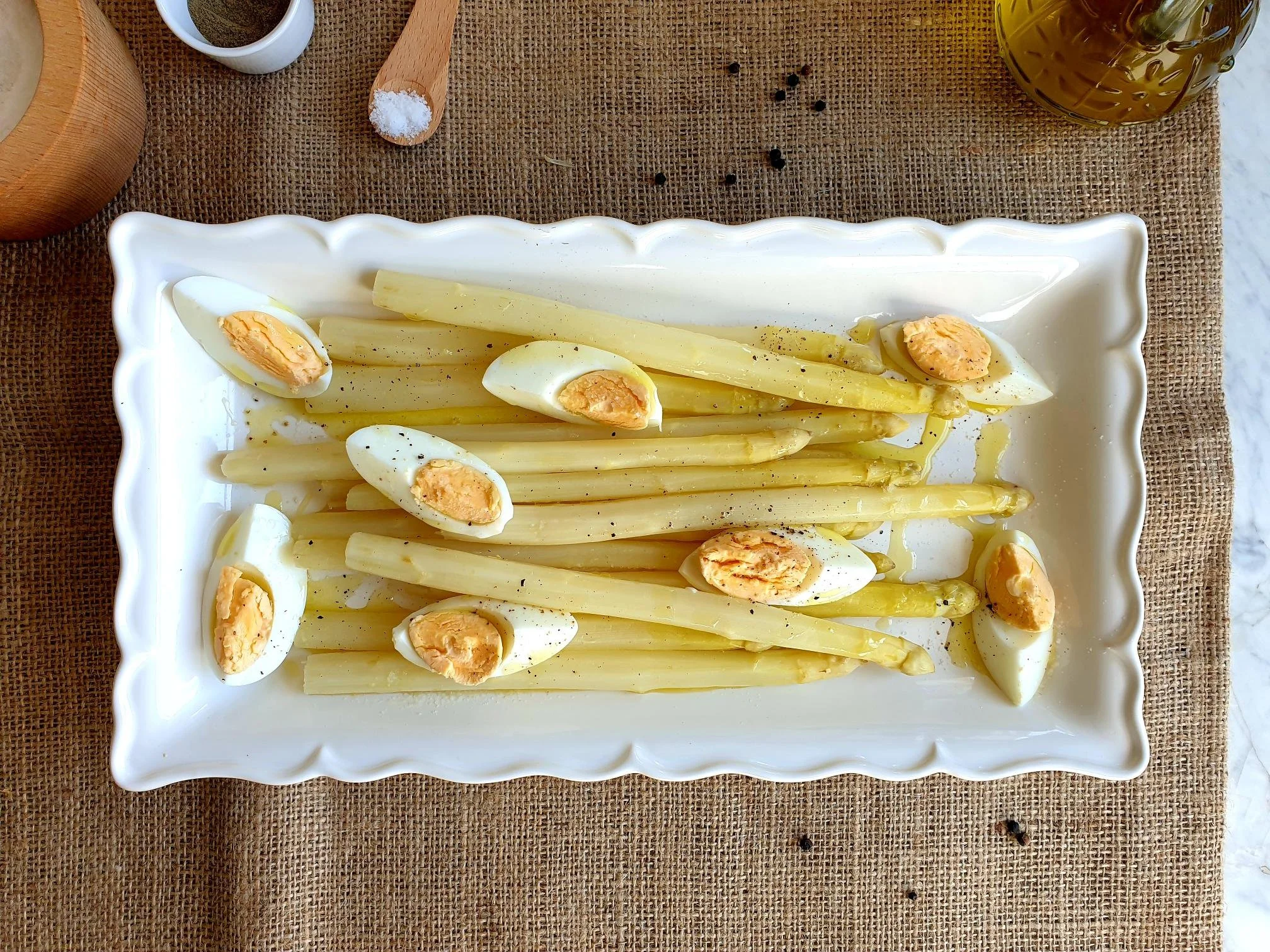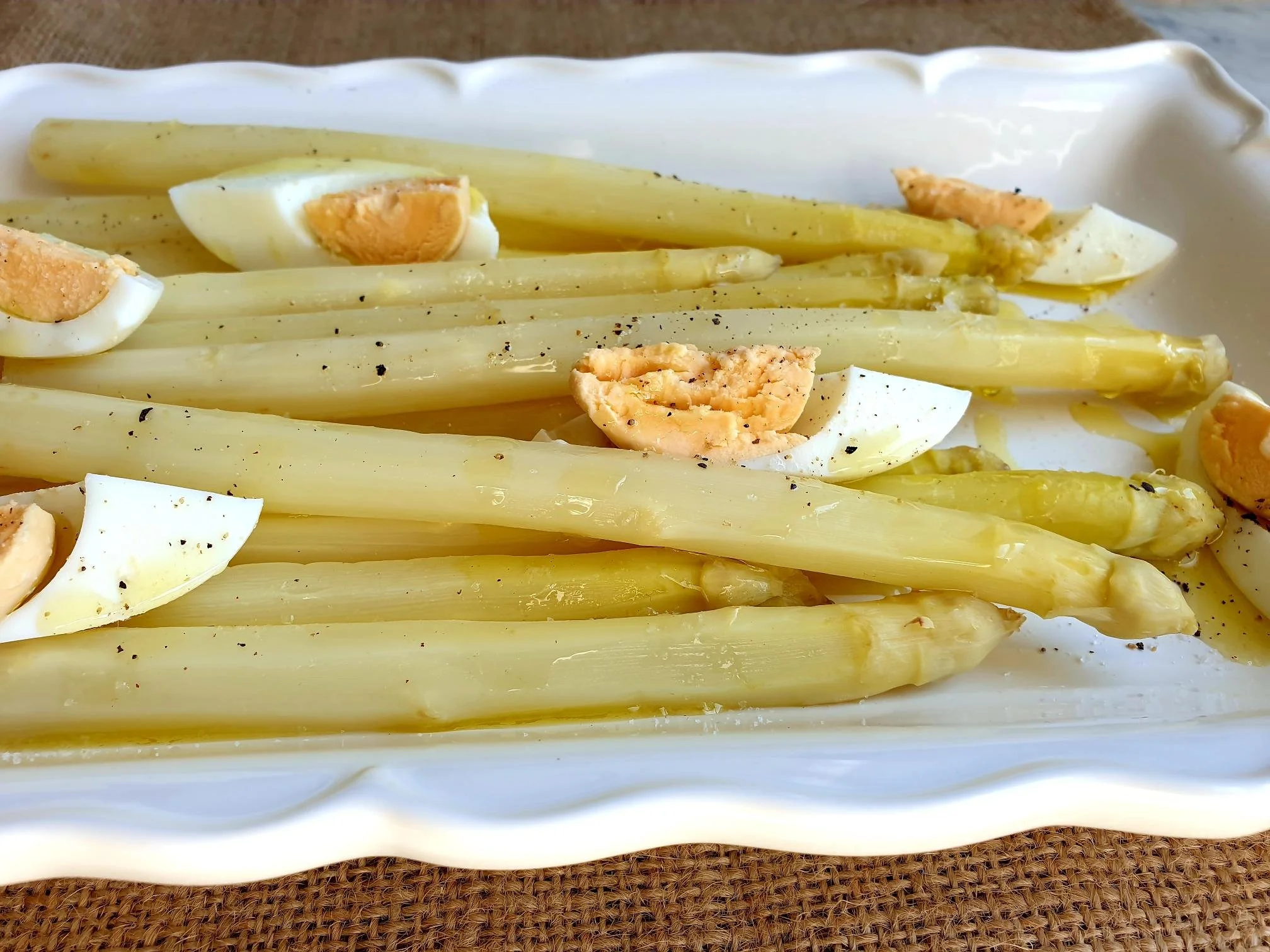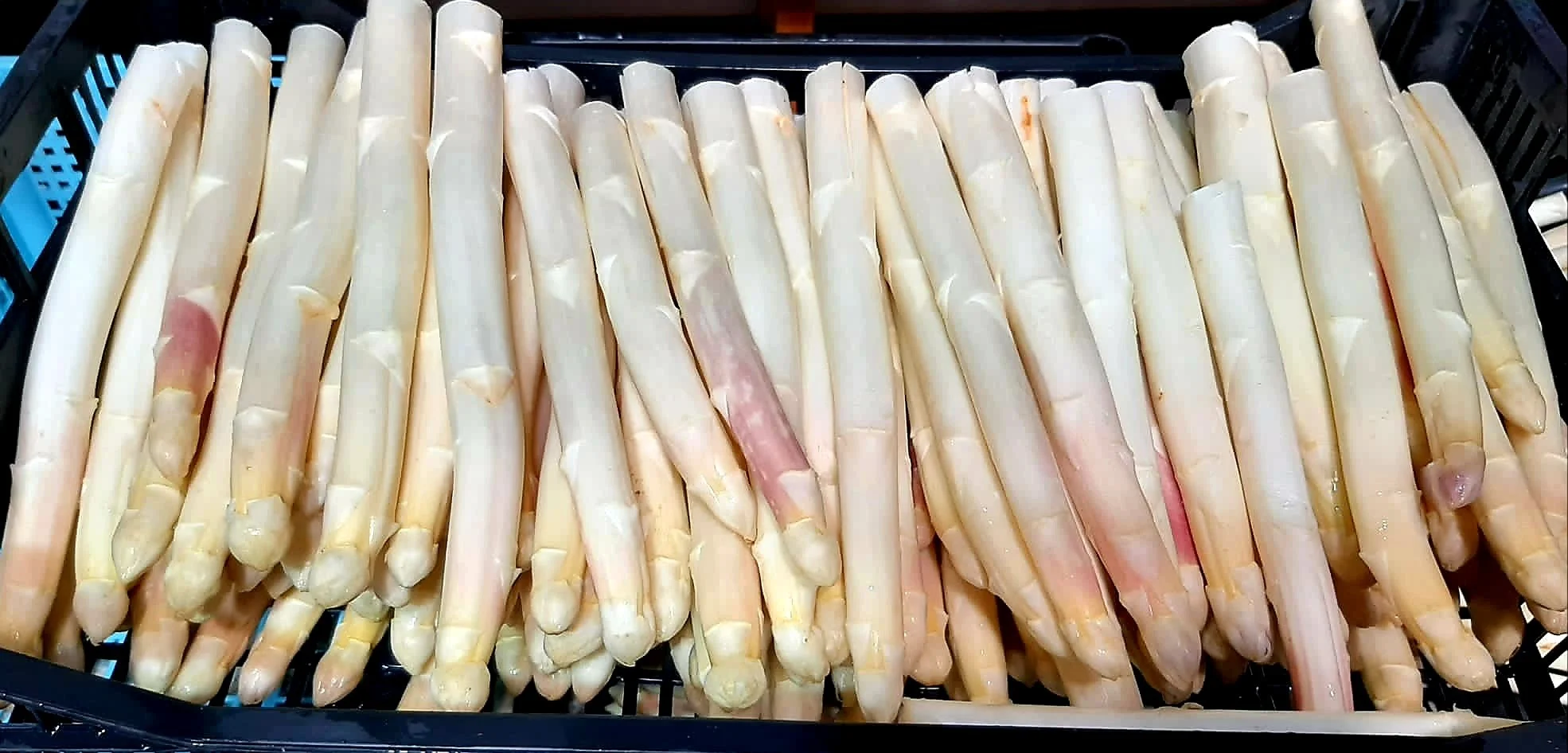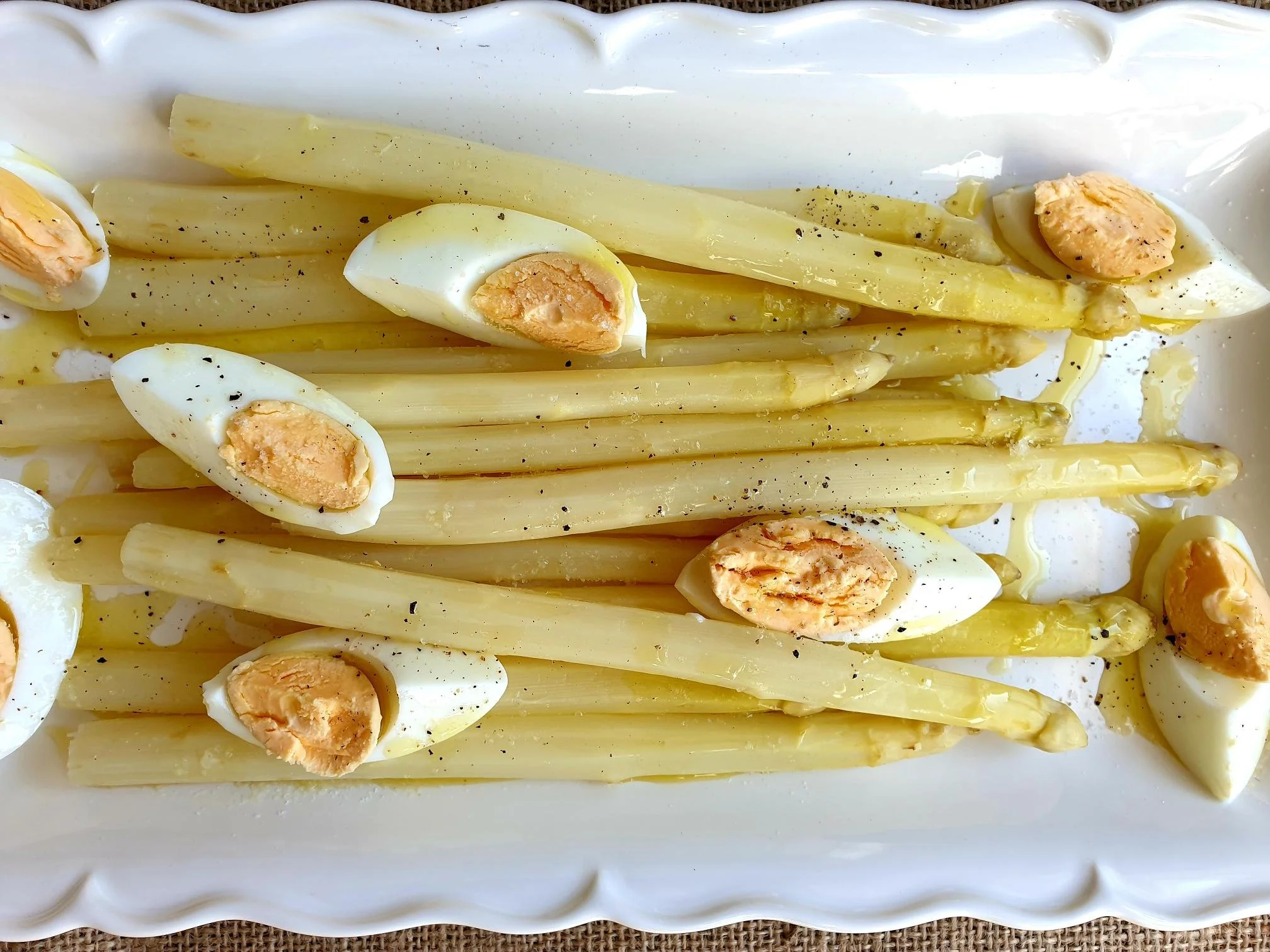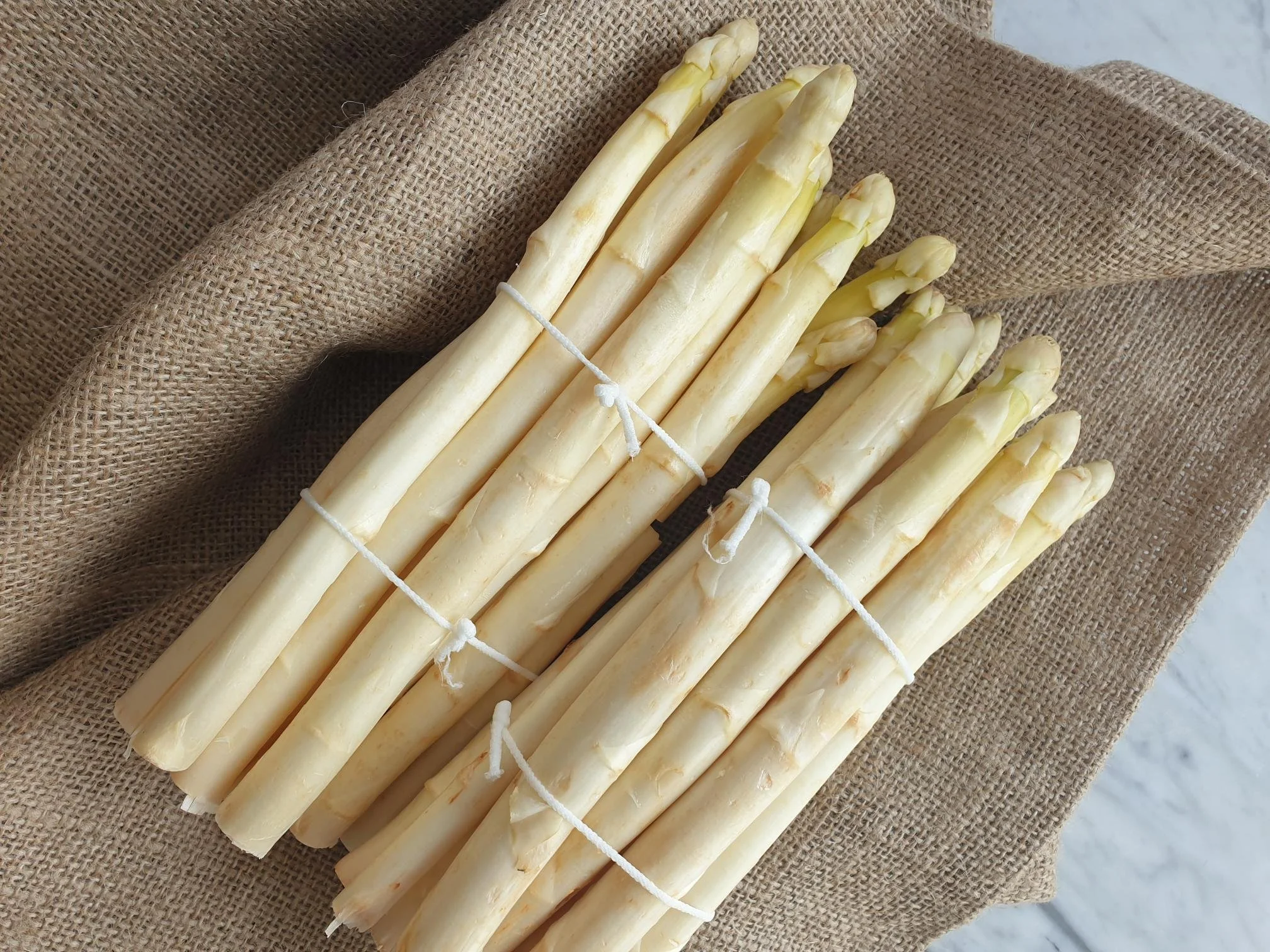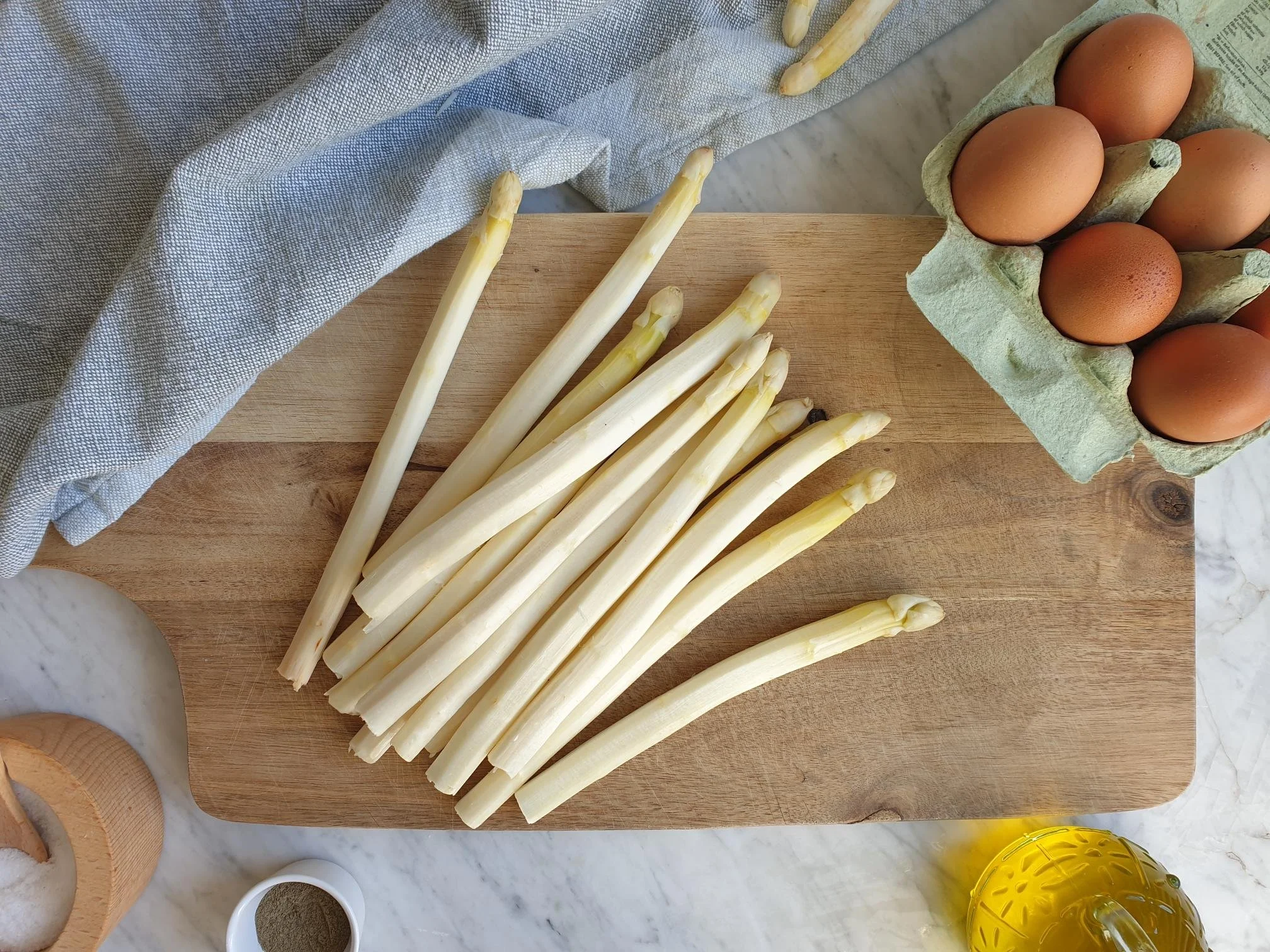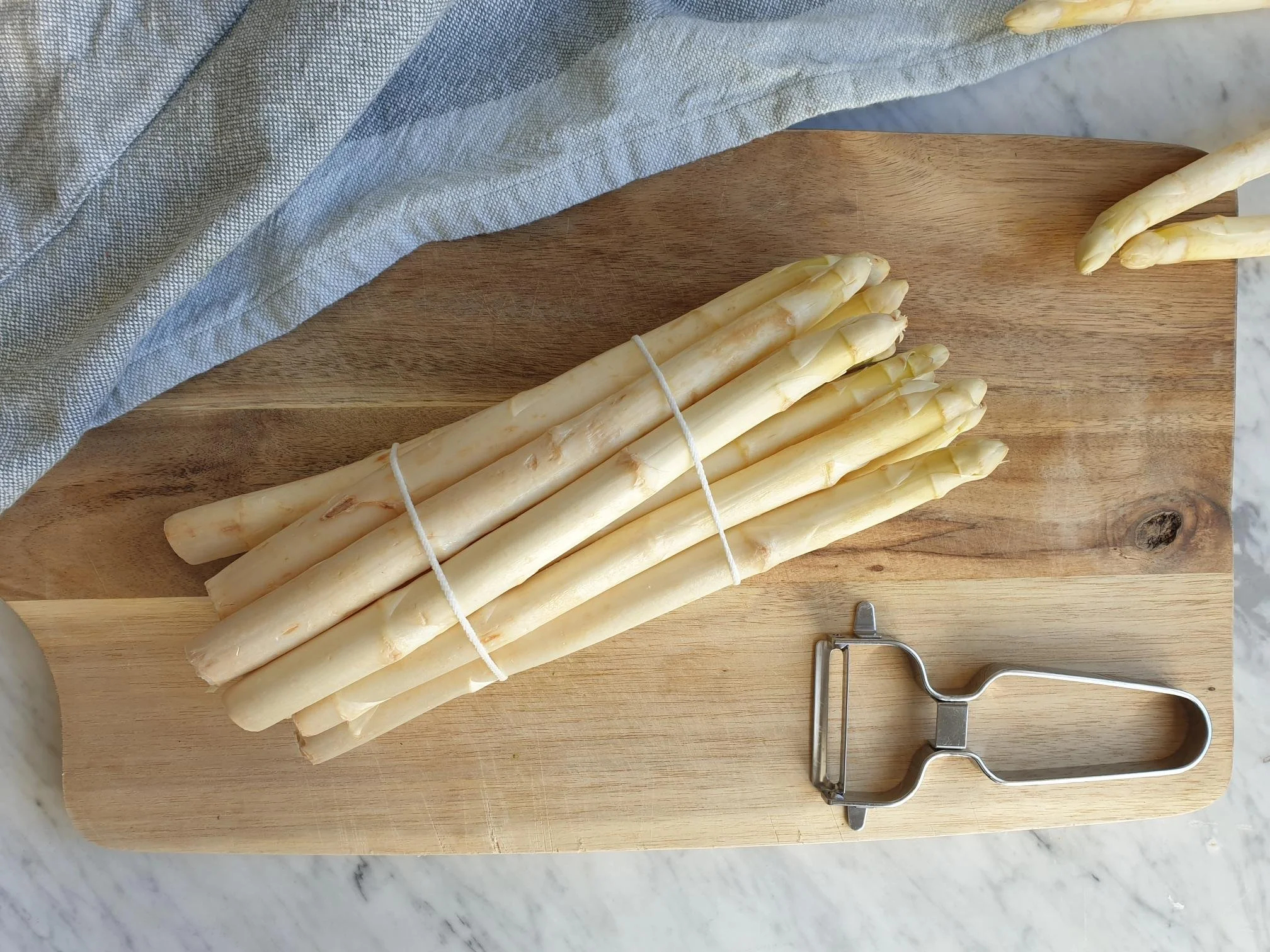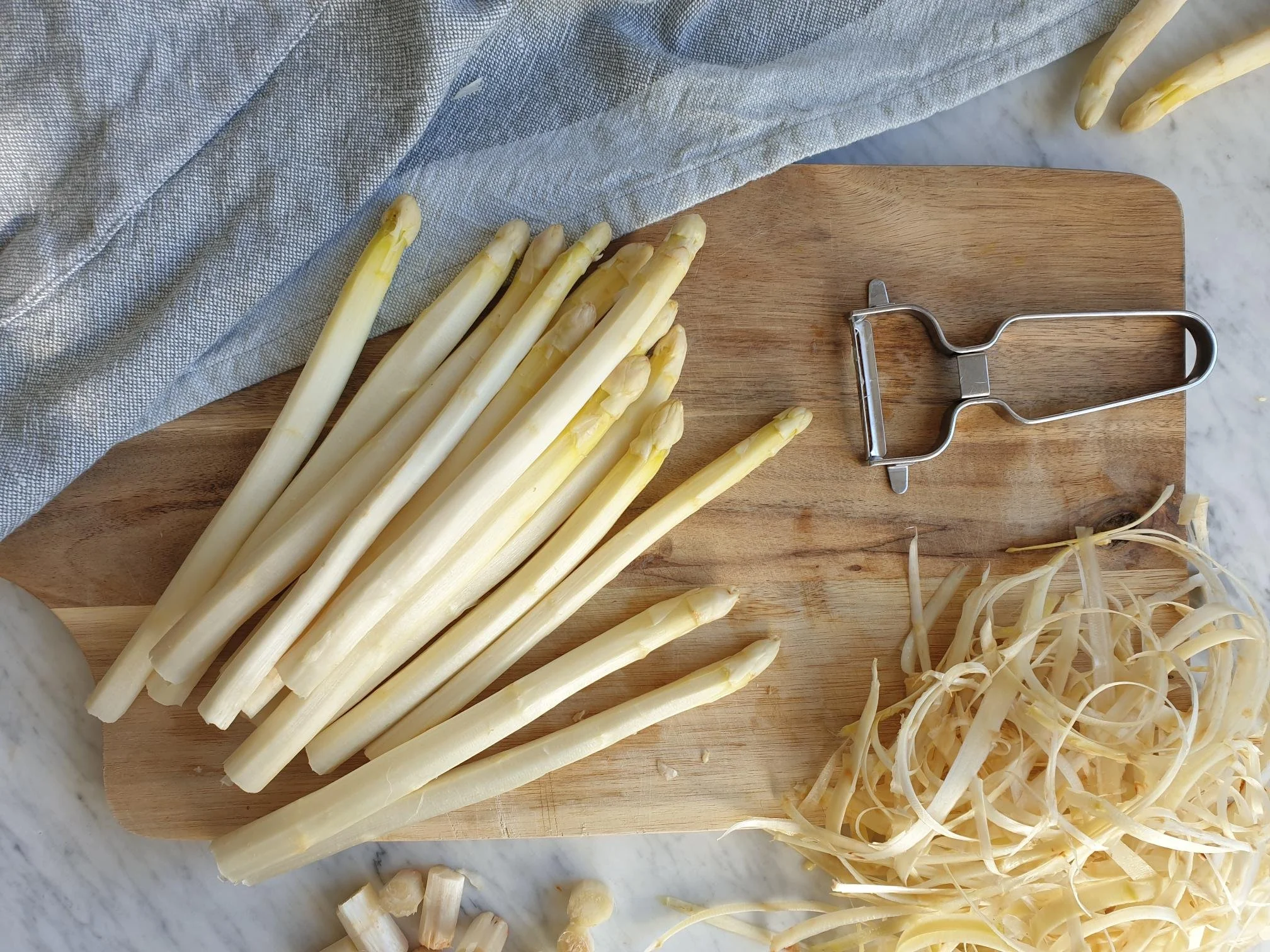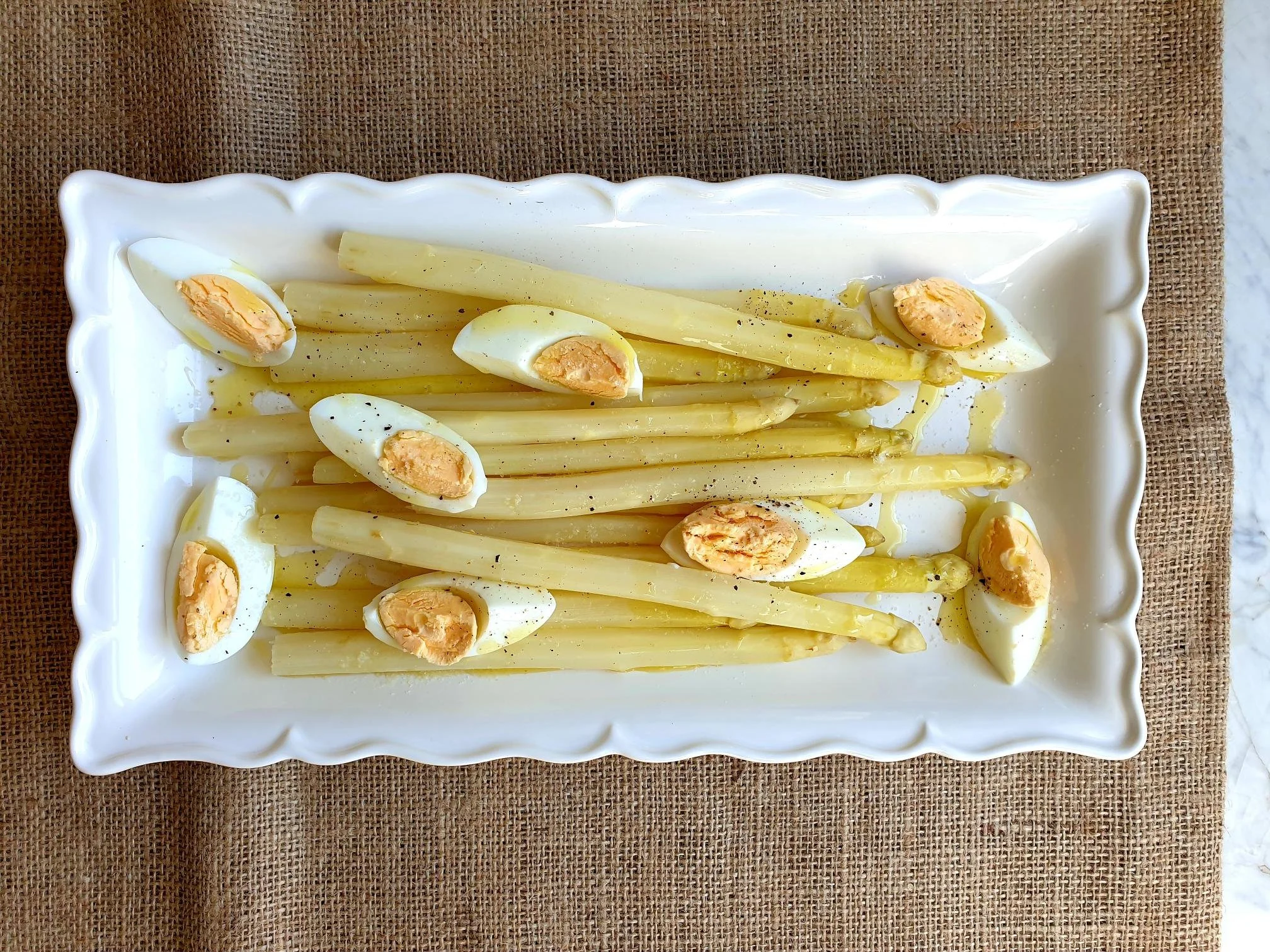Borlotti Beans Stew with Soft Cooked Polenta Istrian Recipe
Borlotti beans stew with soft cooked polenta is one of the most humble, hearty and comforting dishes that originated as peasant dish. It is full of flavour, makes a robust meal, and is made with simple, inexpensive ingredients.
This stew is one of the staple dishes of Slovenian Istra, and locals call it Fežu in Palenta in the local dialect, and is similar to a typical Istrian bean soup Pasta e Fasoi, but is a distinct dish that goes back generations.
My nona very modestly confessed that her grandmother's bean stew was quite renowned as the best in the village, and the family thought so too. She used their own produced borlotti beans that they harvested at the end of the summer and dried, so the beans could be used during colder month to make this warming stew. These days if you ask for this dish in restaurants you are likely to be disappointed since it is exclusively made in households. It is a bit of a hidden treasure among other dishes belonging to what the Italians call cucina povera.
This quintessentially Istrian bean stew is flavoured with Istrian Pestat or Taca, a paste made with lard or pancetta, garlic, fresh flat leaf parsley and sea salt. Pestat does not make the stew greasy, and is also a fantastic spread on fresh rustic crunchy bread, or a slice of toasted bread.
My nona told me that using a pestat was a way of enriching the flavour of what could potentially be bland tasting stews and soups. Pestat was used instead of precious cuts of various meats, that would otherwise give the most wonderful taste, but was reserved for special occasions and most certainly not added to everyday meals.
This incredibly understated dish is a big hit every single time.
Recipe
Borlotti Beans Stew
Ingredients
Serves 4-6
500g dry borlotti beans, soaked
1 medium potato (about 200g), peeled and cut in half
1 carrot (about 70g), peeled
½ bay leaf, fresh or dry
100g pancetta (can use already sliced pancetta)
2-3 cloves of garlic, peeled and pressed
fresh flat leaf parsley, a handful (about 7g), finely chopped
sea salt
black pepper
extra virgin olive oil, for serving, optional
Soft cooked Polenta
Ingredients
250g polenta
1250 ml water
sea salt
Method
Put dry borlotti beans in a big bowl, add plenty of cold water and leave them to soak overnight.
The following day drain them in a colander and rinse well under the cold running water.
Cut the pancetta into small pieces and transfer into a small food processor, add crushed garlic, finely chopped fresh flat leaf parsley and a pinch of sea salt. Blitz all the ingredients together until you obtain a paste like consistency.
Istrian Pestat (Istrian Pesto)
Put the soaked beans in a big pot, add the pancetta paste, potato, carrot, bay leaf, a generous pinch of sea salt and a bit of black pepper.
Add about 2 litres and a half of cold water.
The pancetta paste will most probably float in a water as a big lump, do not worry, this is normal.
Take a fork and break the lump of pancetta paste pressing it against the wall of the pan until you break it completely and give a good stir, so all the ingredients mix together.
Bring to boil, turn the heat down, partially cover with the lid and cook on a very gentle heat for about 2 hours, giving a stir now and again.
After this time the bean stew should have a nice velvety consistency that is not too liquidy or too thick.
Serve hot with a drizzle of extra virgin olive oil, with some rustic crunchy bread, or as it is traditionally served, on a bed of soft cooked polenta.
Soft Polenta
Put the water in a medium-size sauce pan and bring to boil, add a pinch of sea salt.
Turn the heat down and start slowly pouring the polenta into a simmering water, whisking constantly until there are no lumps and the mixture thickens. Polenta cooks in minutes.
Polenta thickens as it sits, if you are not serving it immediately, you can reheat it by whisking in a bit more water or stock to make it smooth and creamy again.
Just a thought
For this recipe, instead of making pancetta paste, you can use a piece of ham hock, pig's trotters, a whole piece of pancetta, and add crashed garlic and finely chopped fresh parsley separately into a cold water together with the beans and other ingredients.
For this recipe it is very important that all the ingredients are added to cold water, especially the pancetta paste that will, during the cooking process just simply melt into a stew, giving it the most wonderful aroma and delicious taste, without making it greasy or fatty.
On the contrary, if you add the pancetta paste when the water is already very warm or hot, the pancetta paste will not dissolve but will stay in a lump, which you can break into smaller pieces, but the final dish should not have bits of pancetta paste.
Borlotti bean stew will keep in the fridge for a few days and freezes very well. Keep in mind that when you defrost it, or simply refrigerate it and then reheat , it will most probably thicken up quite a bit. You can keep it thick or or just dilute it by simply adding a bit more water in order to obtain the desired consistency.

